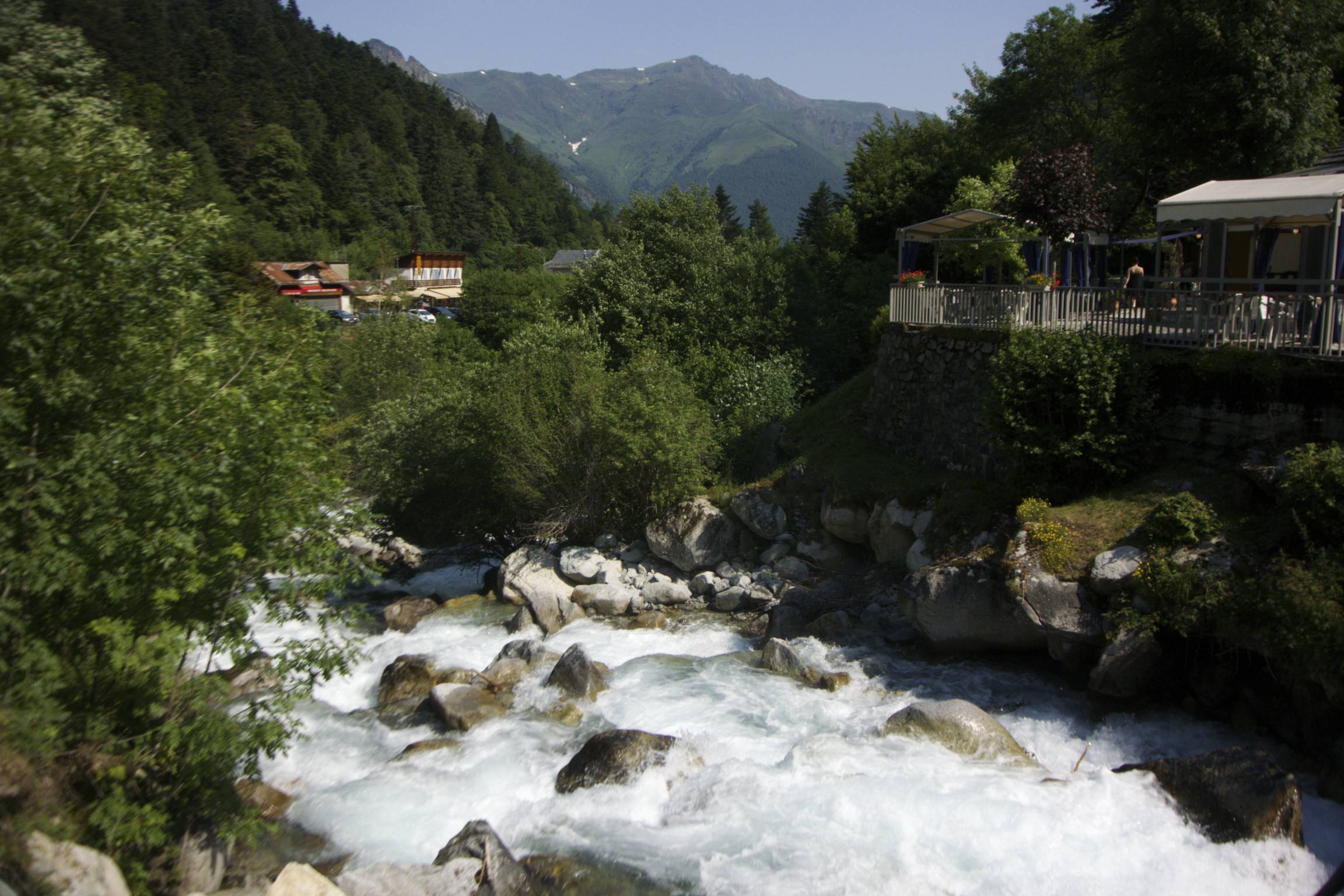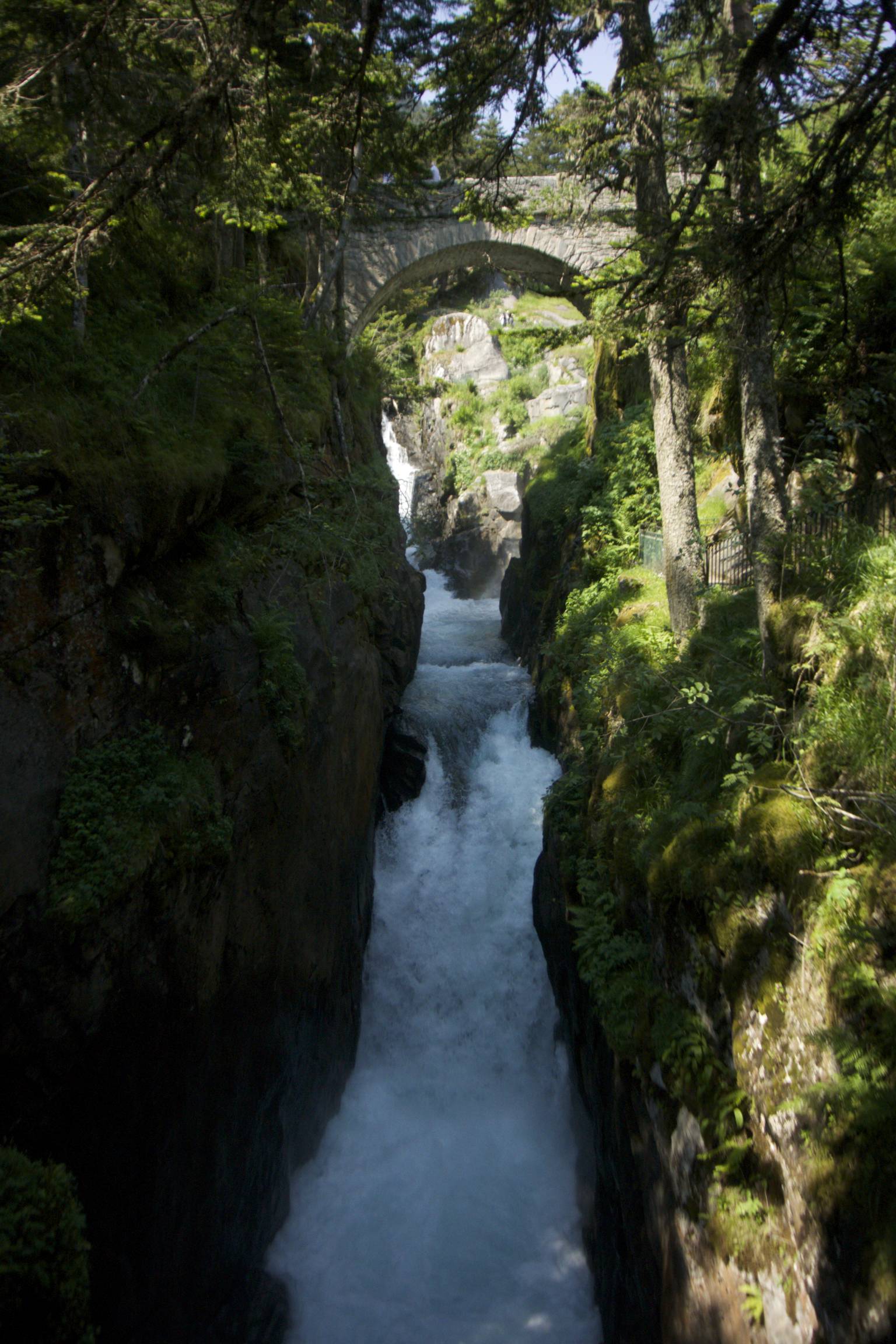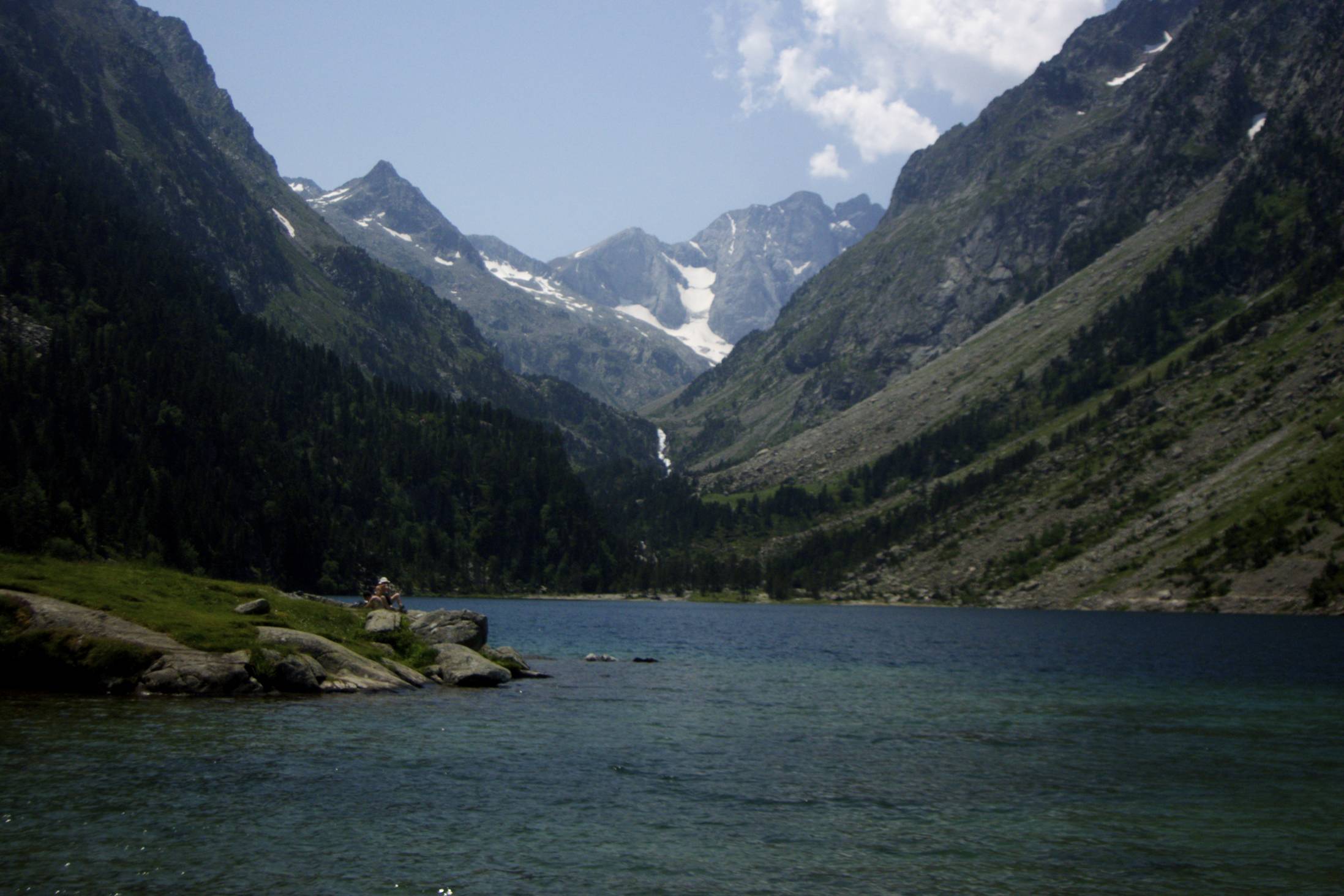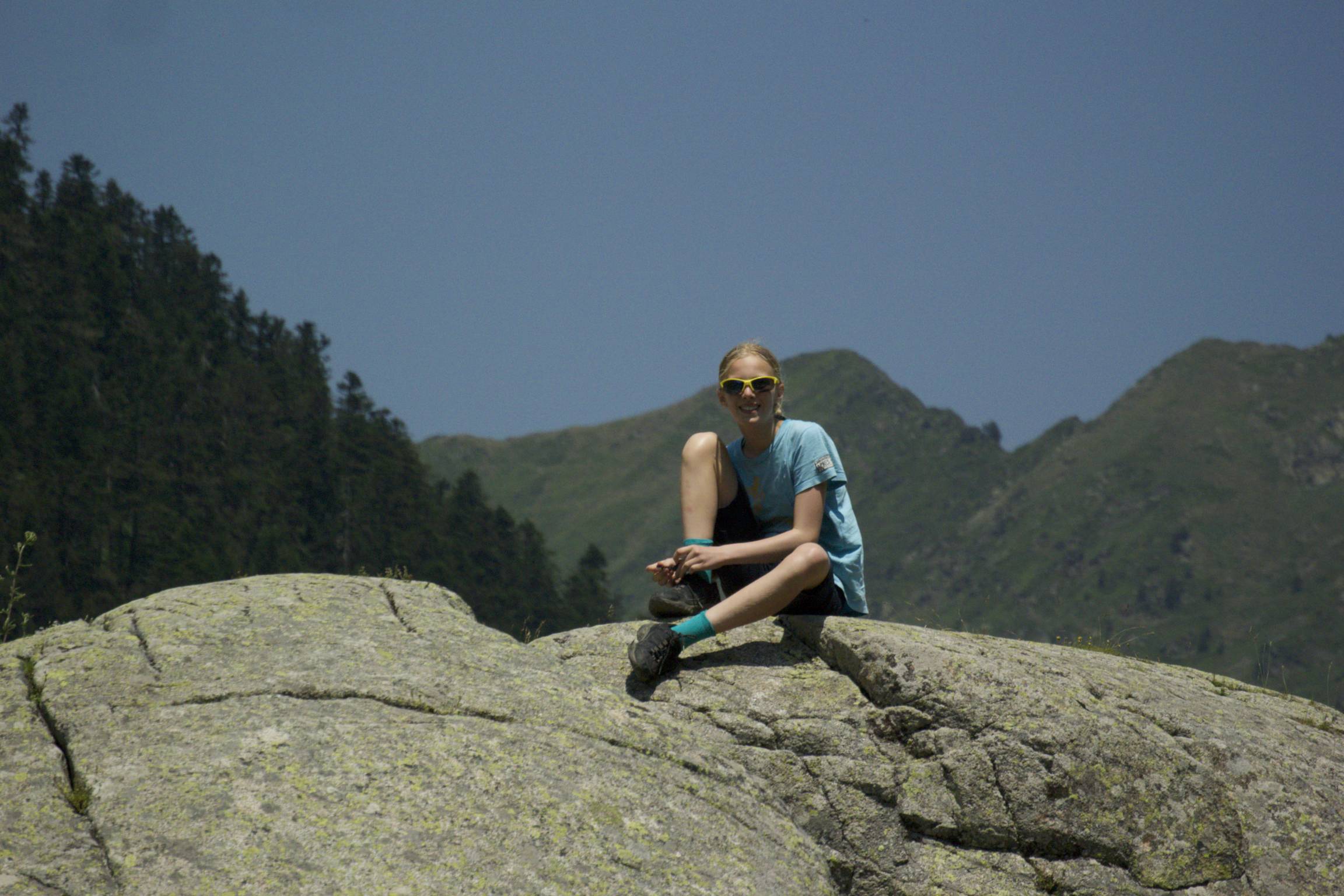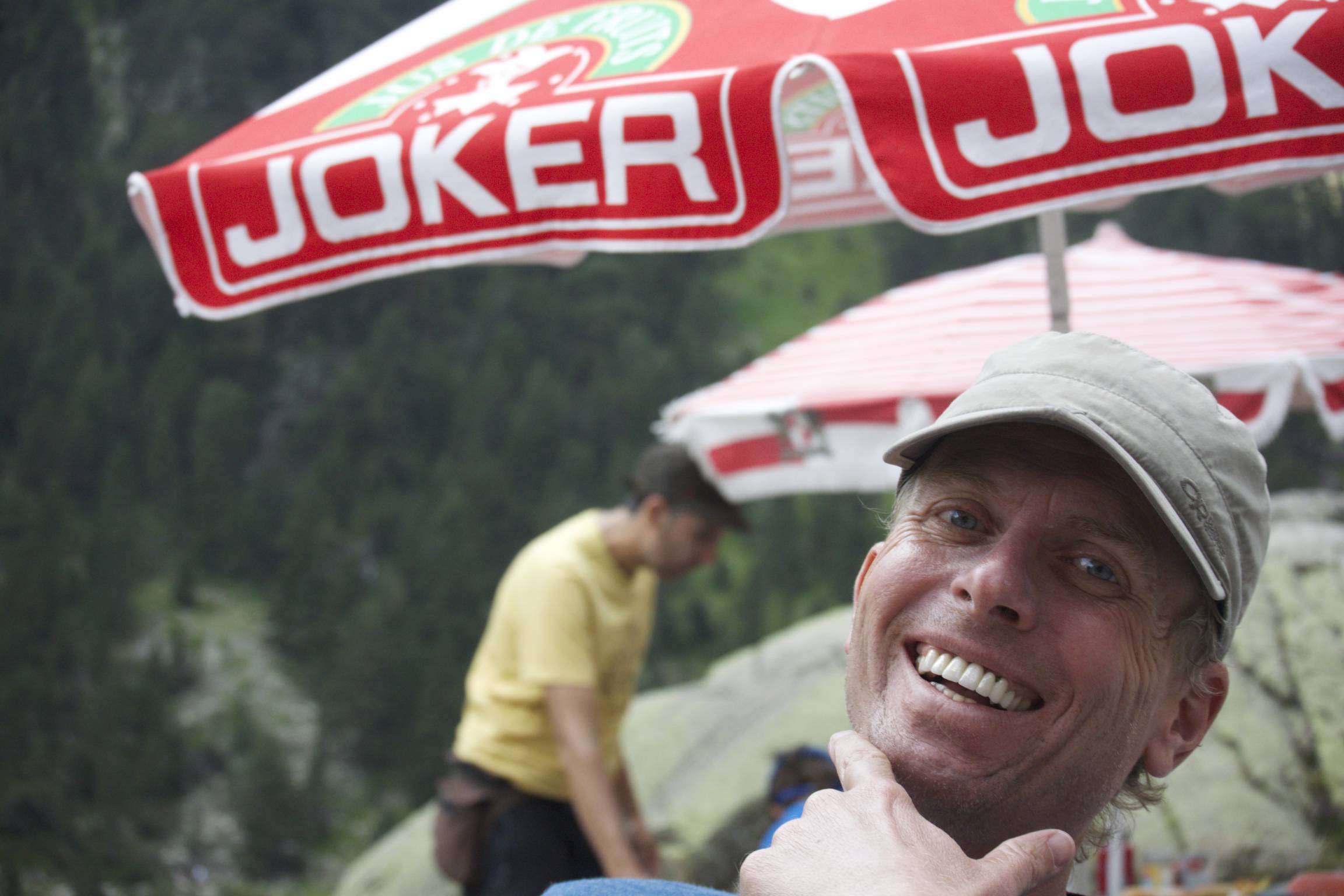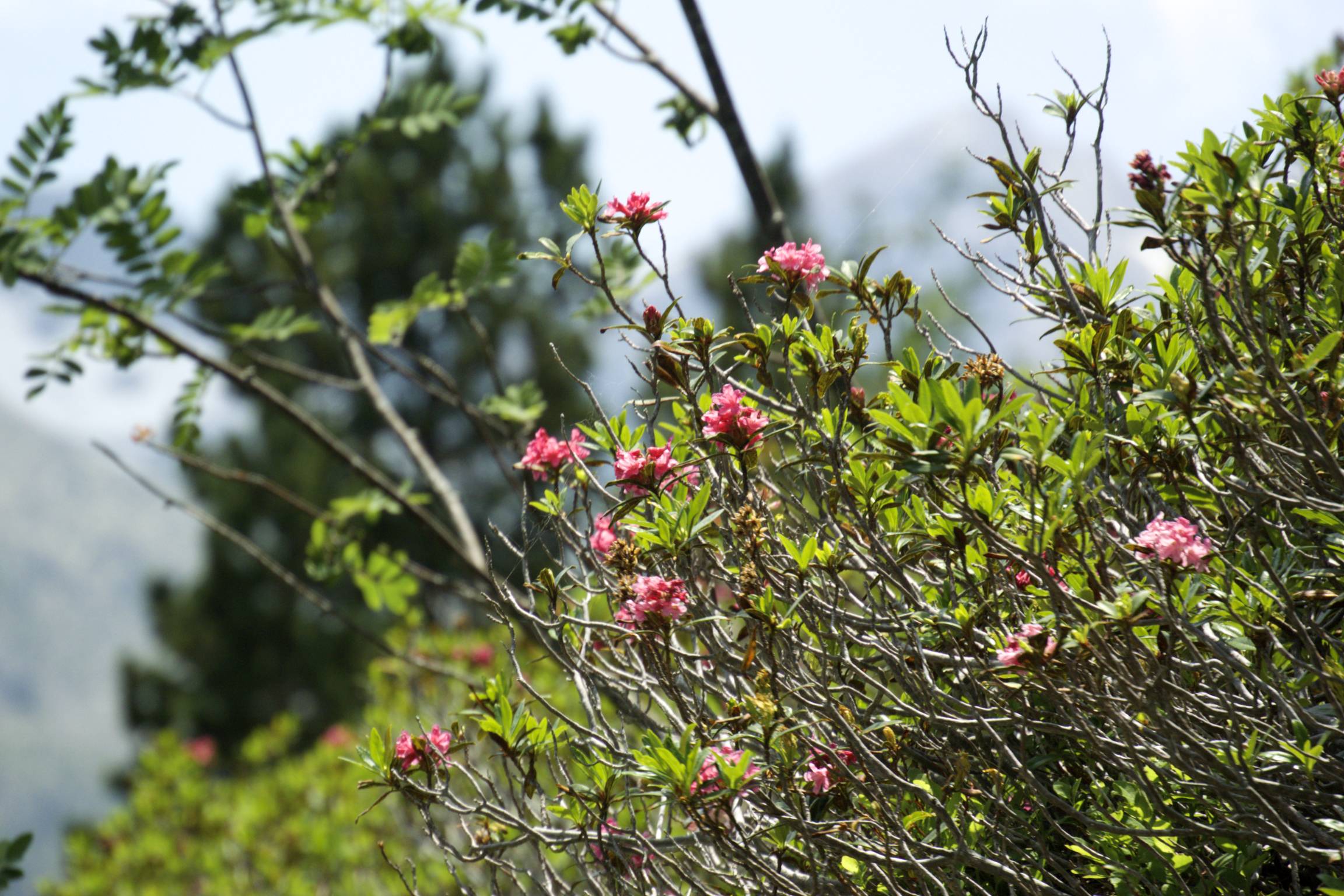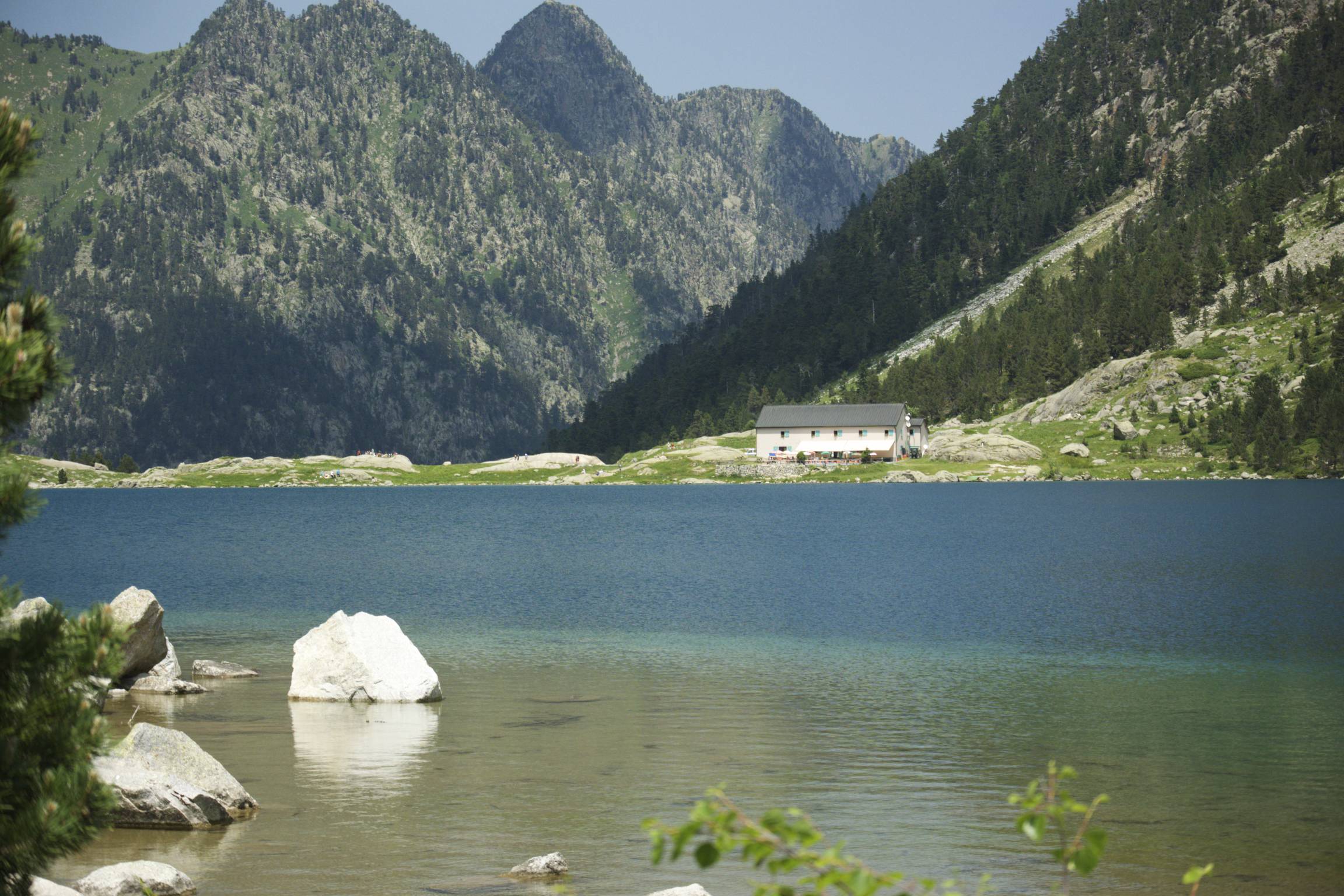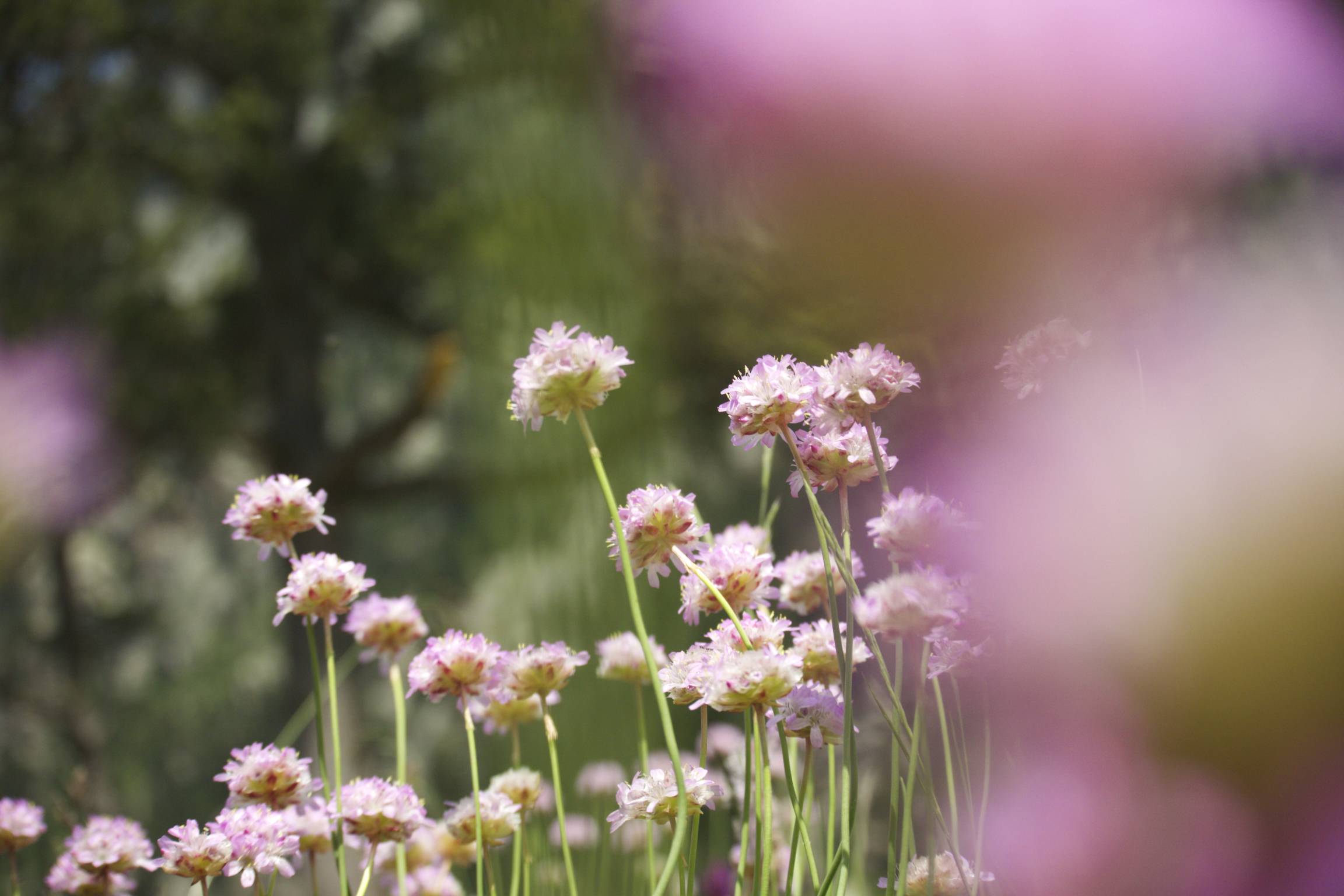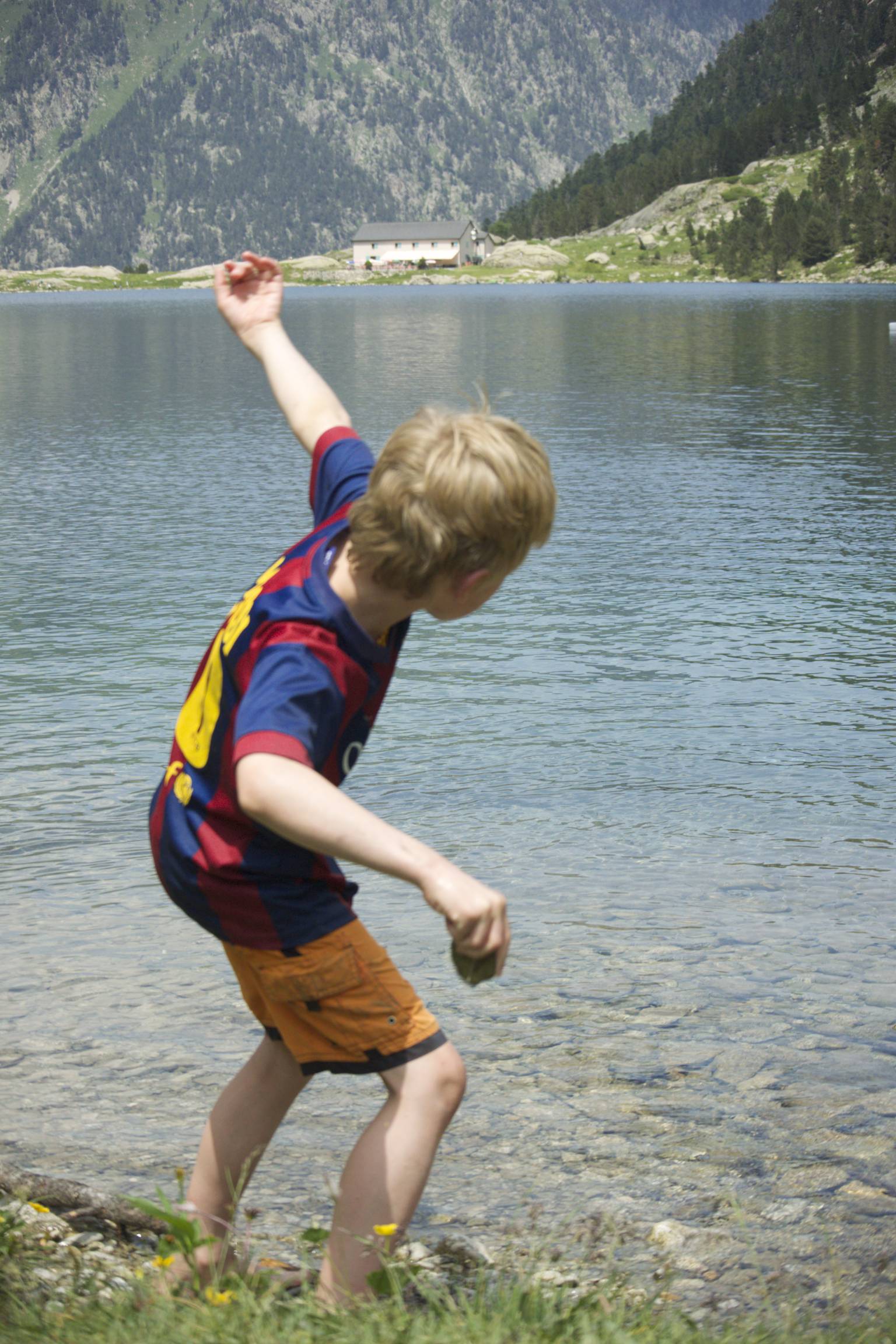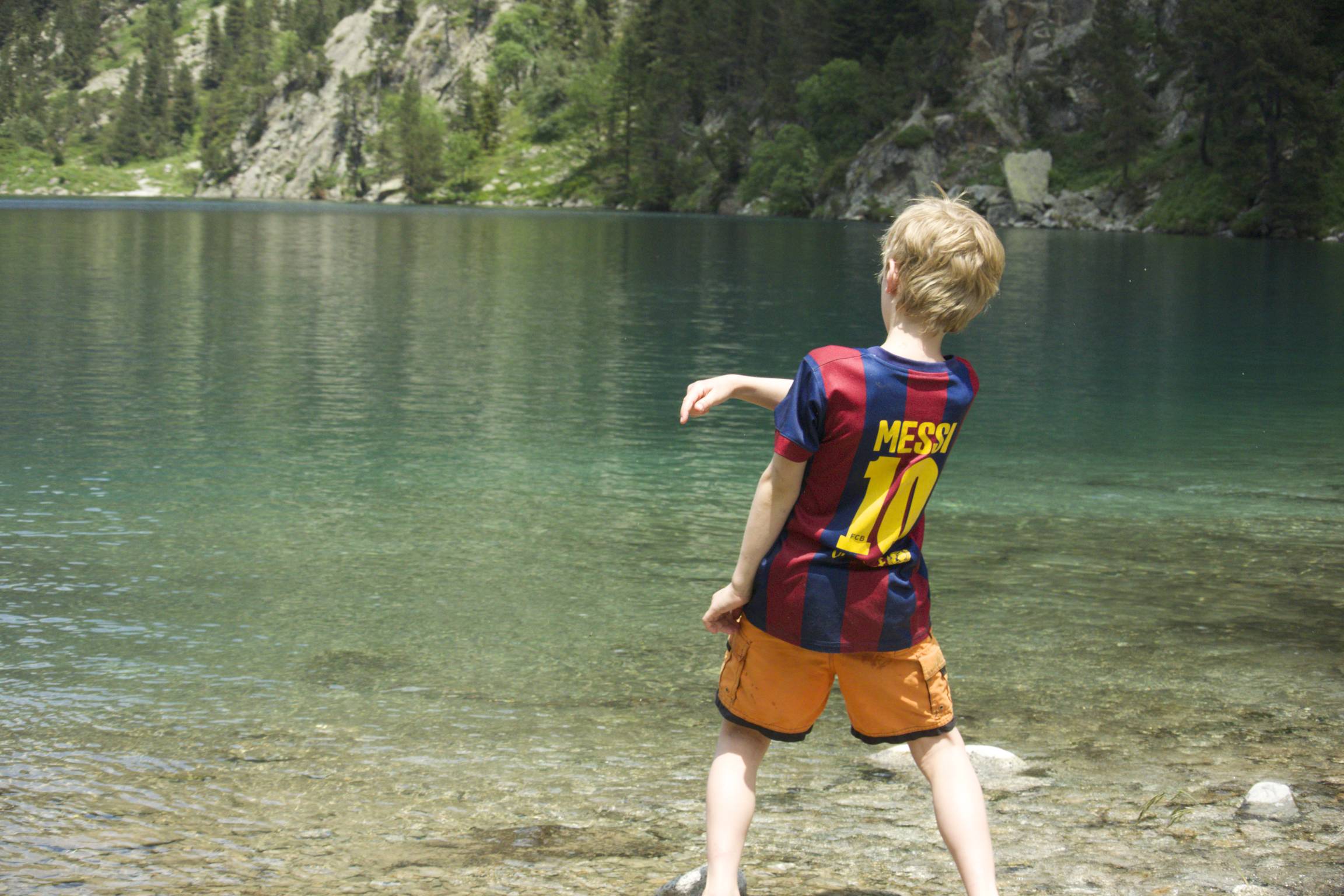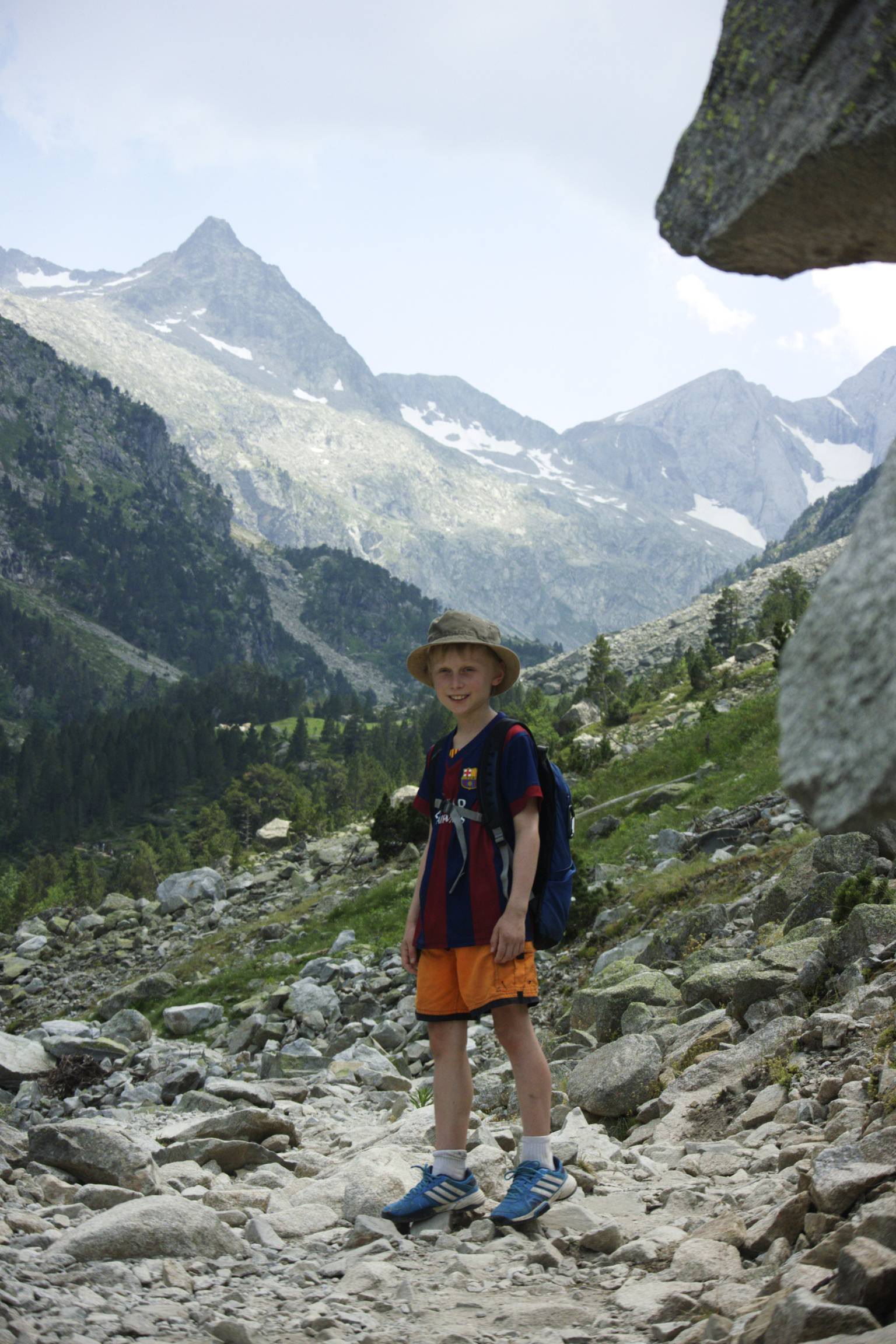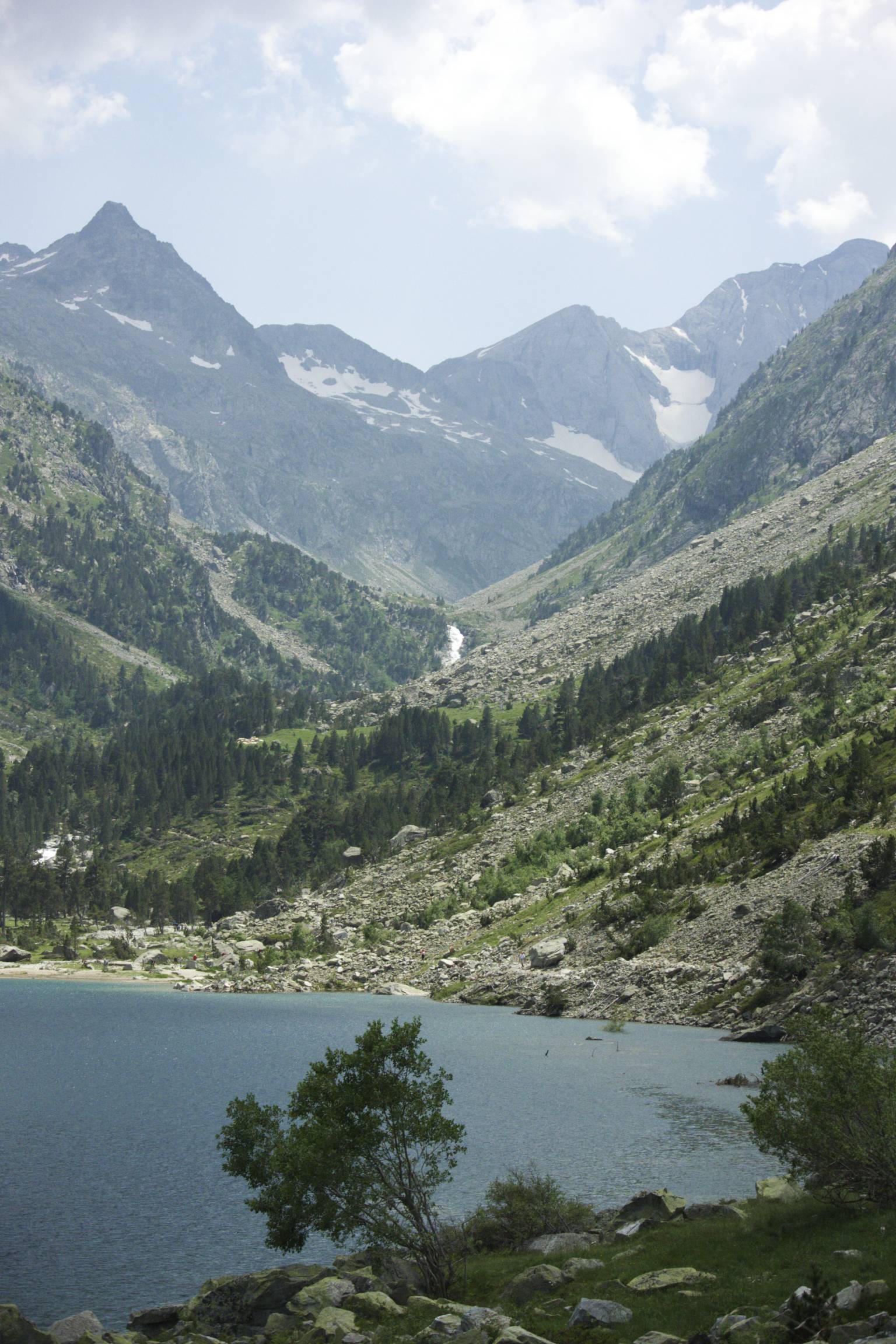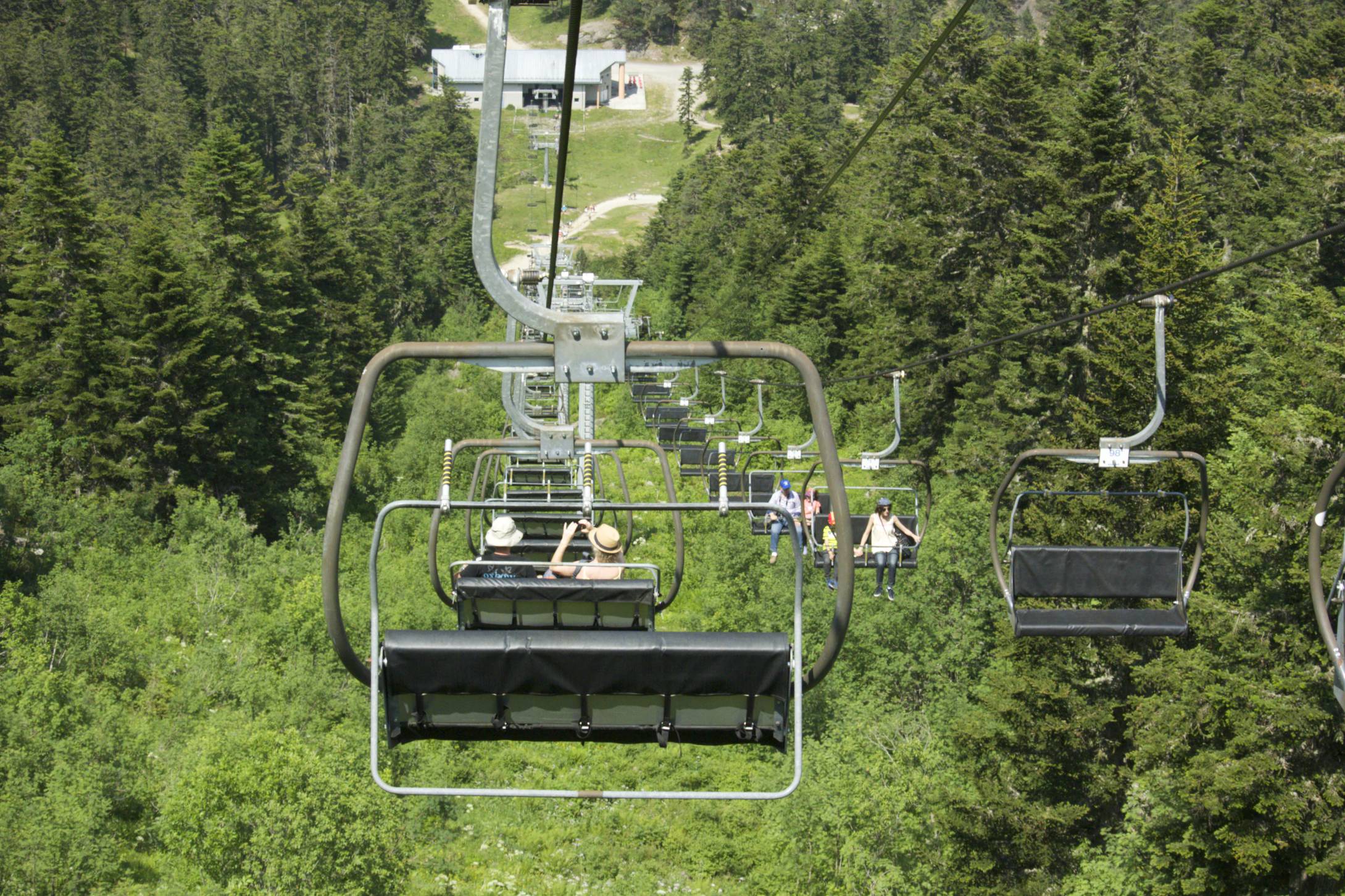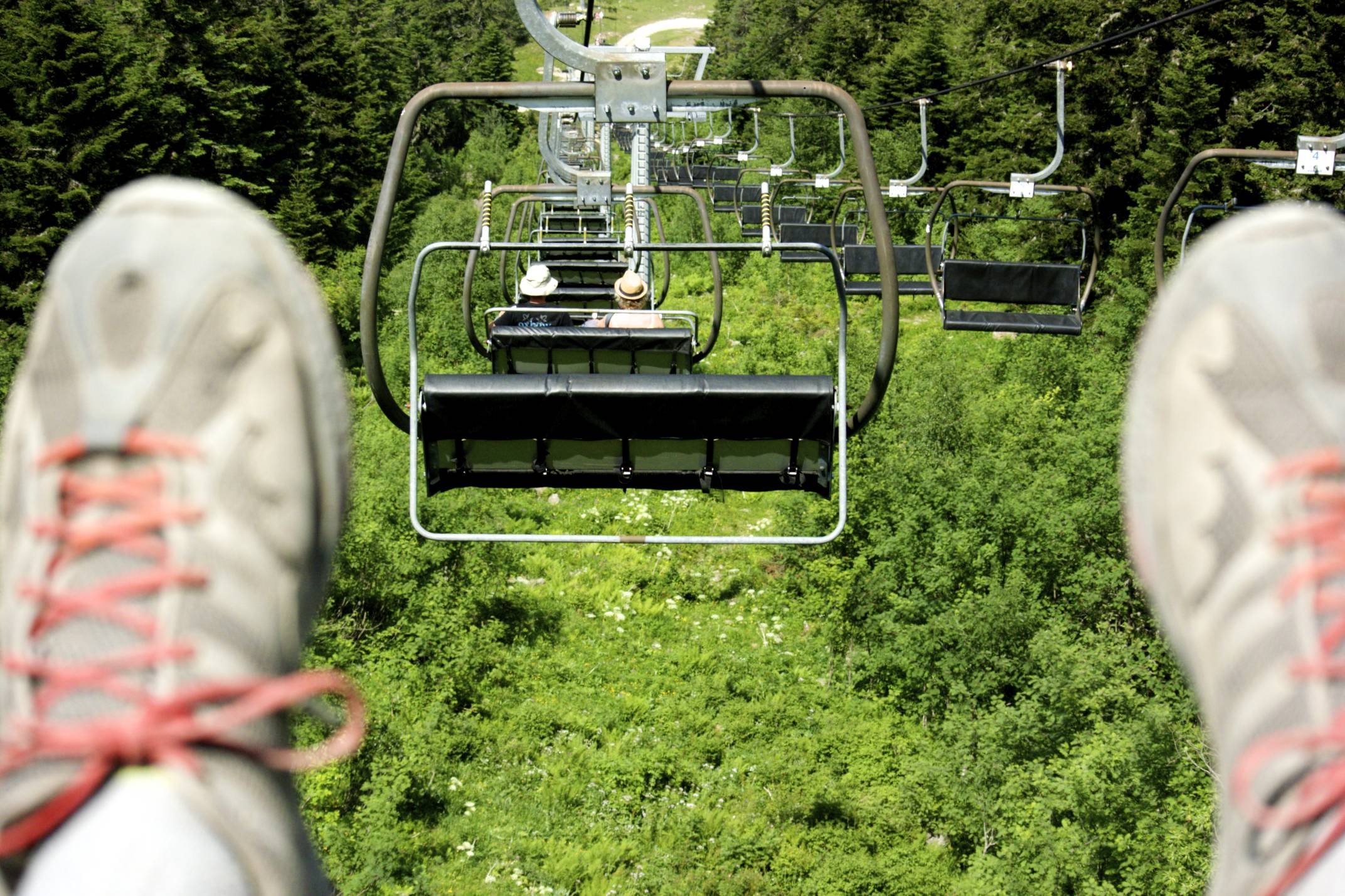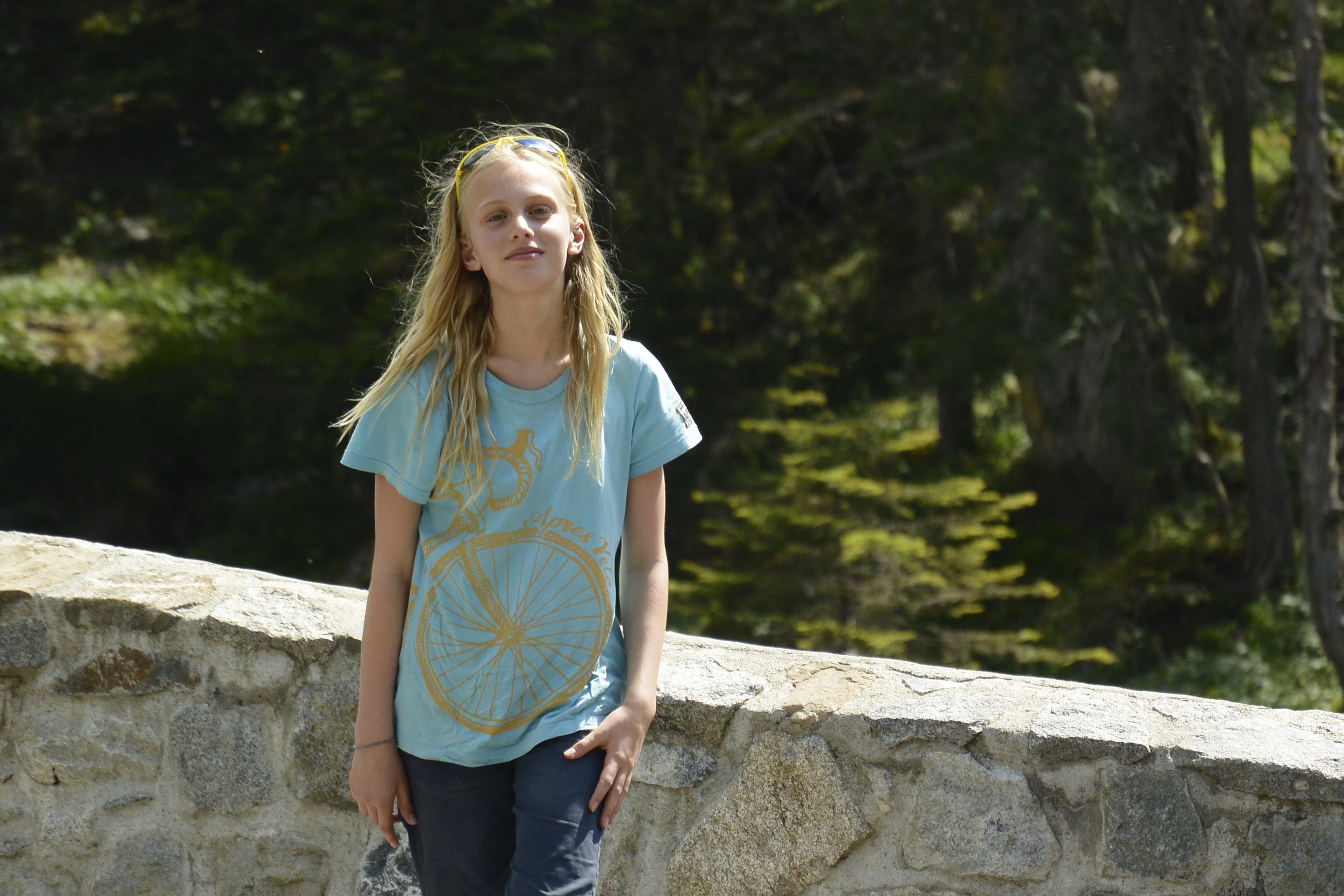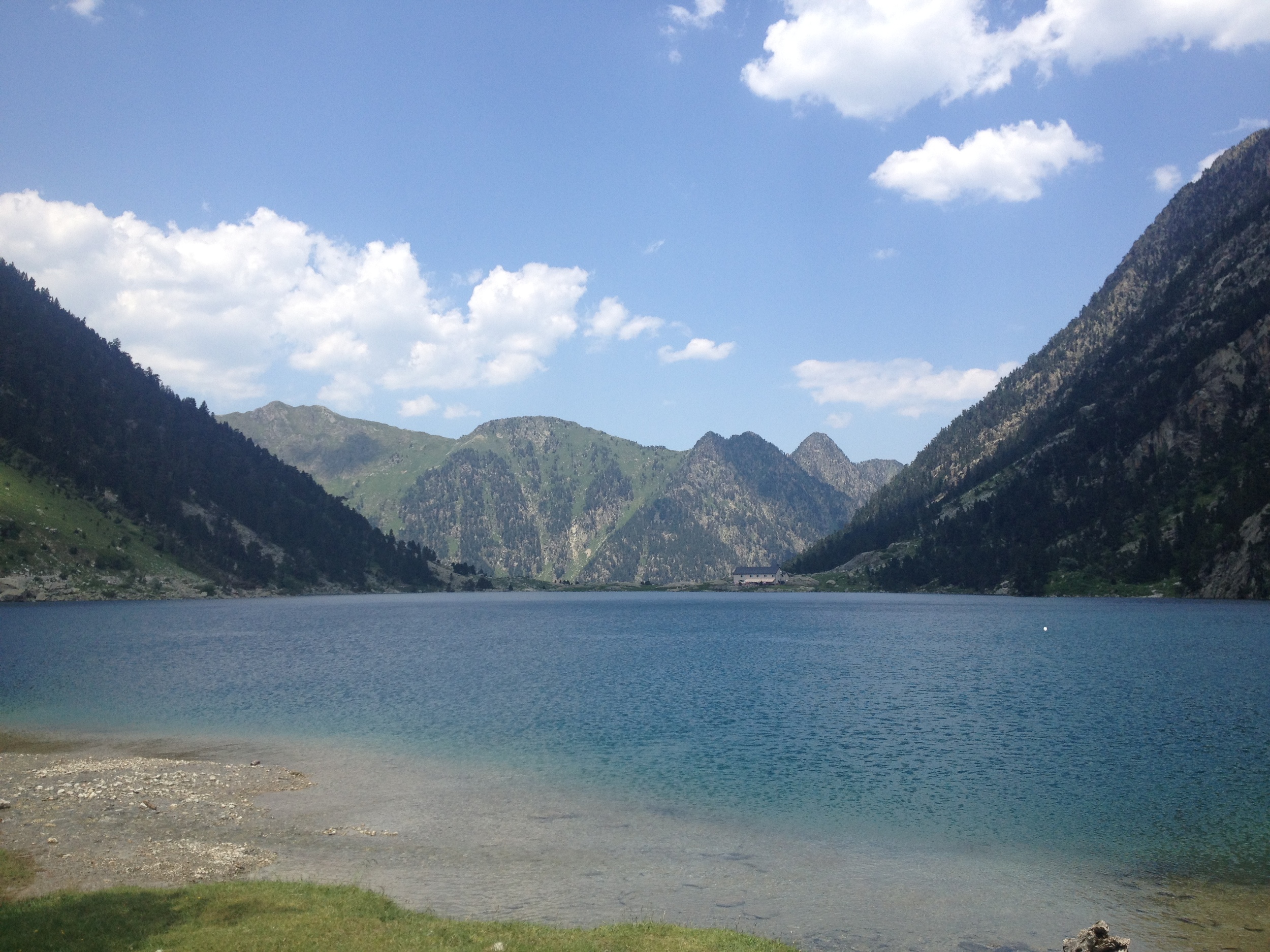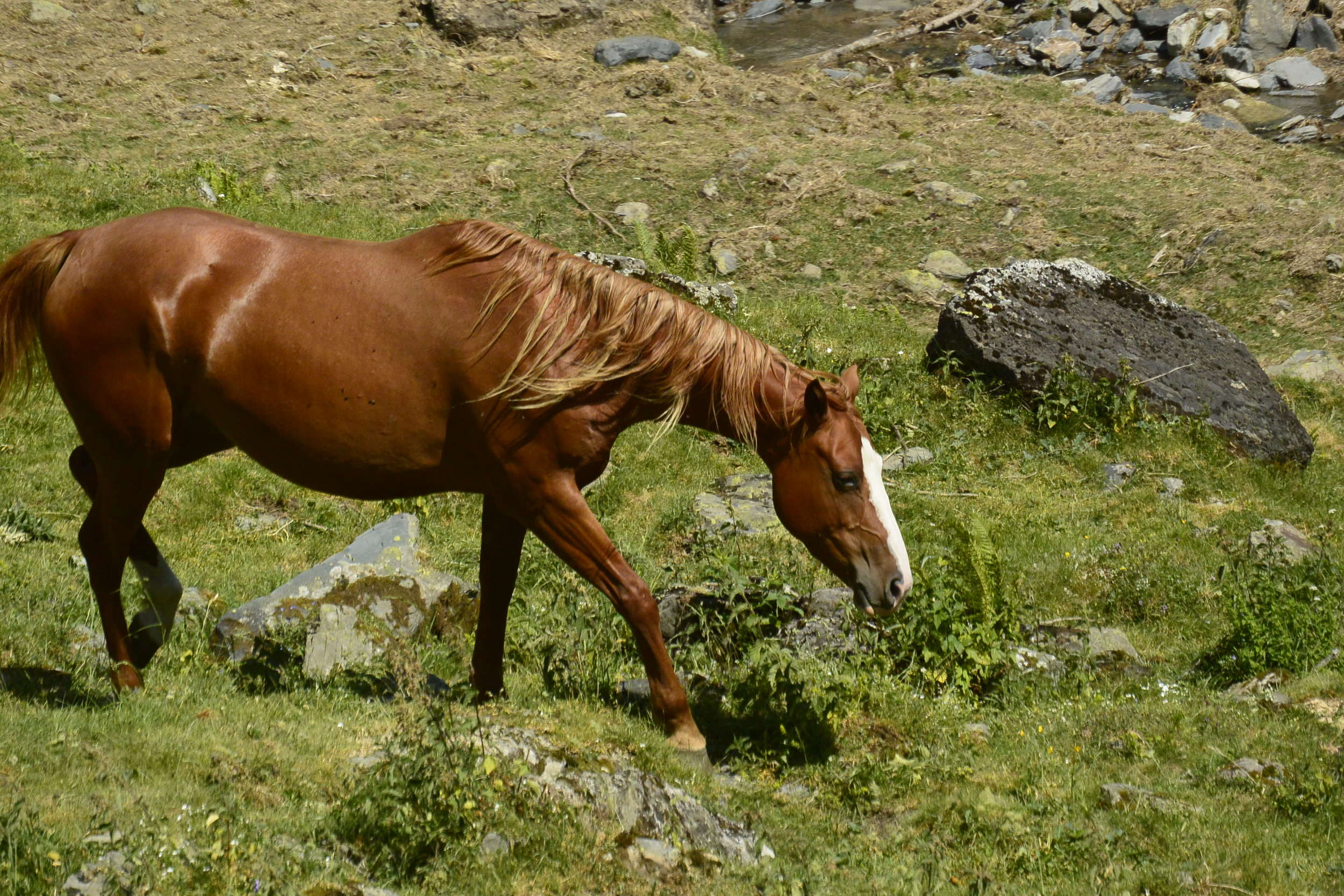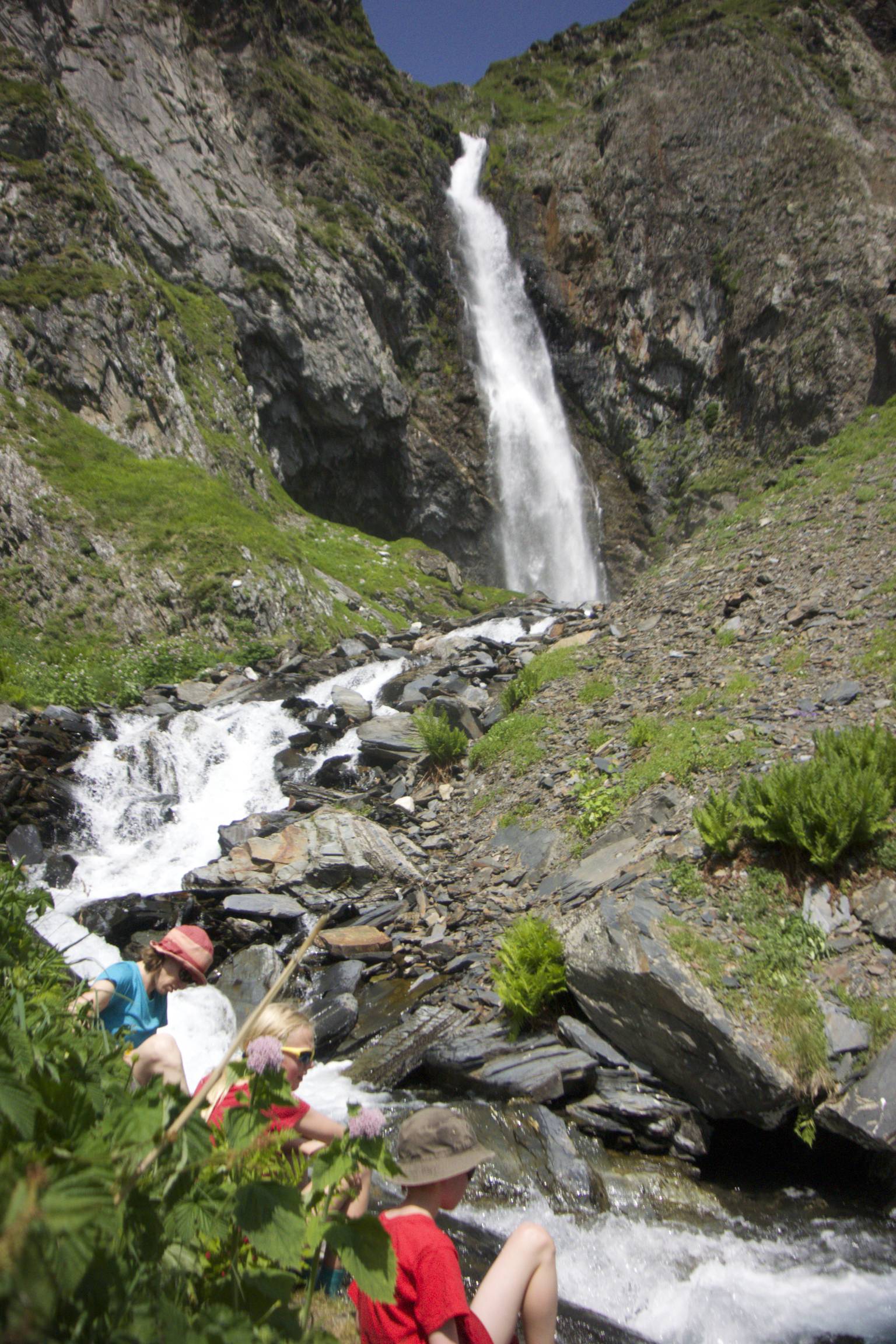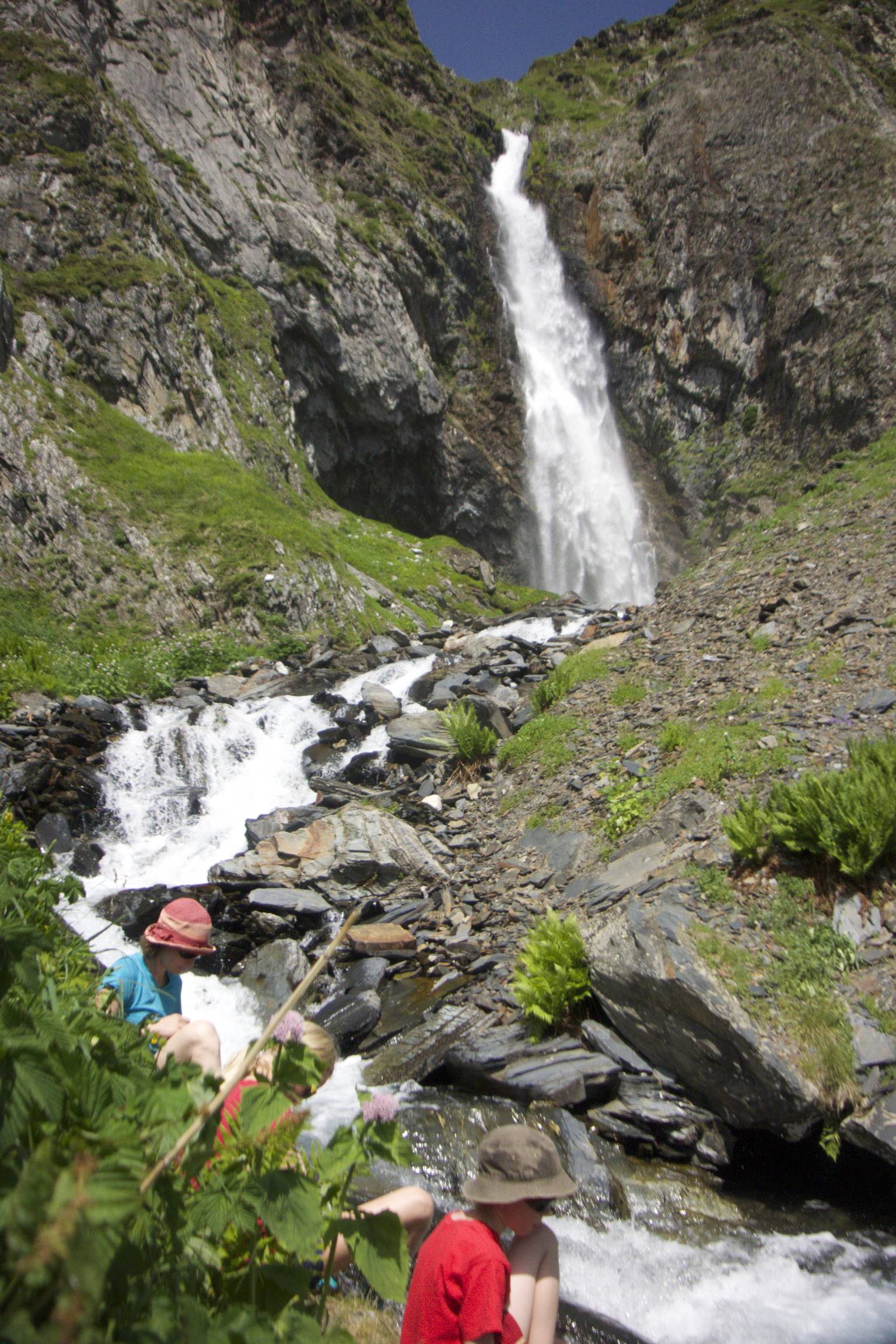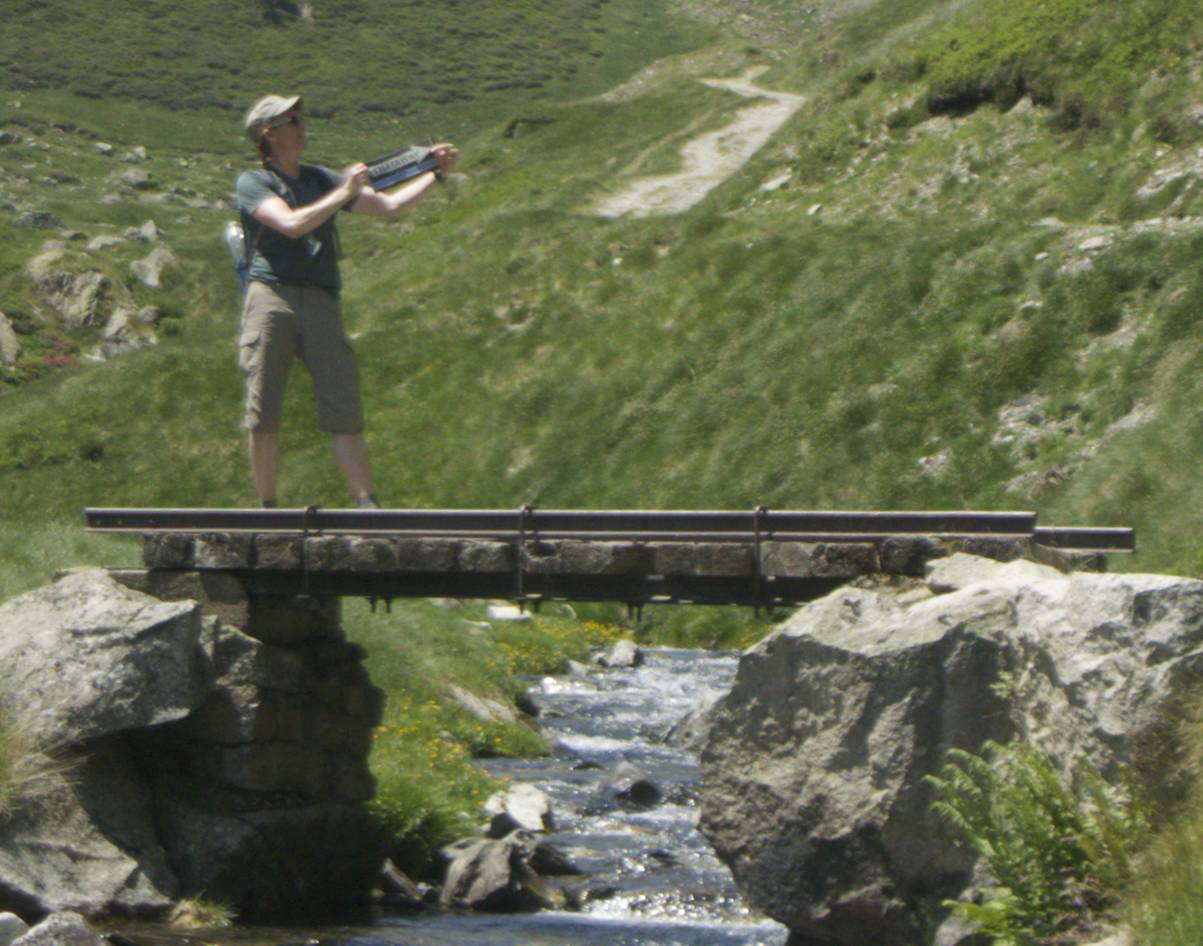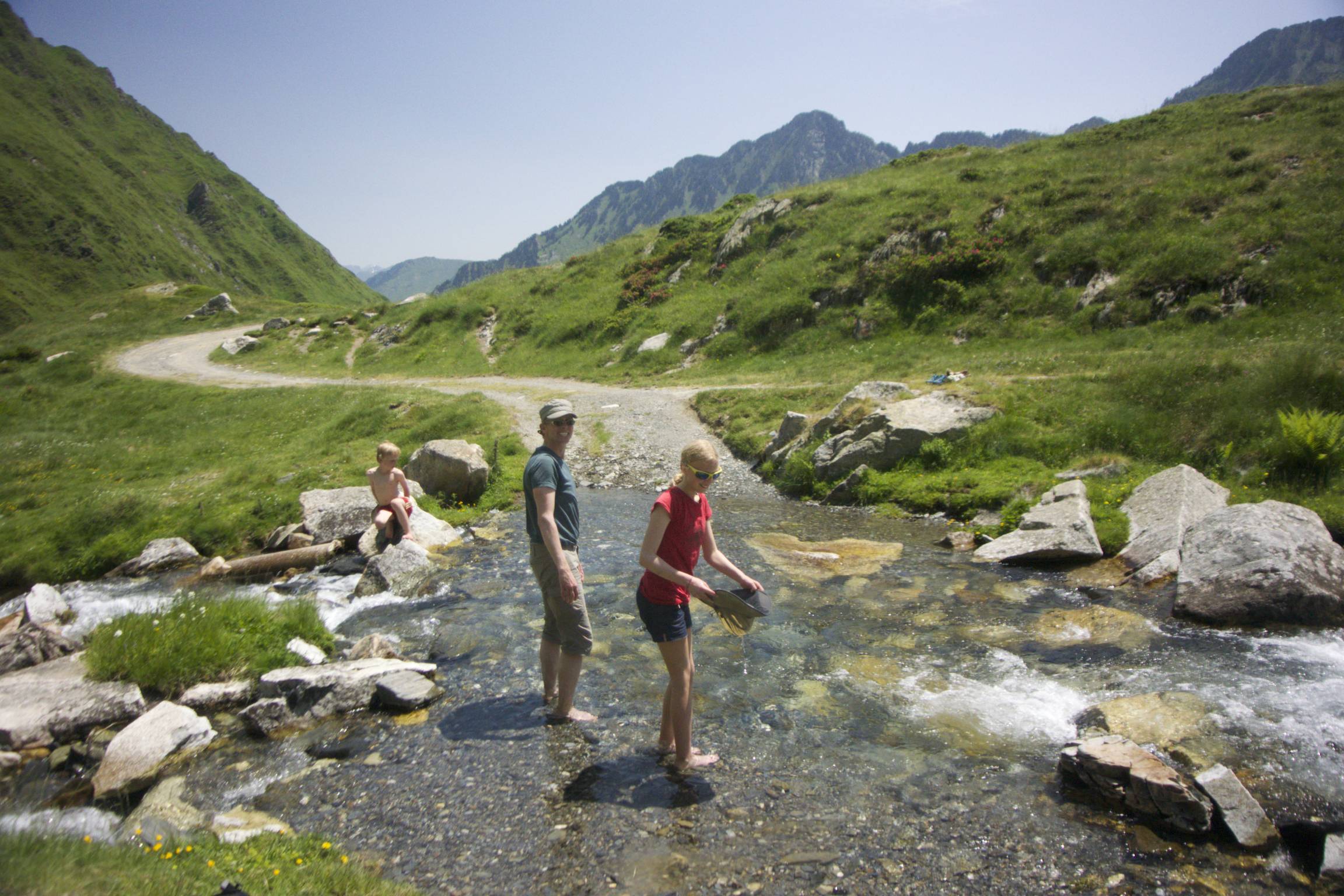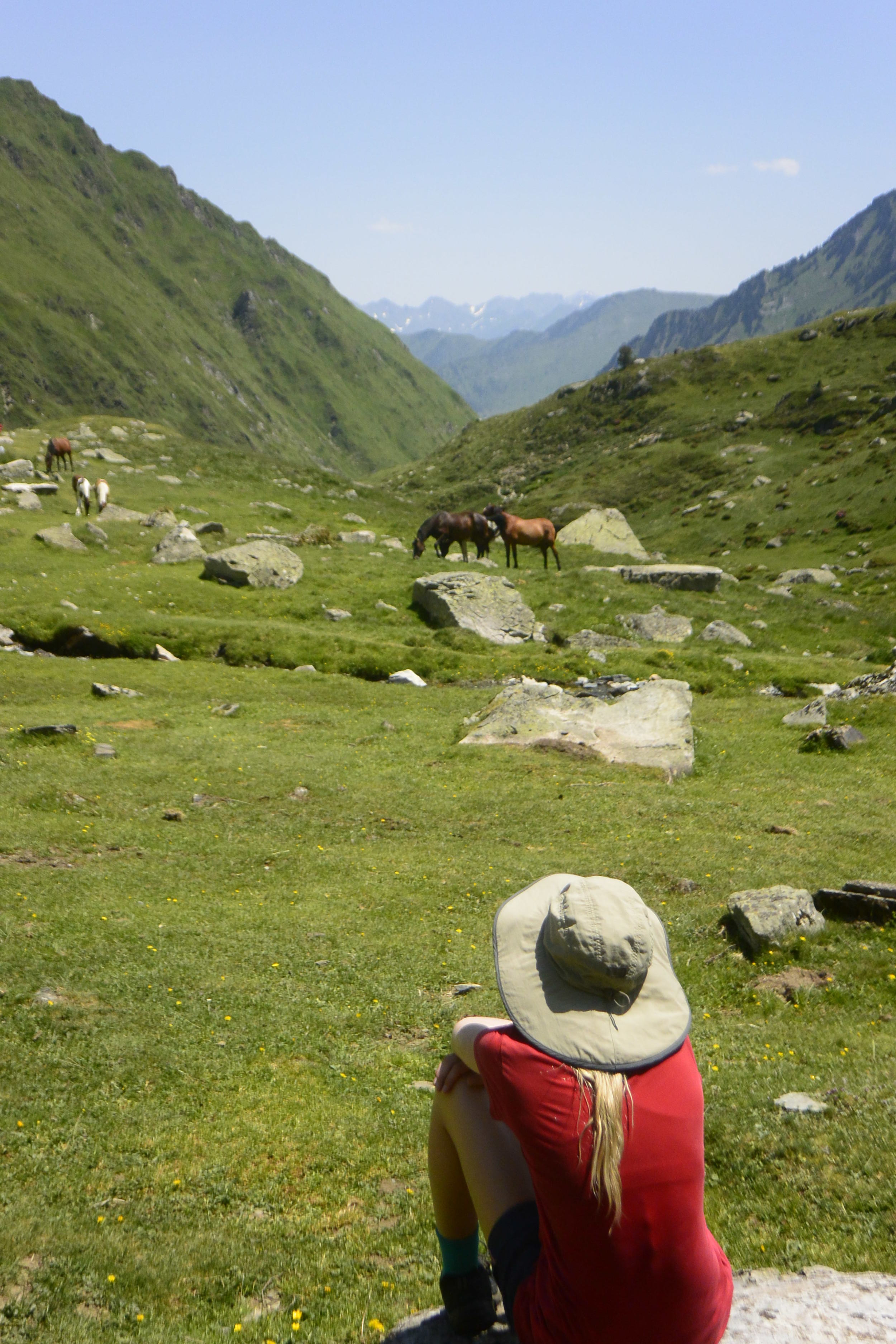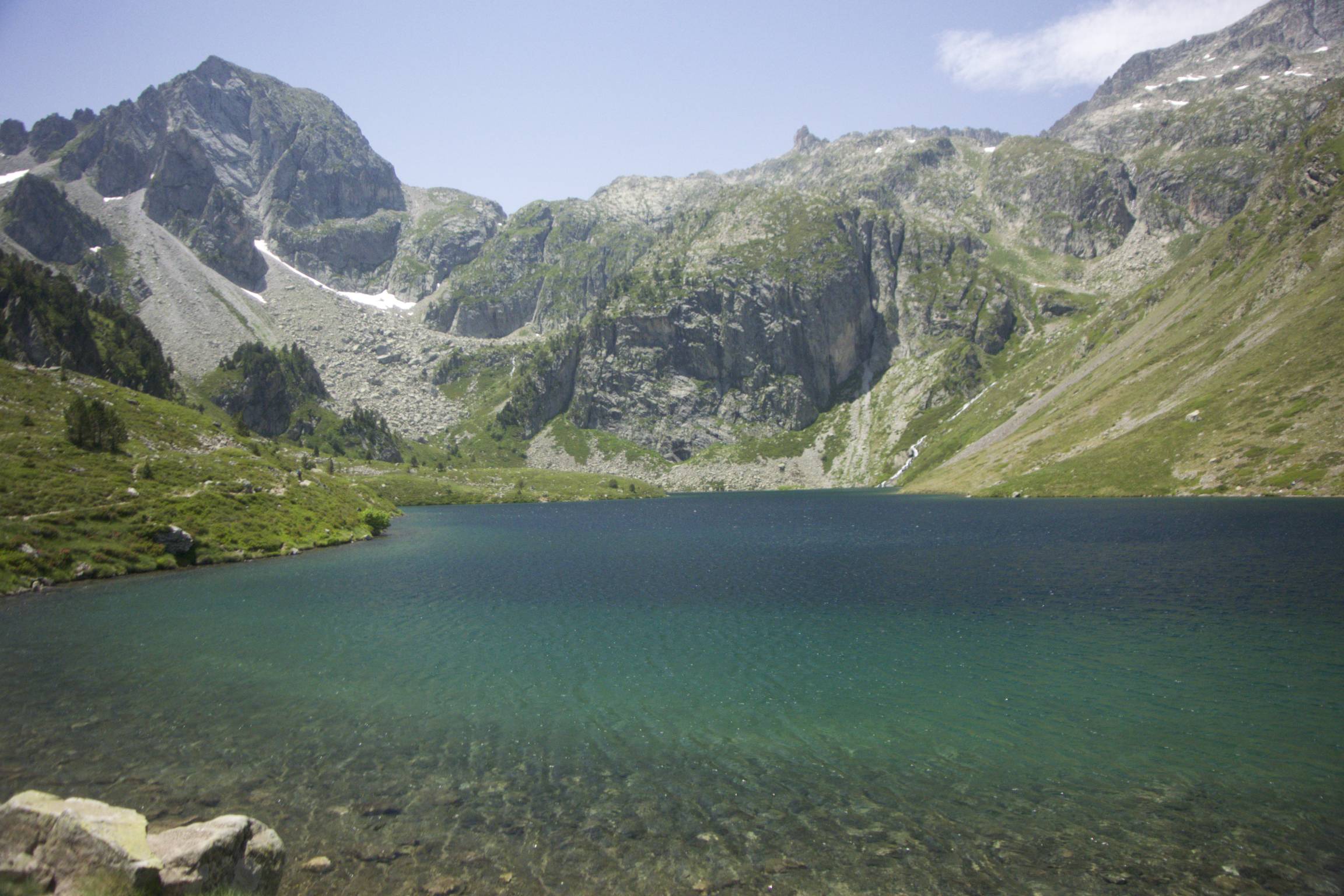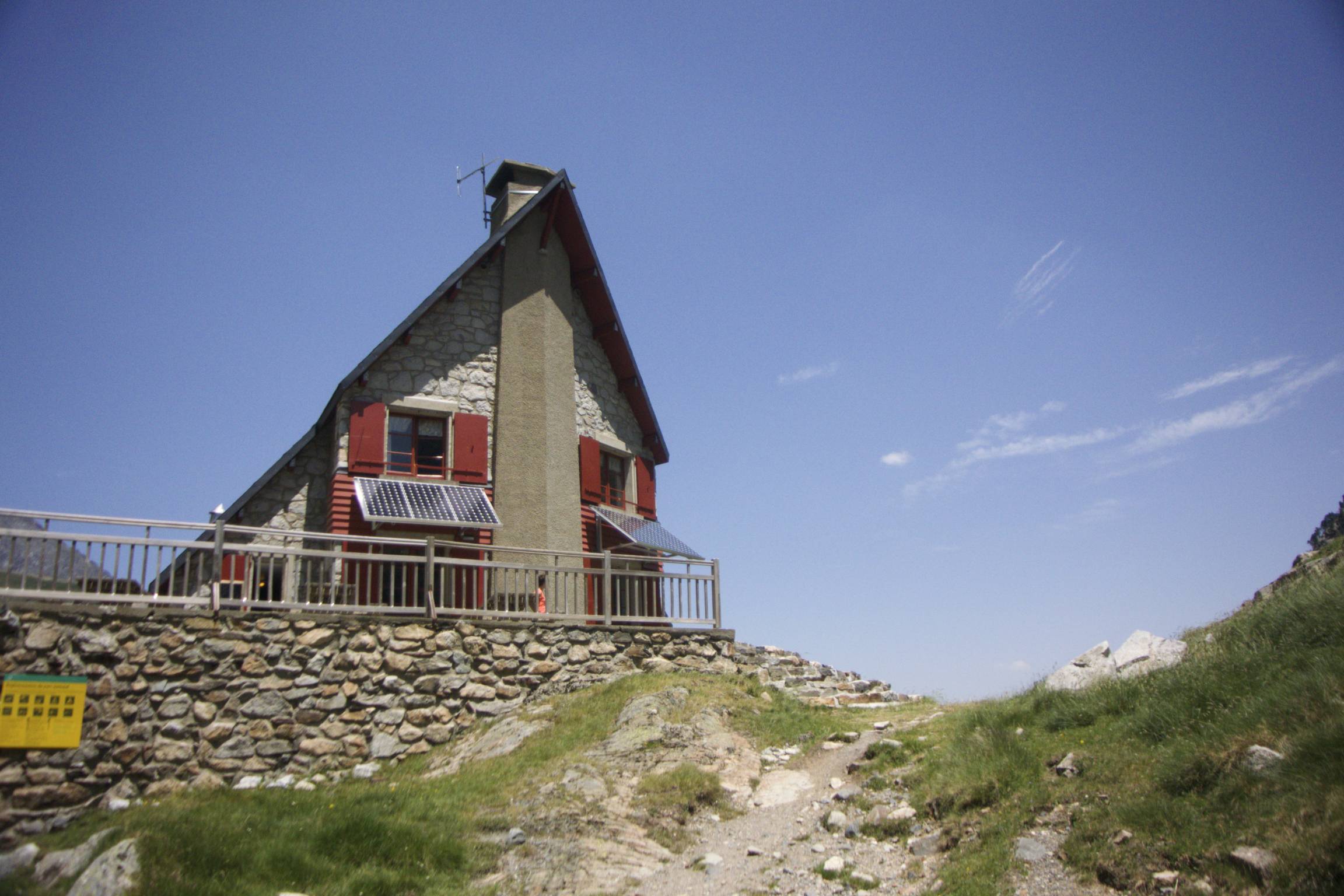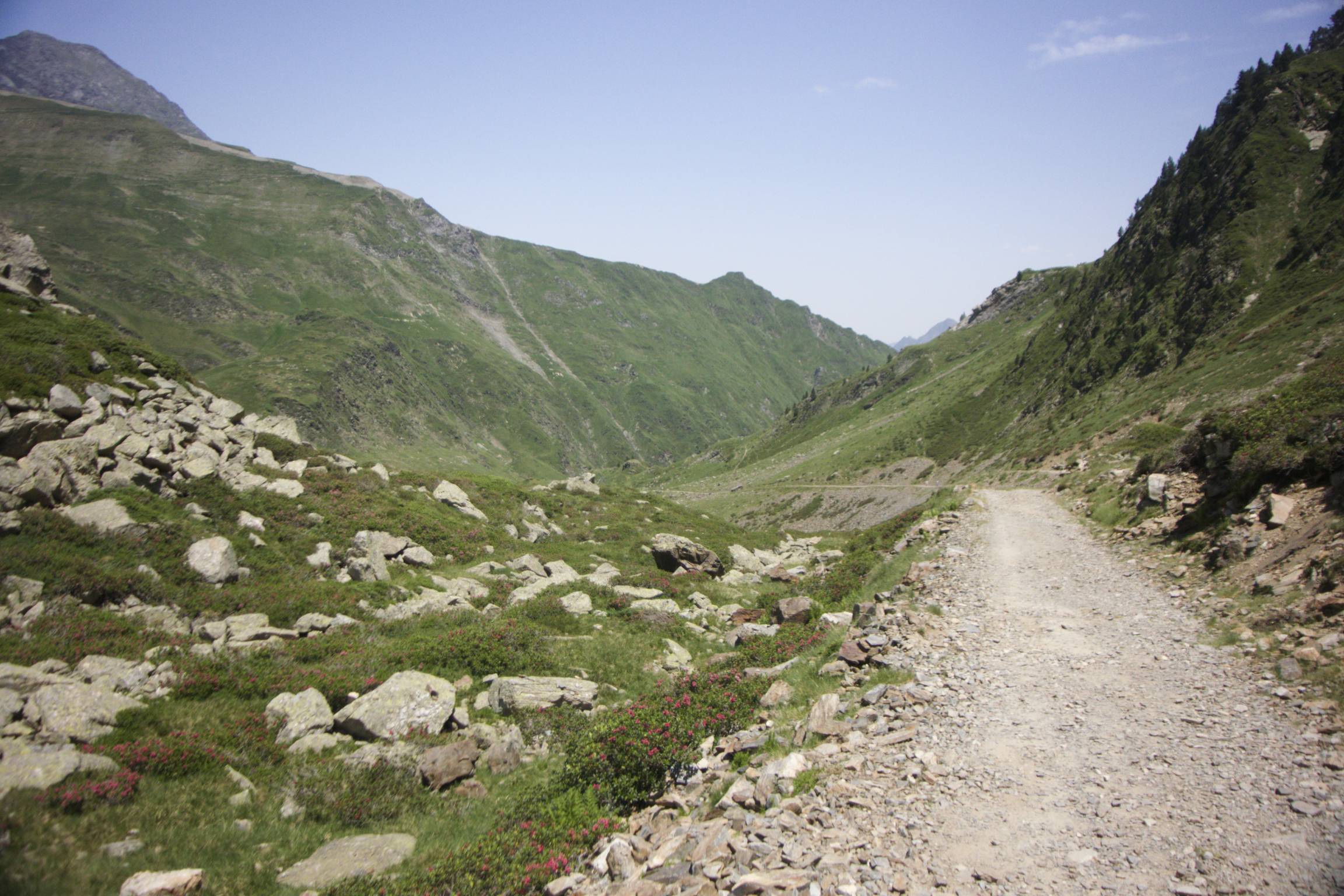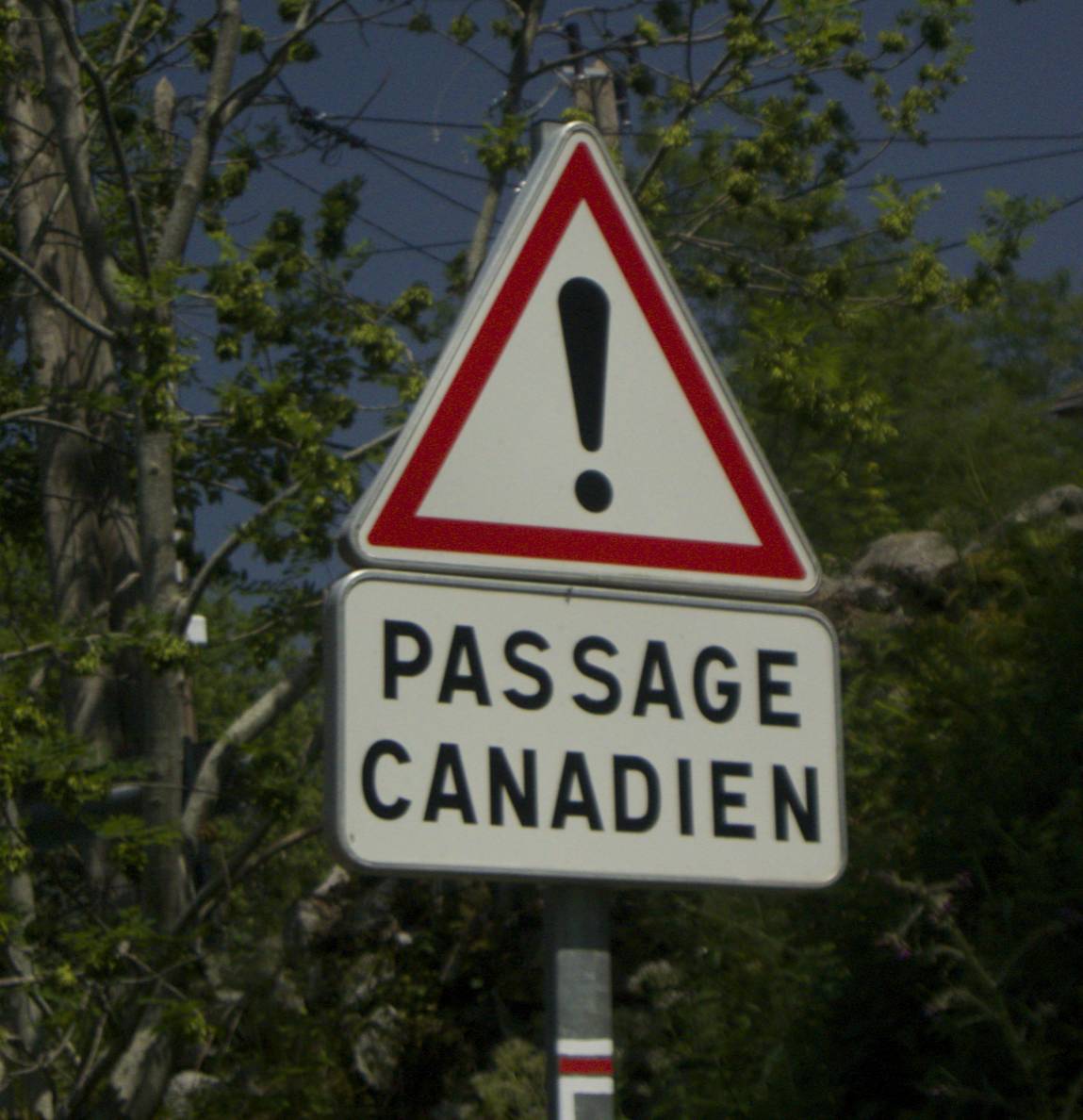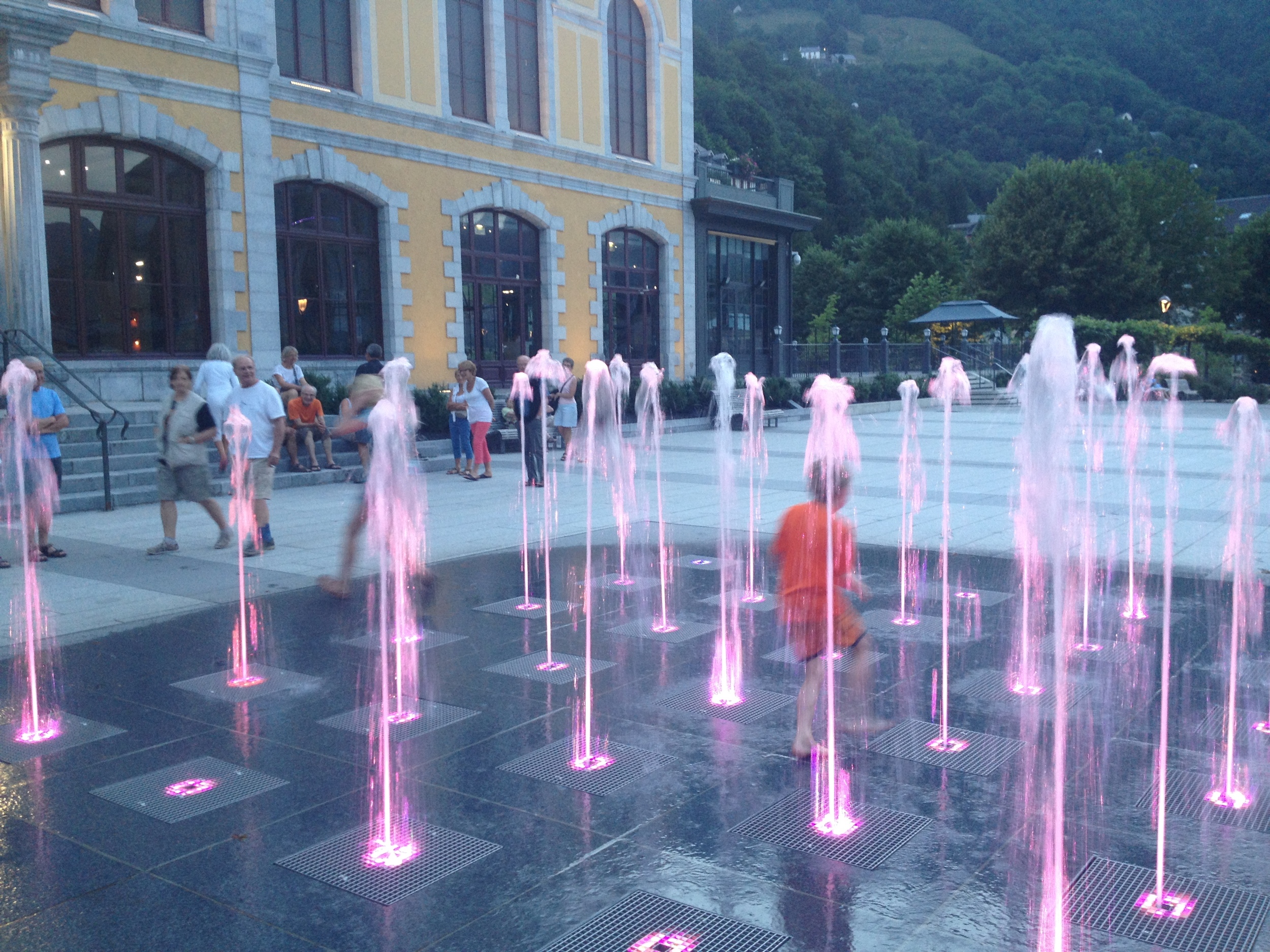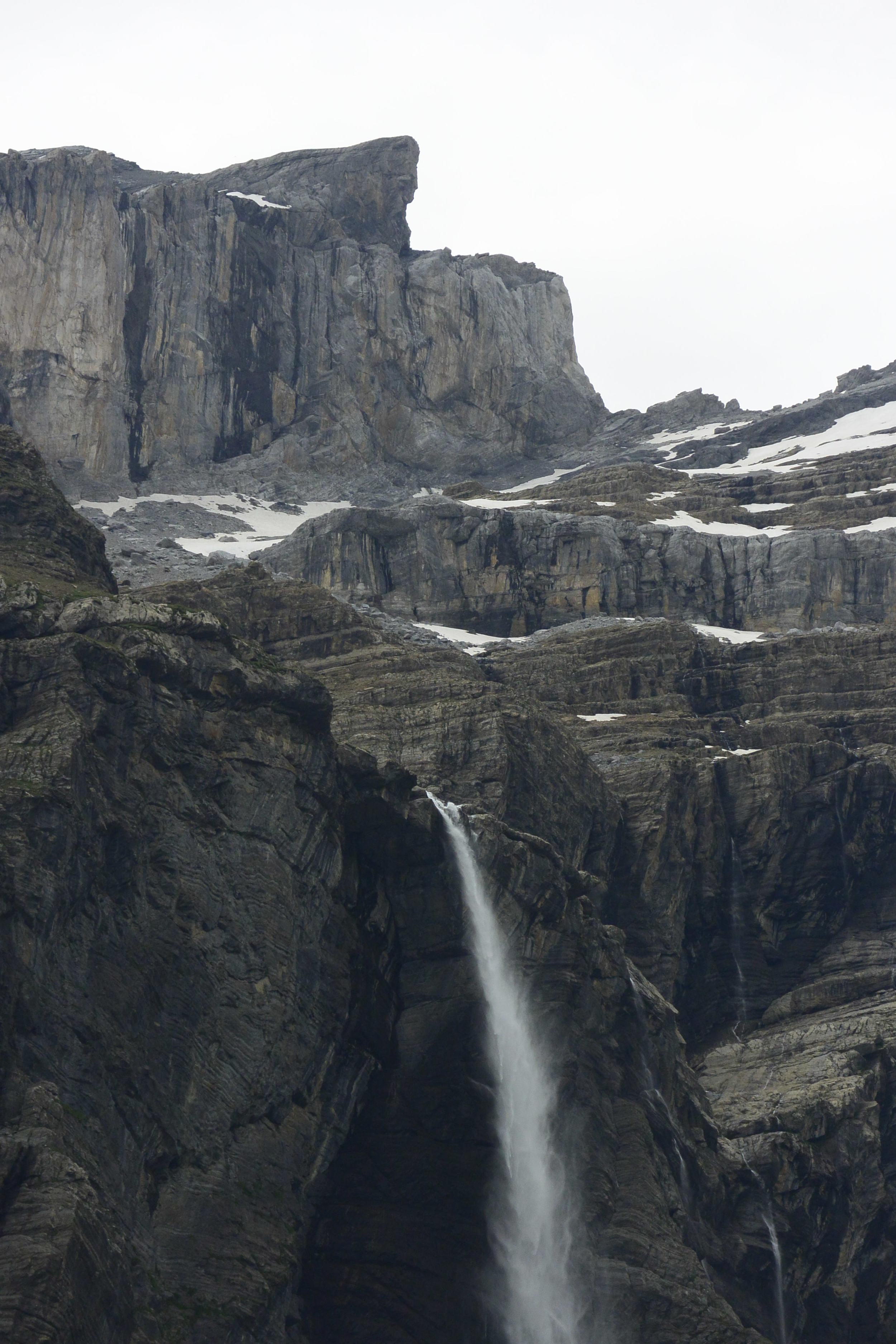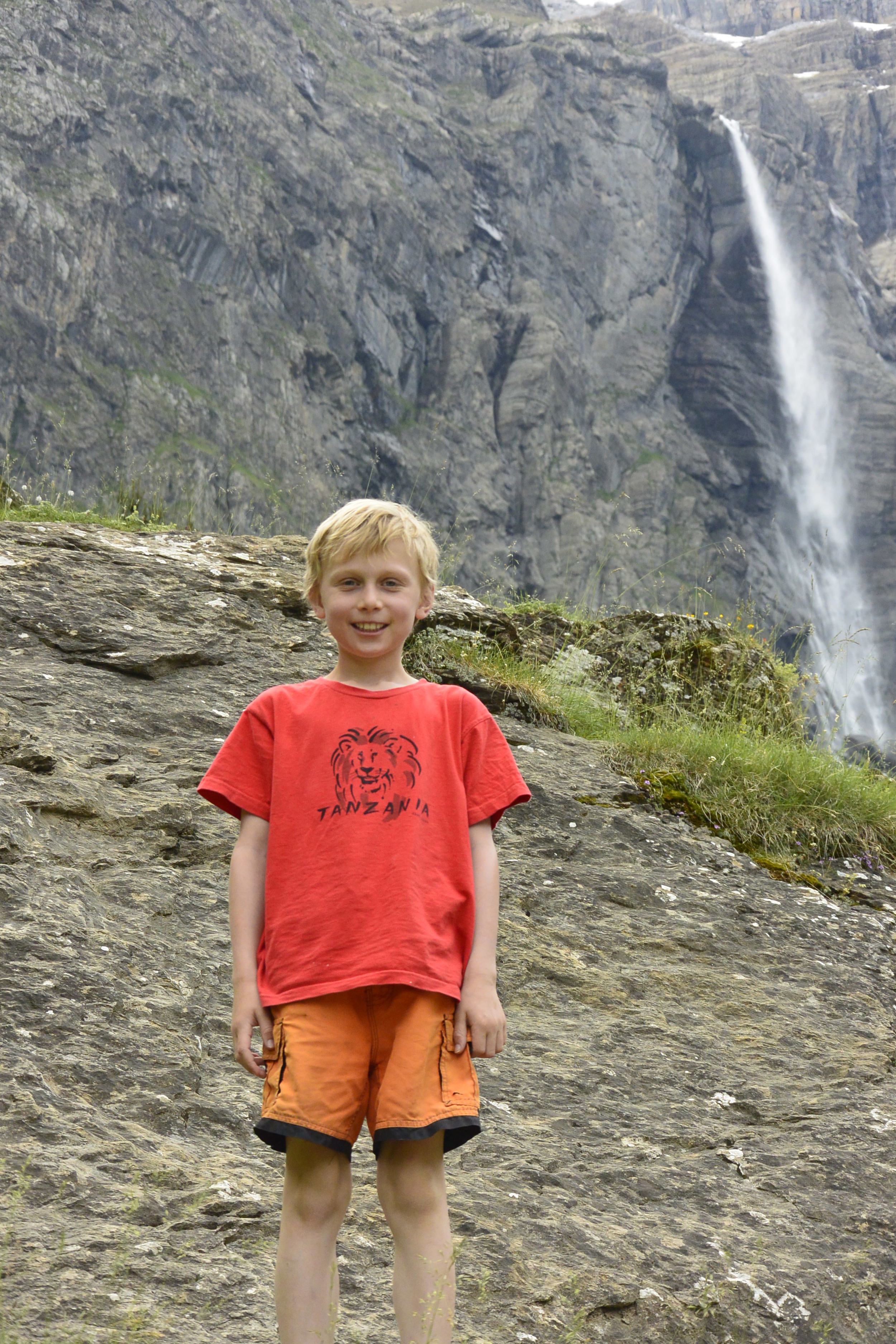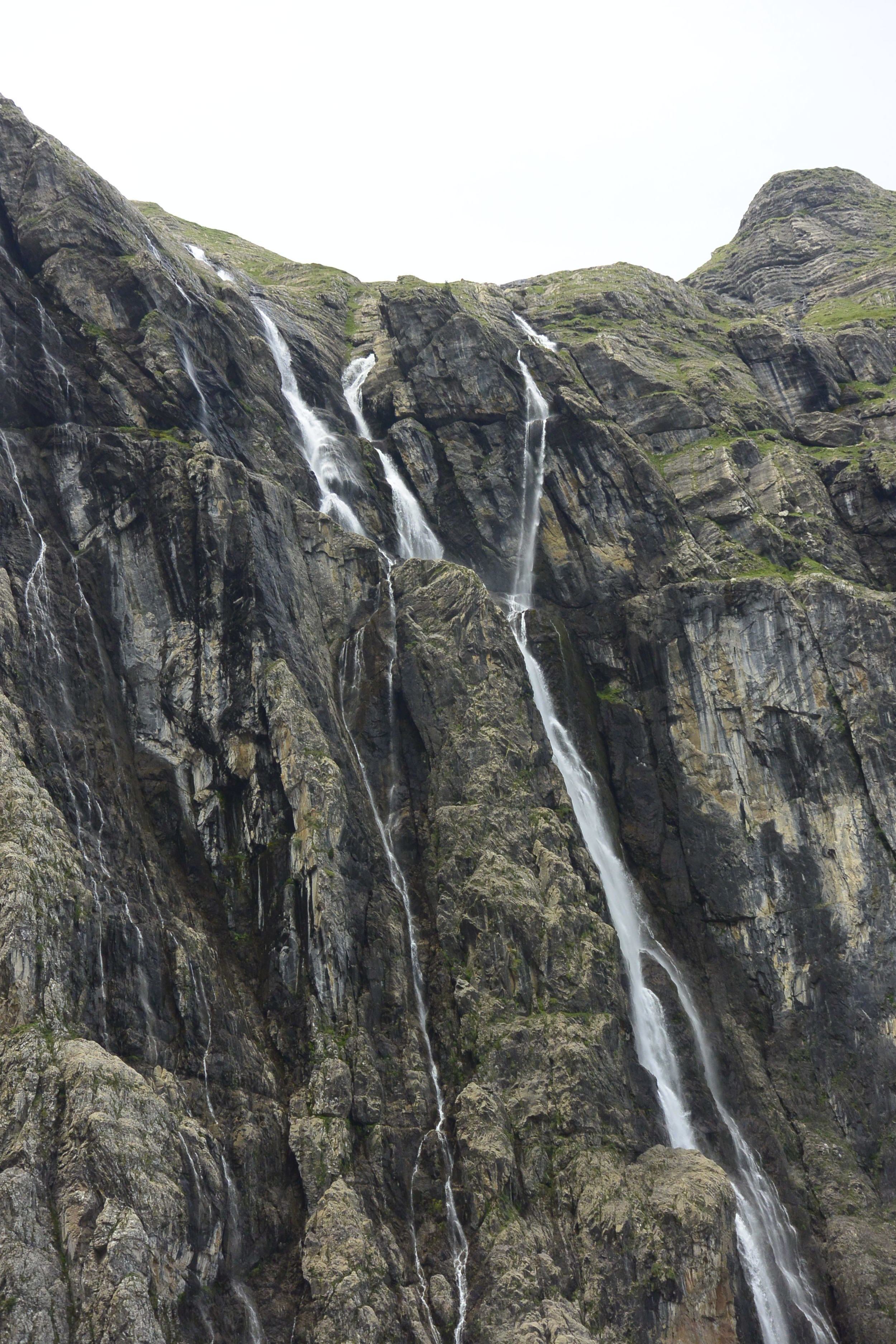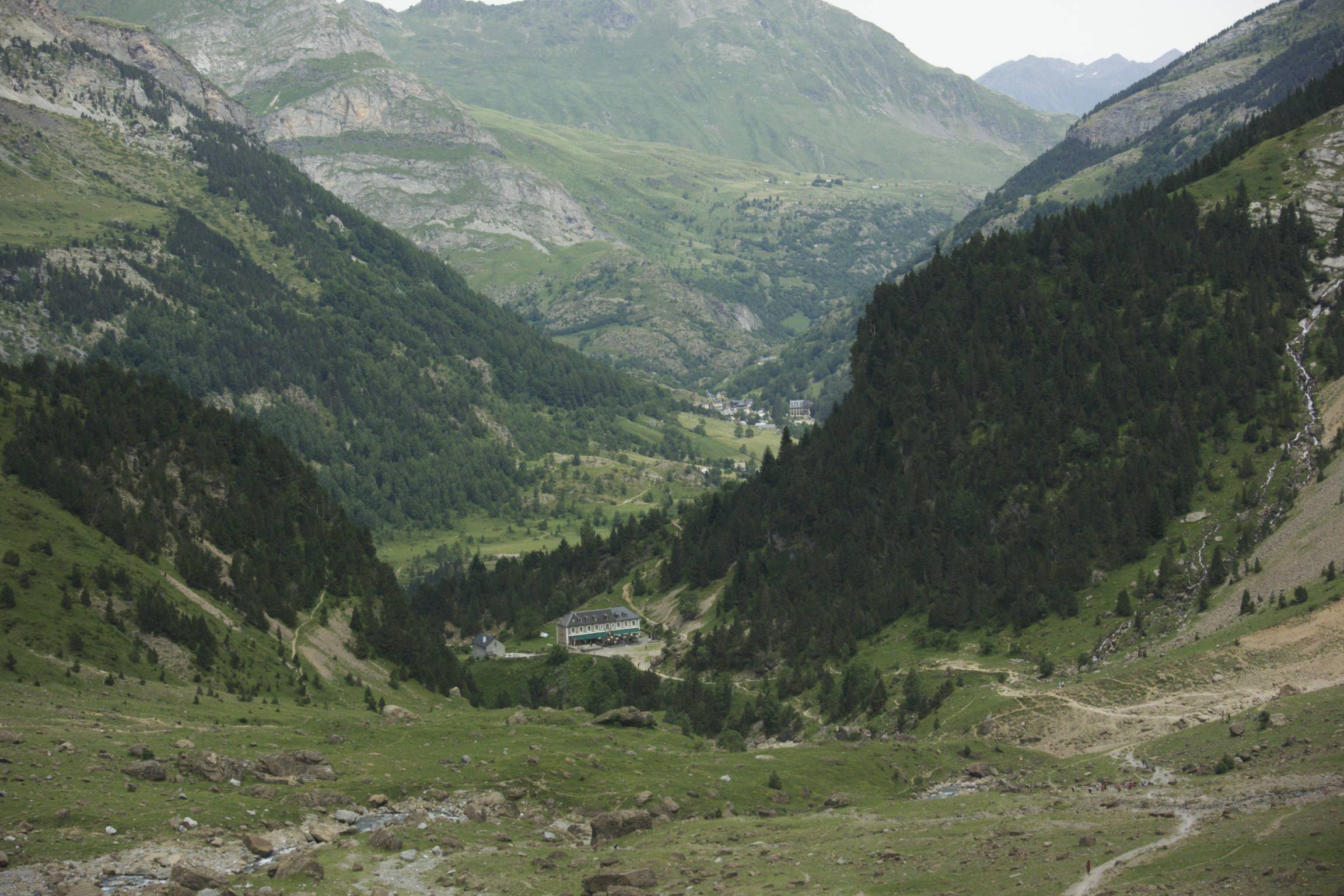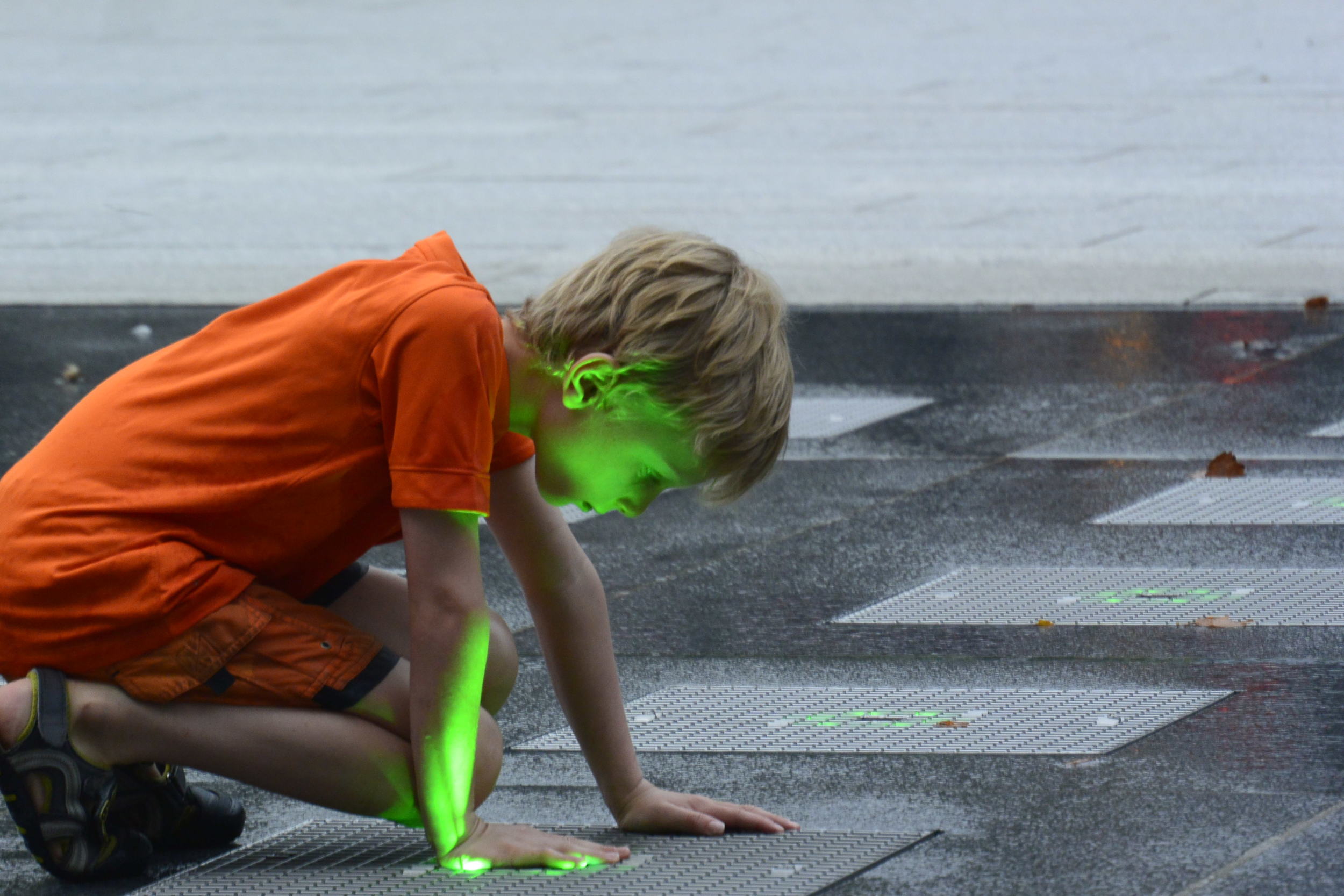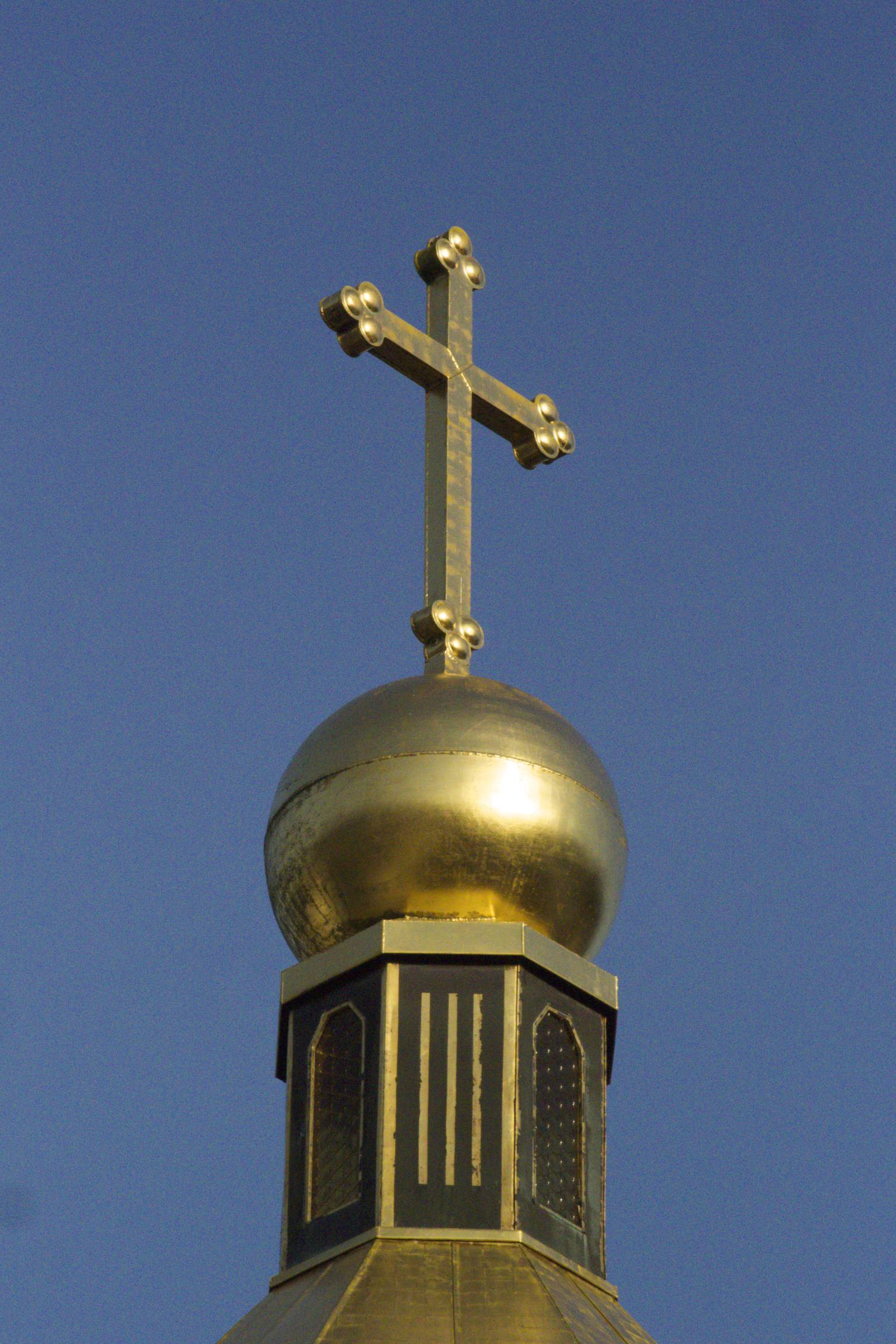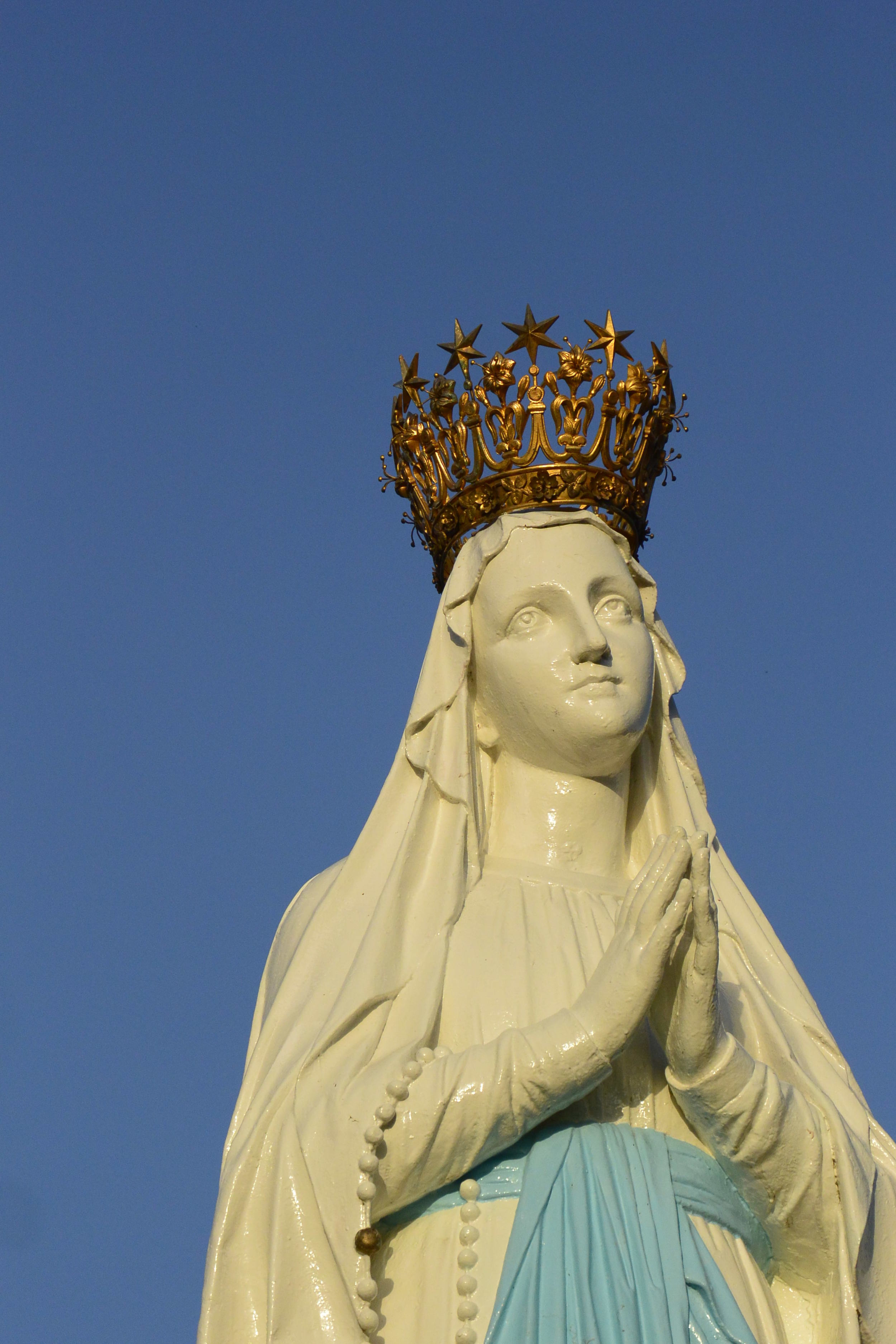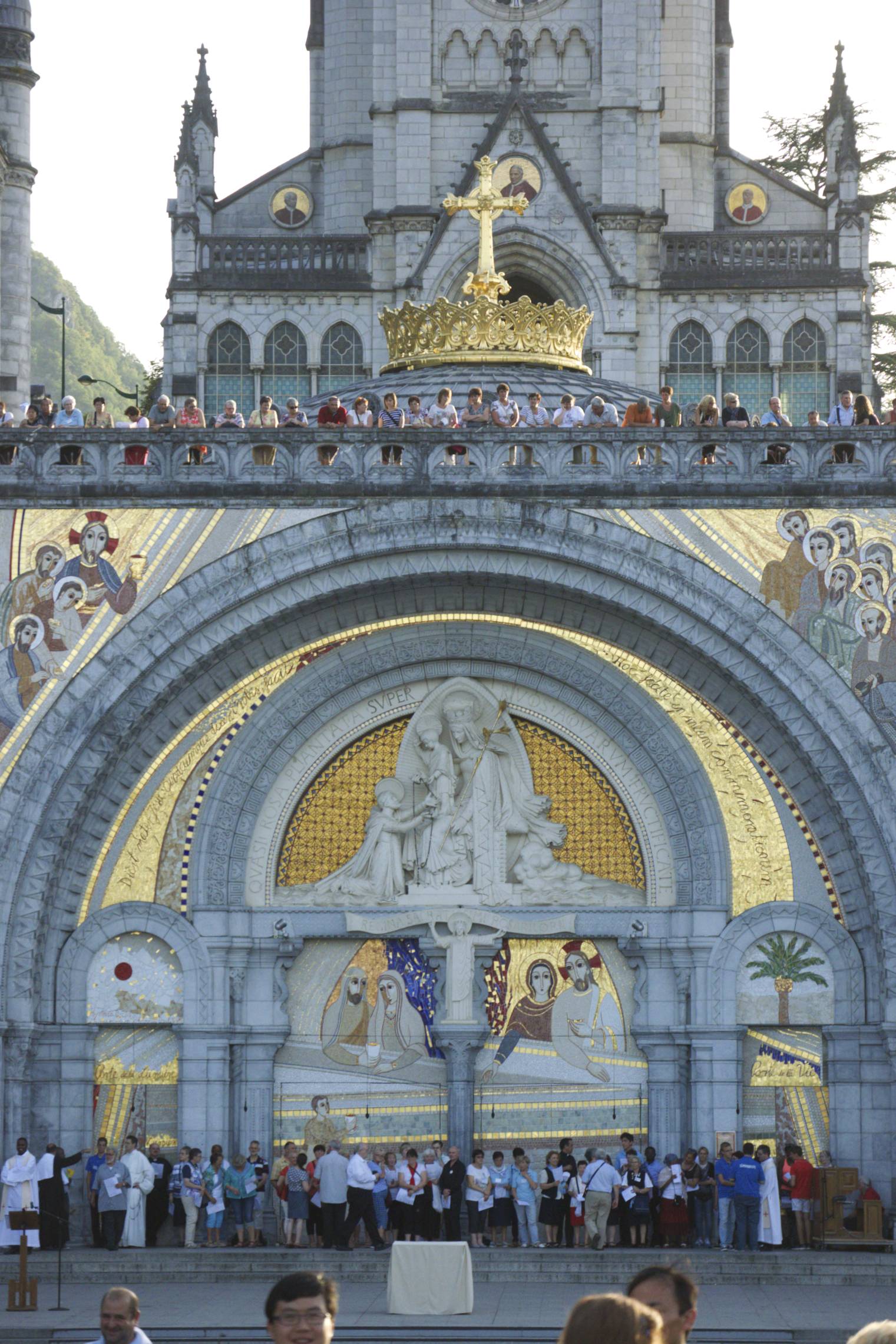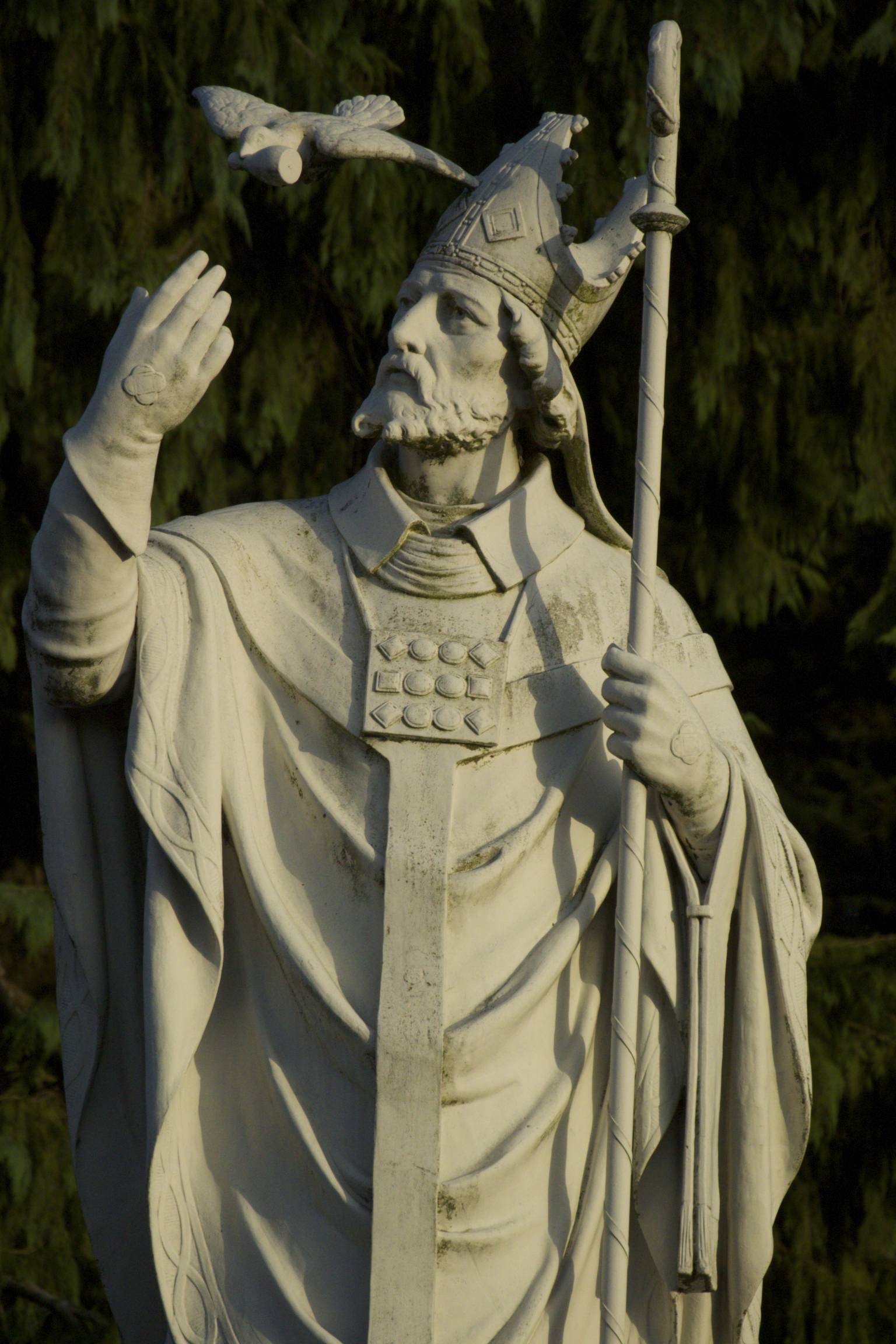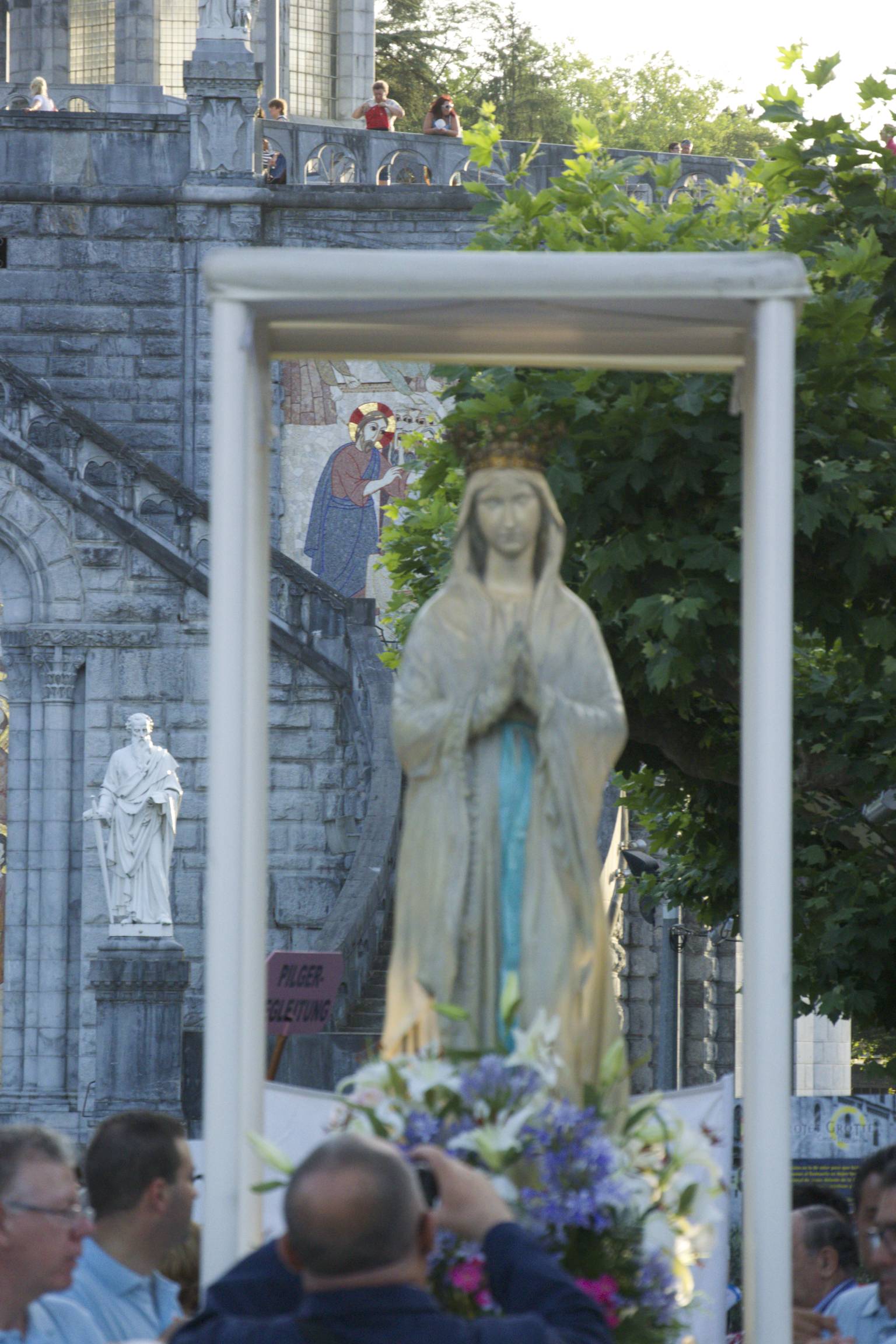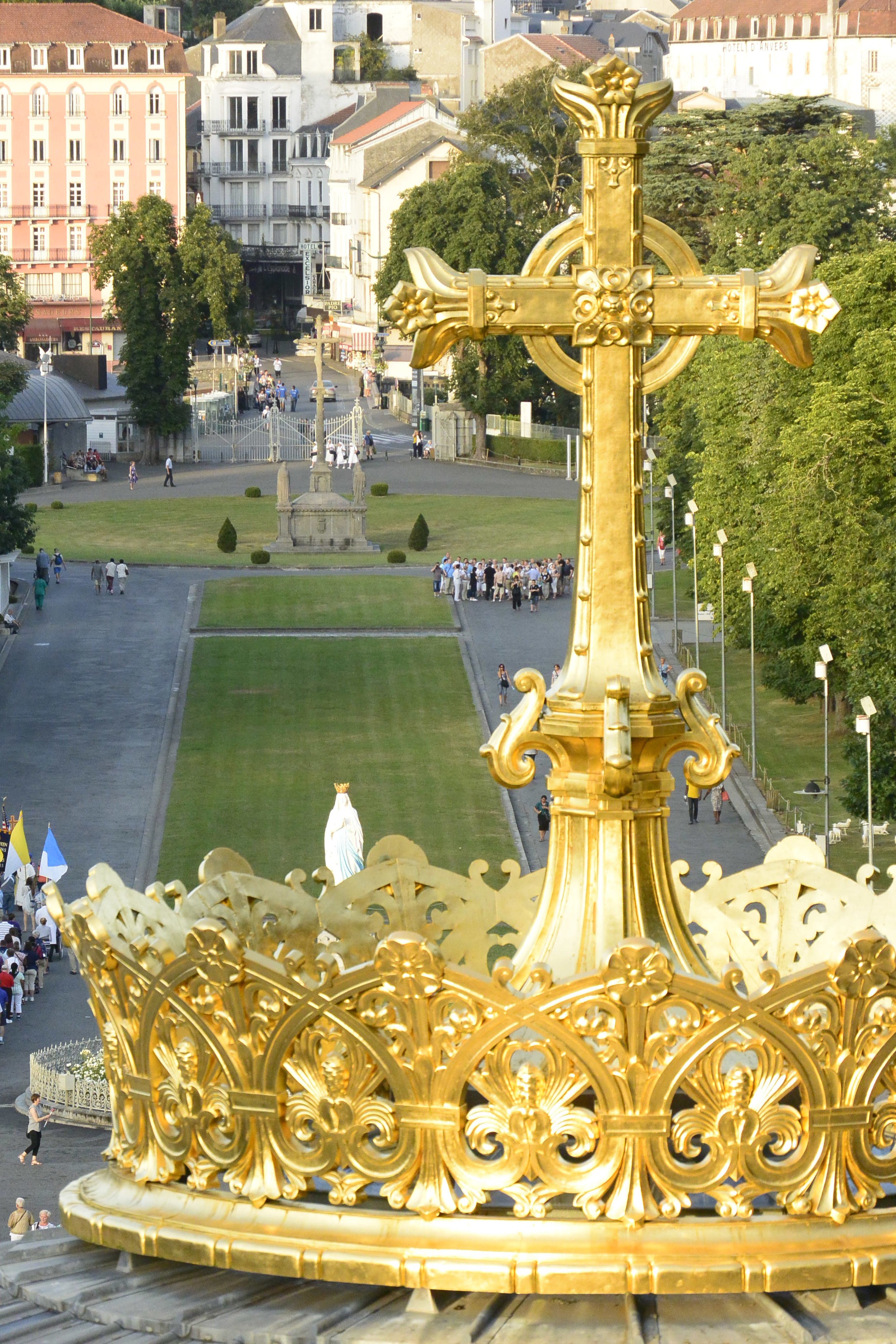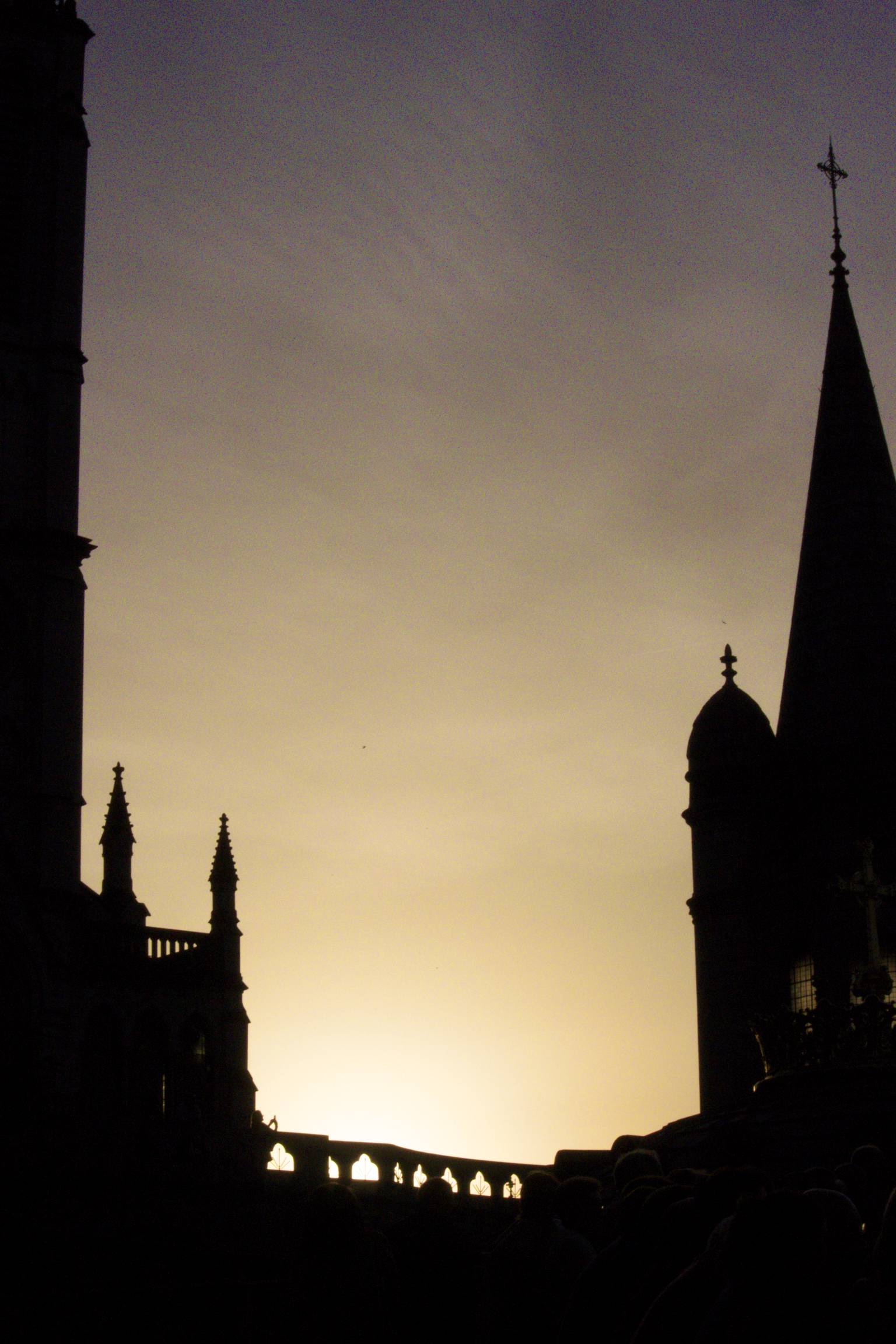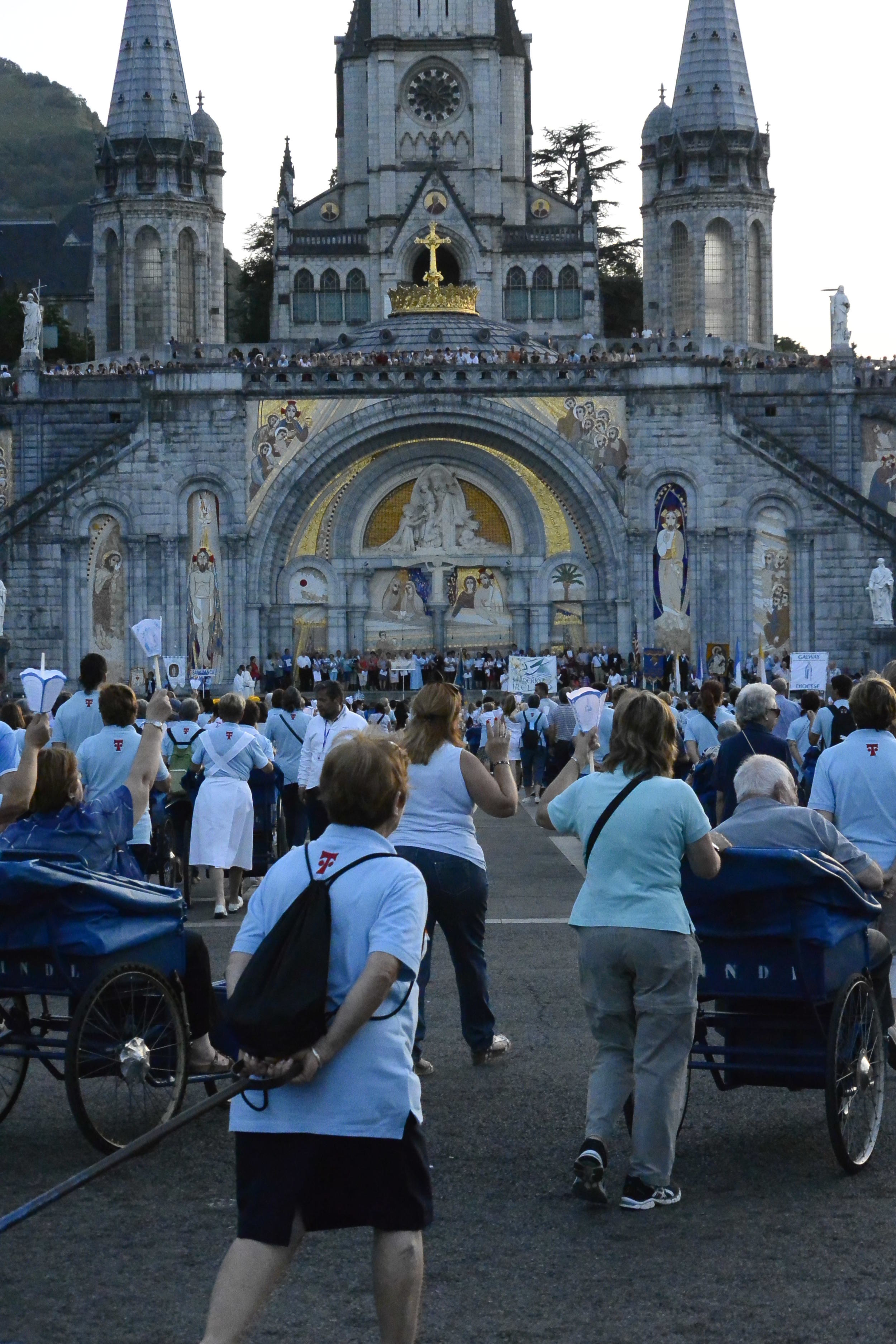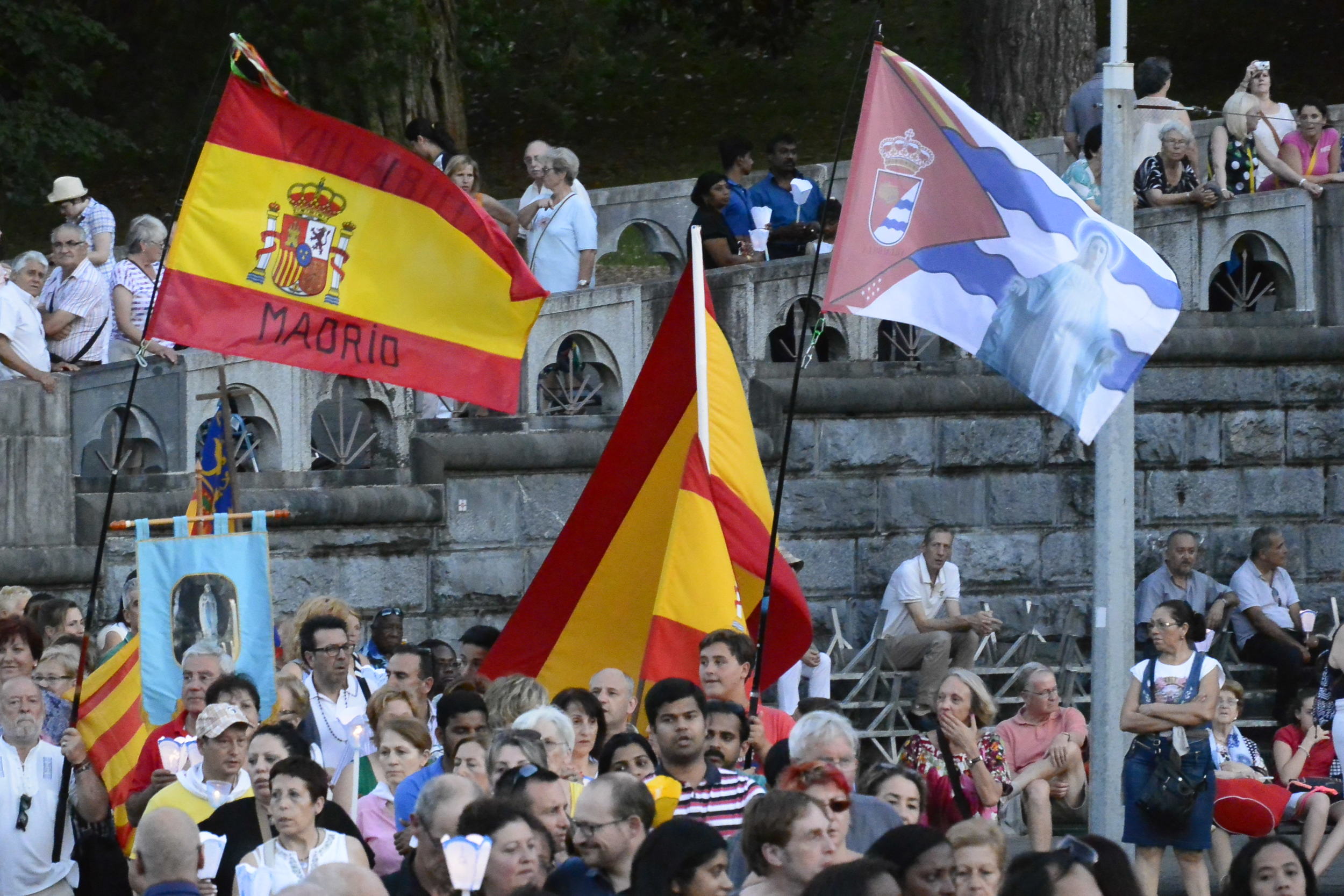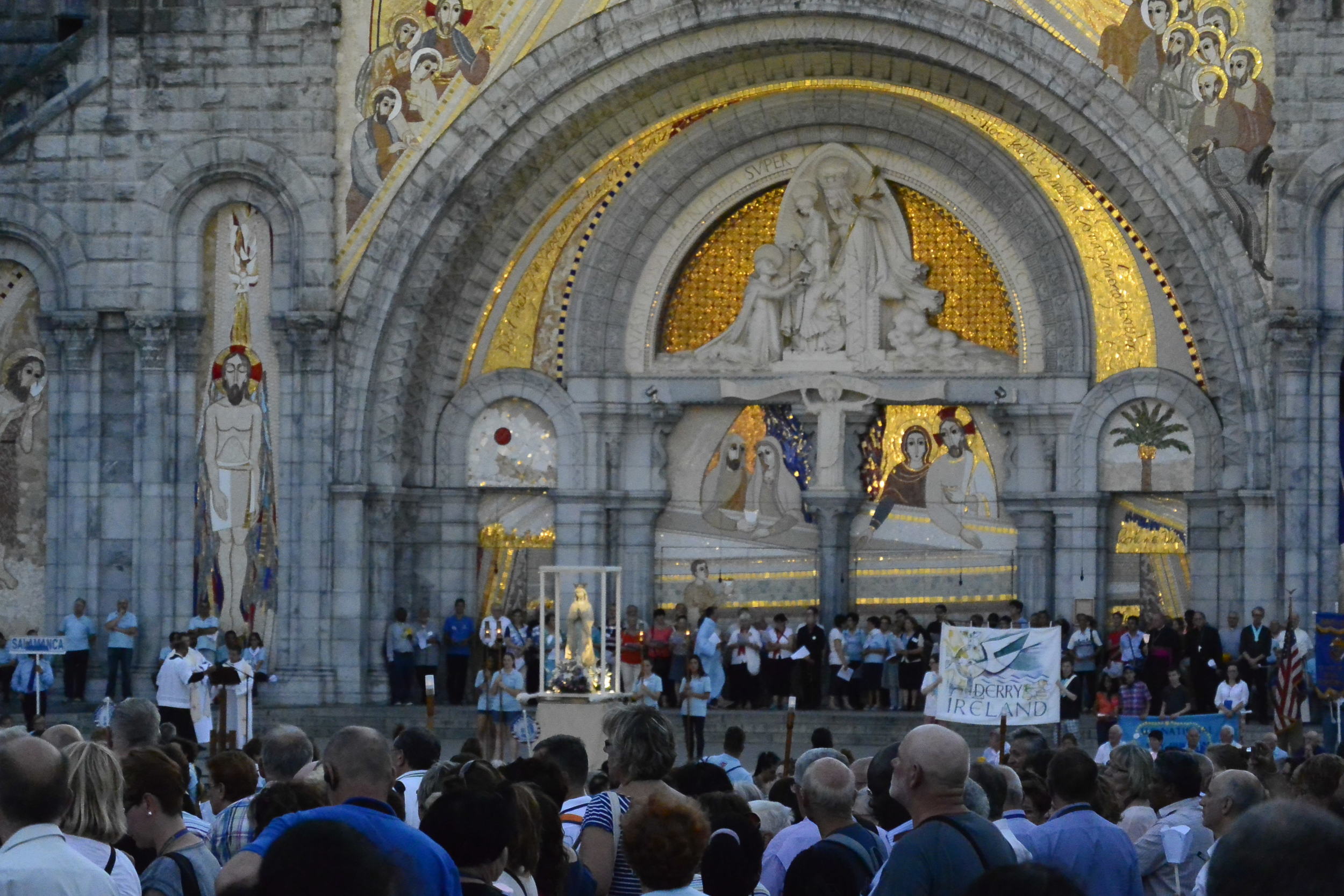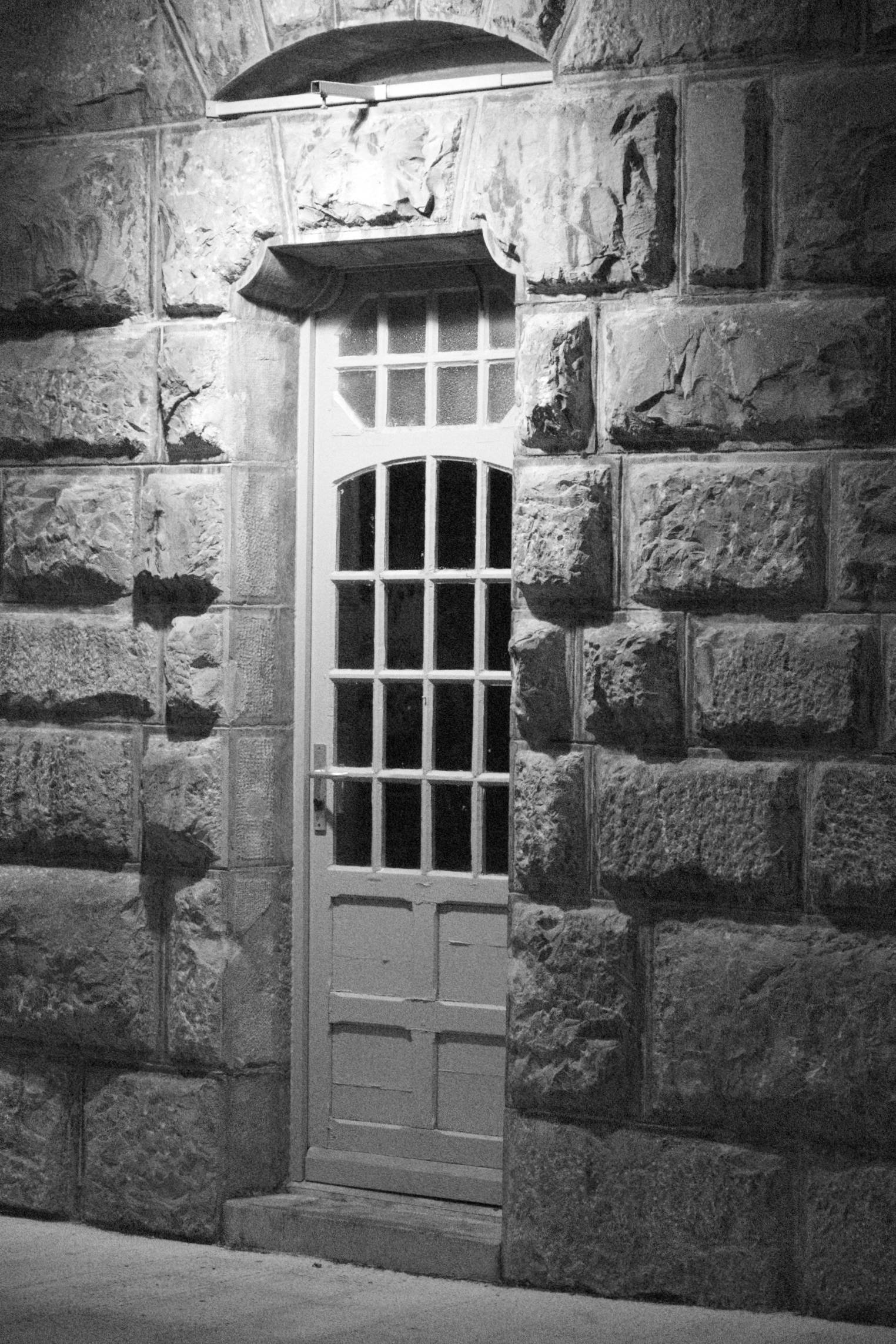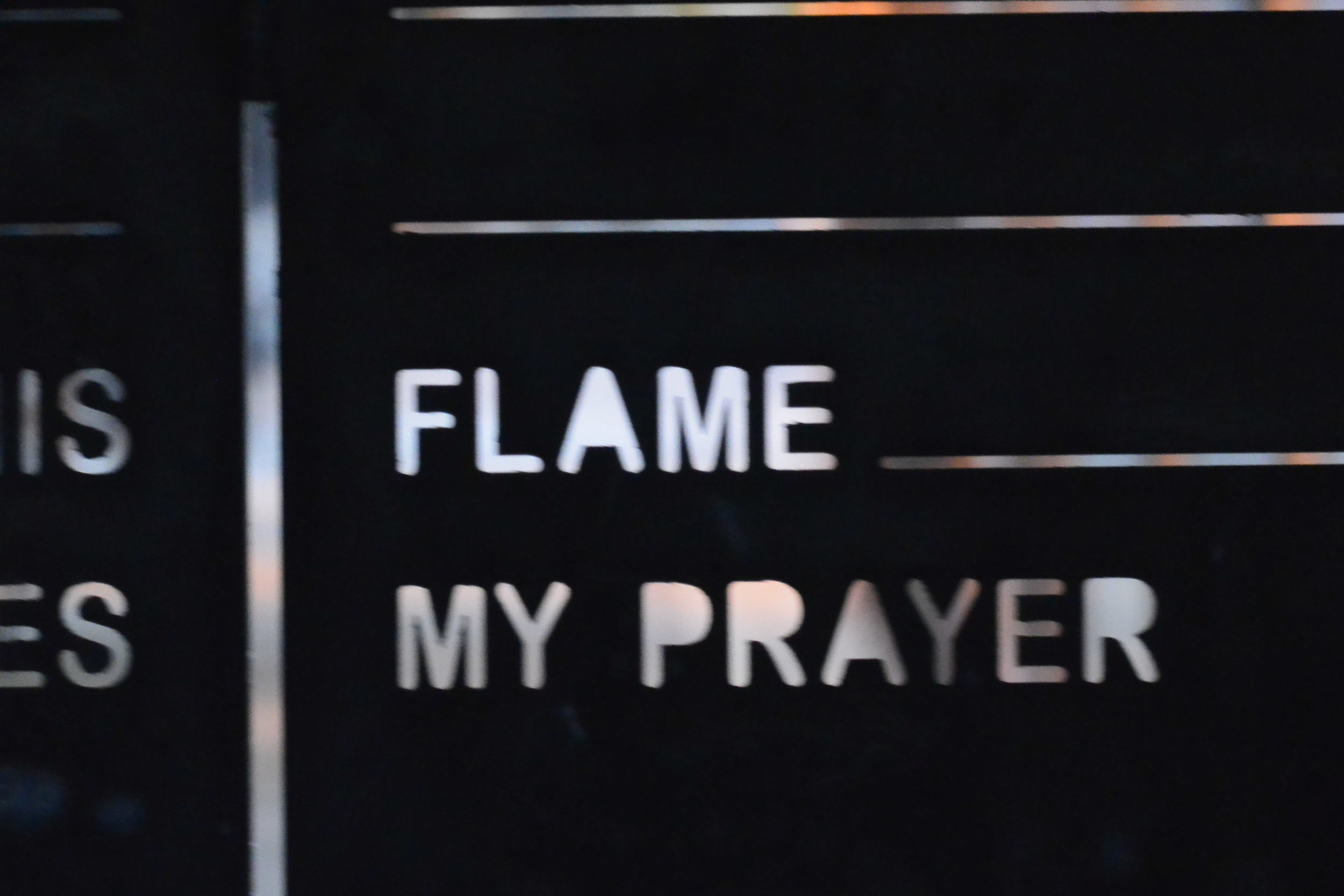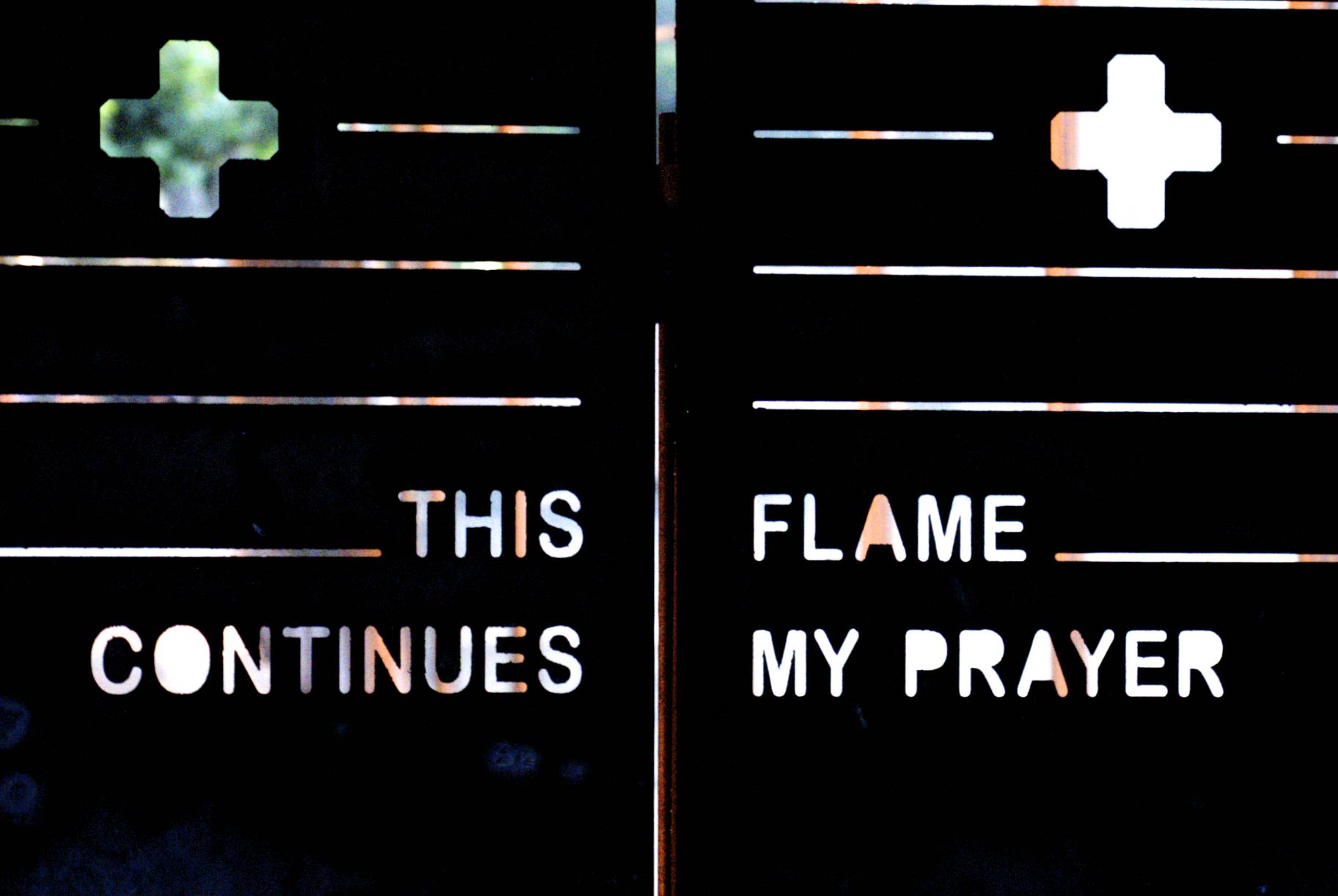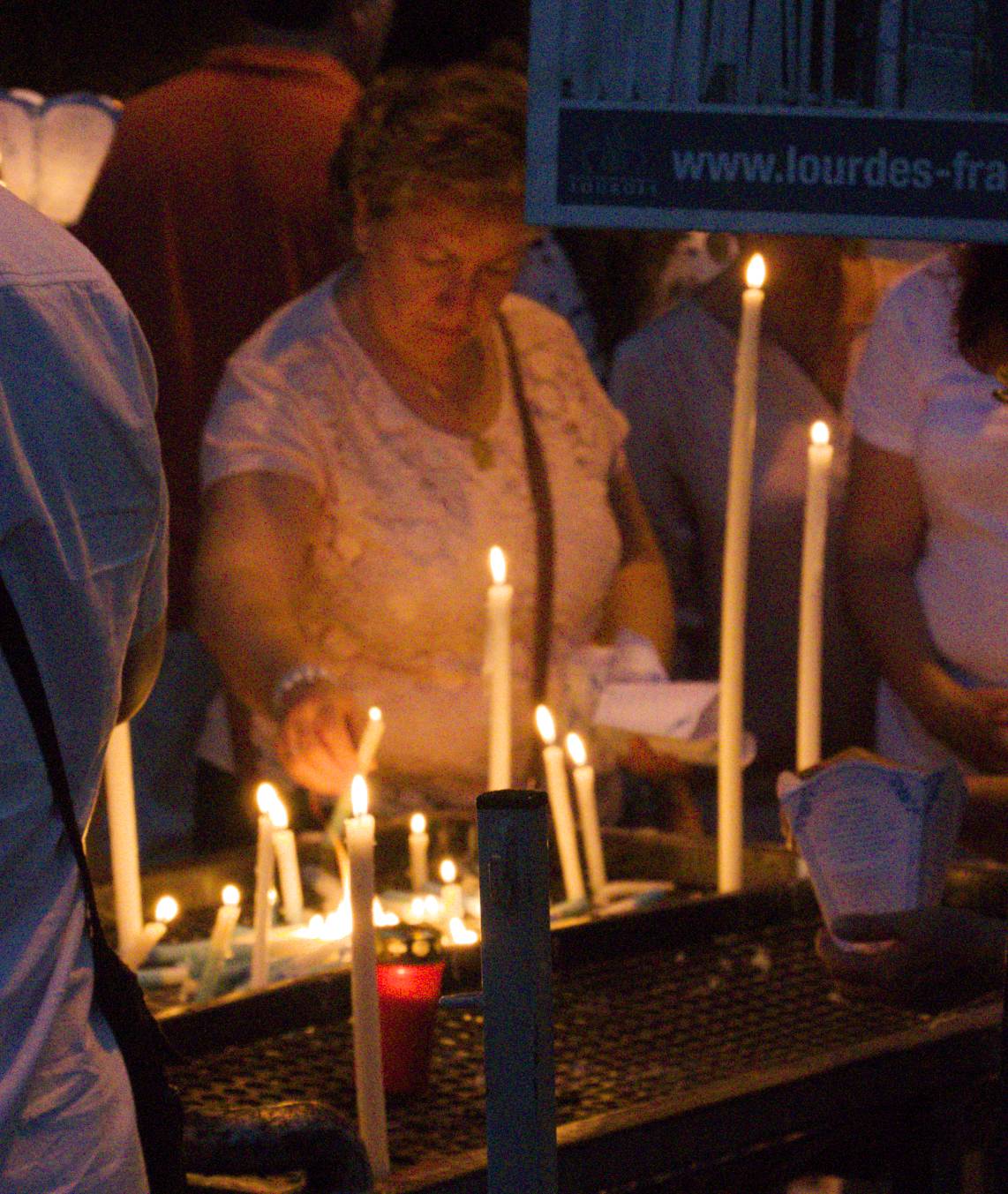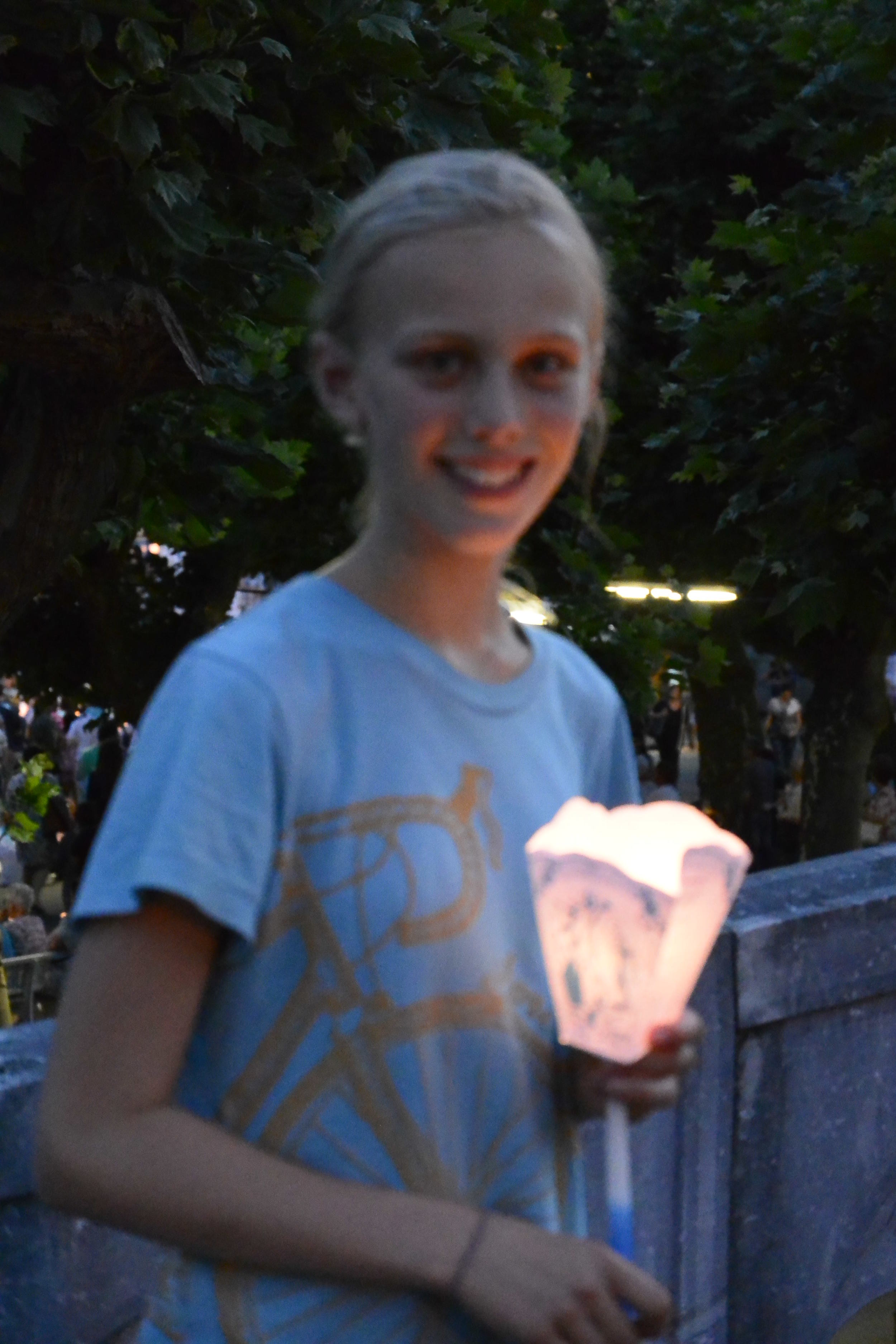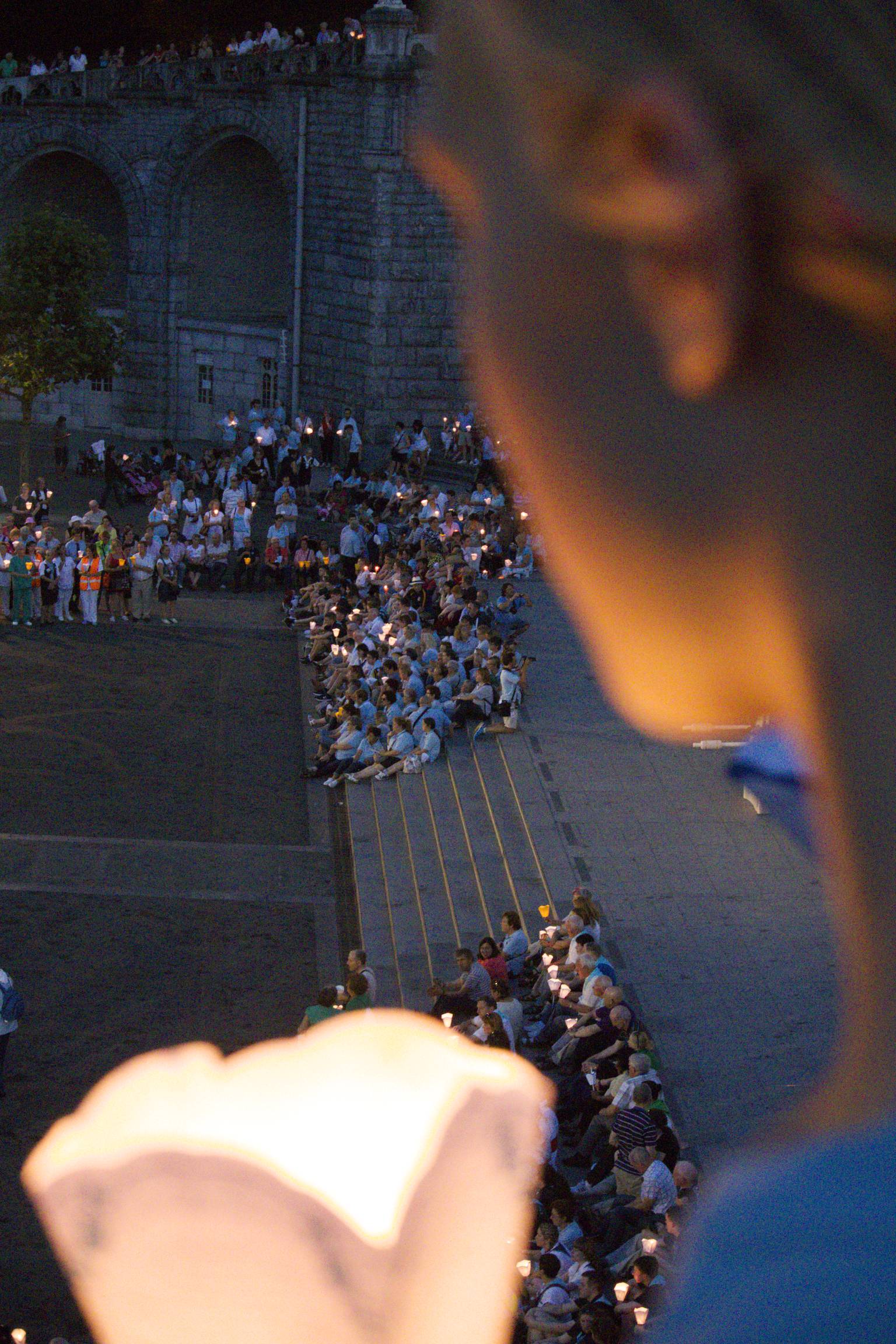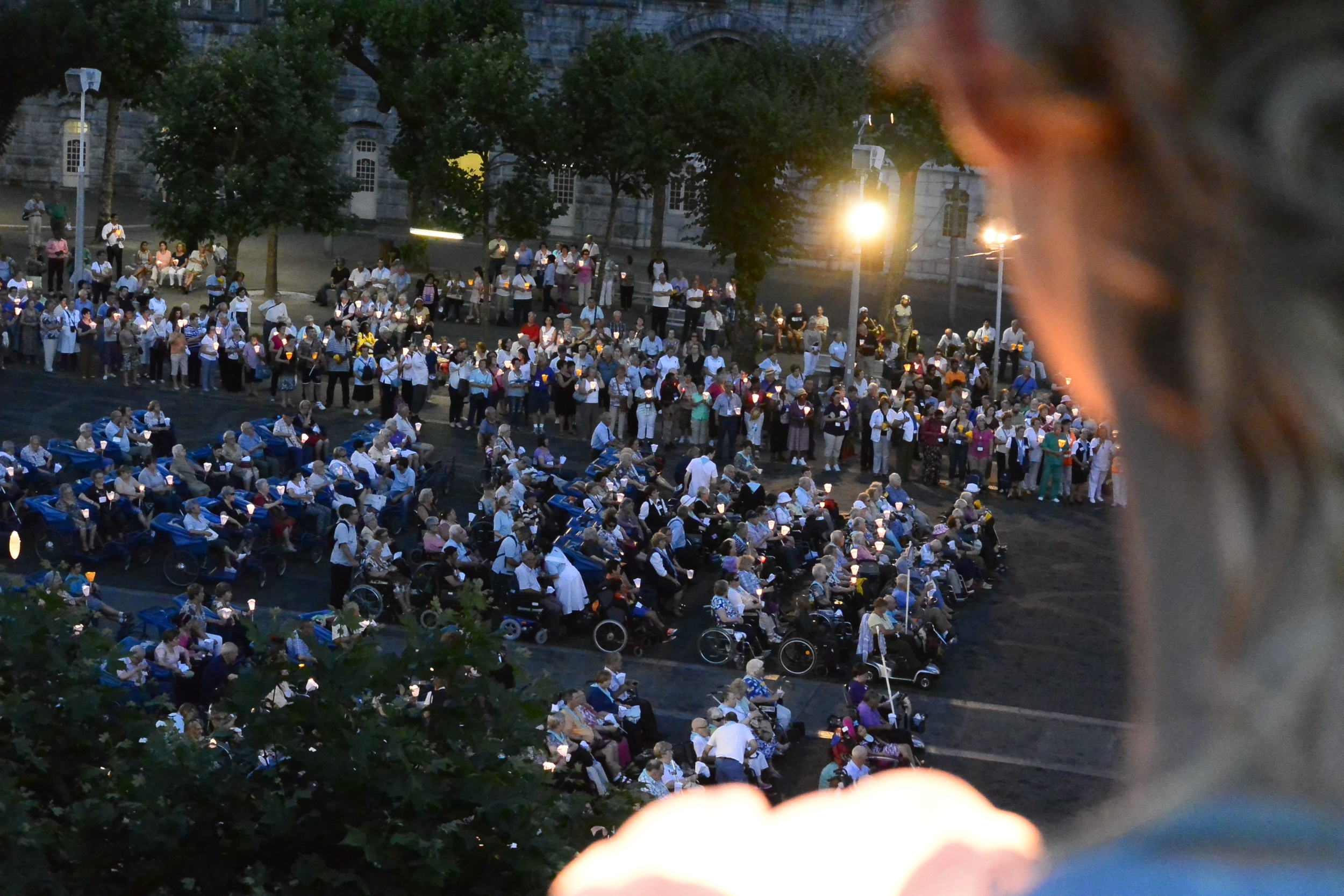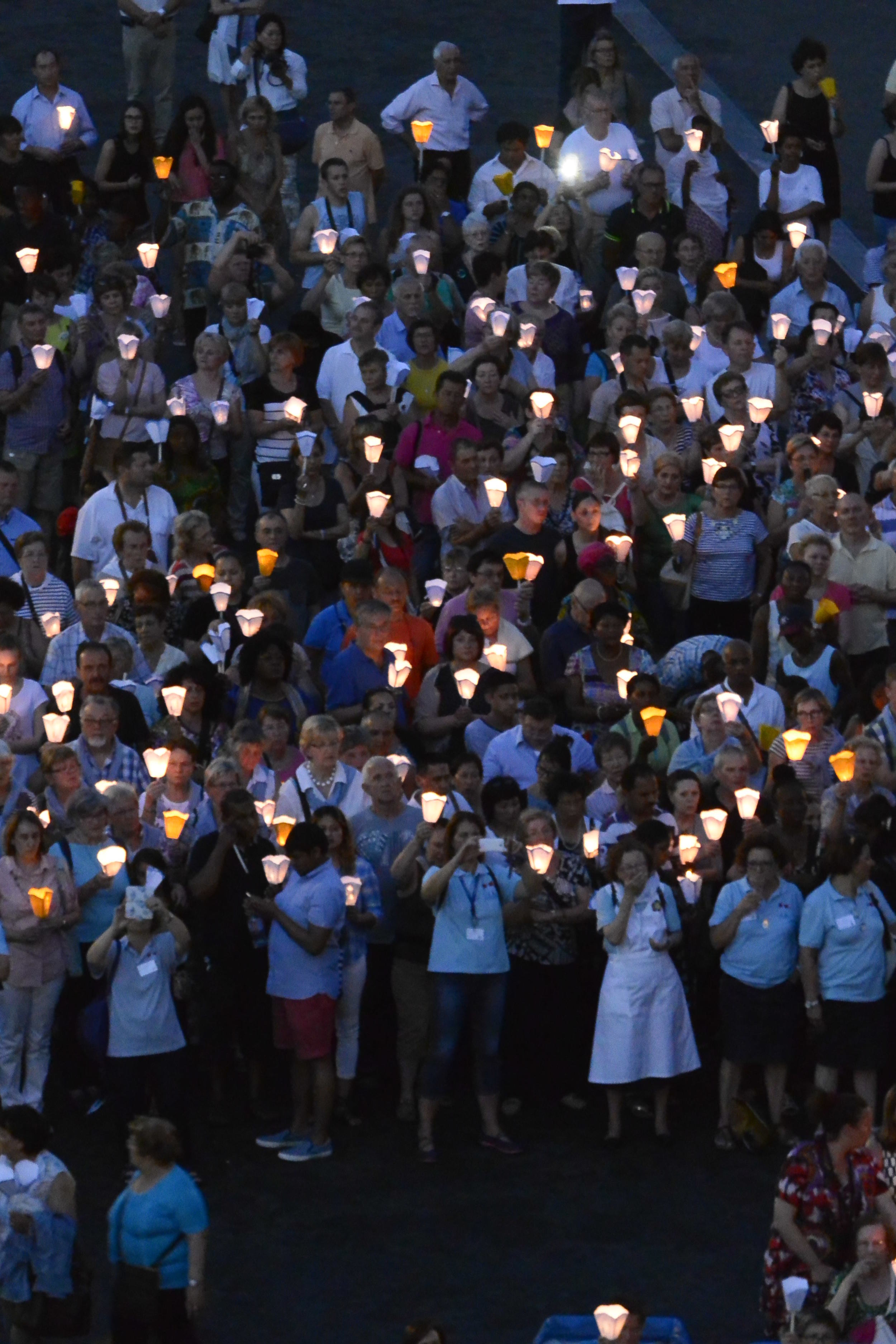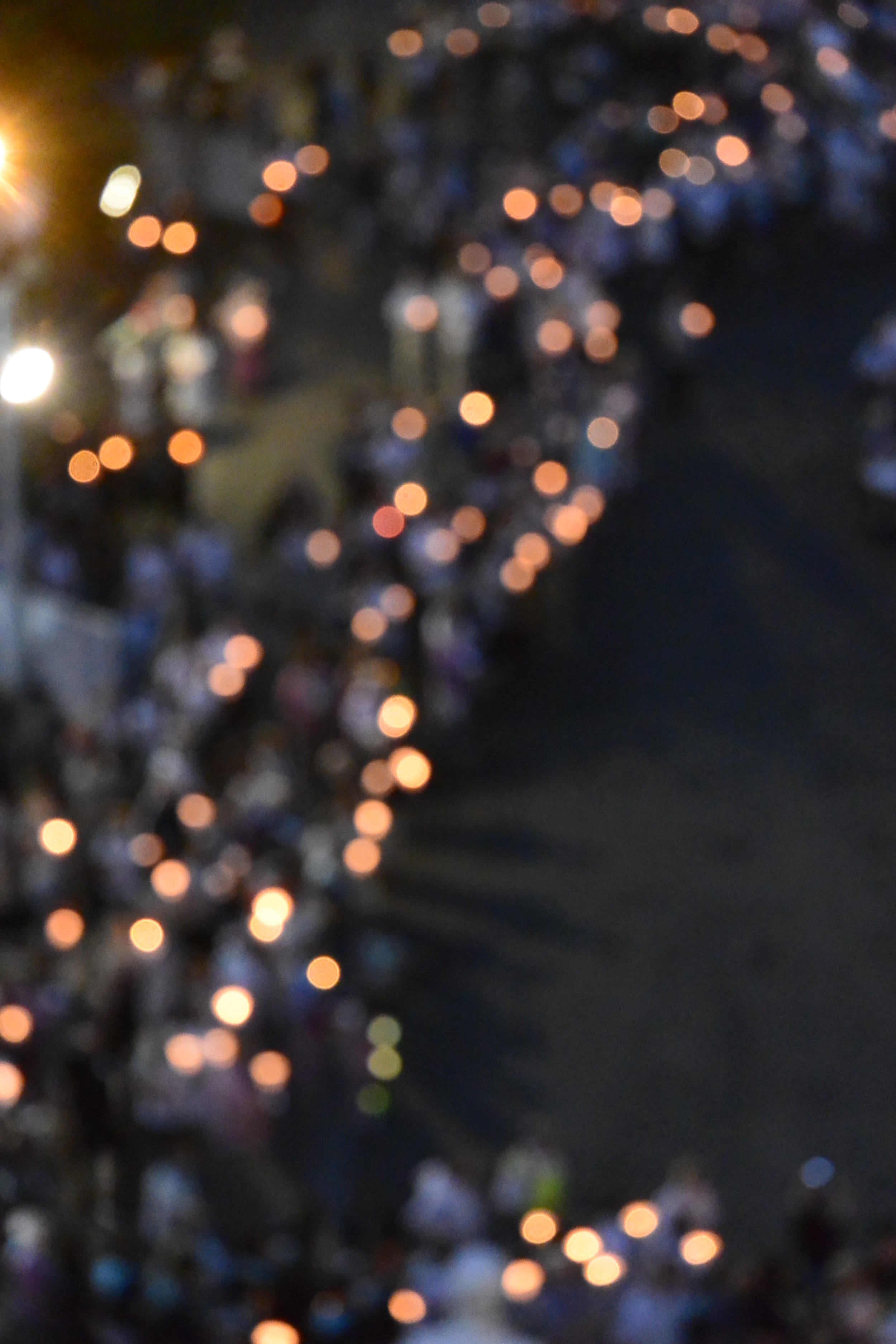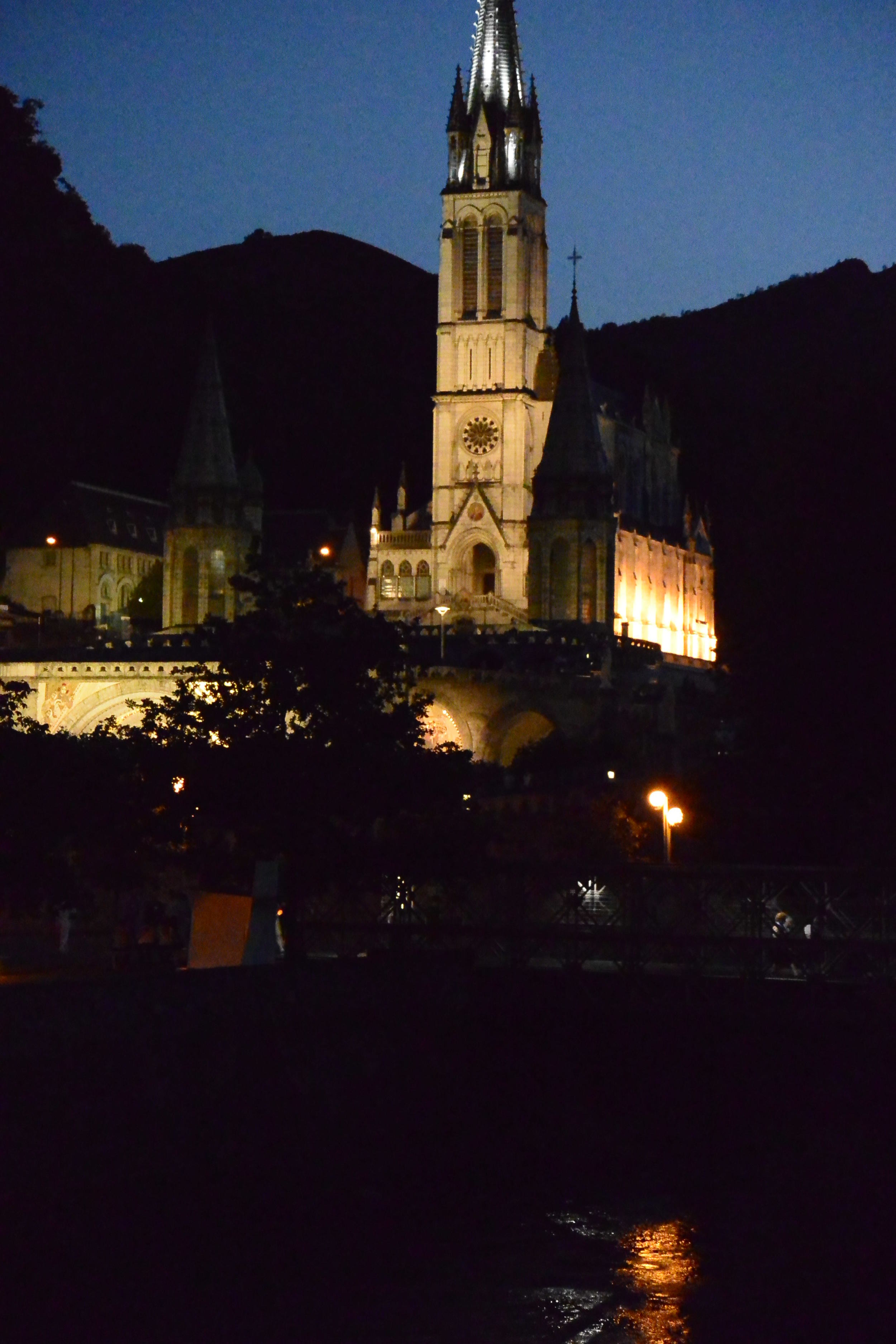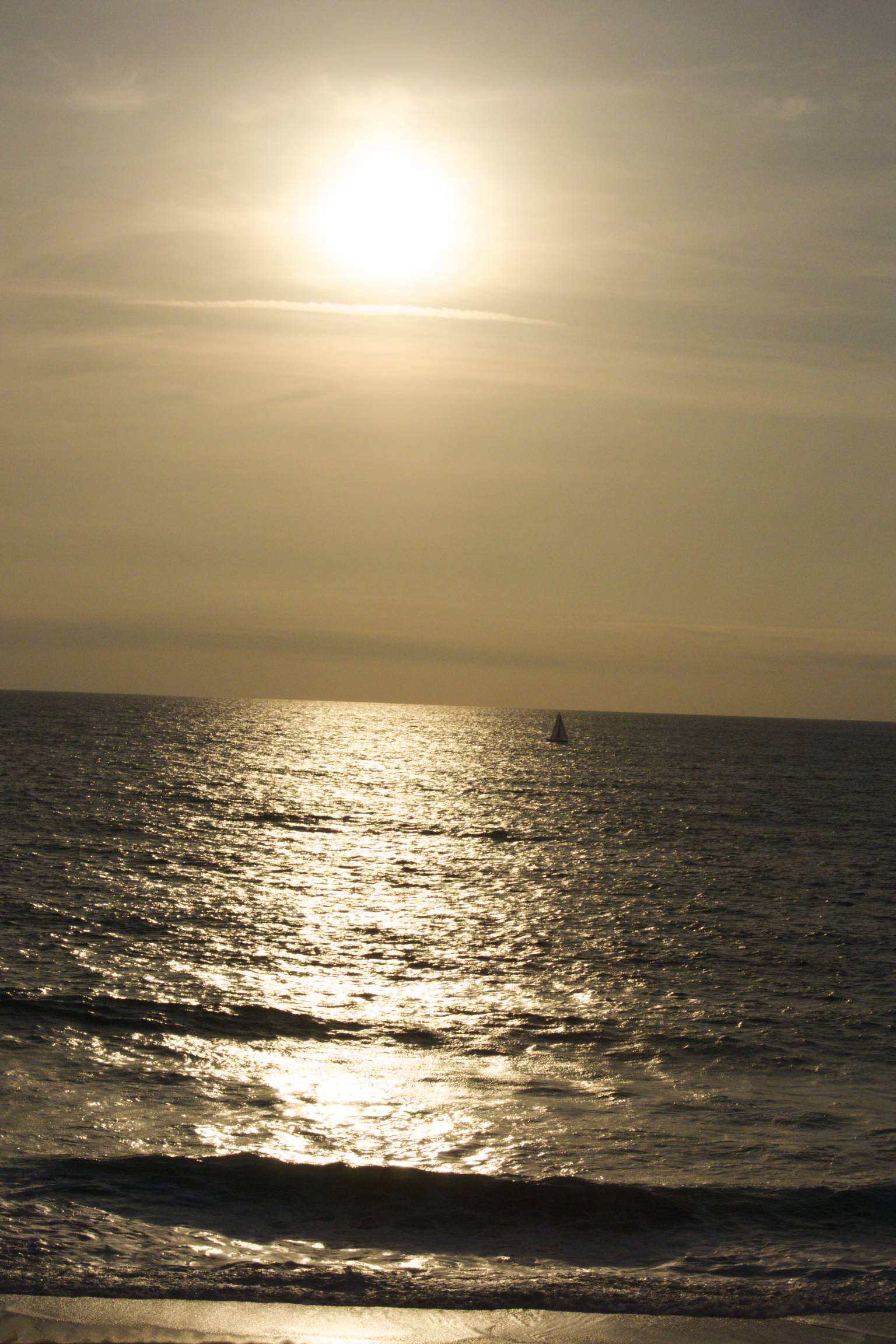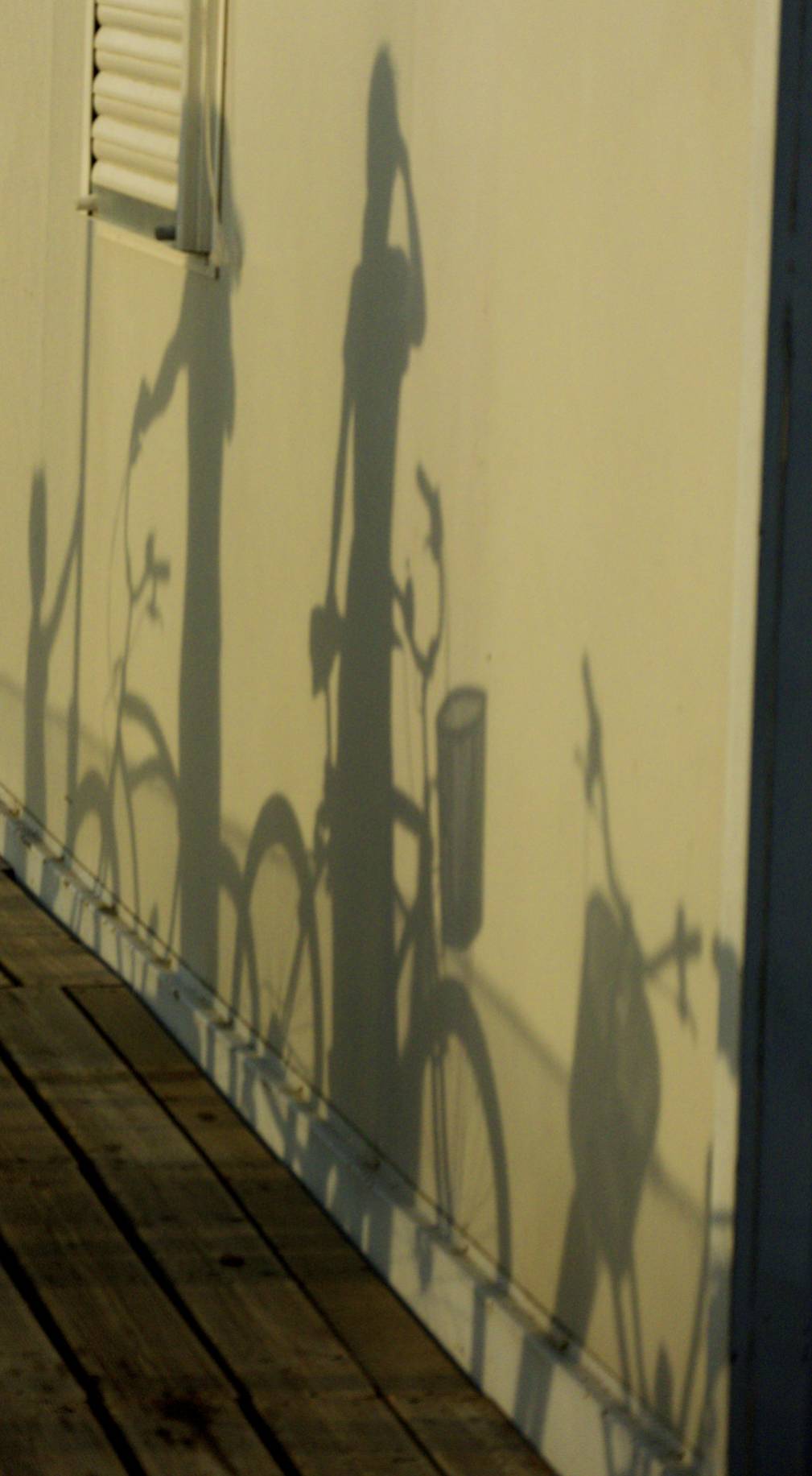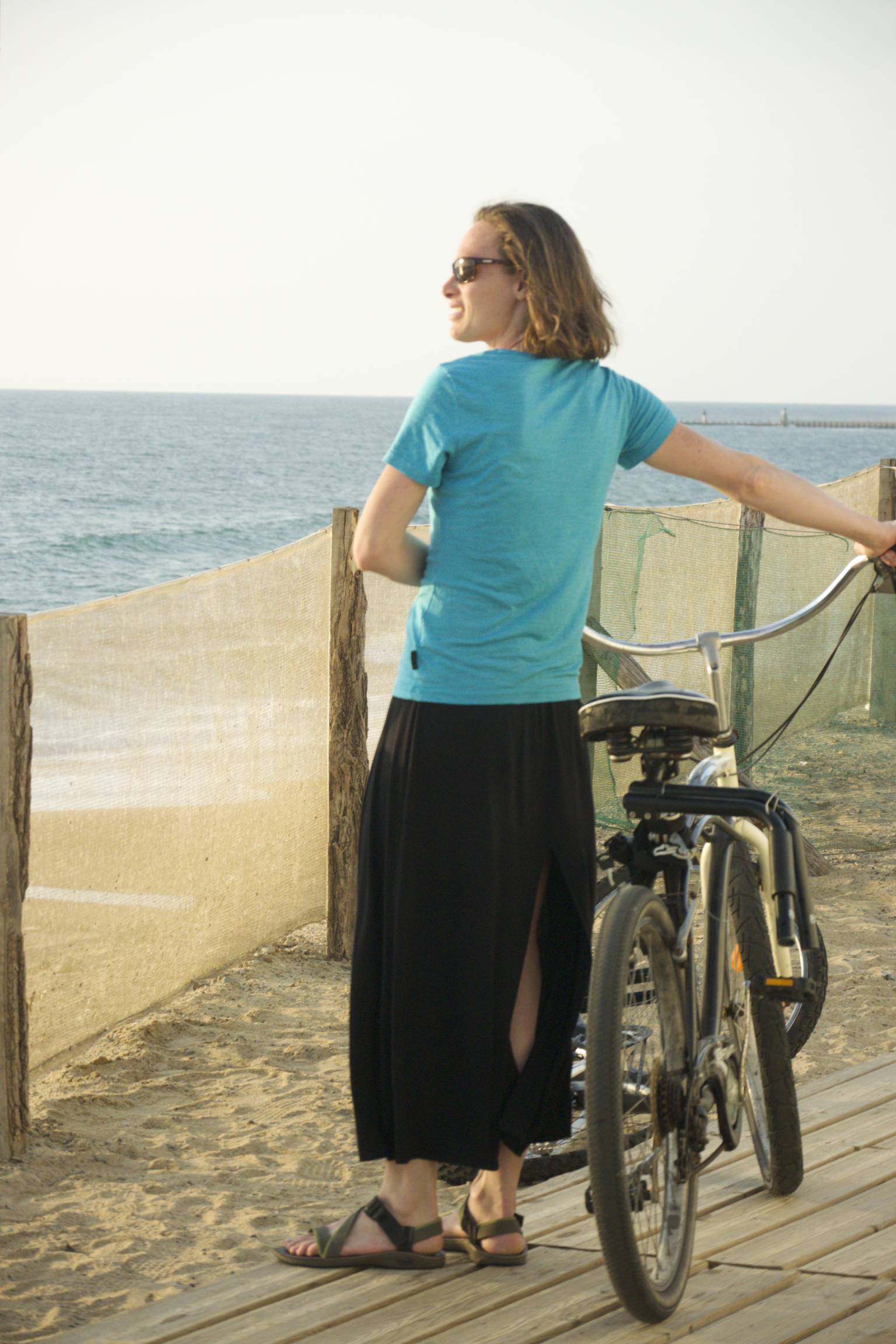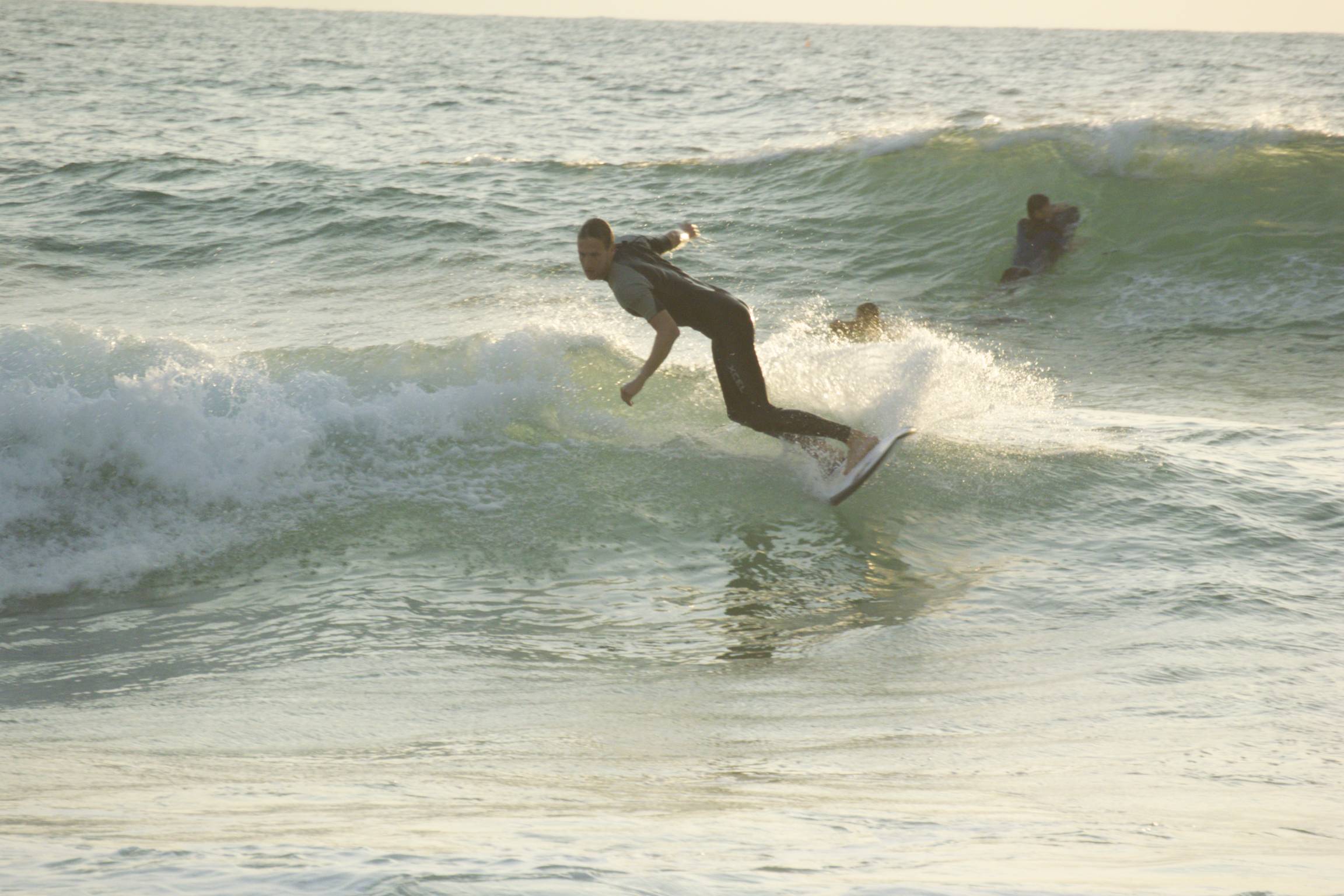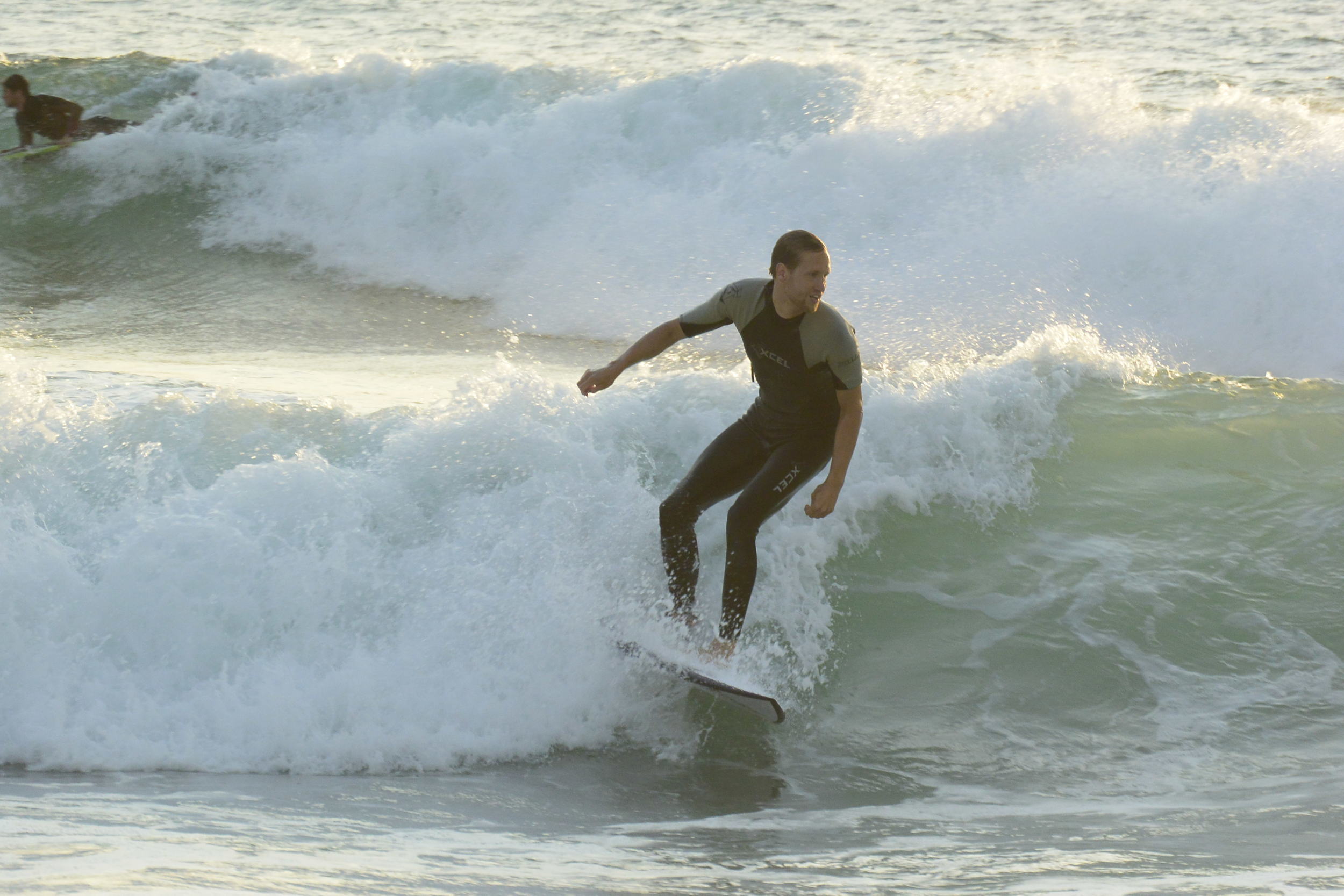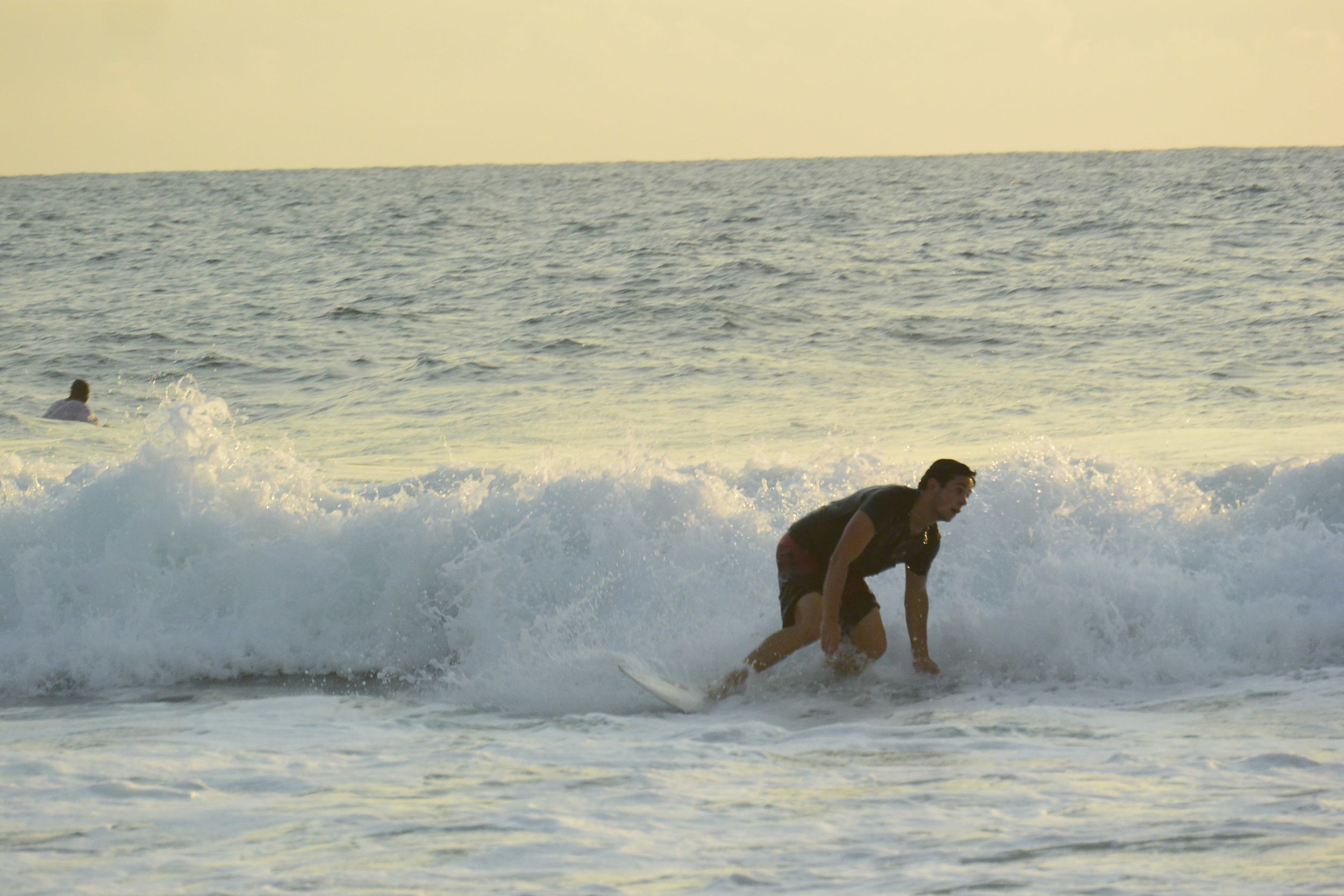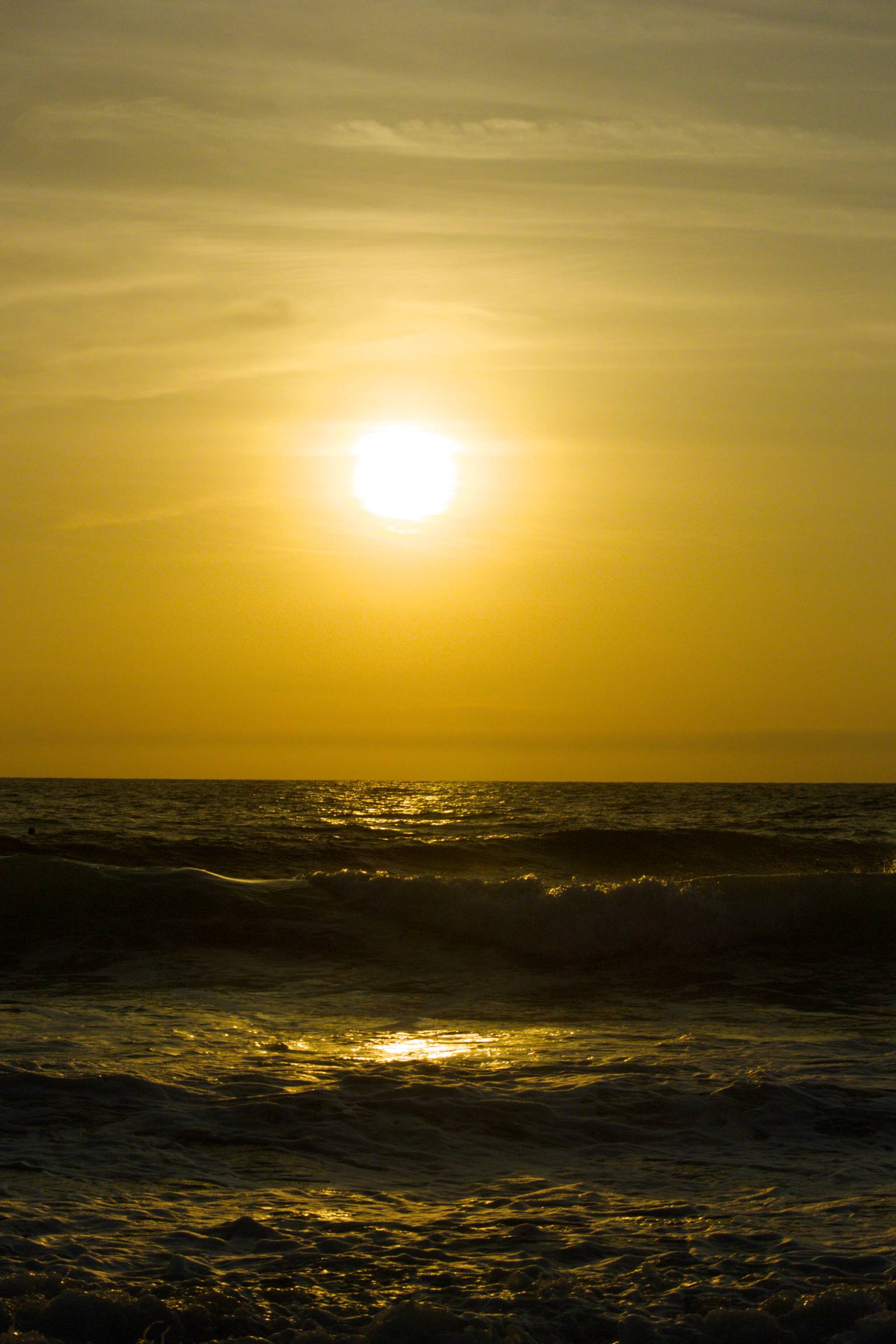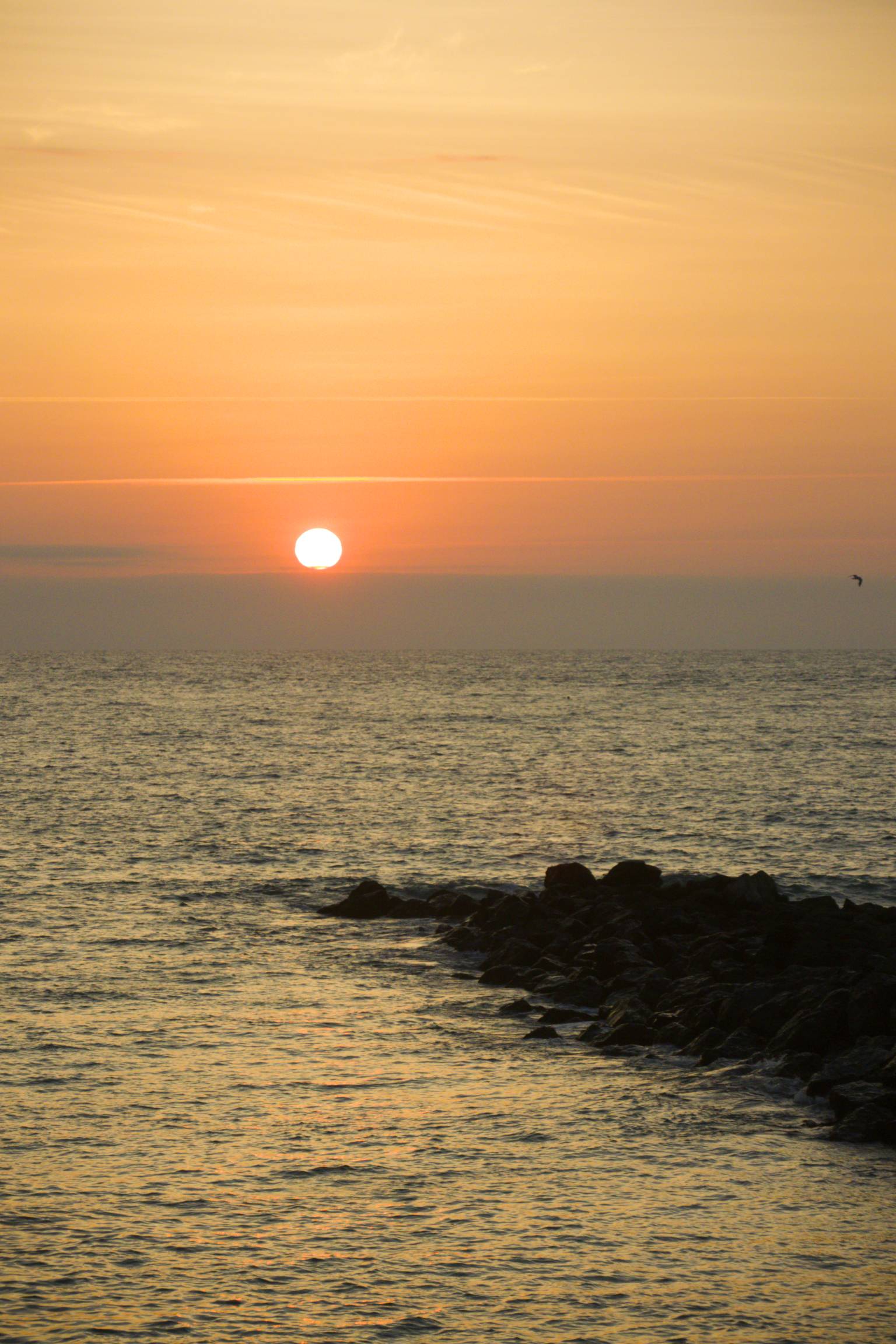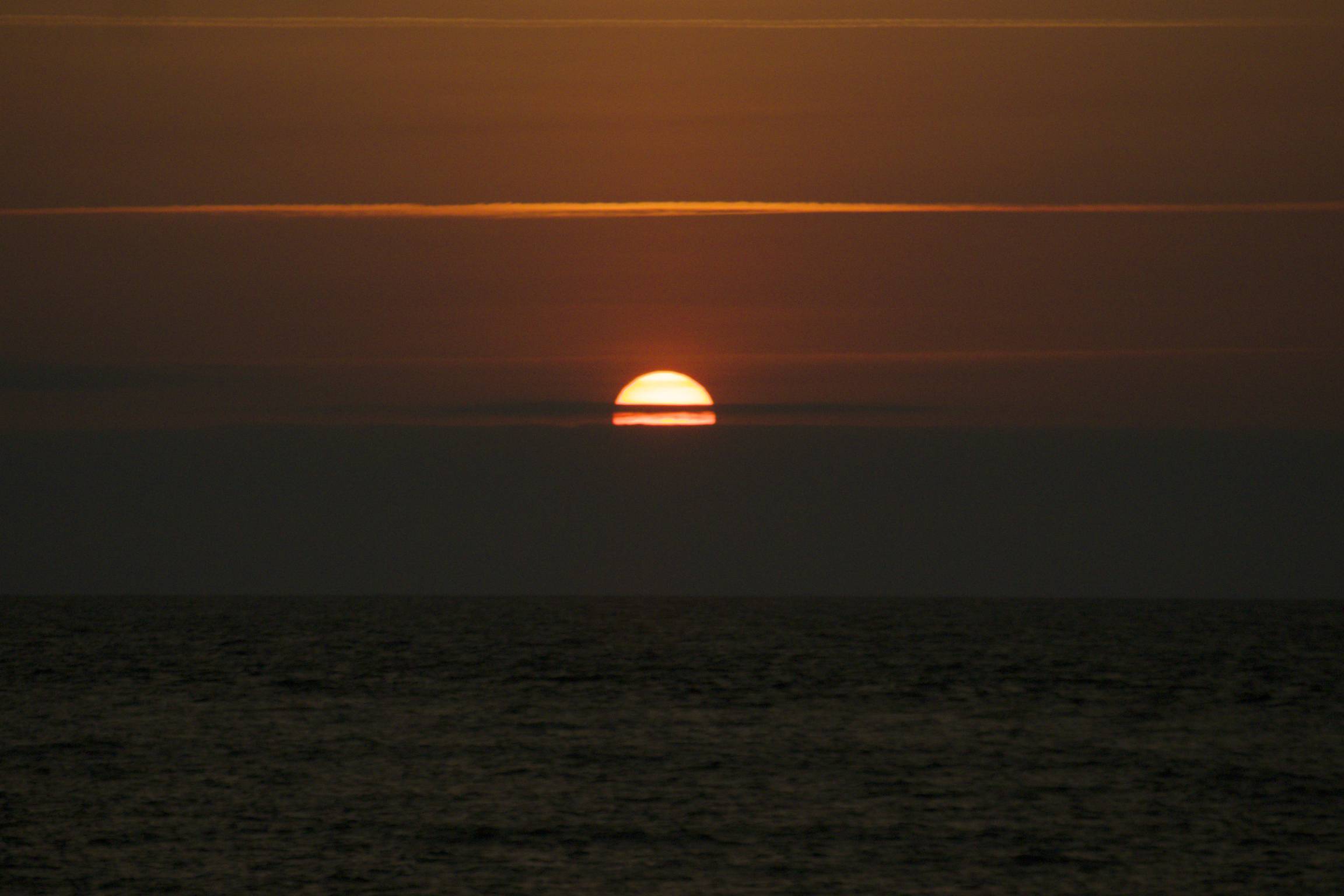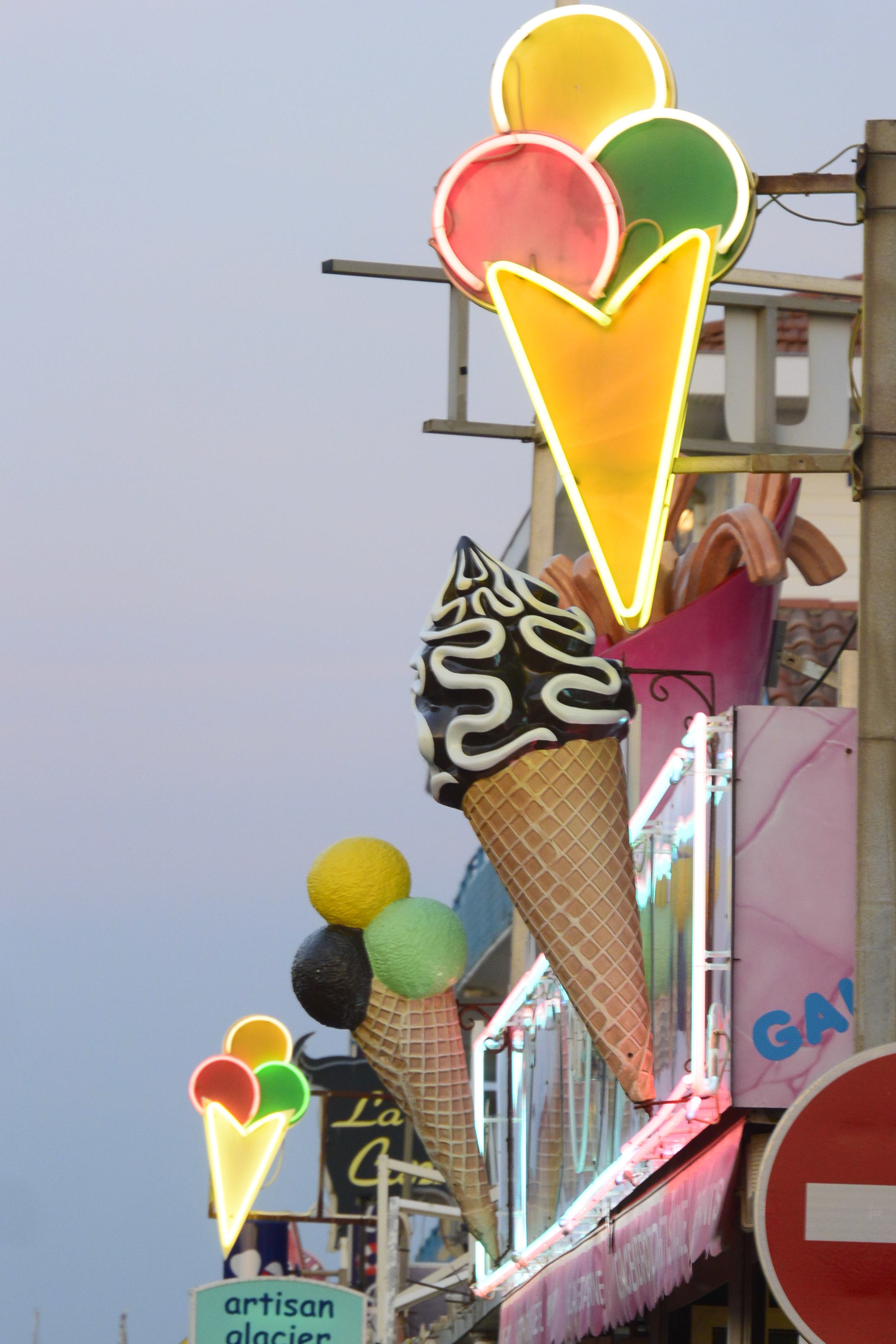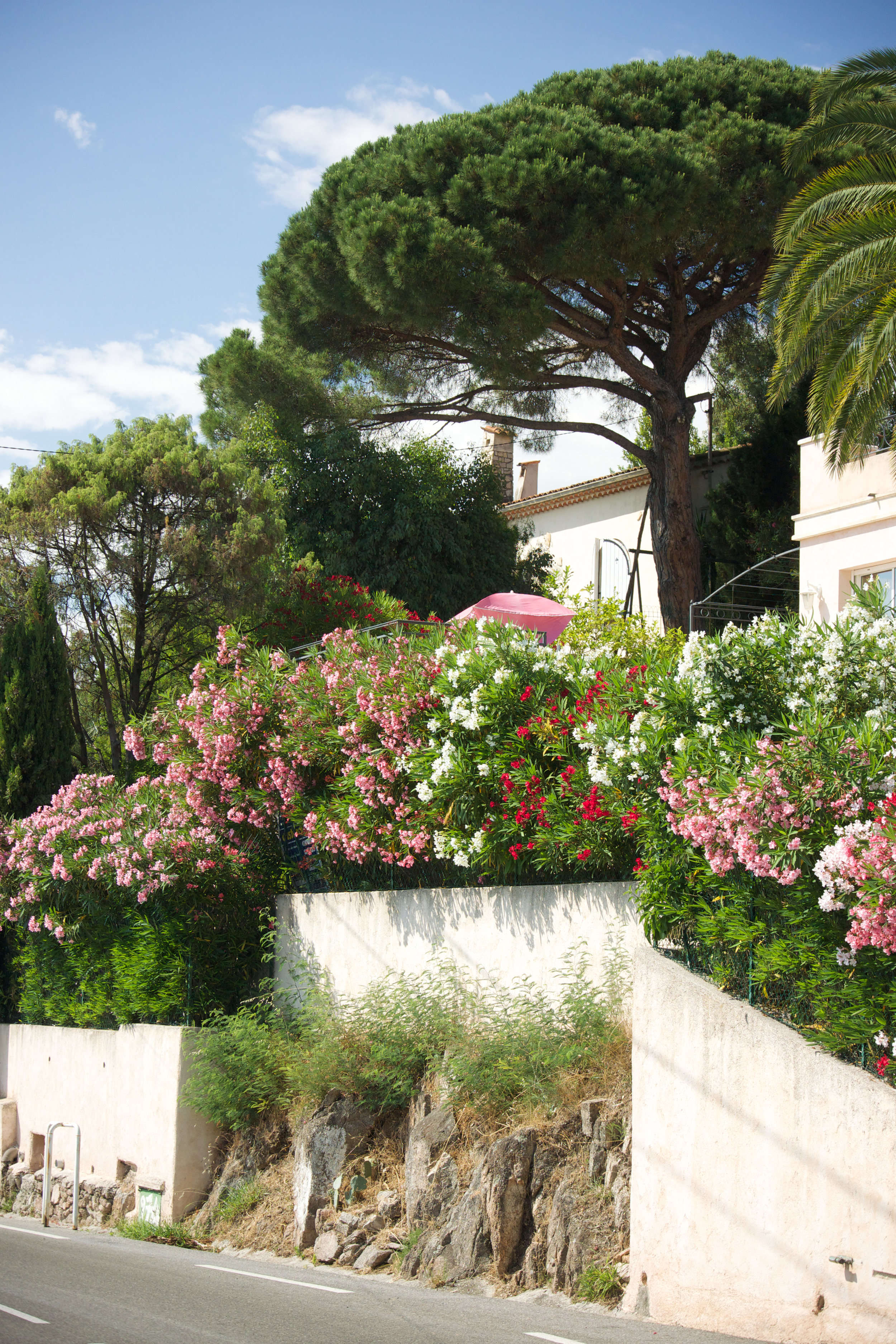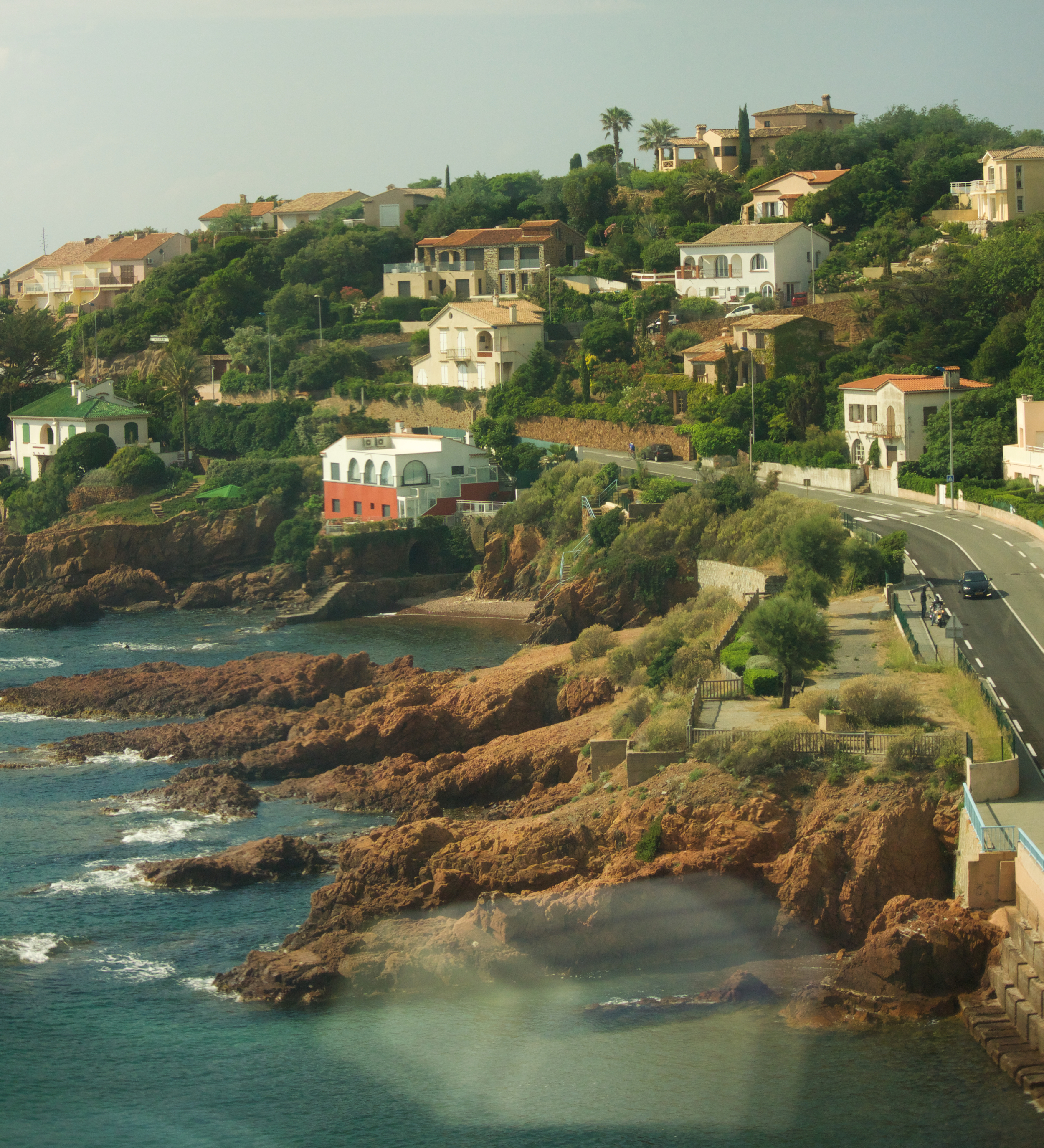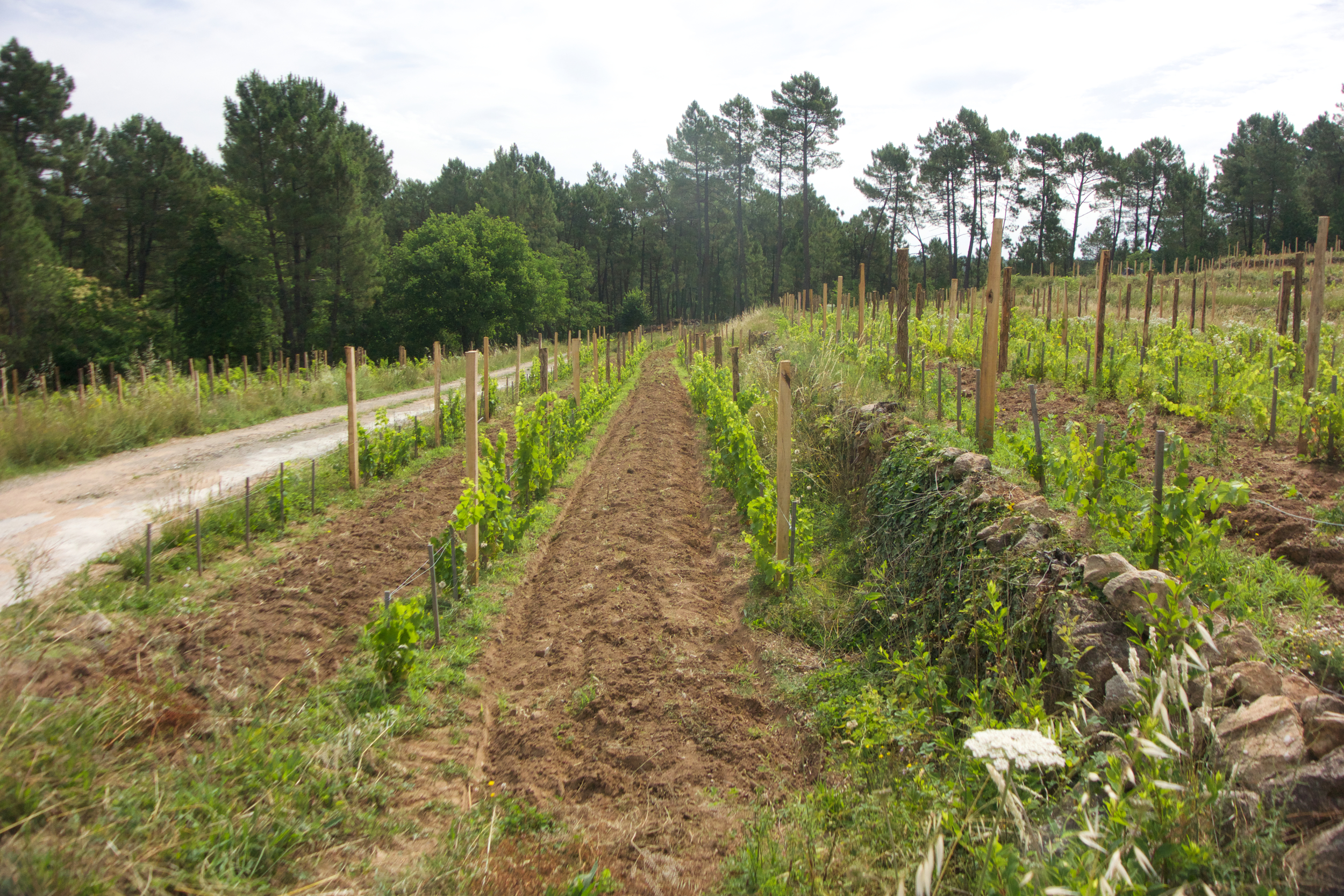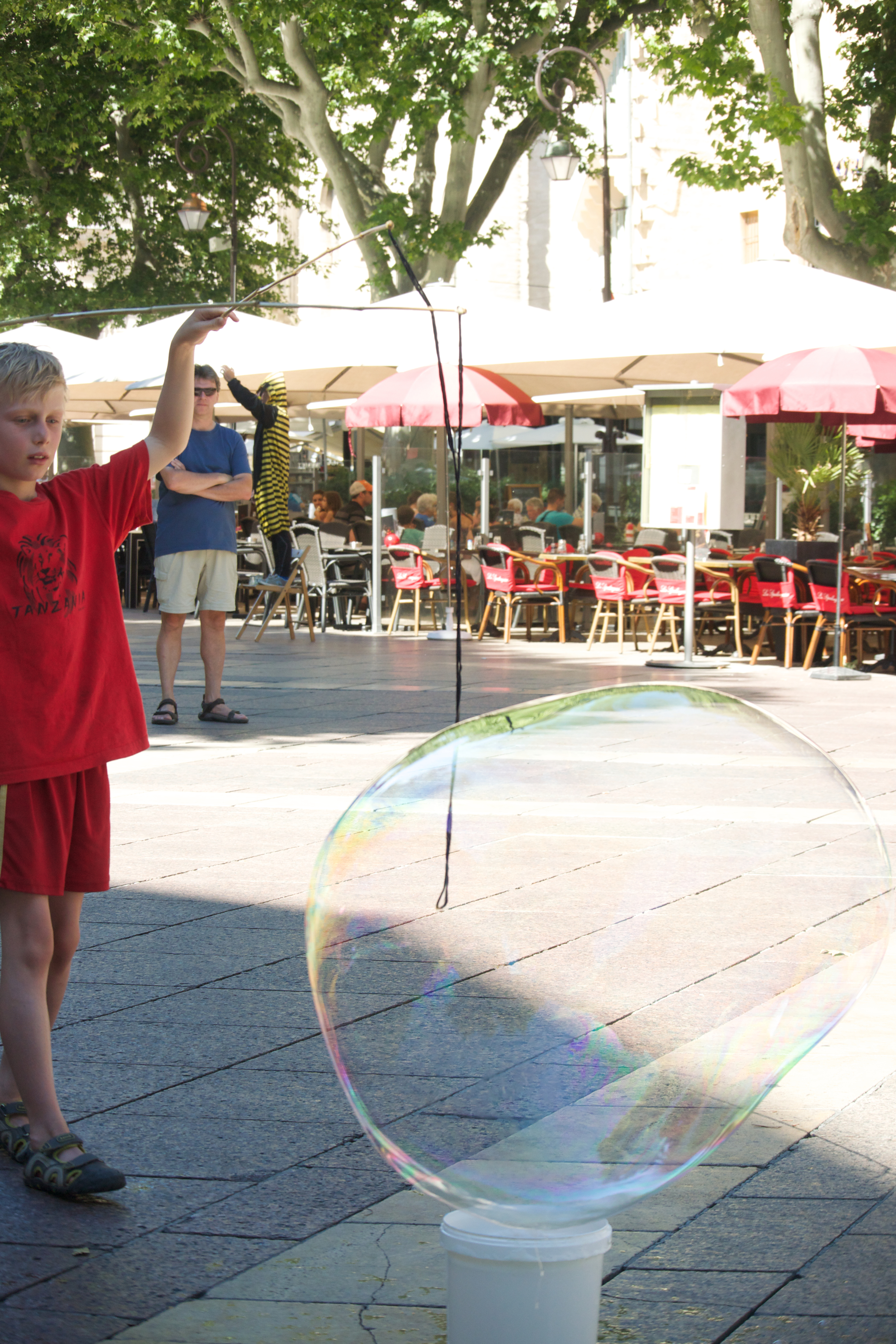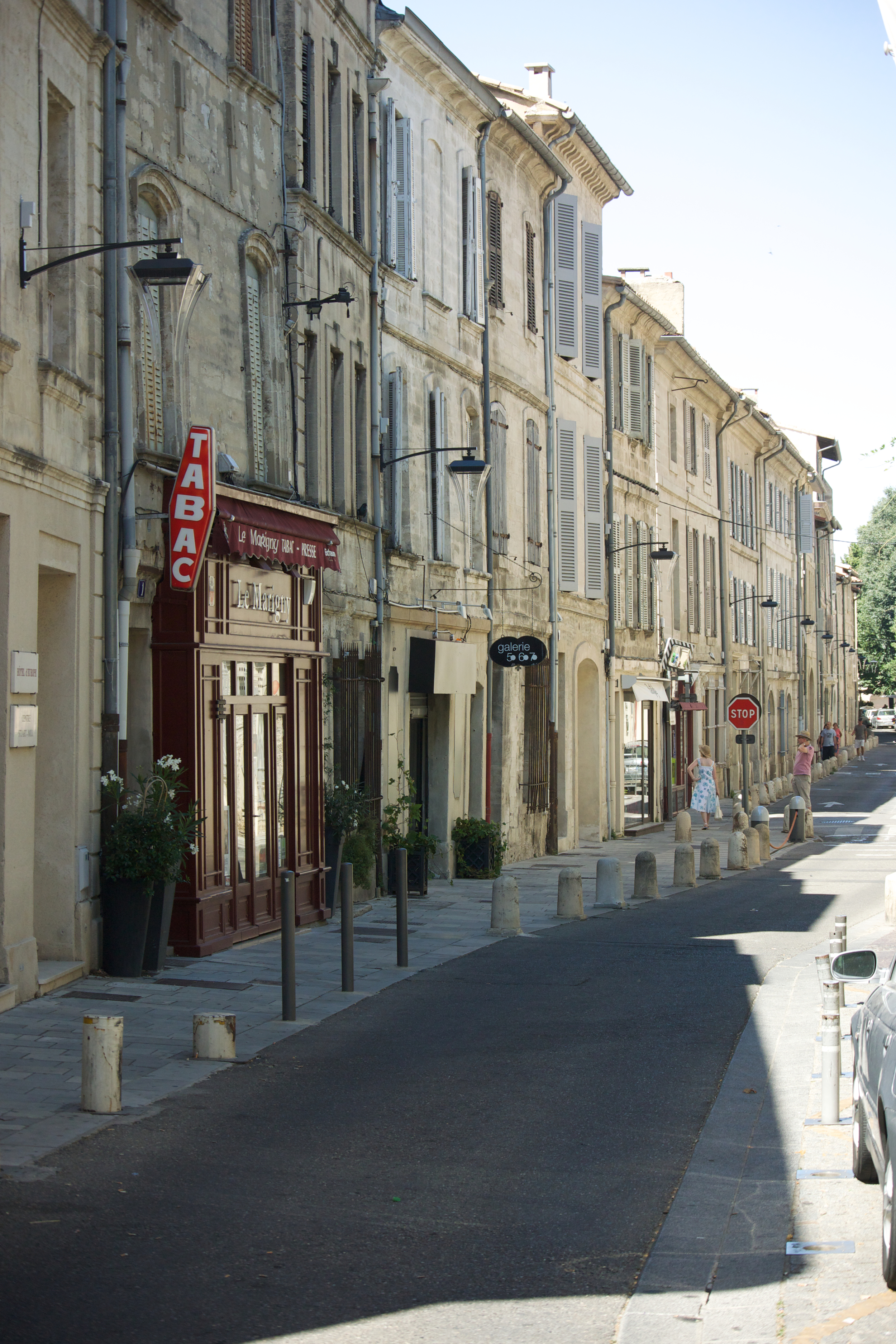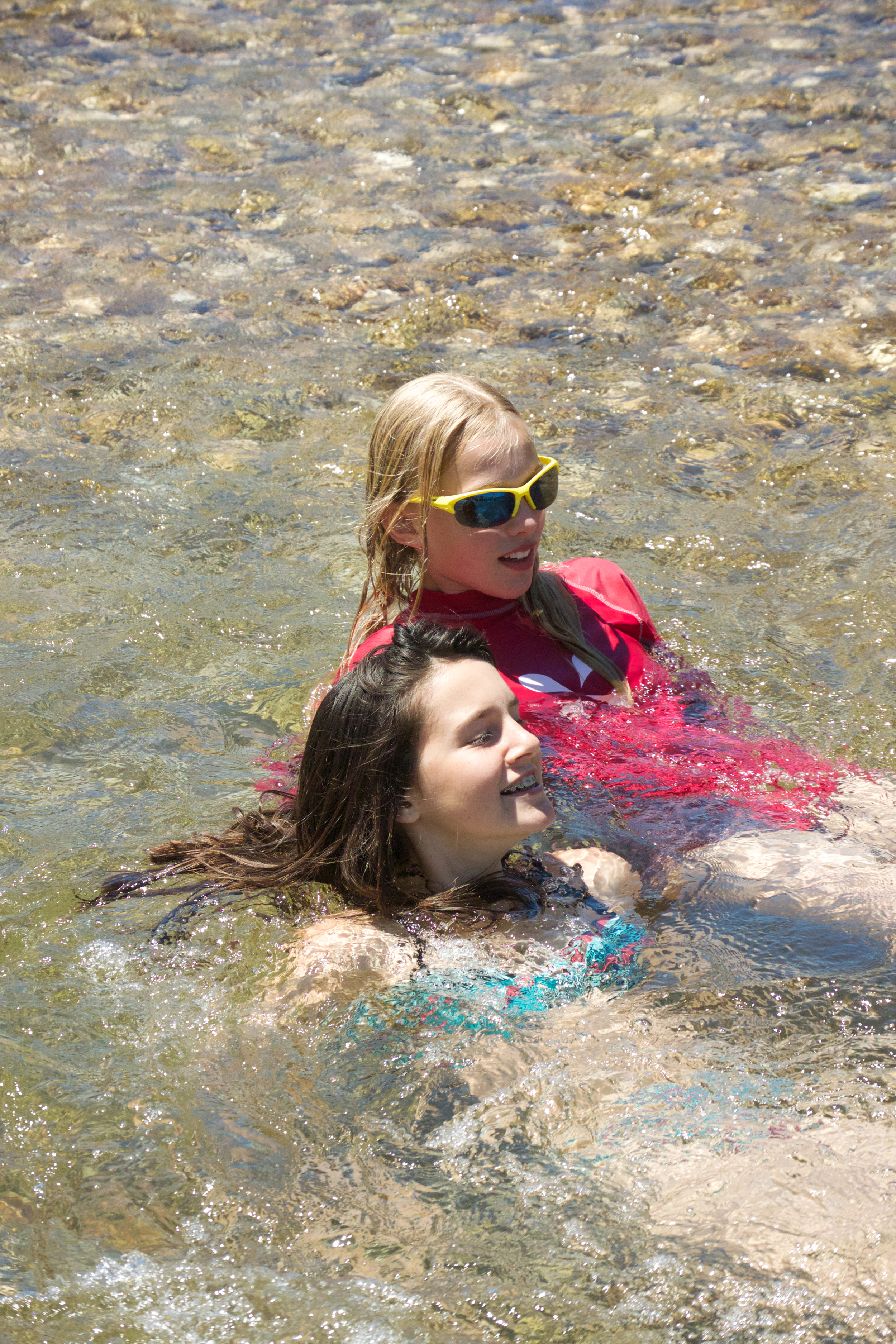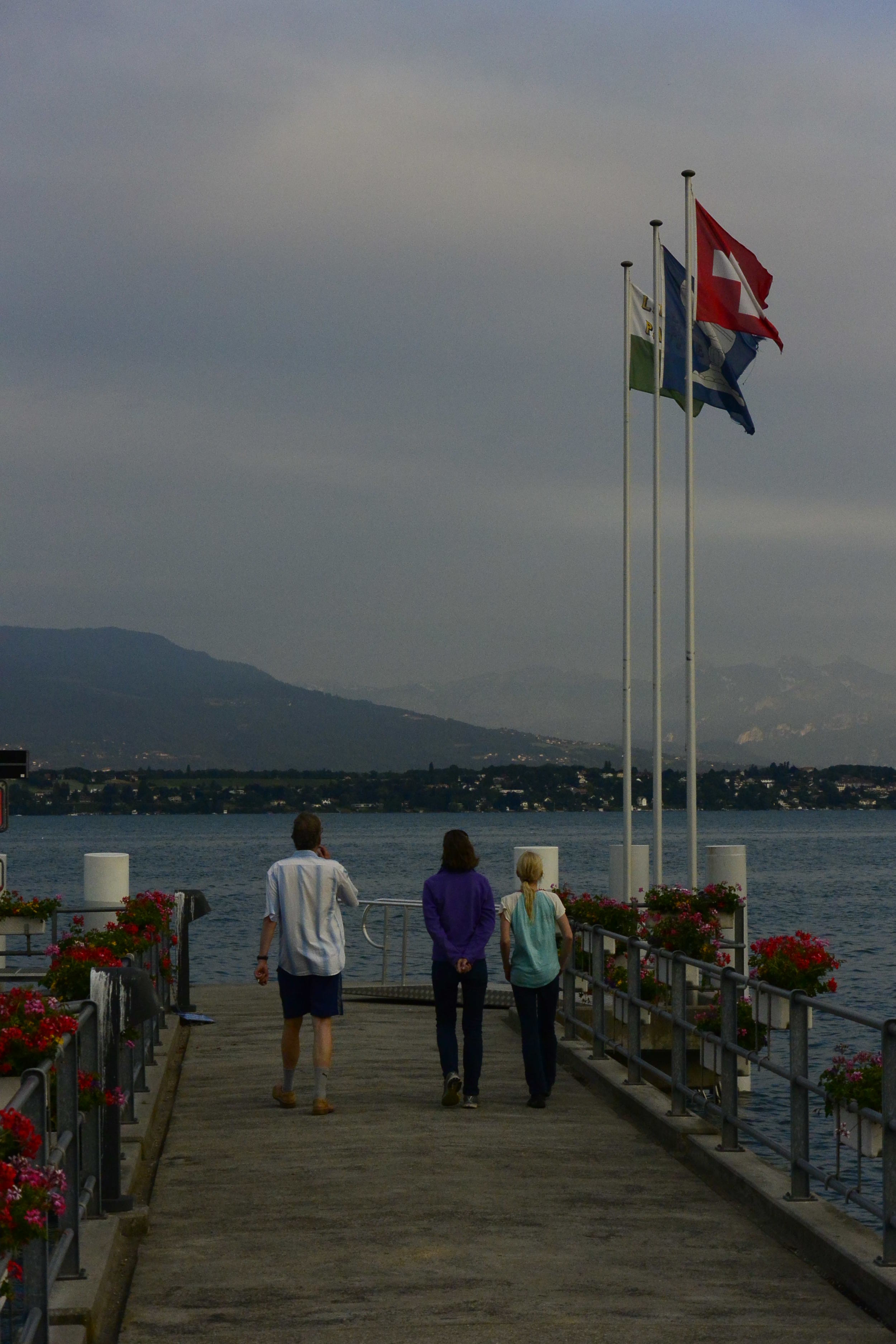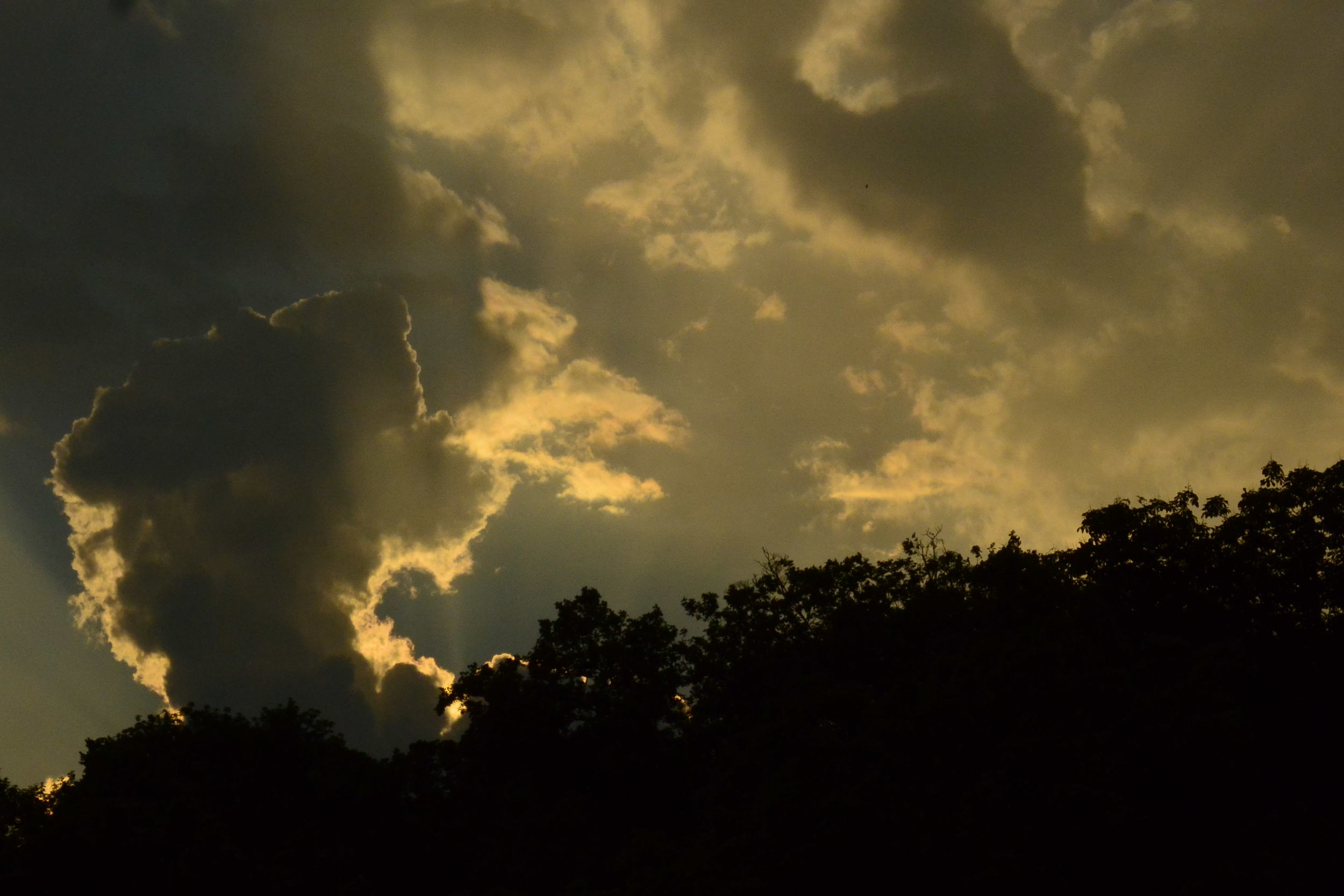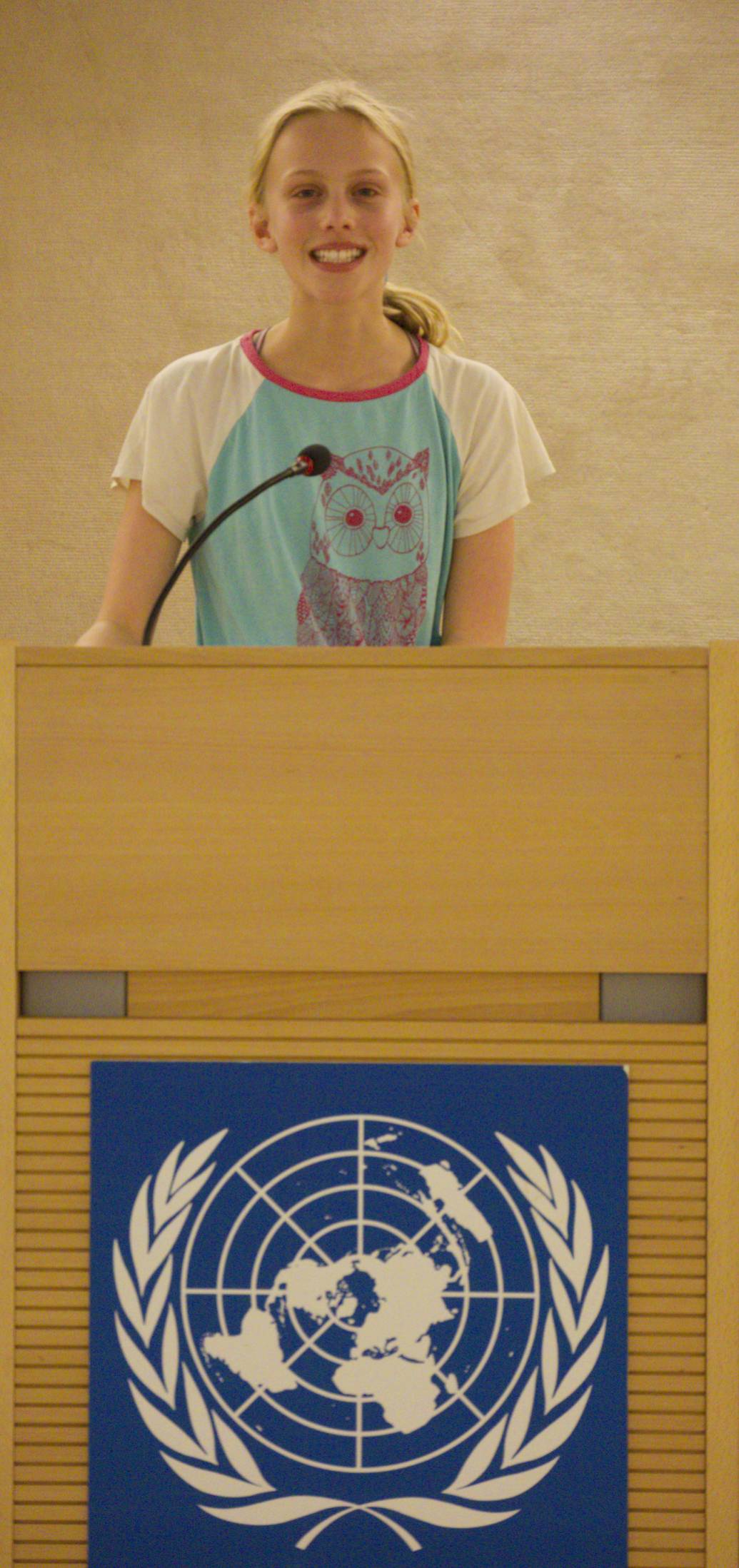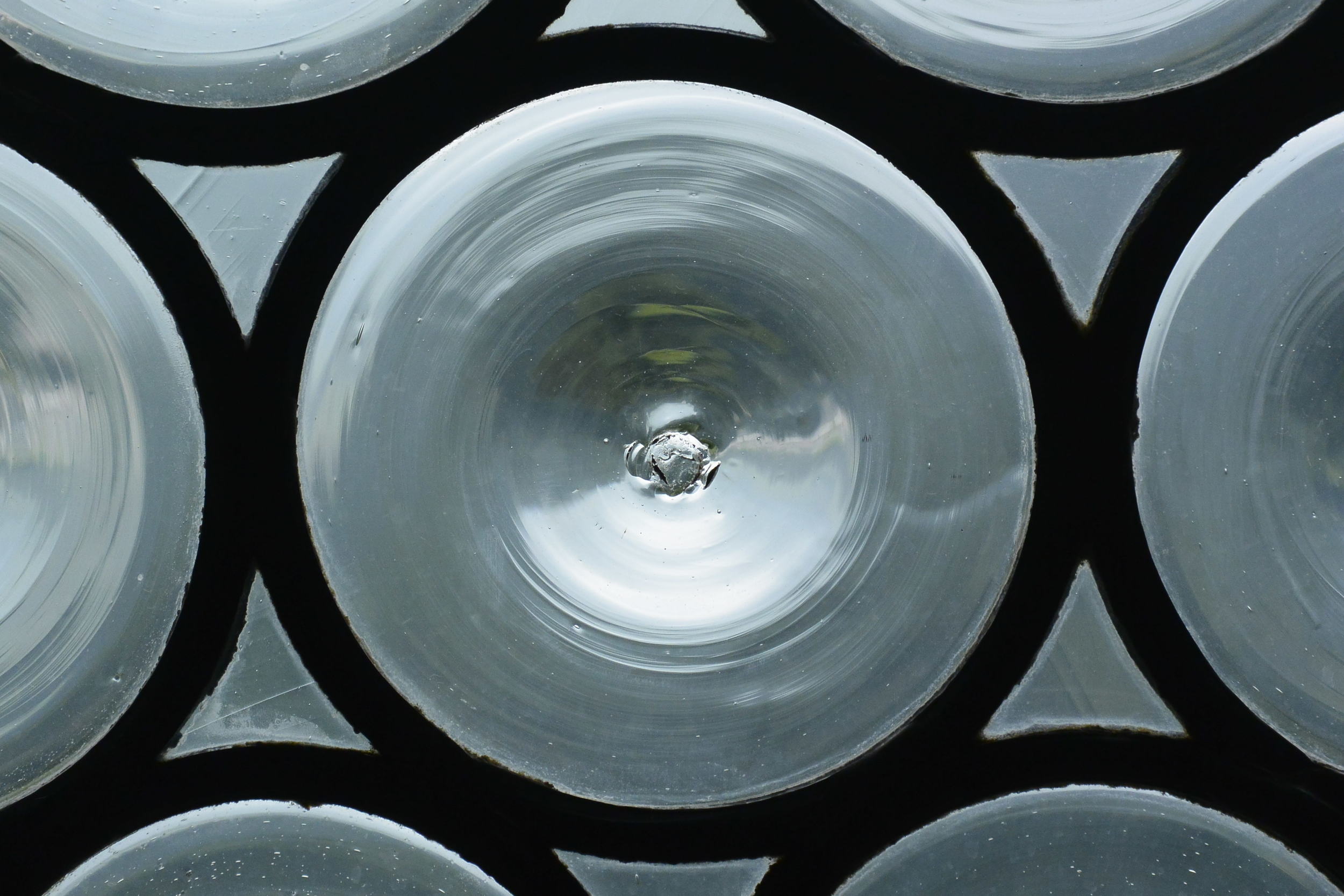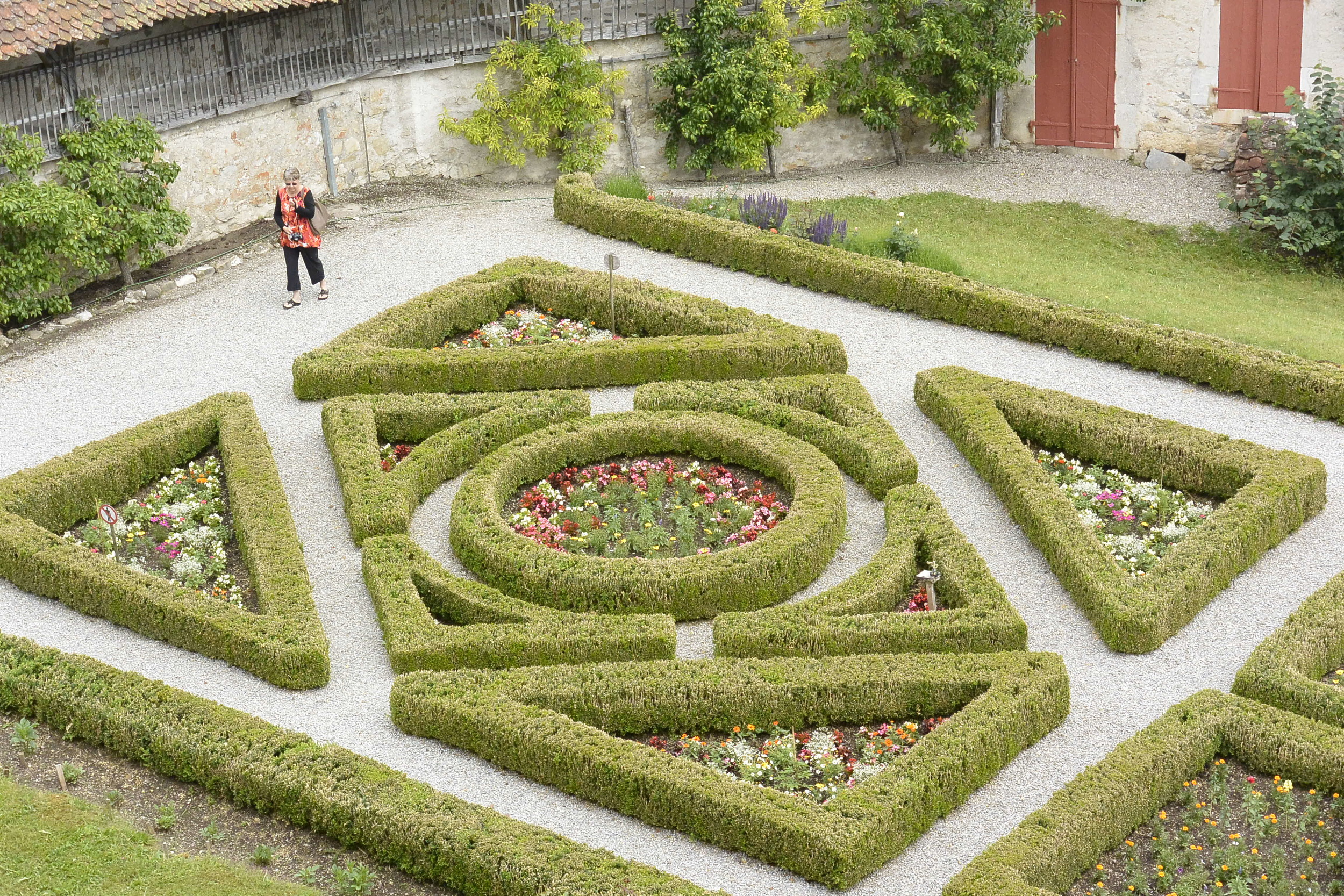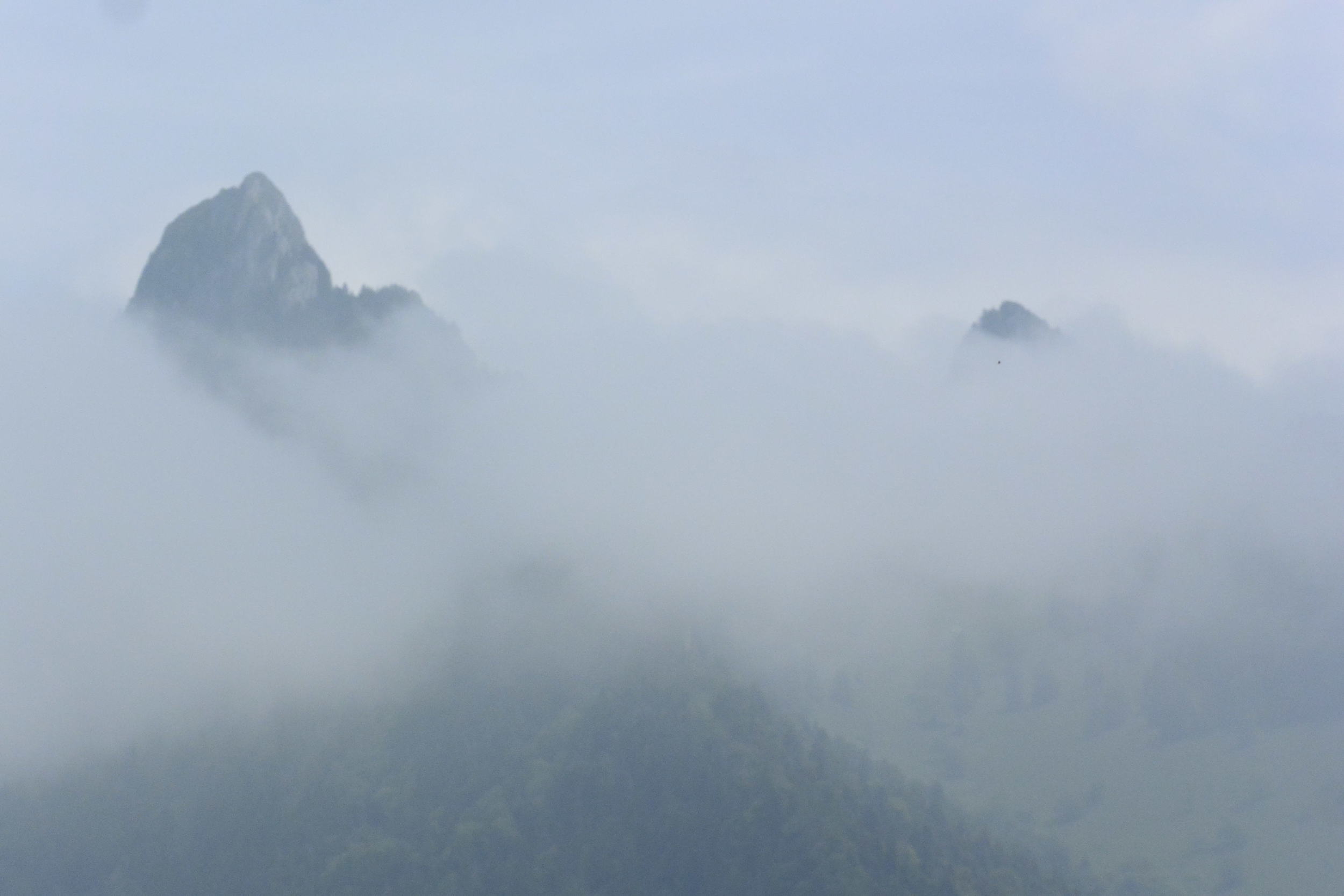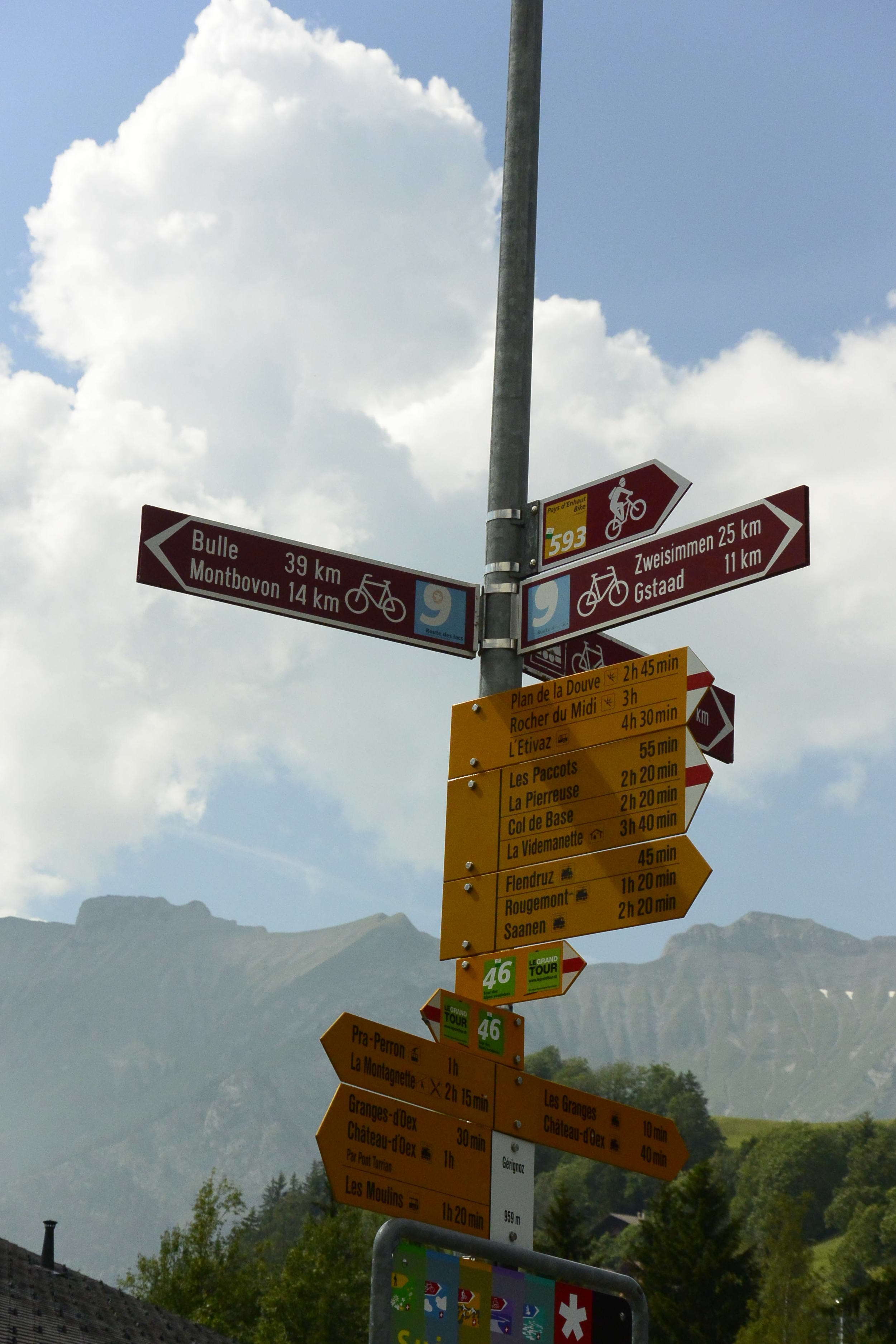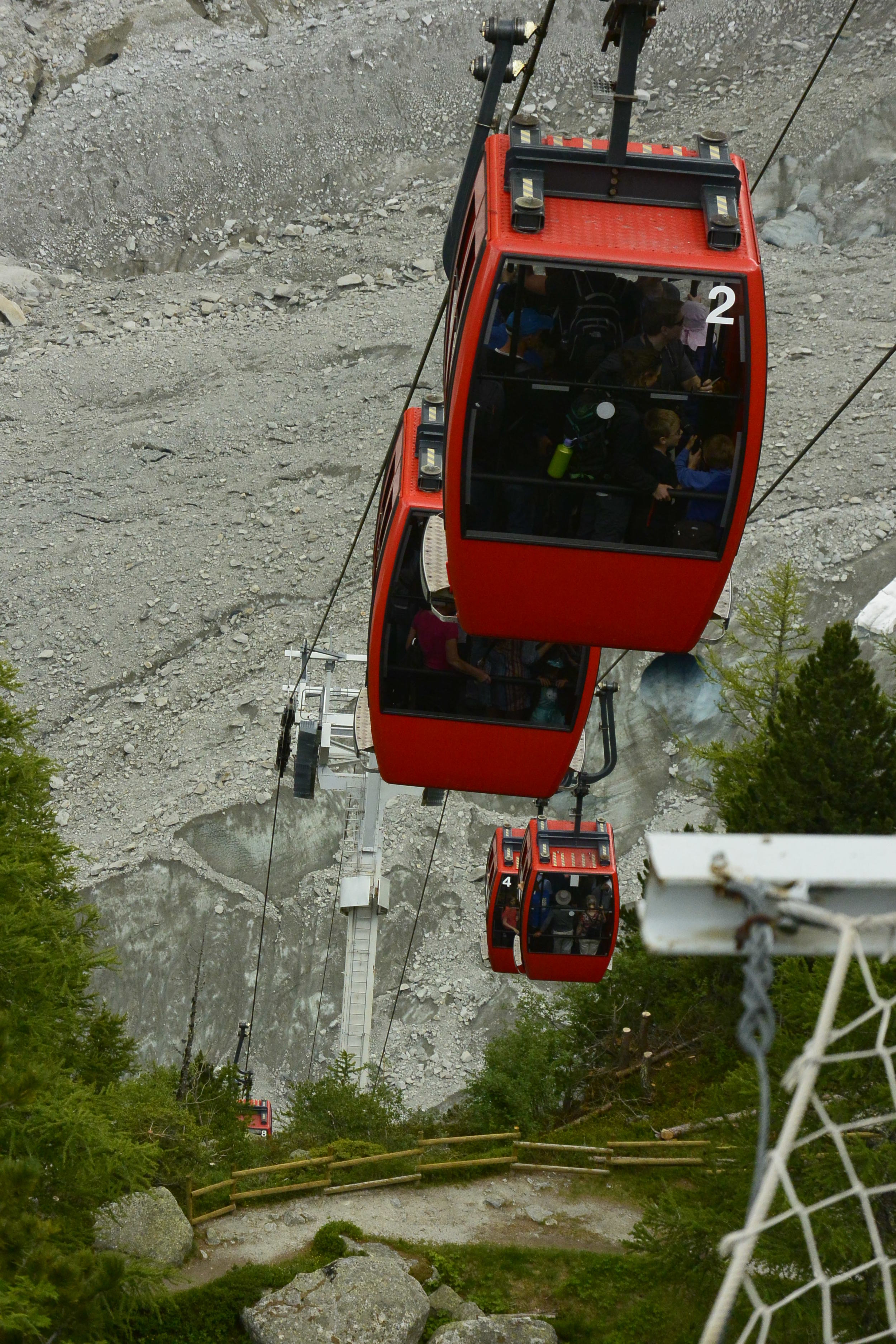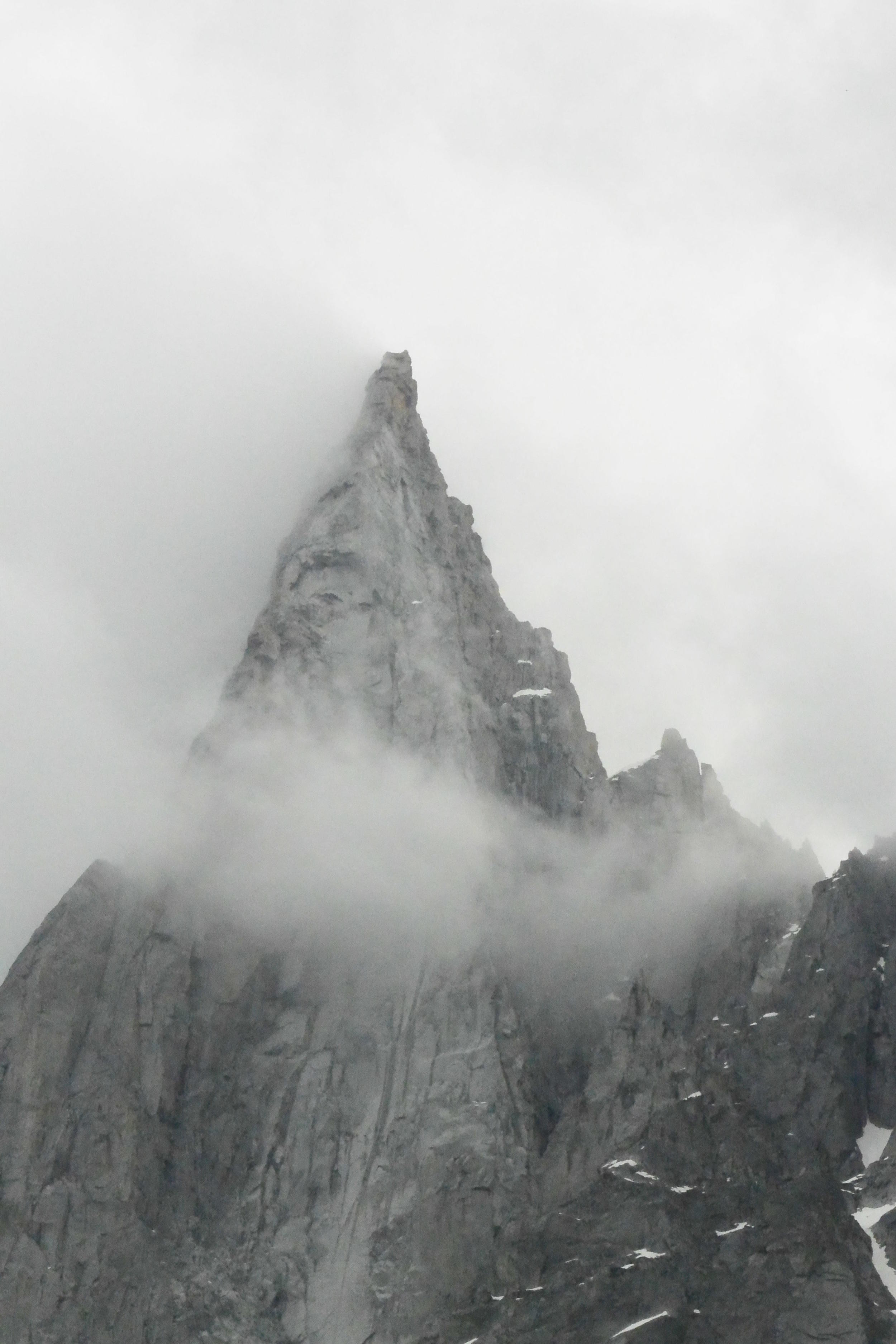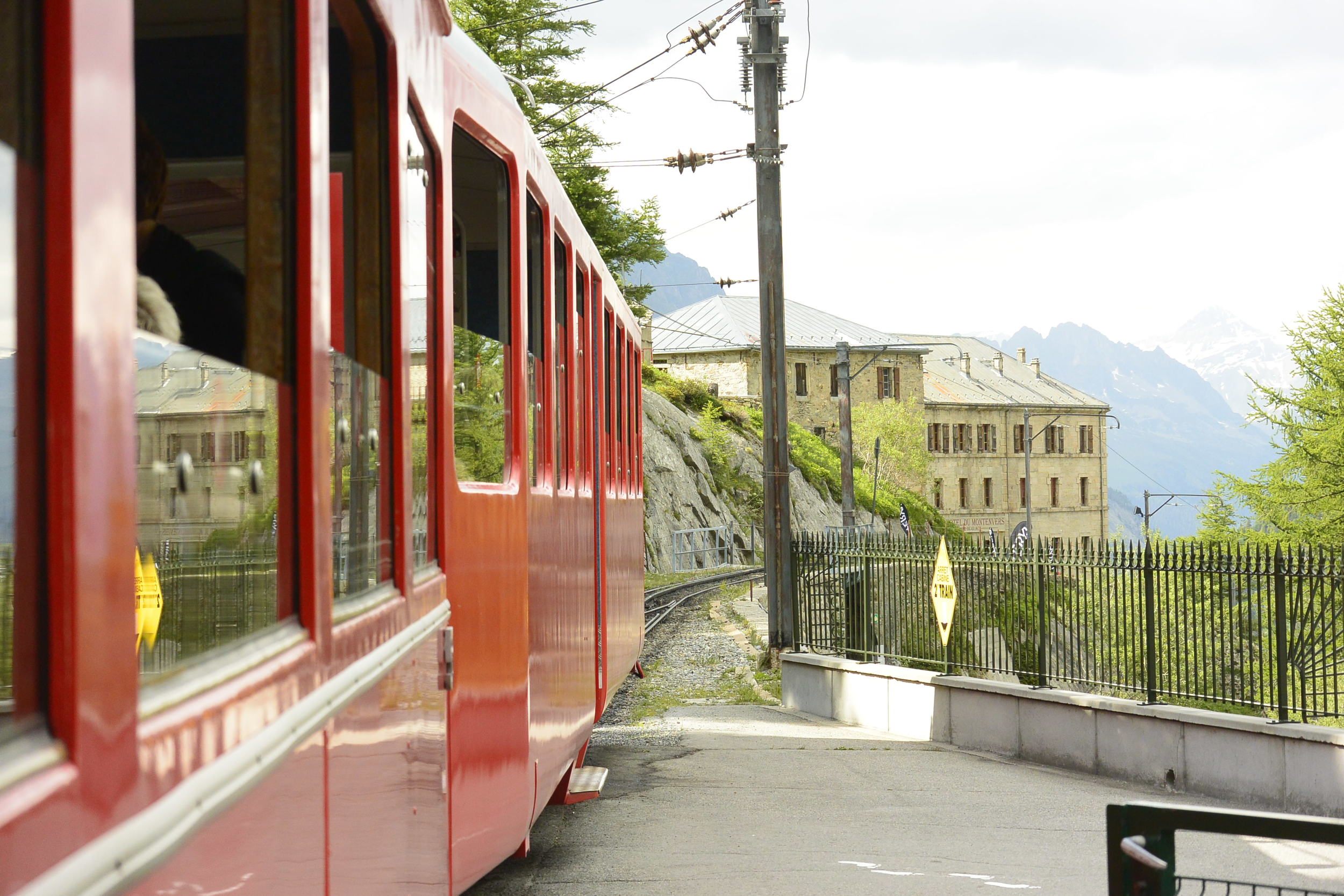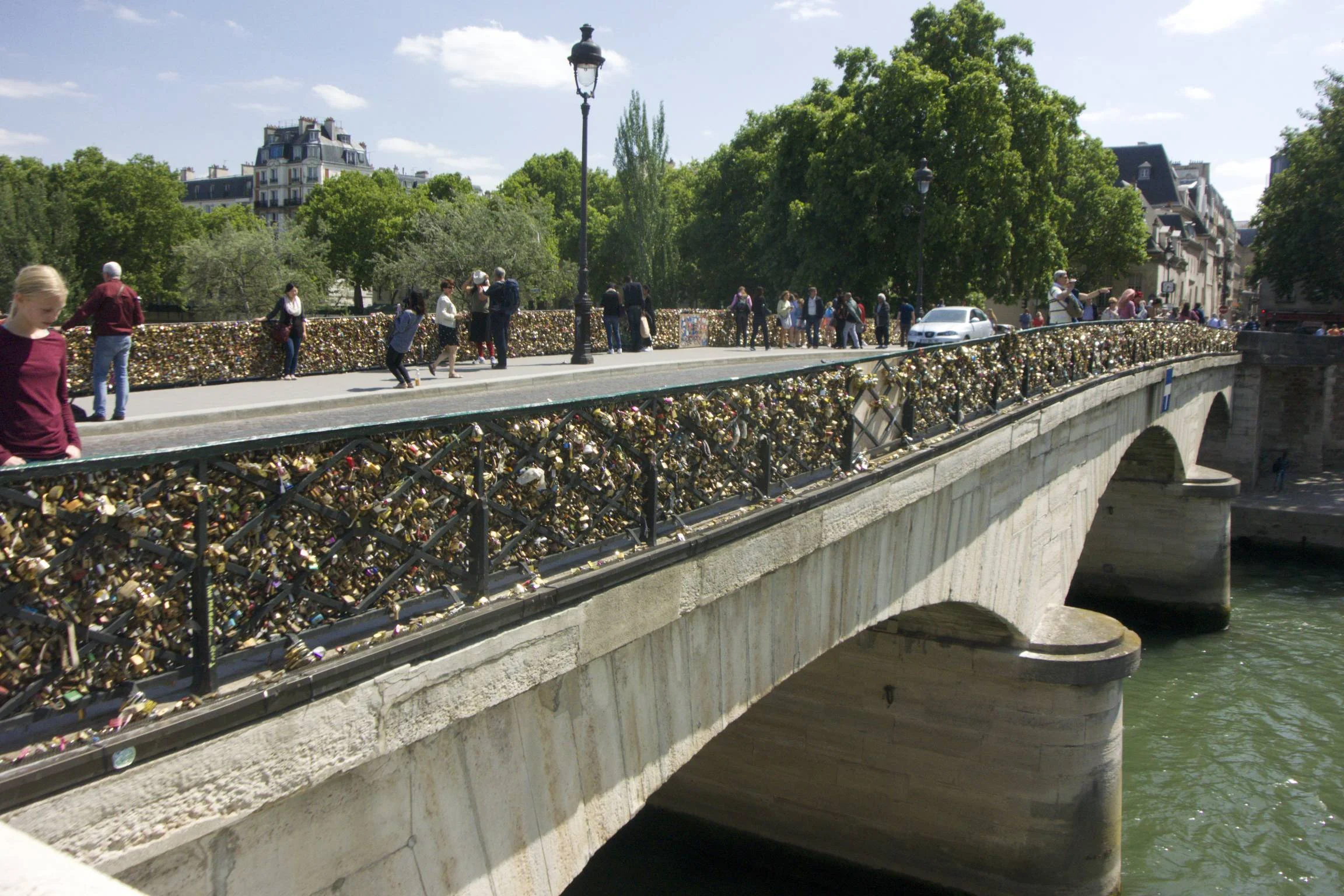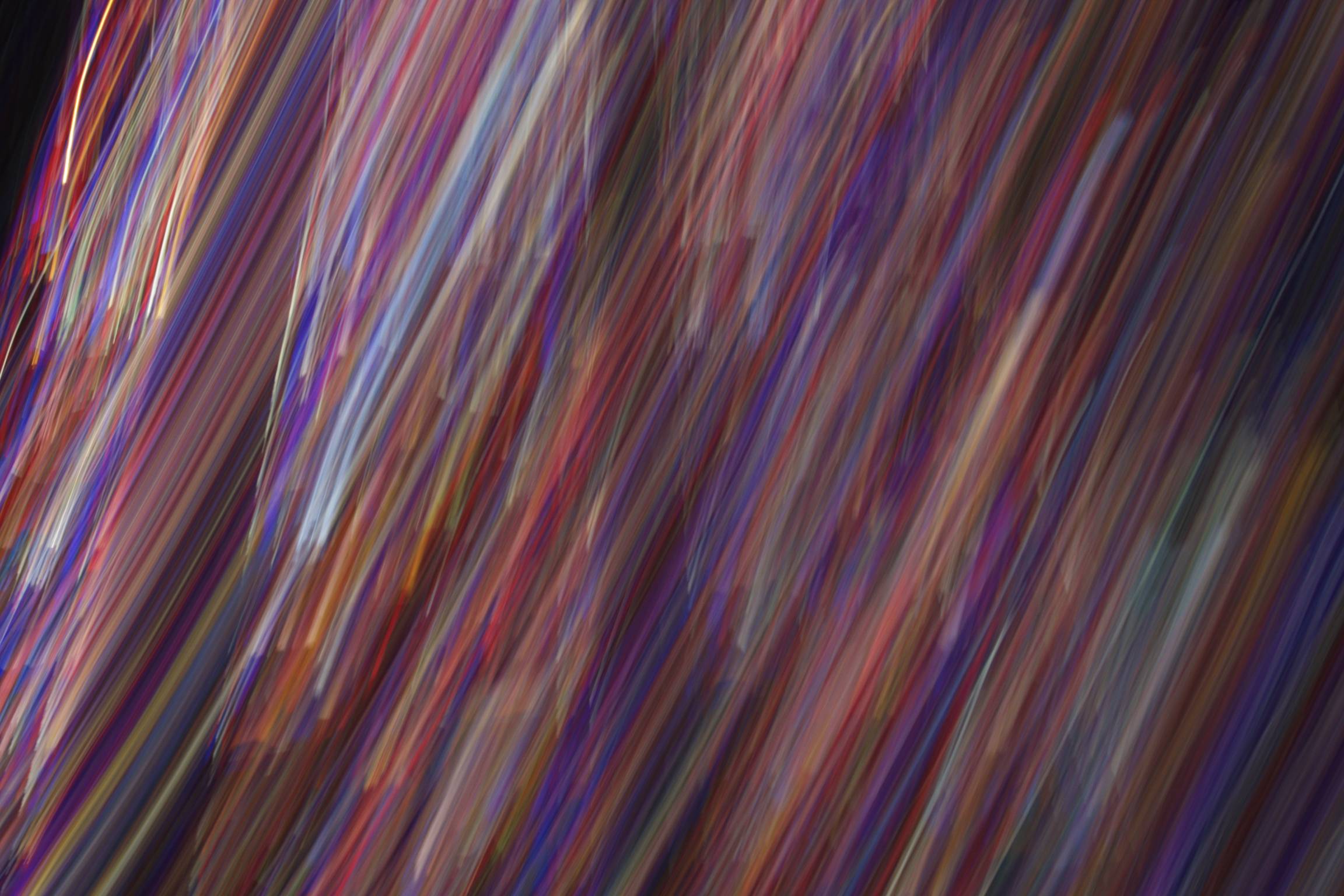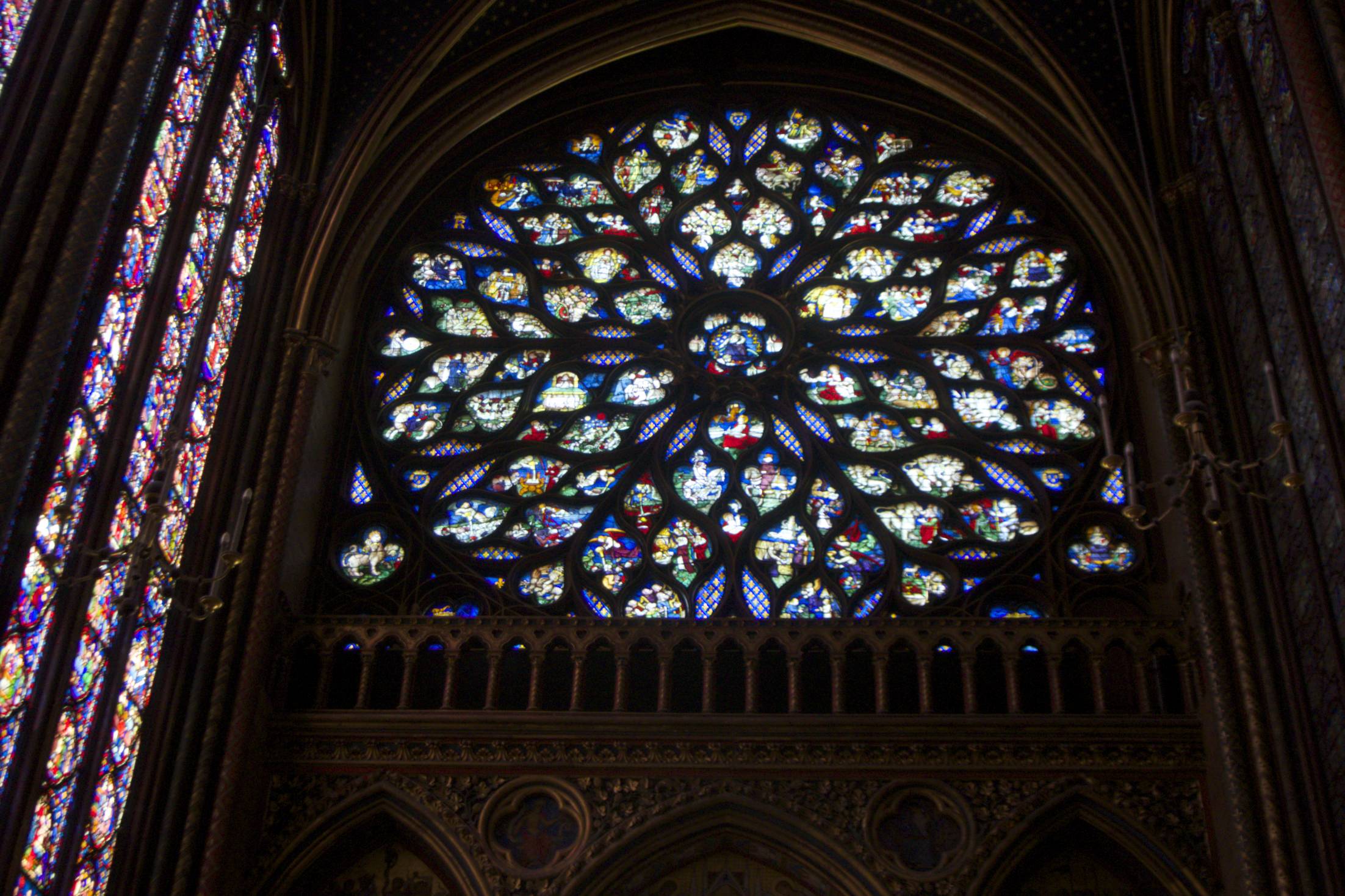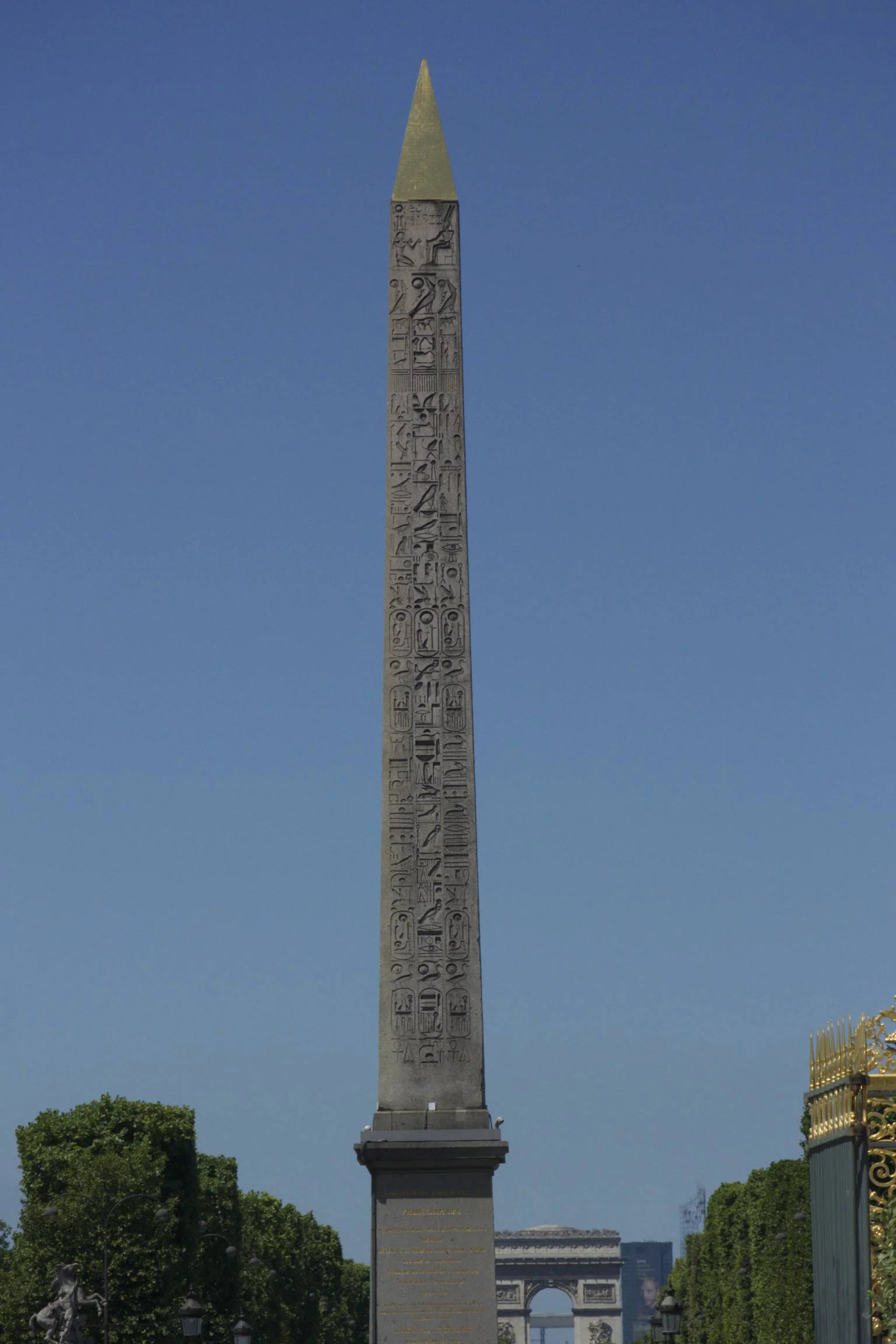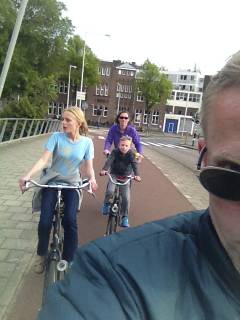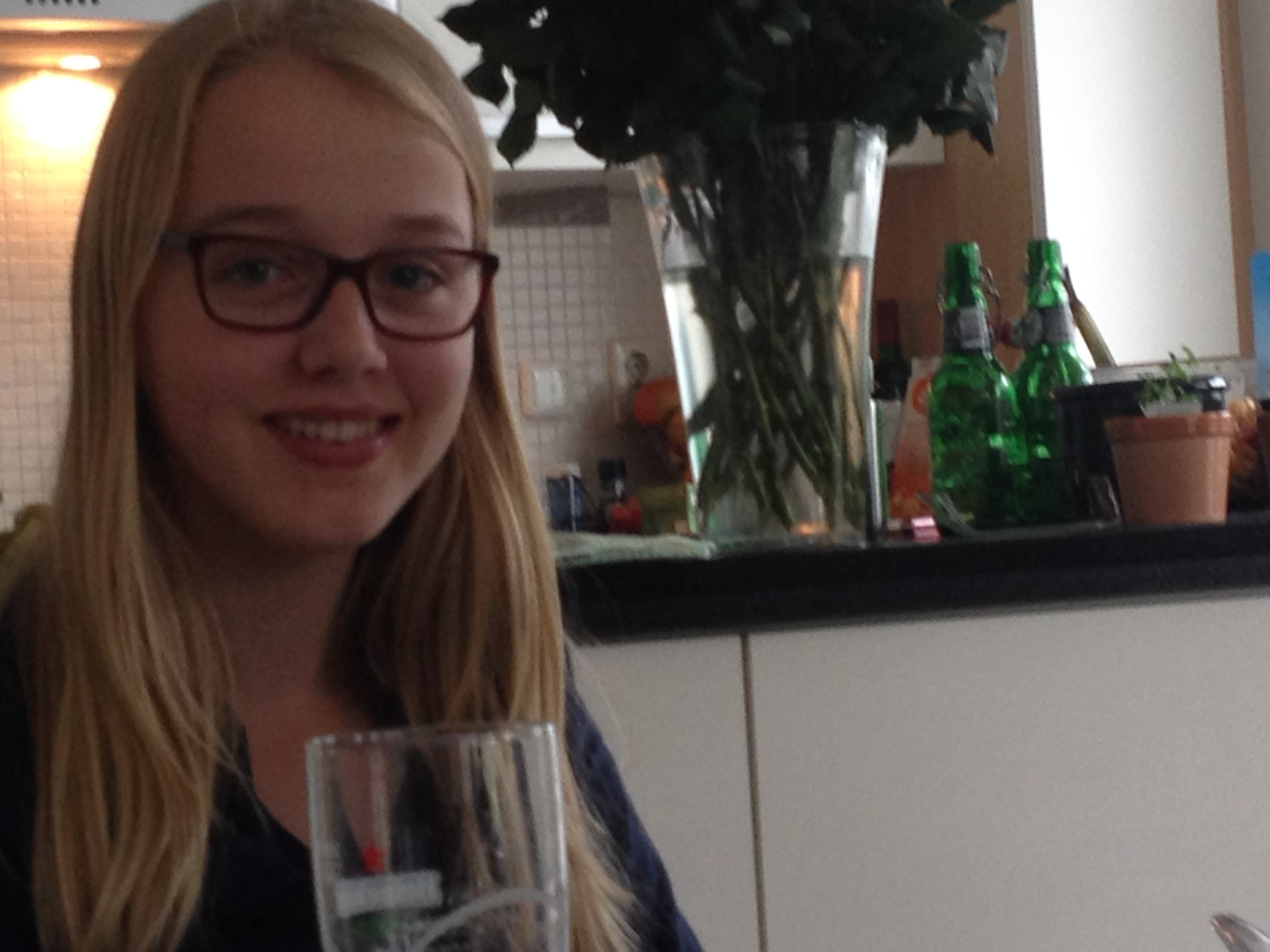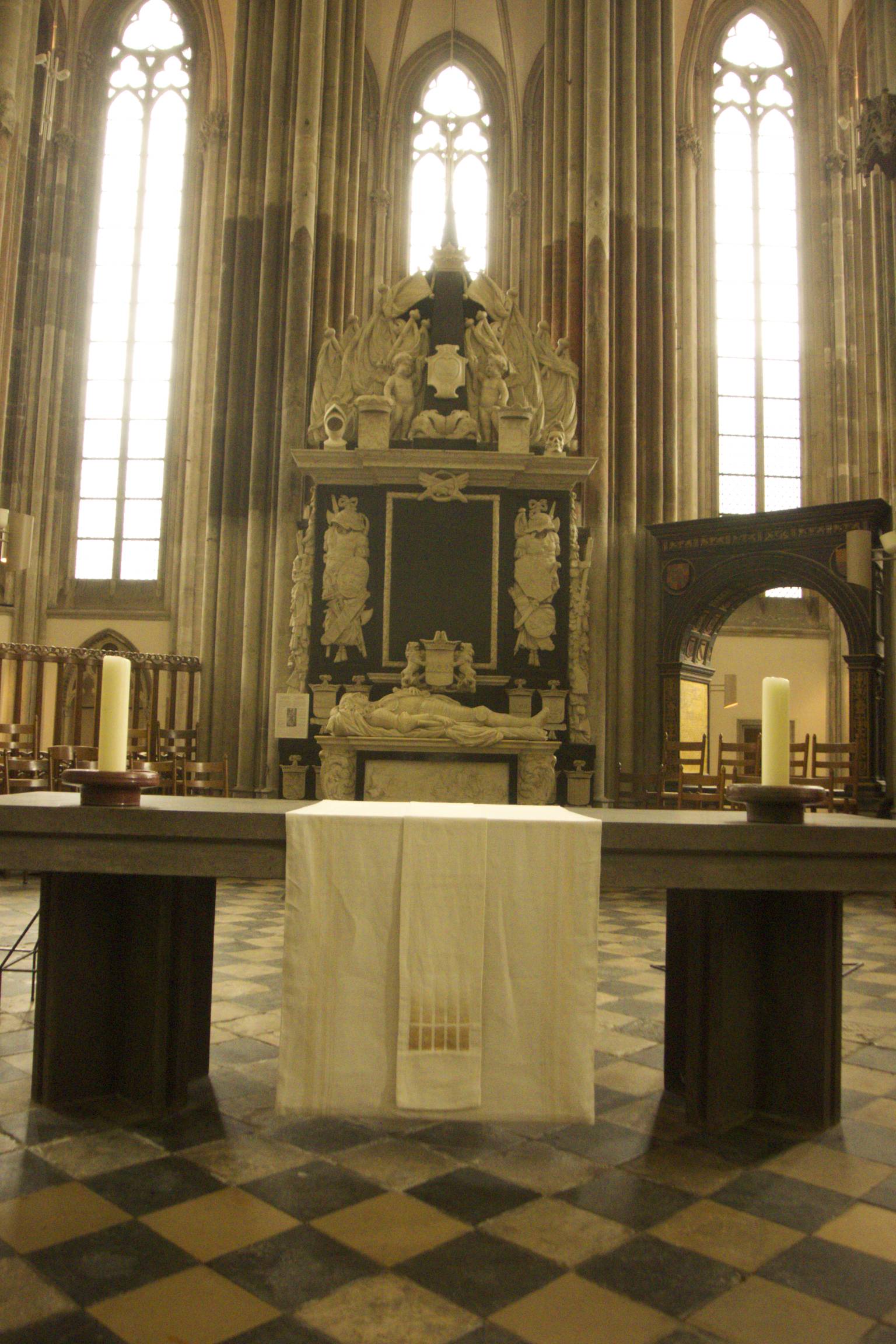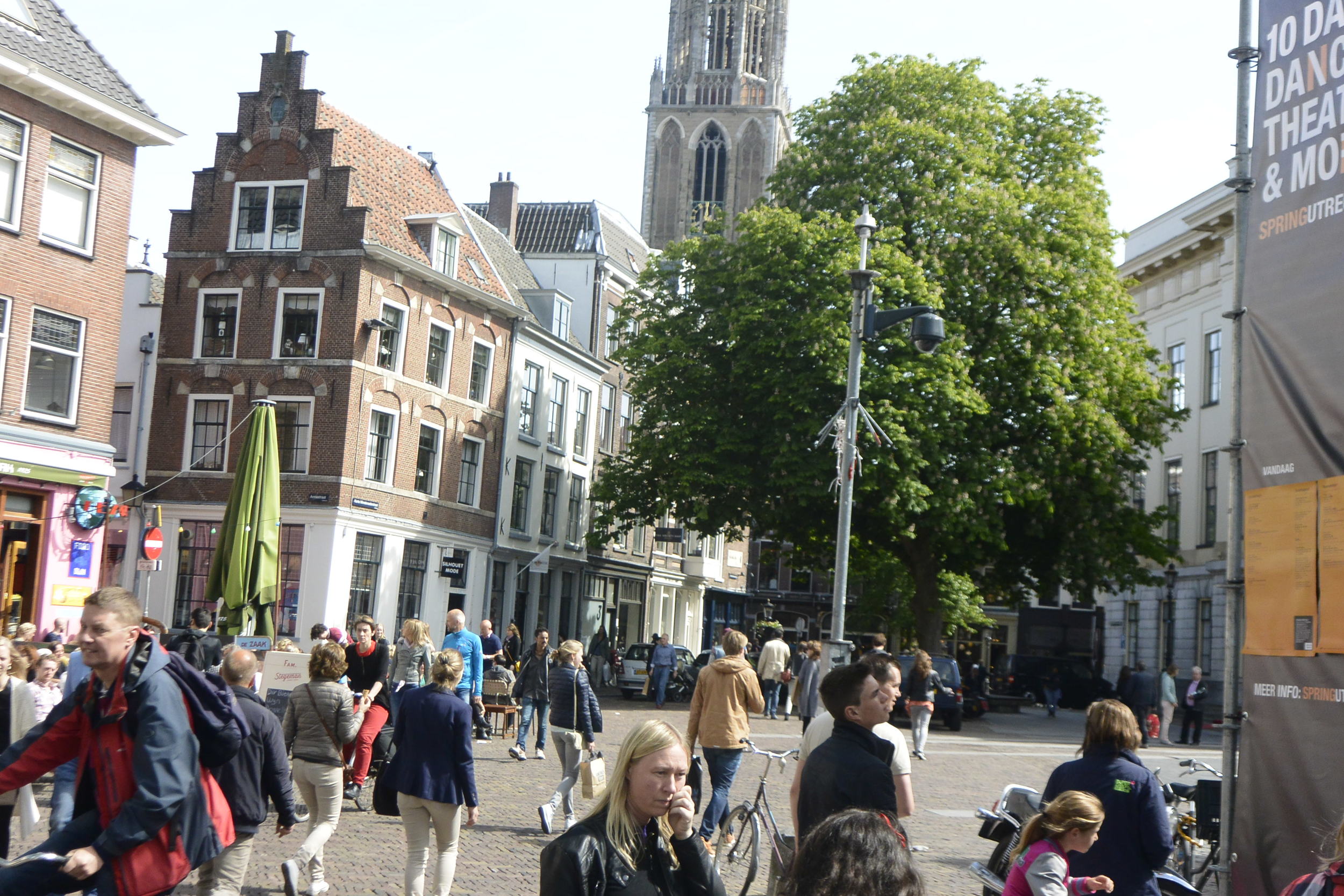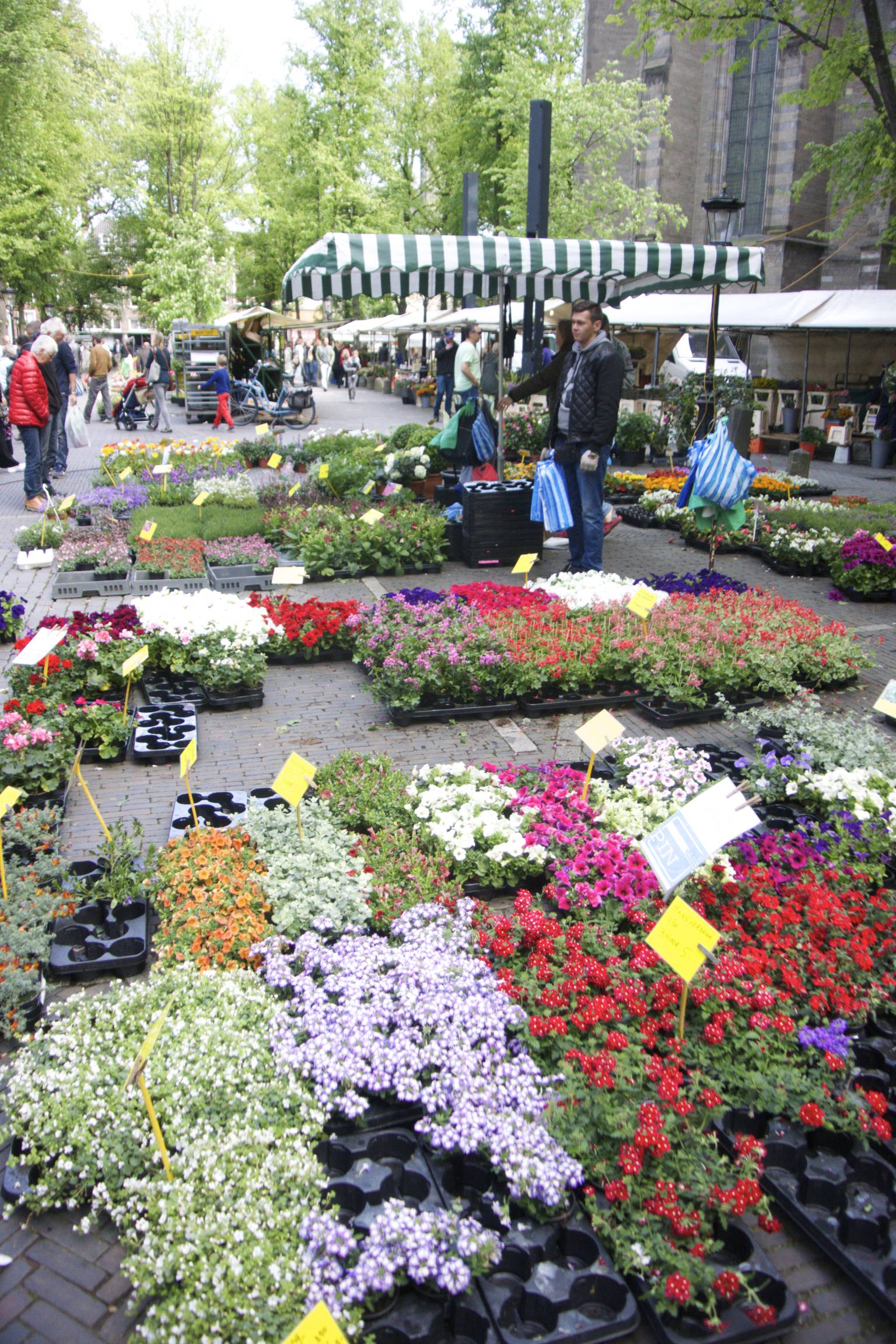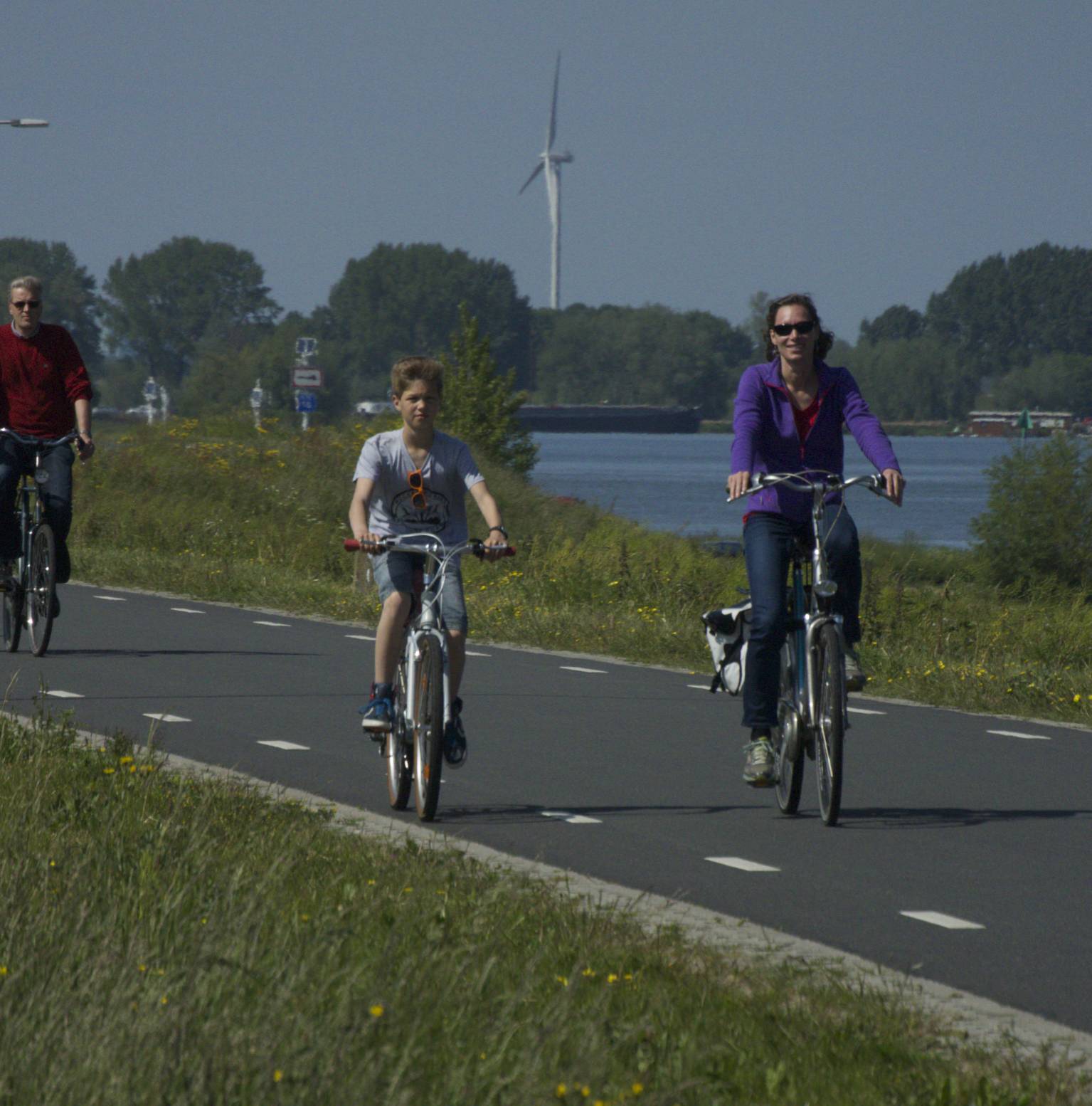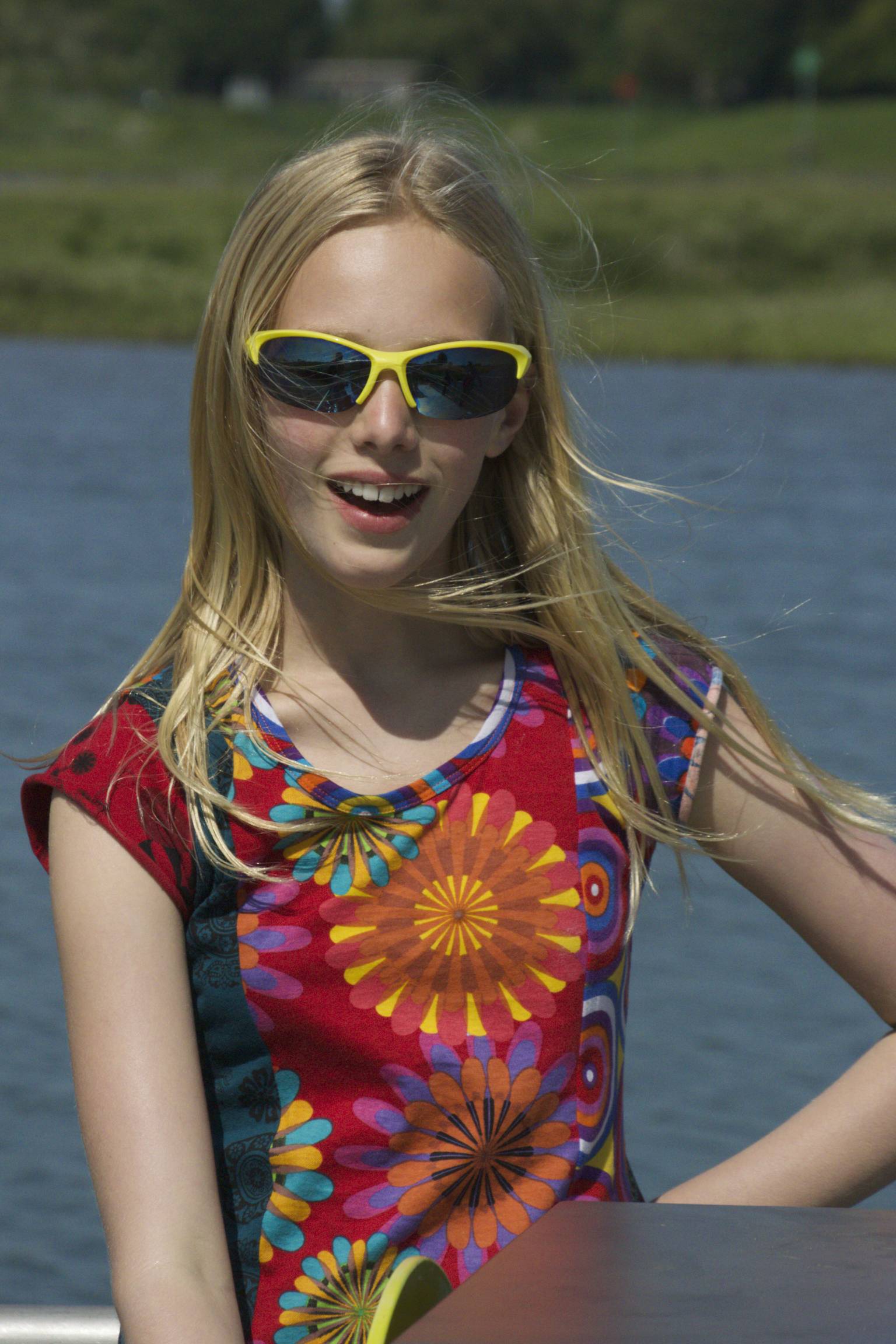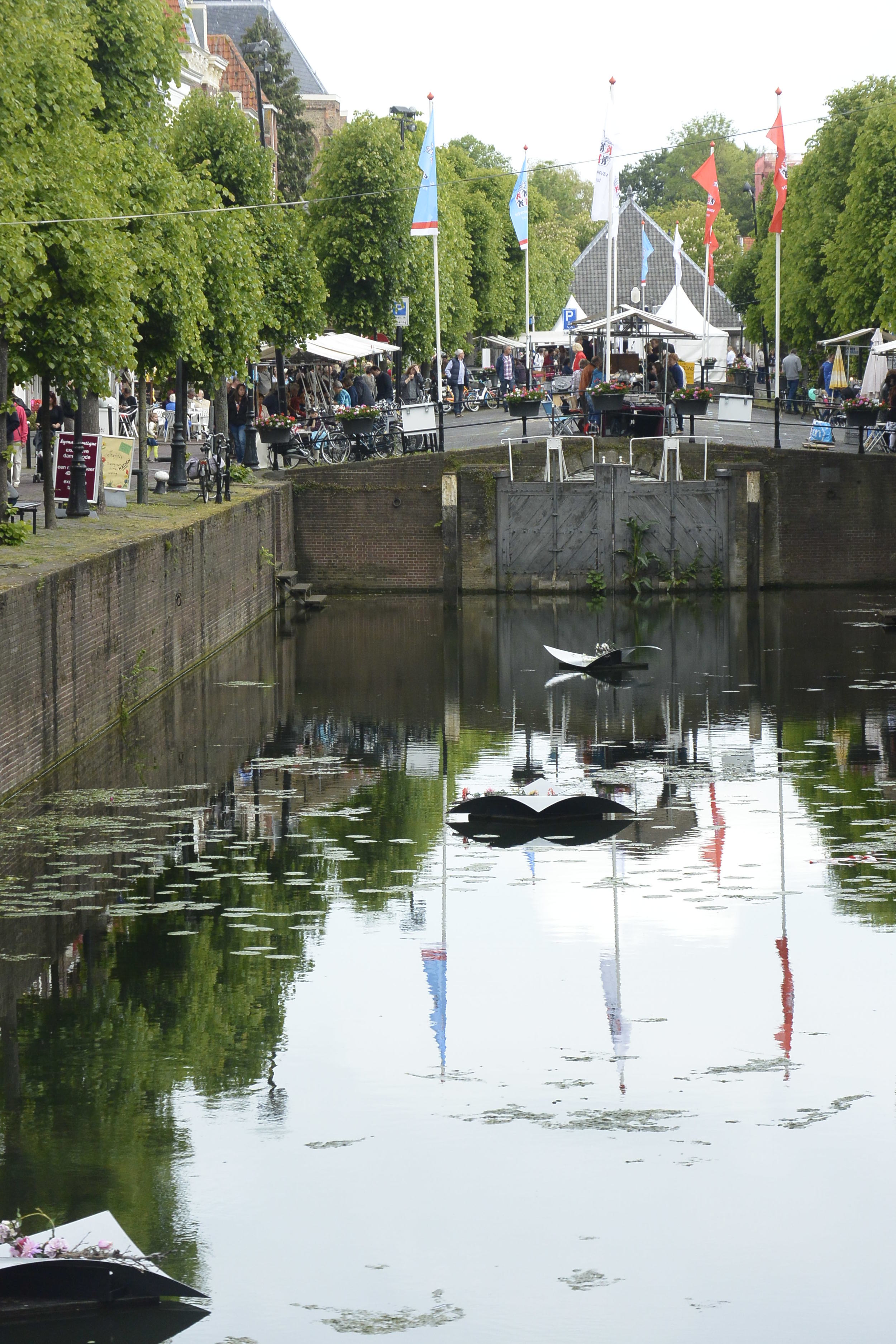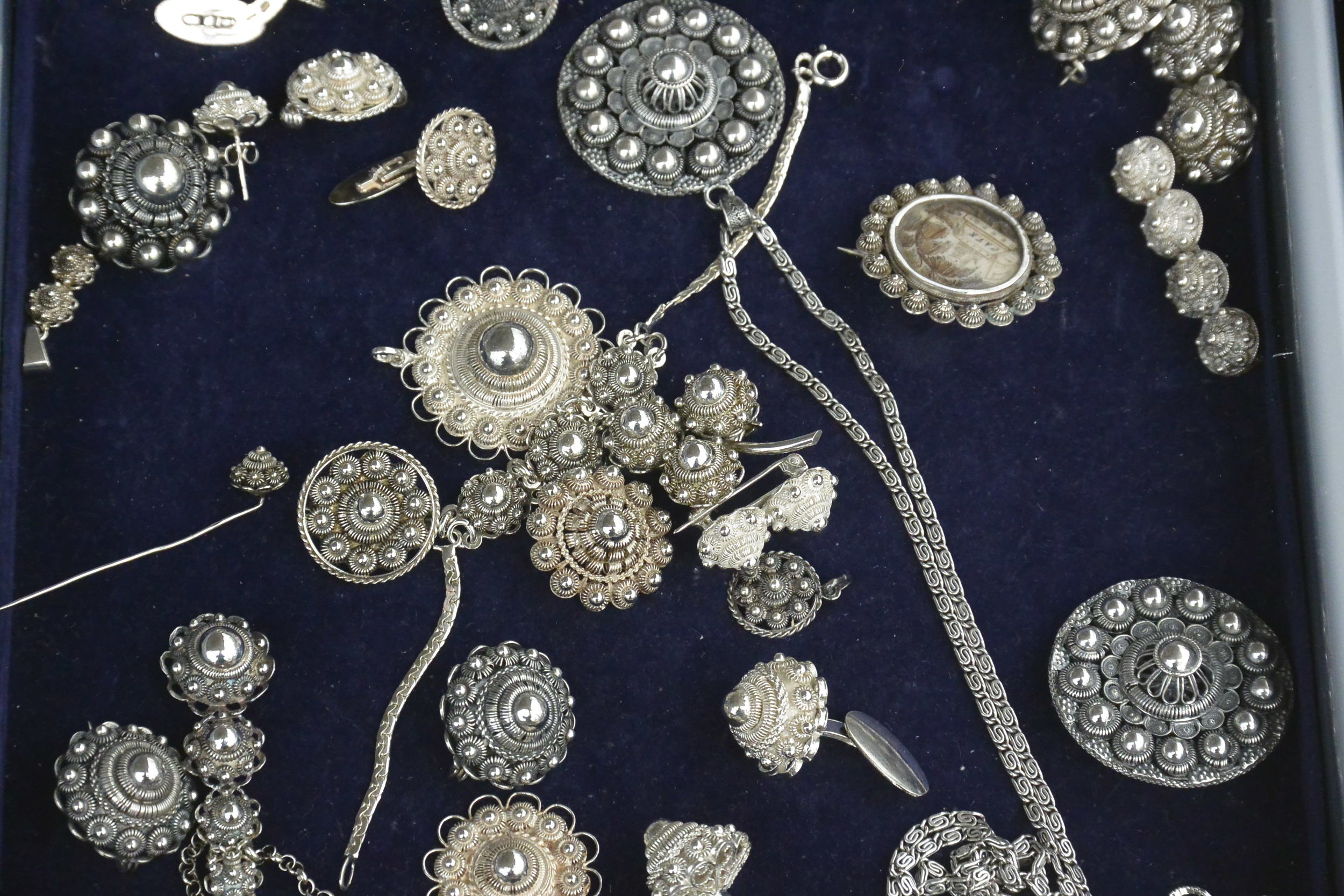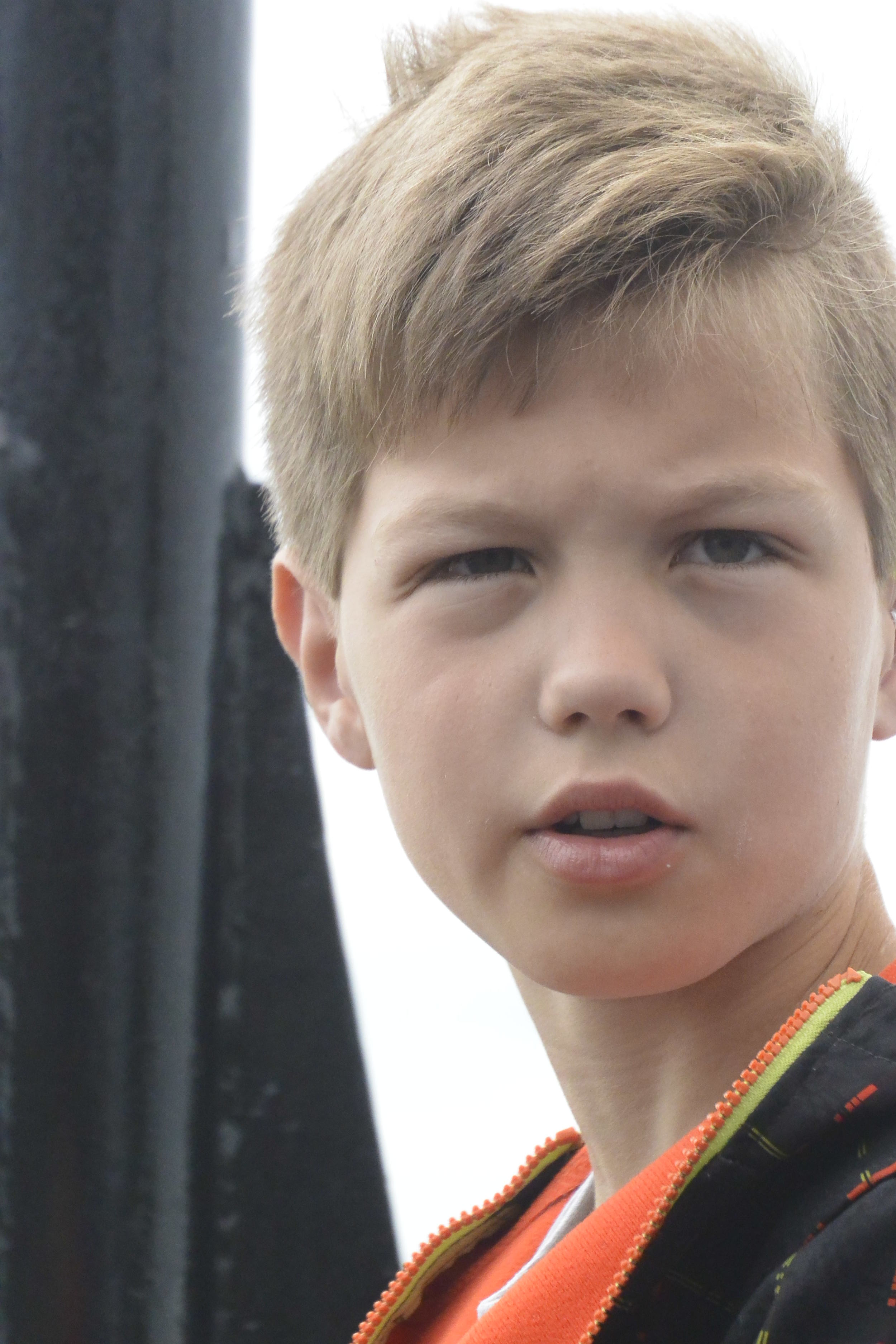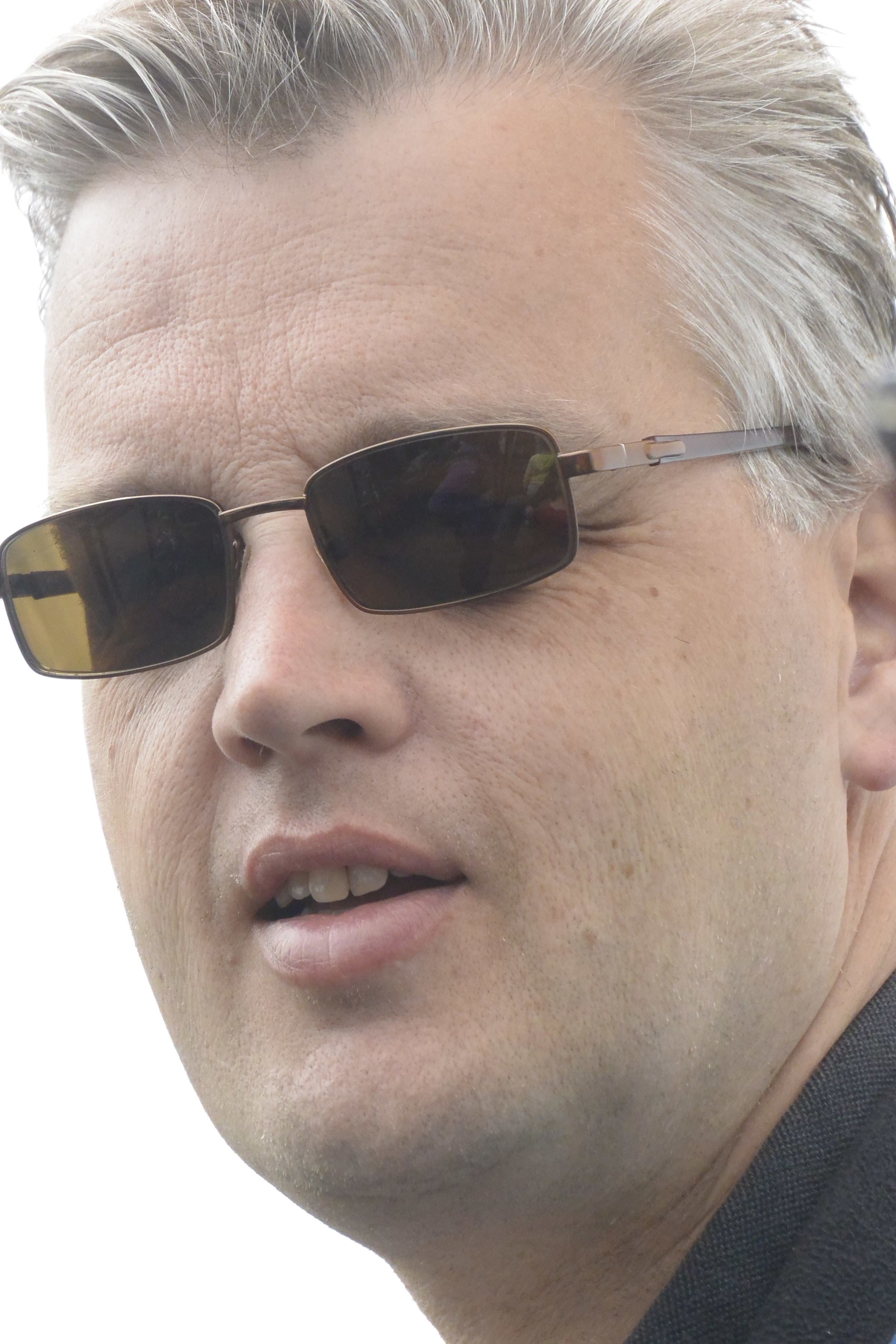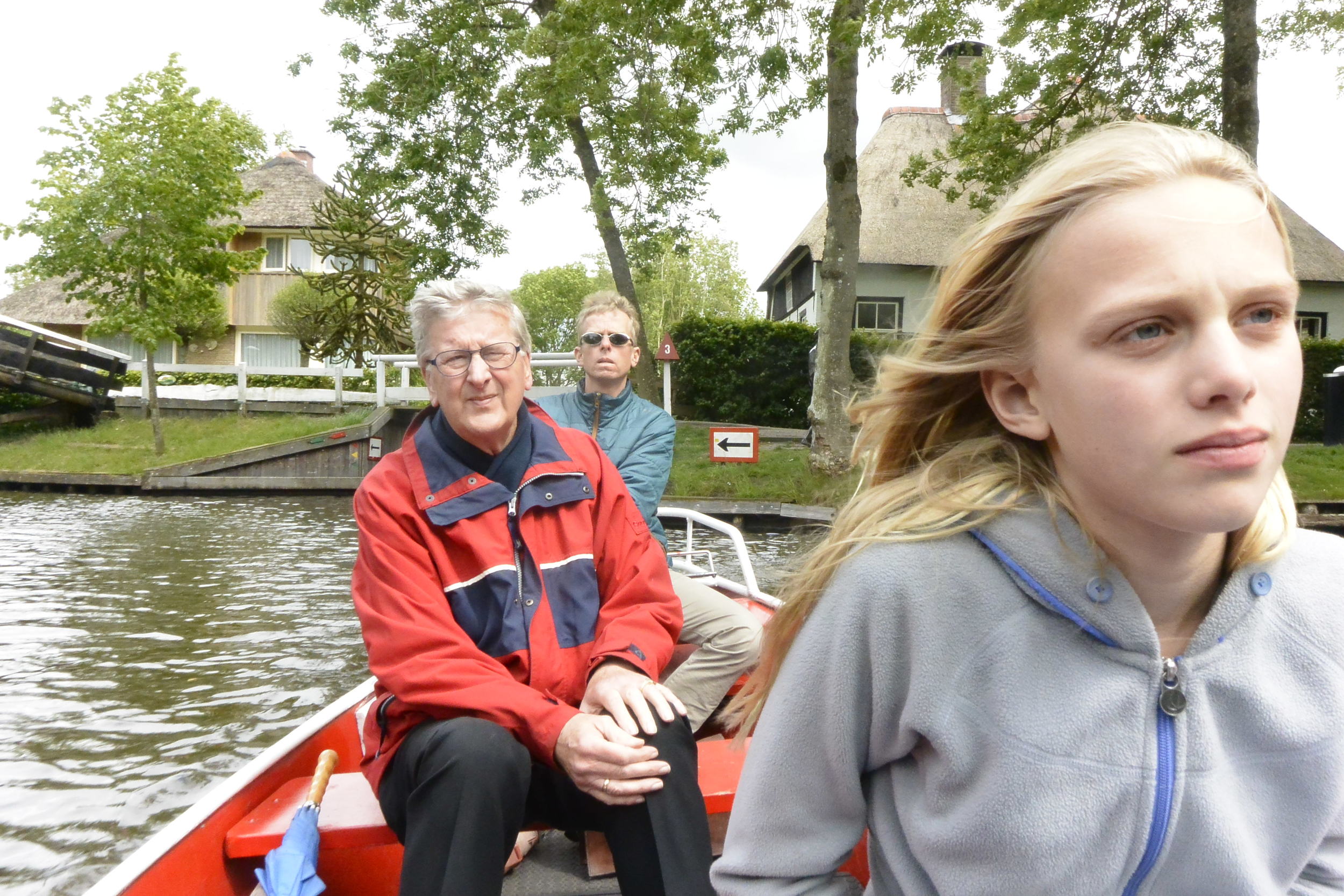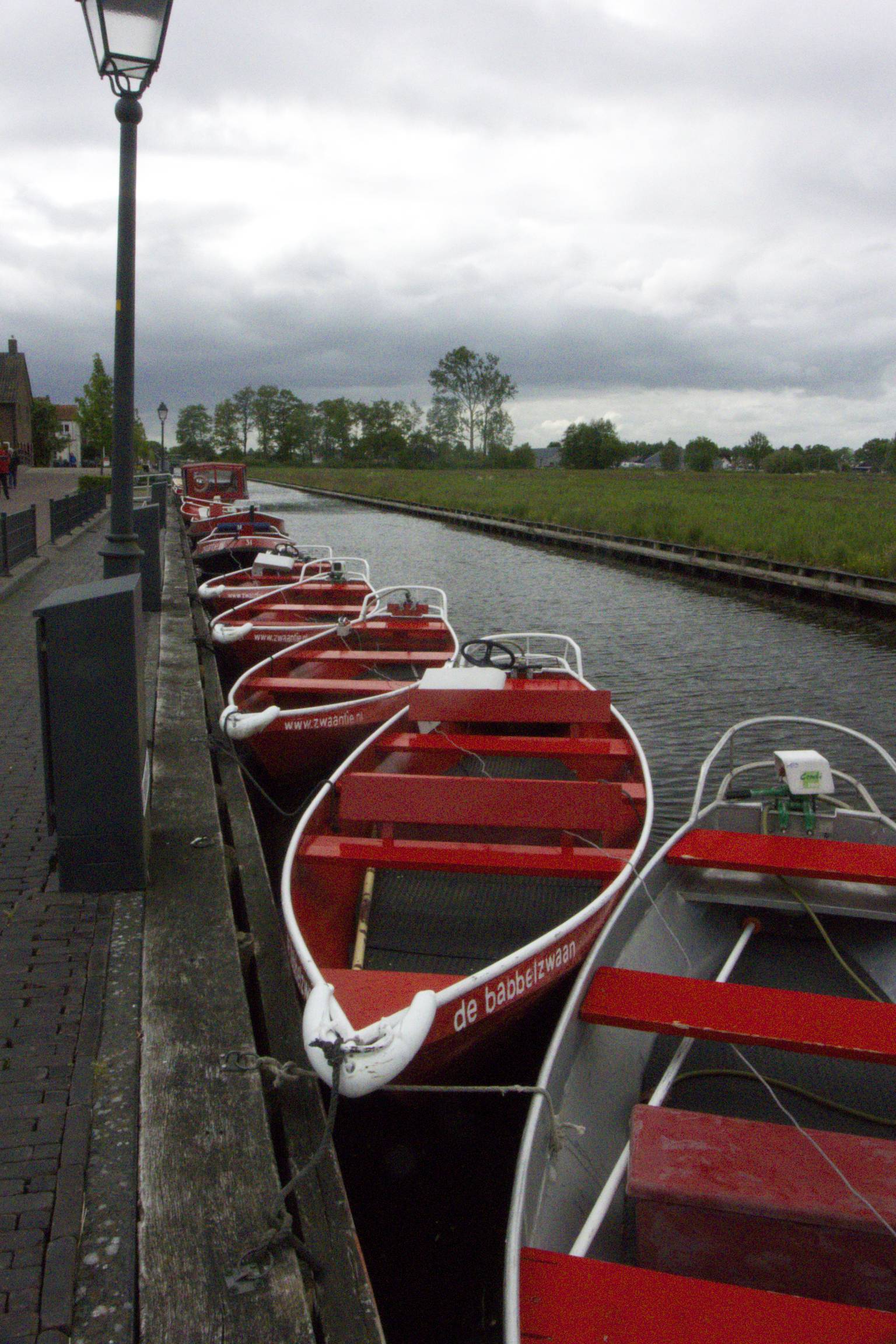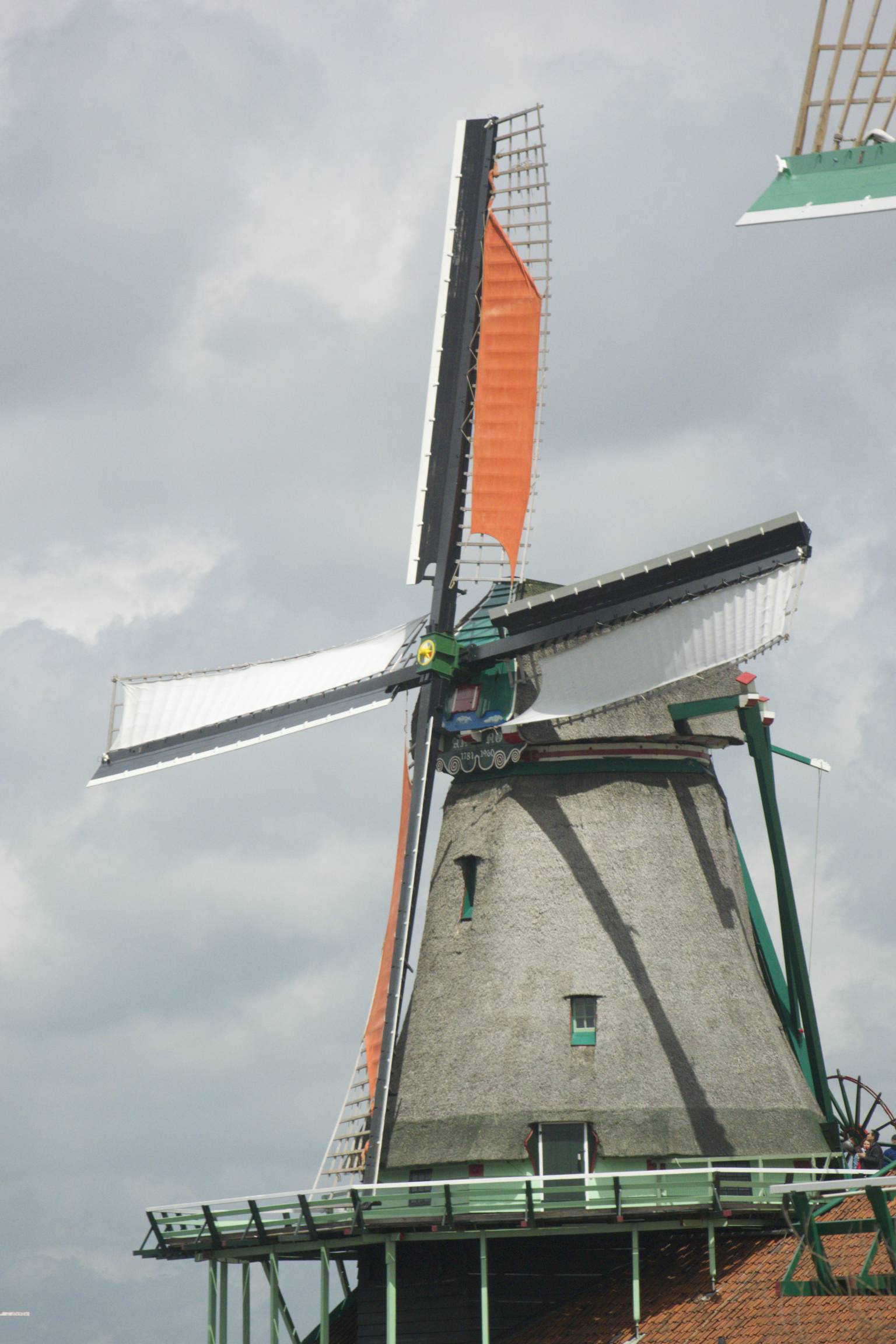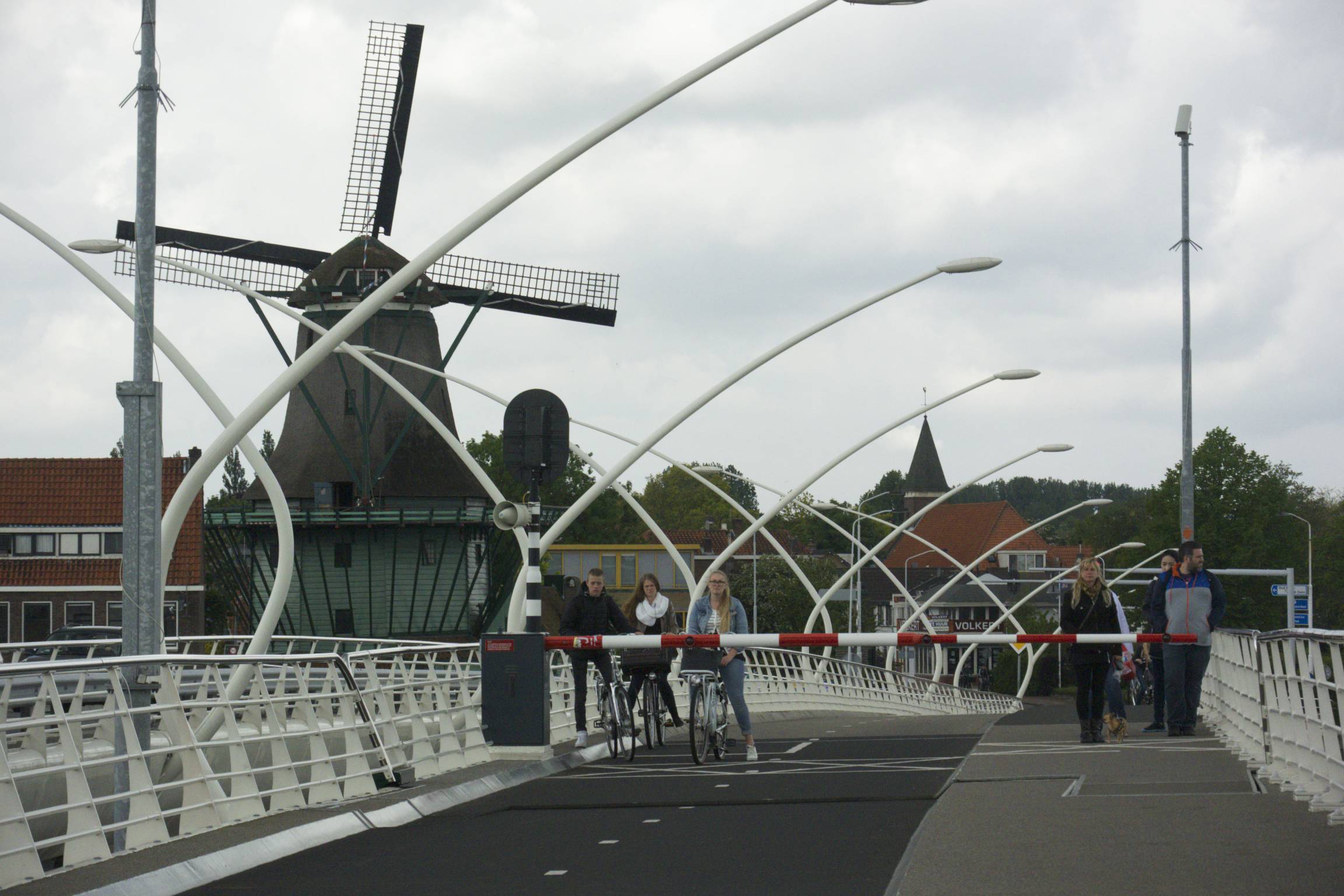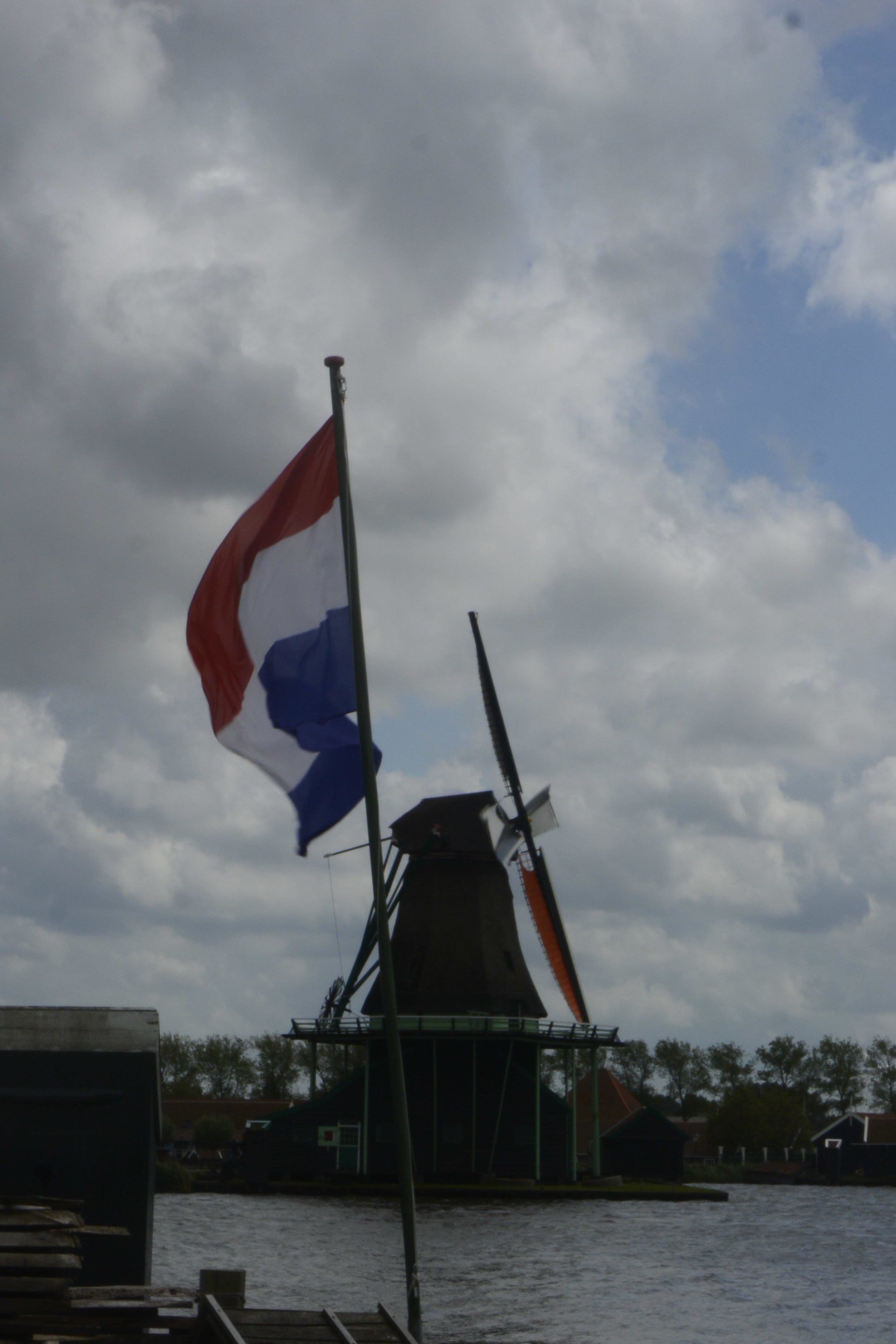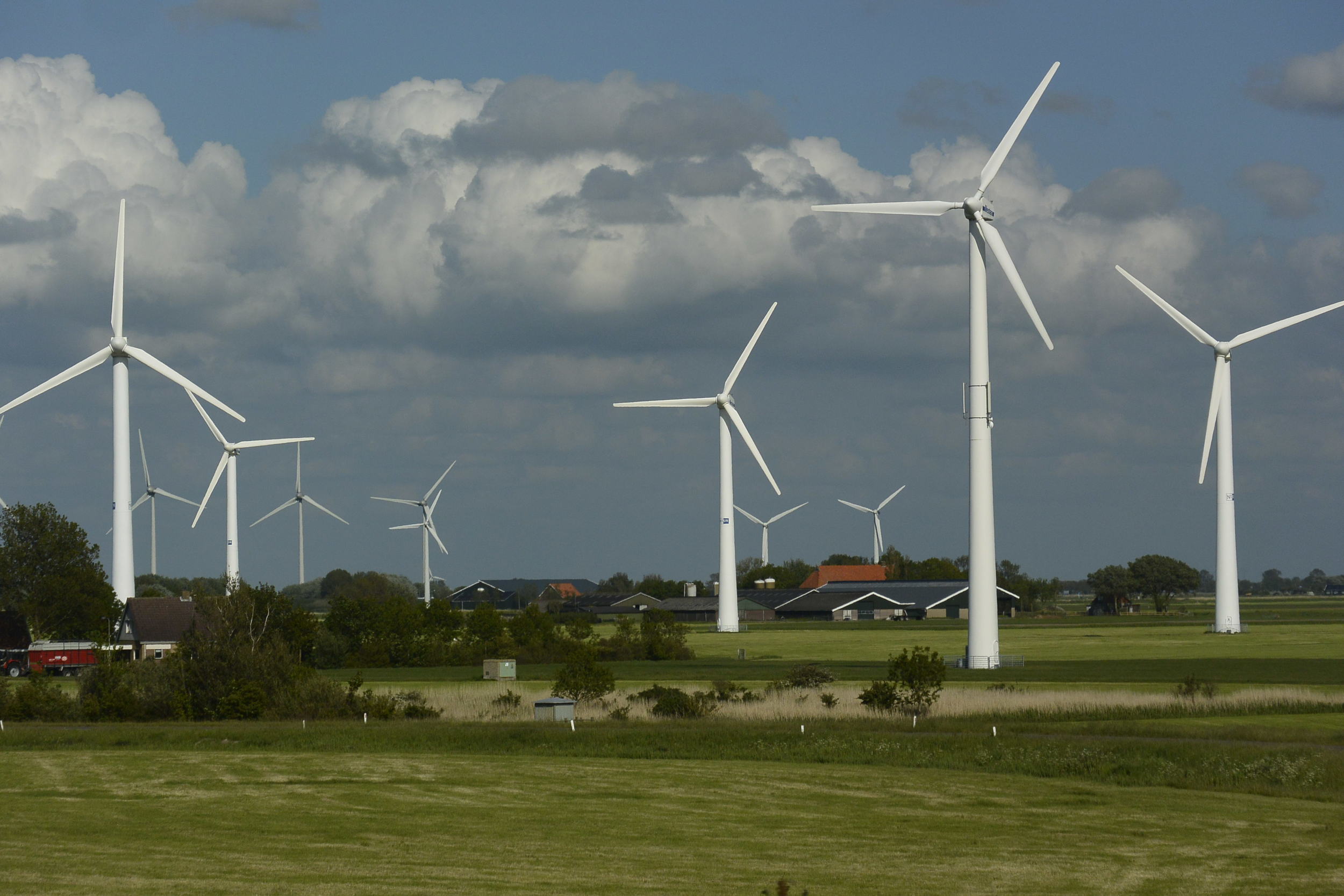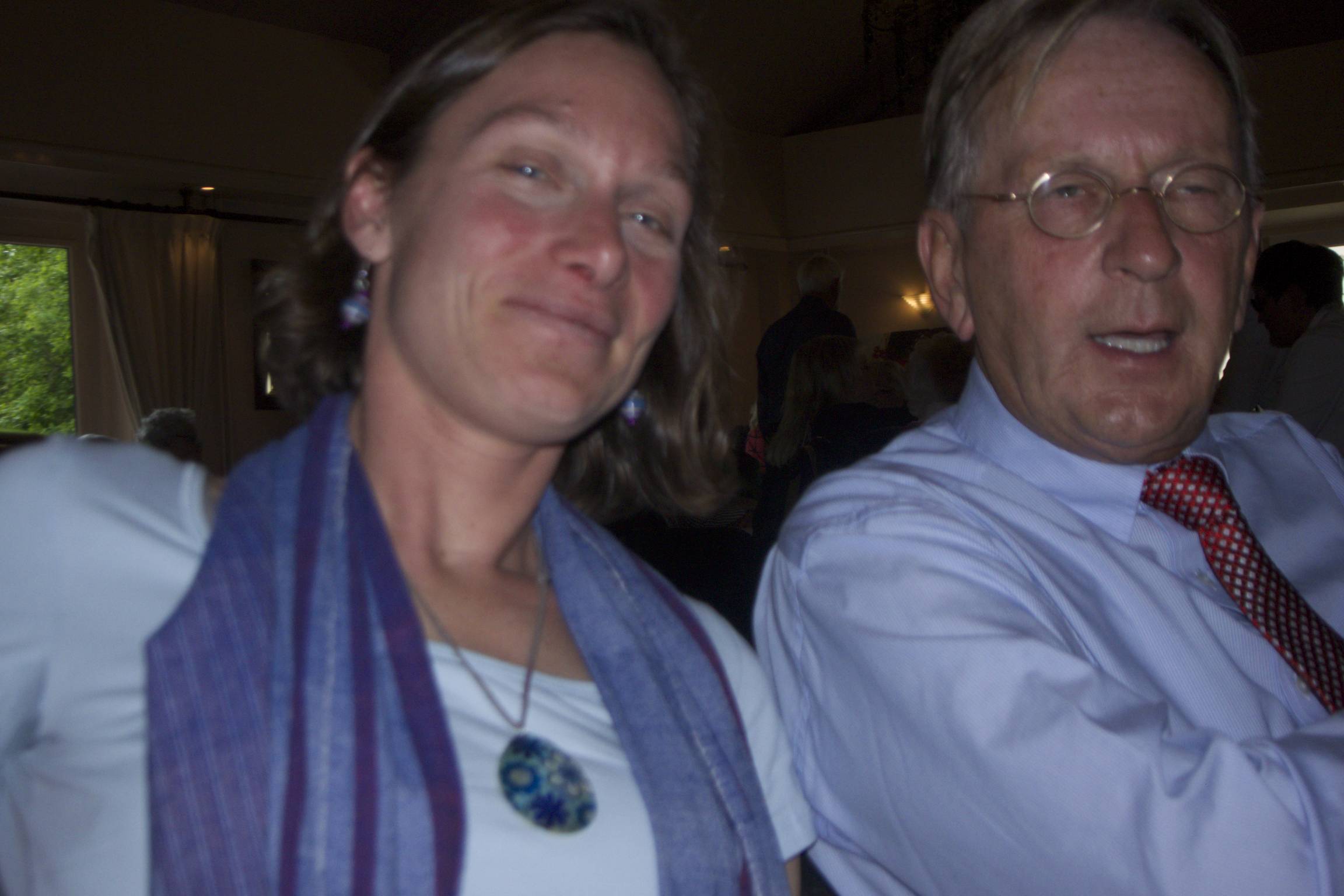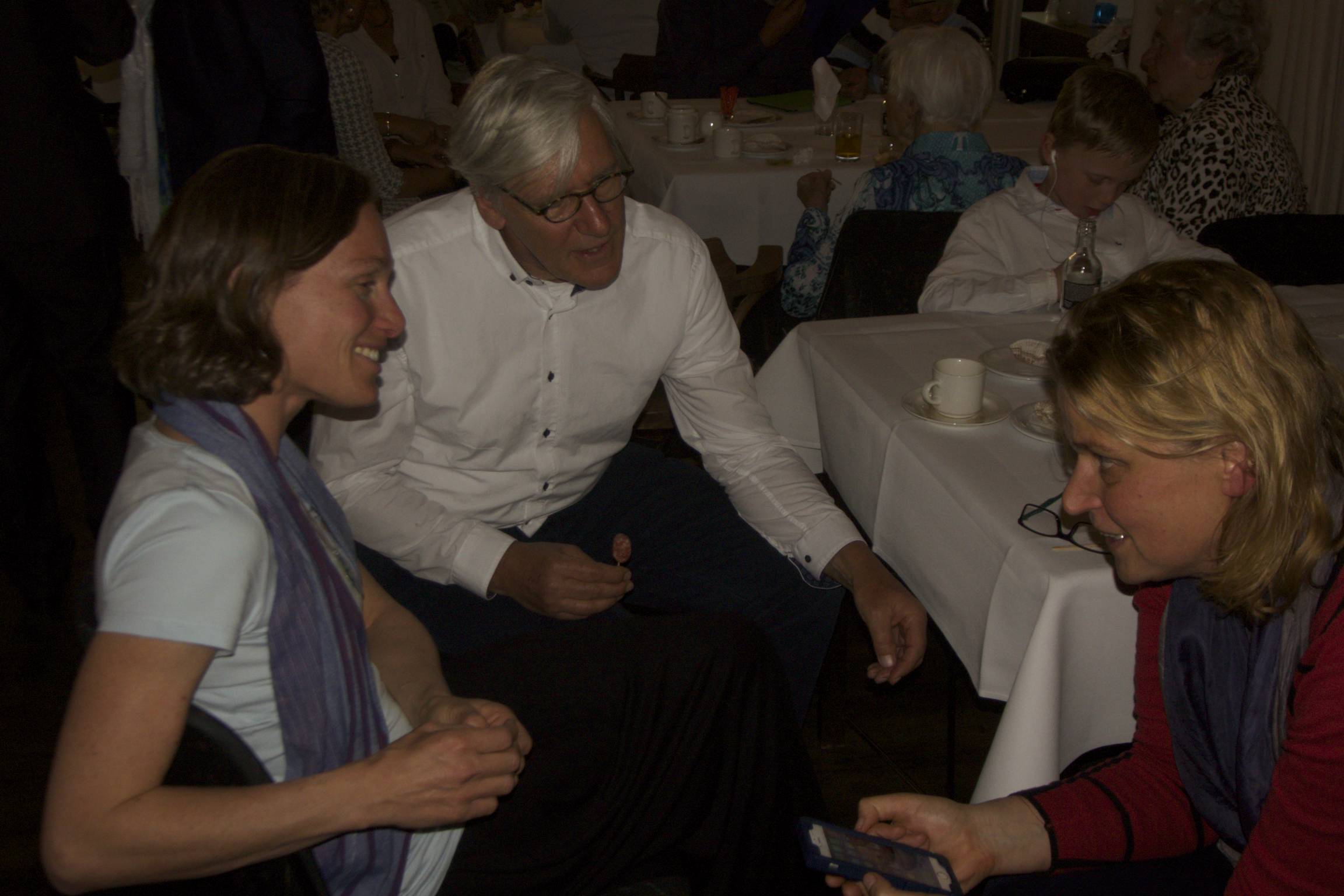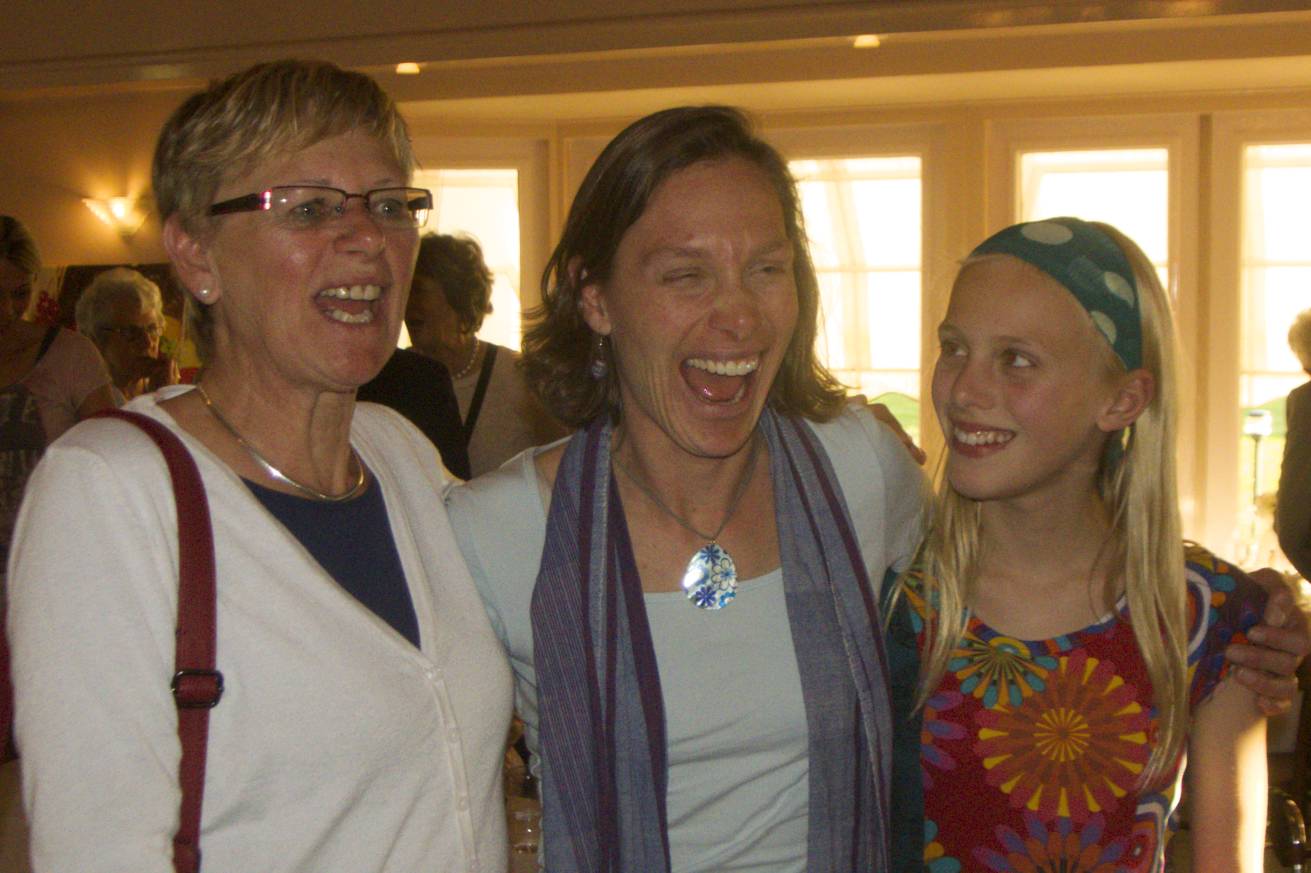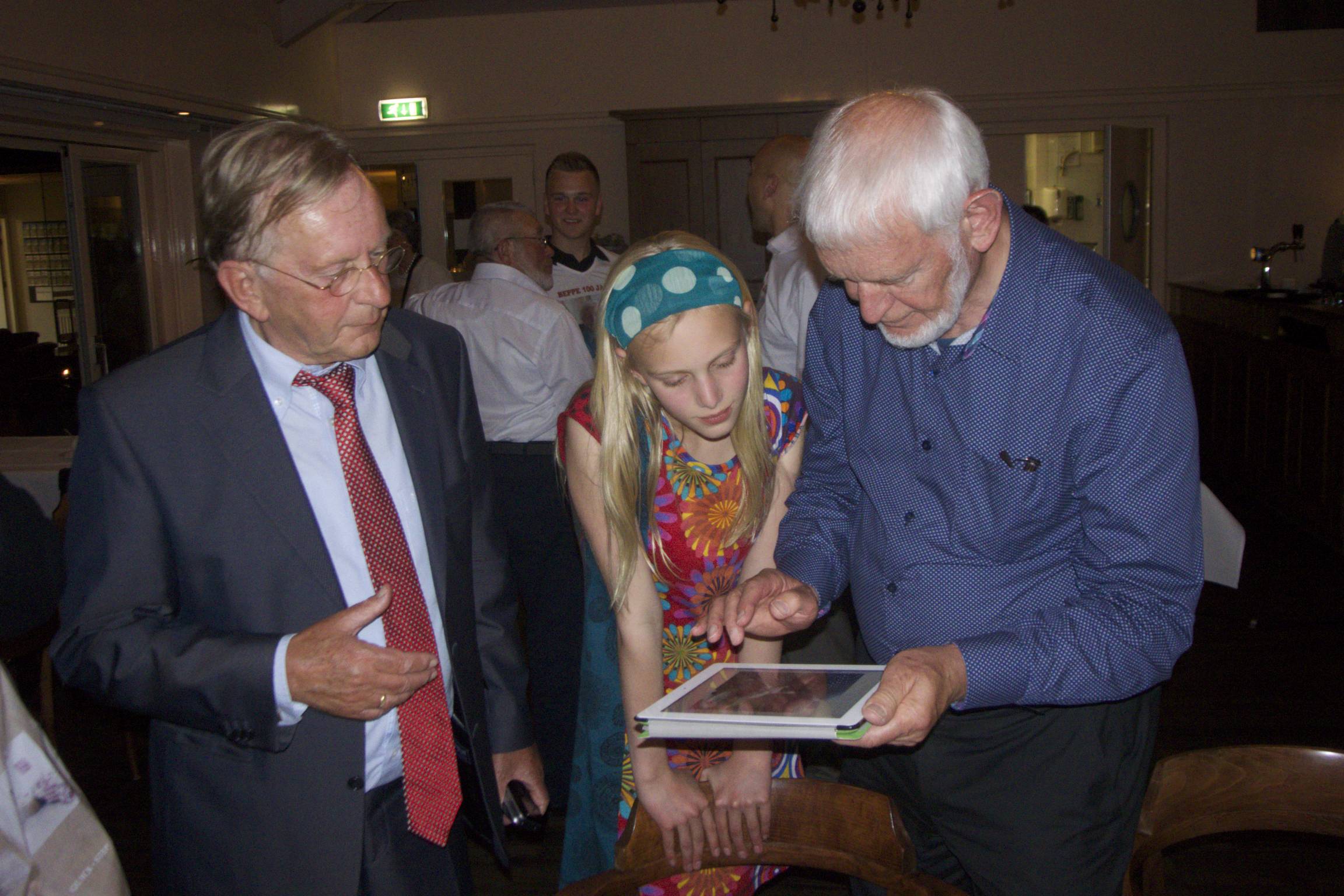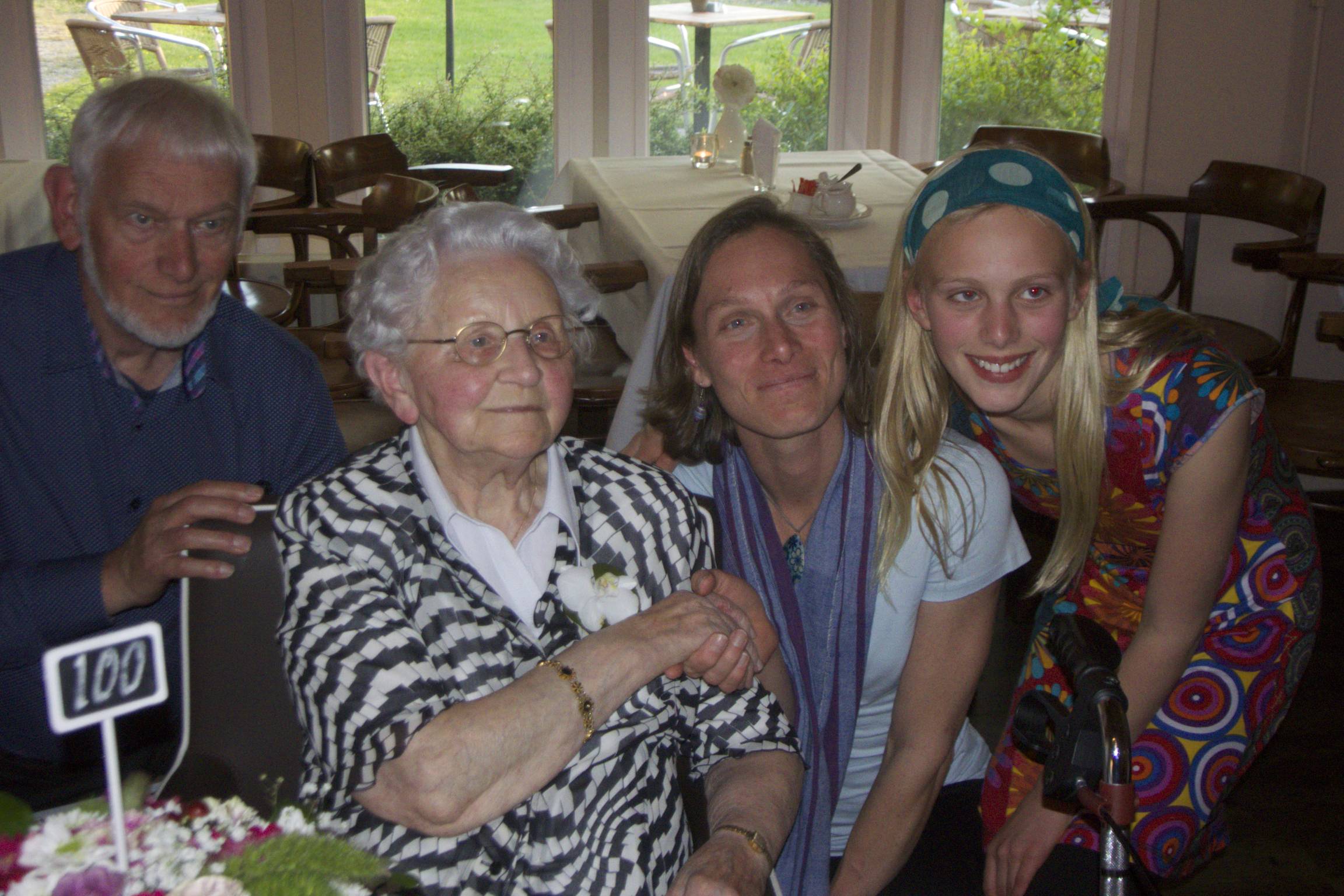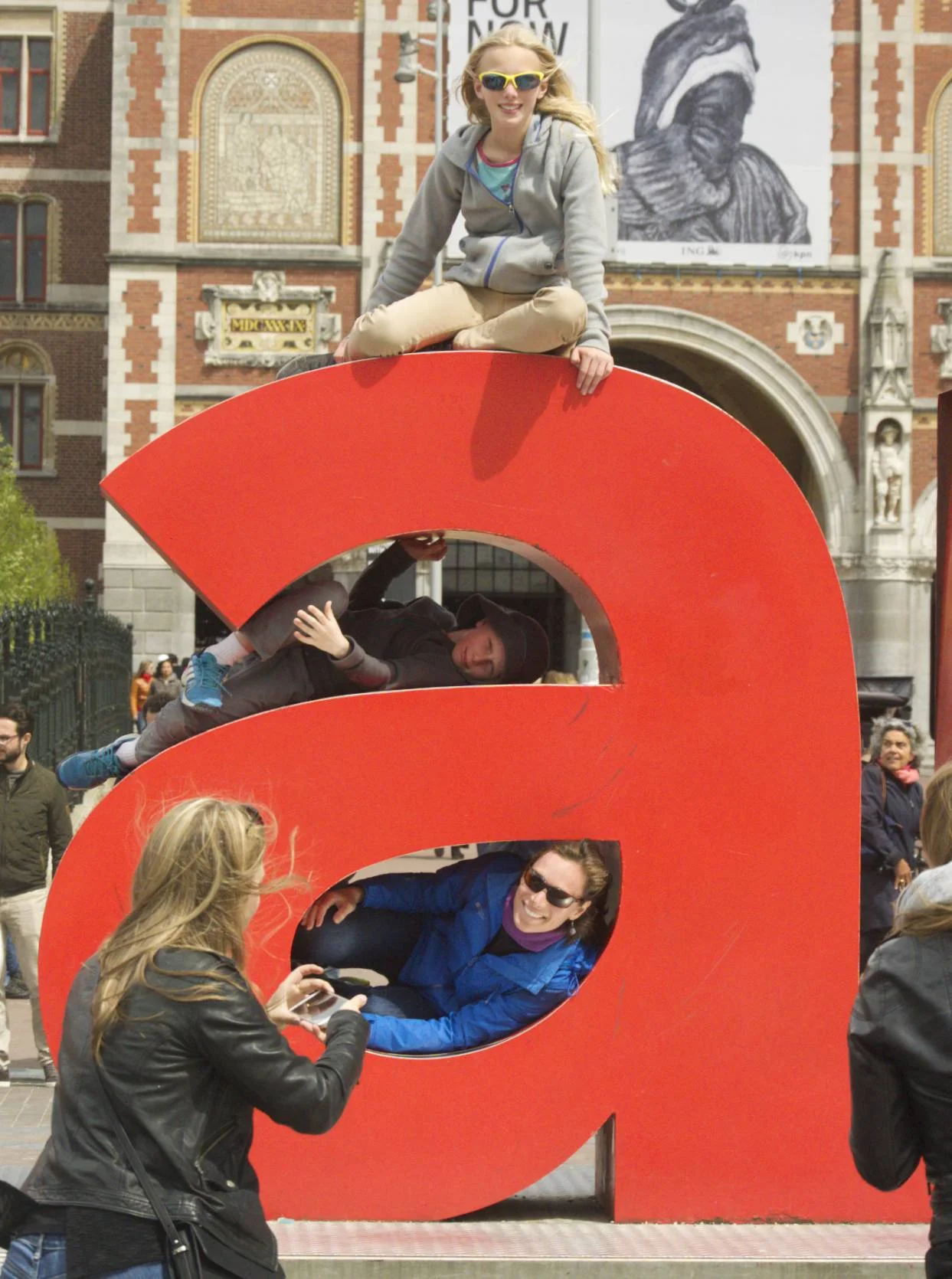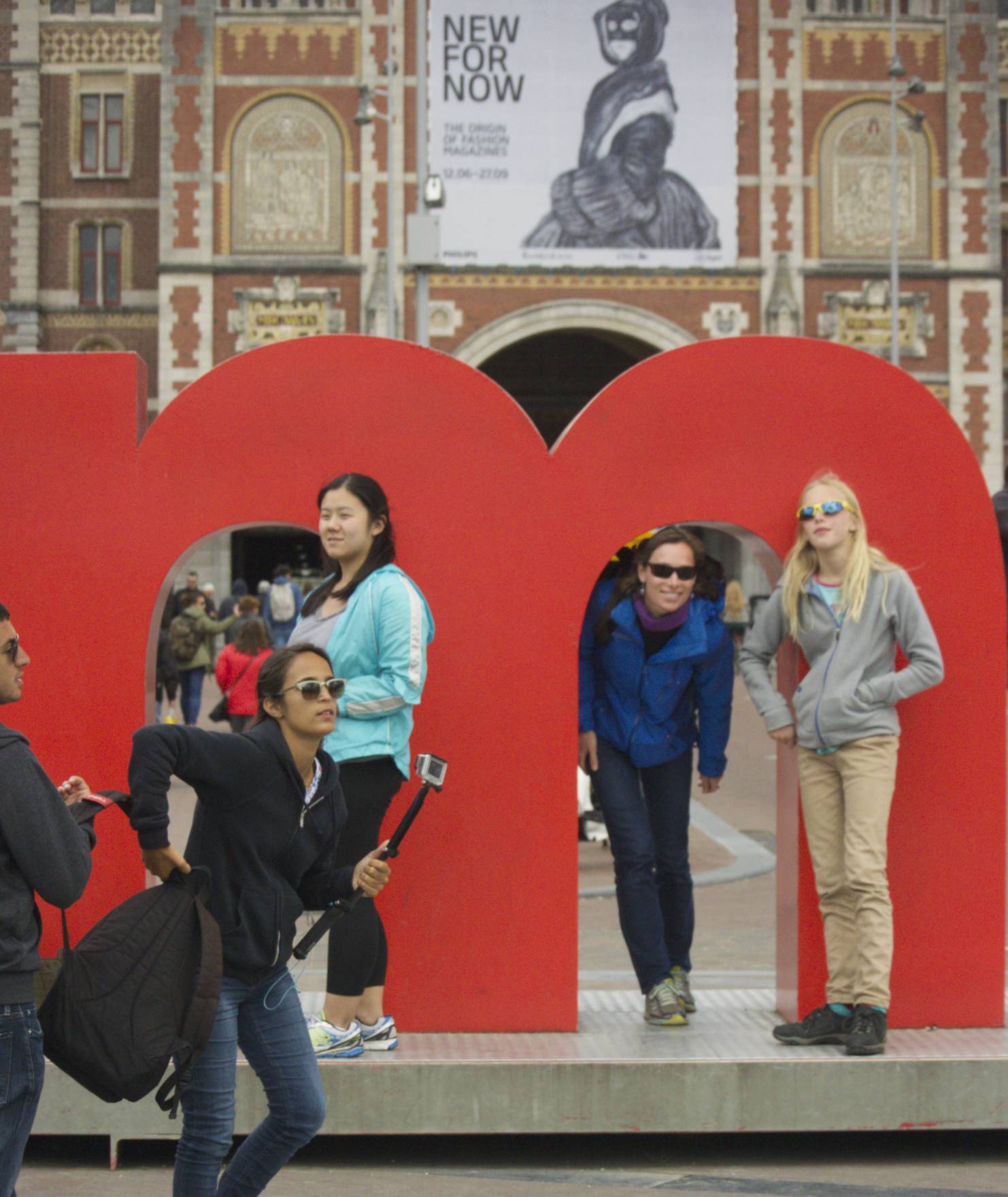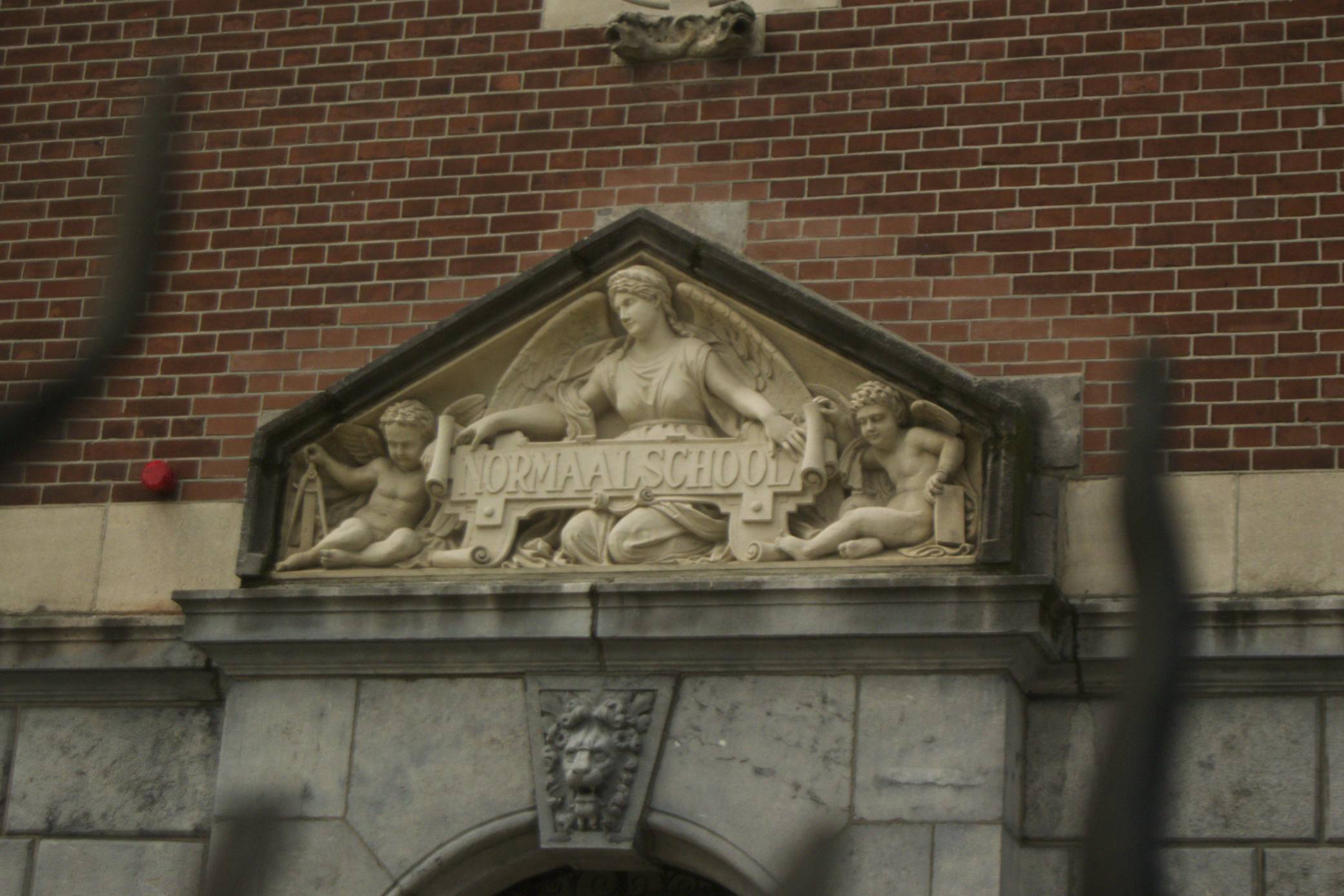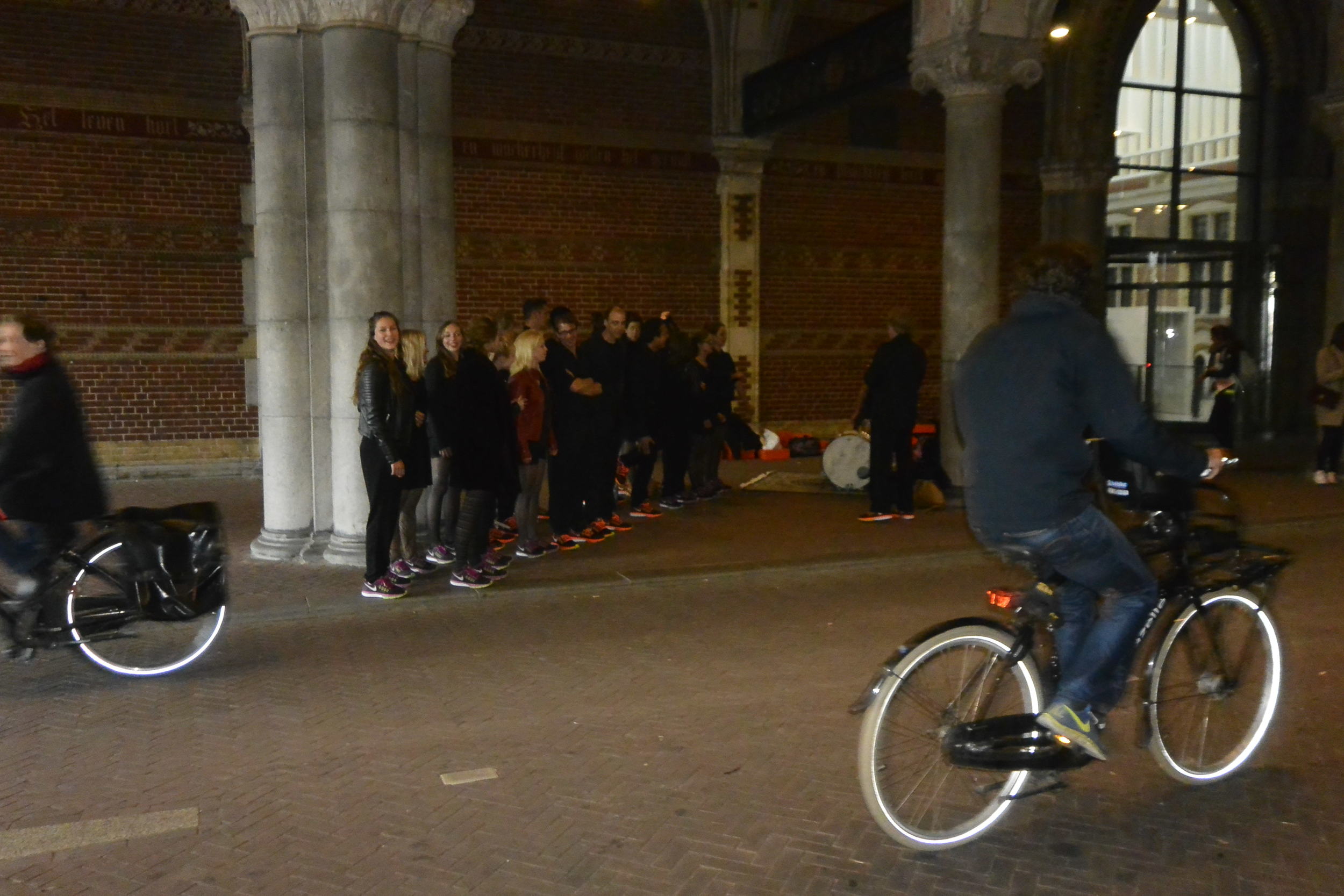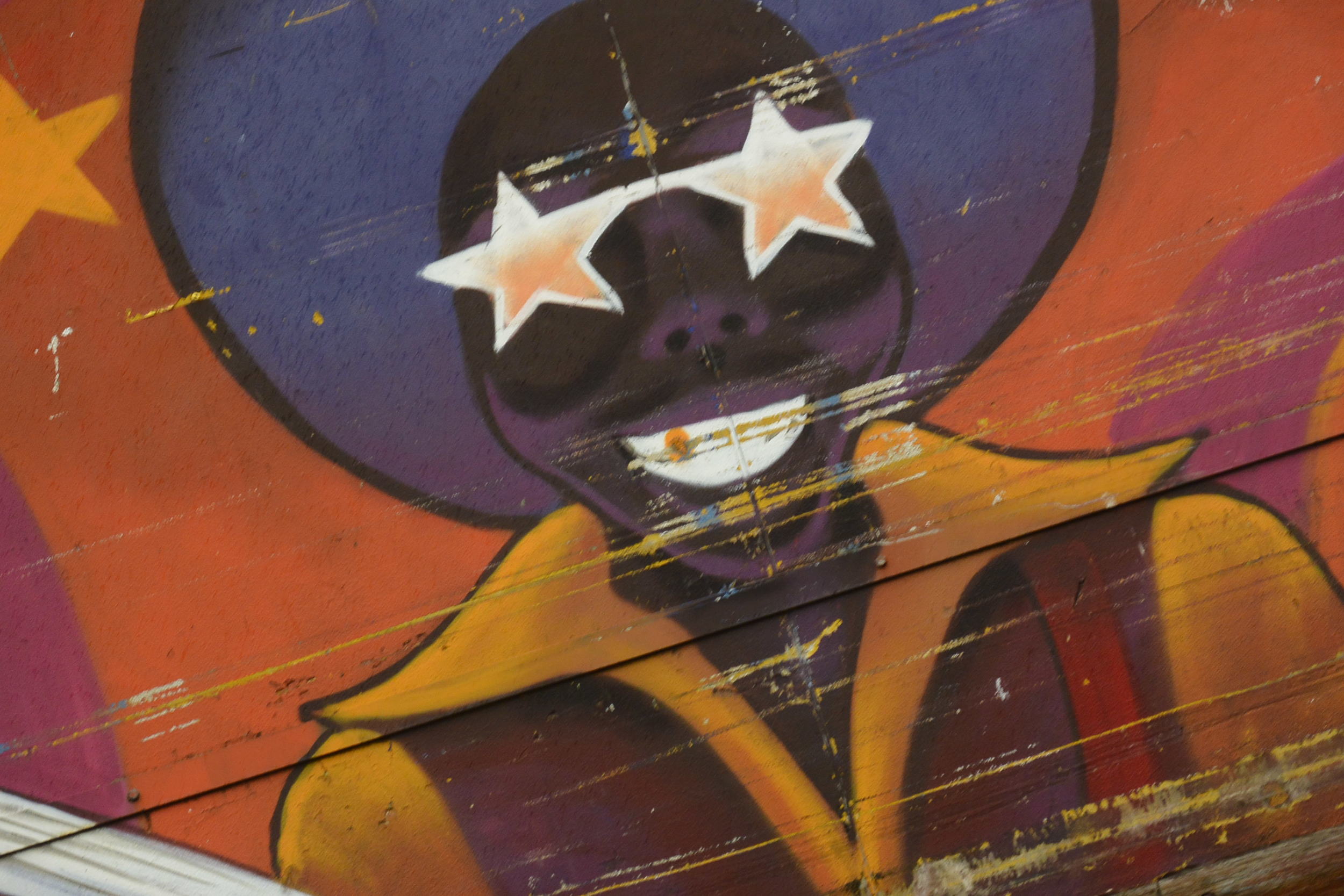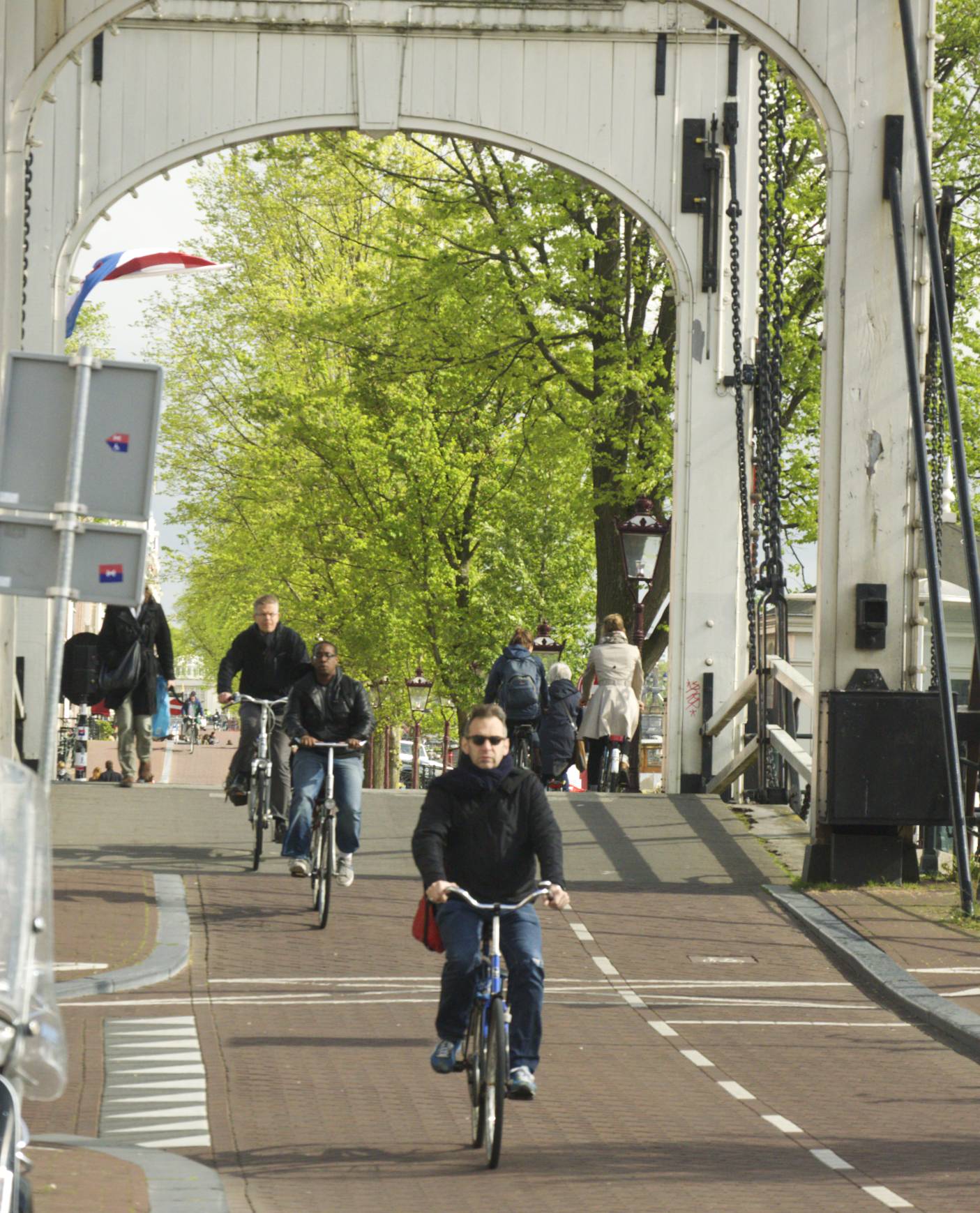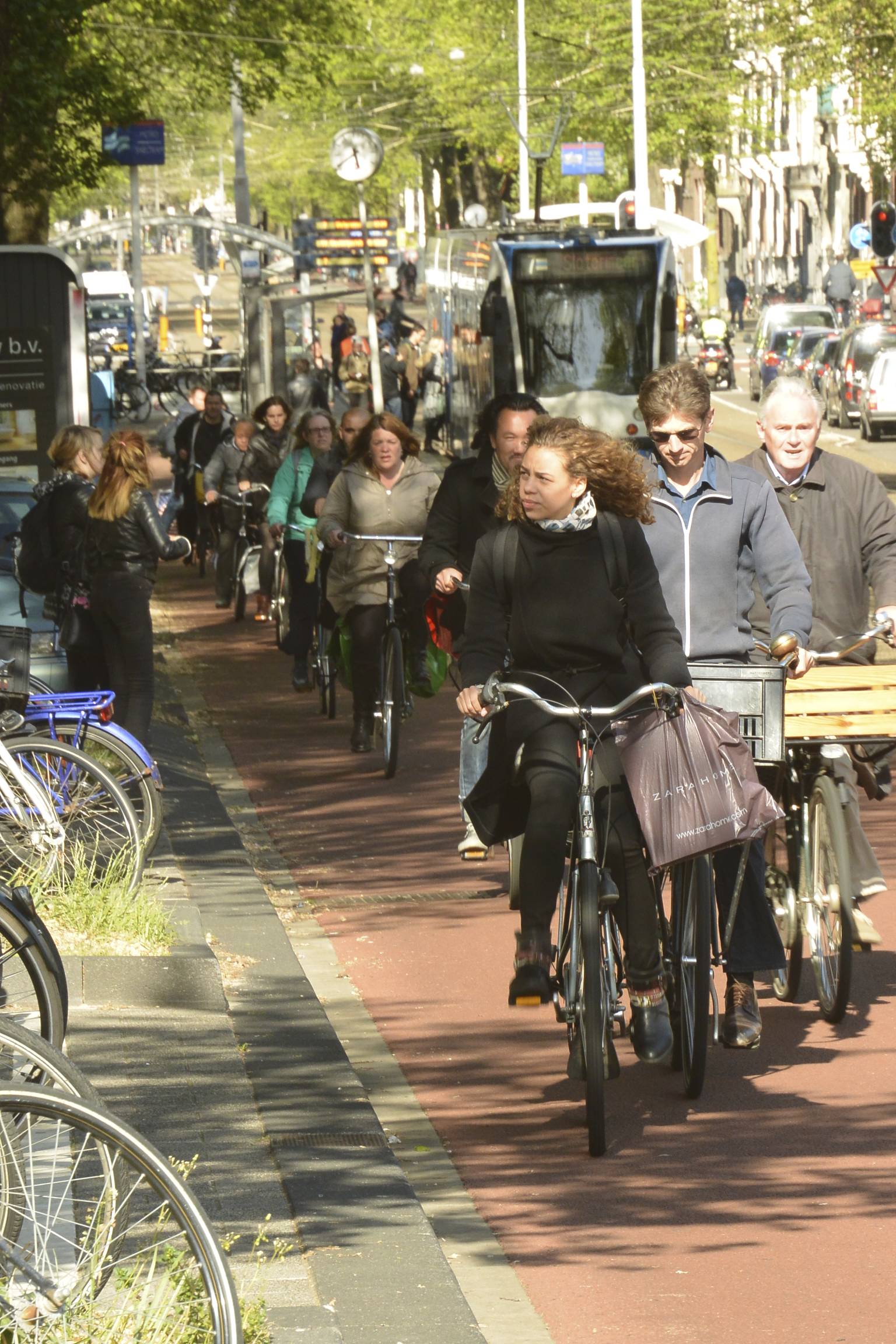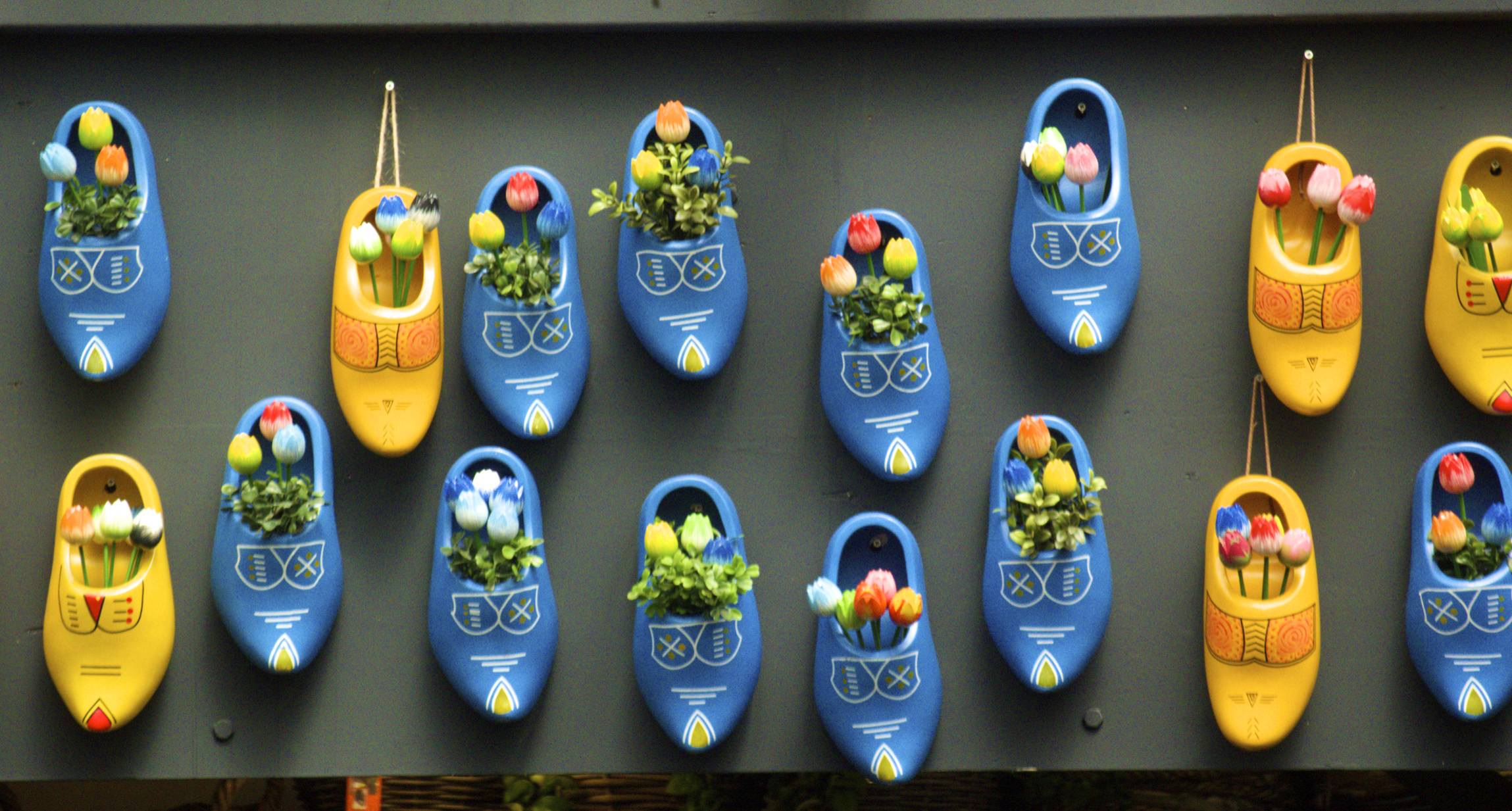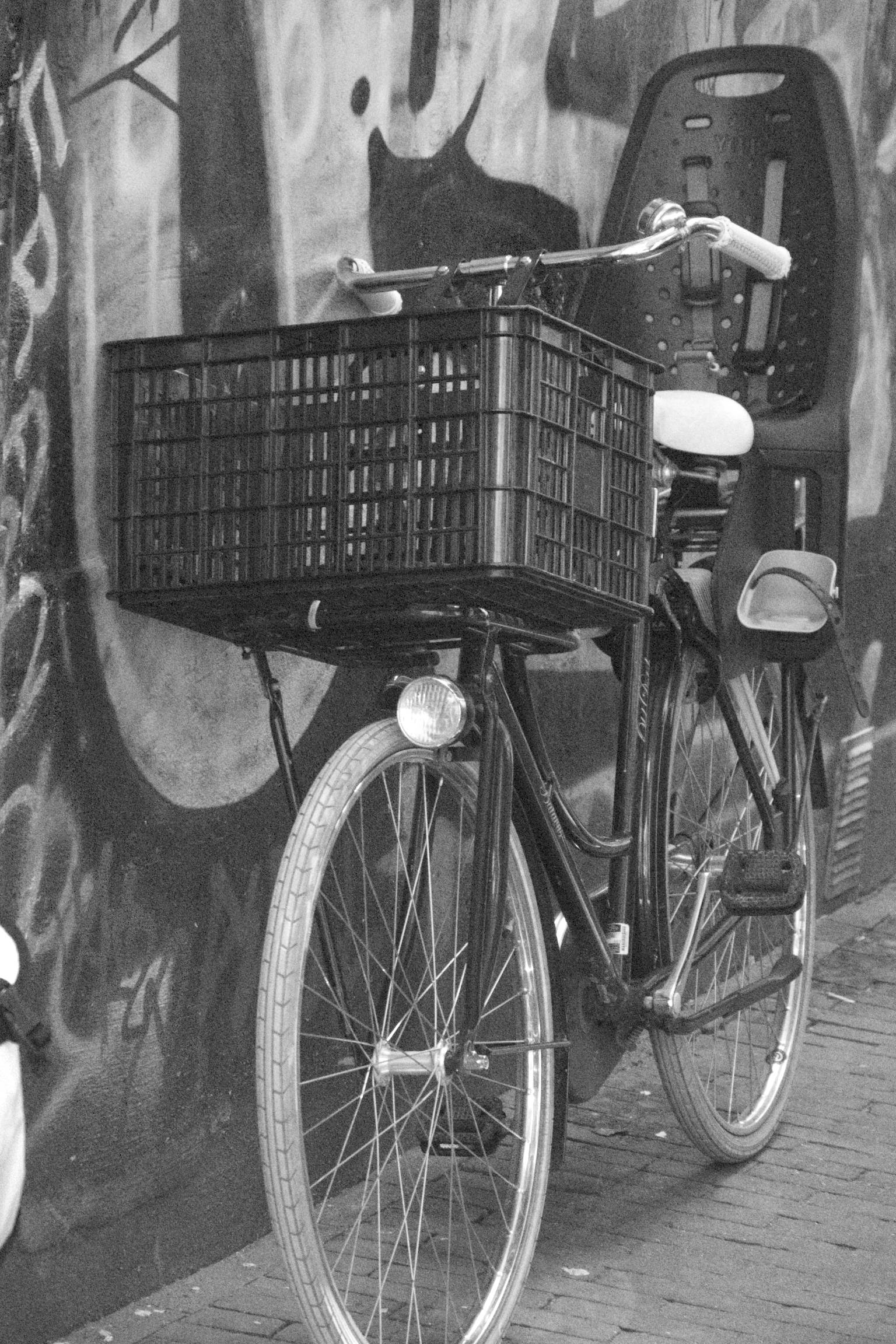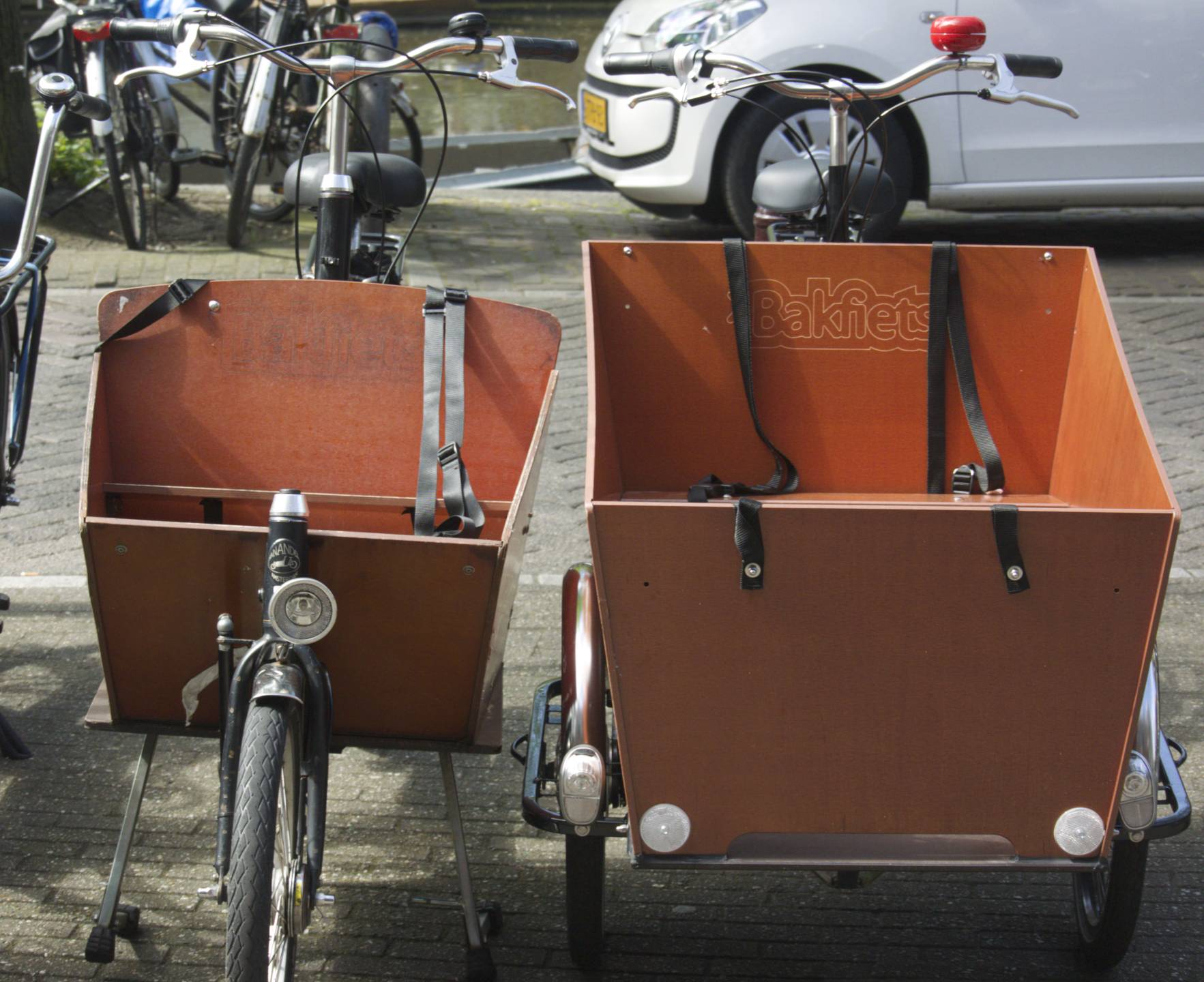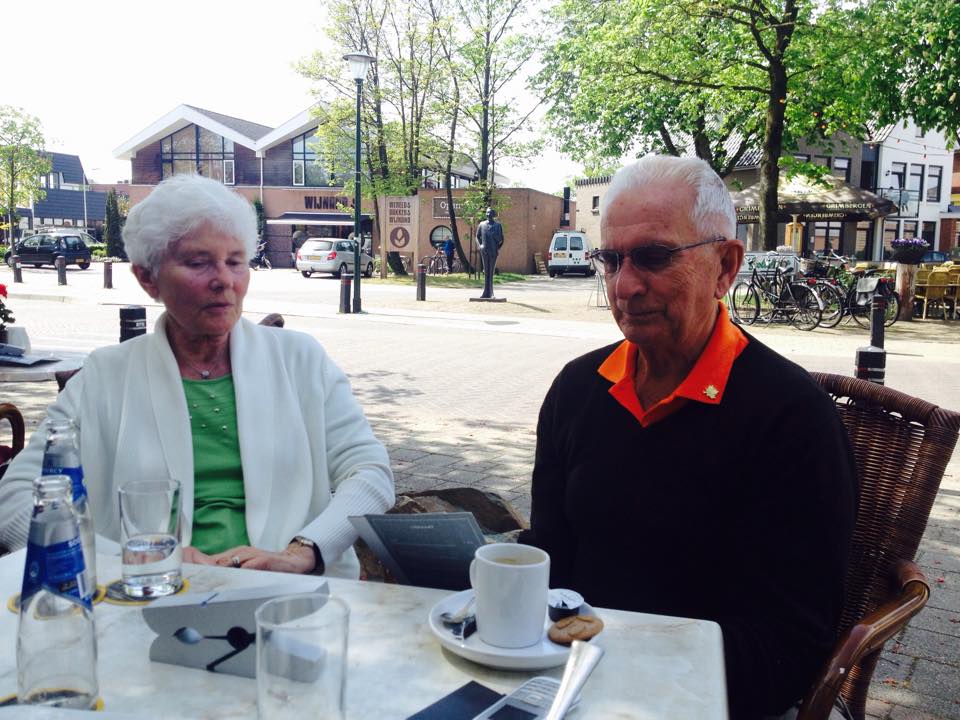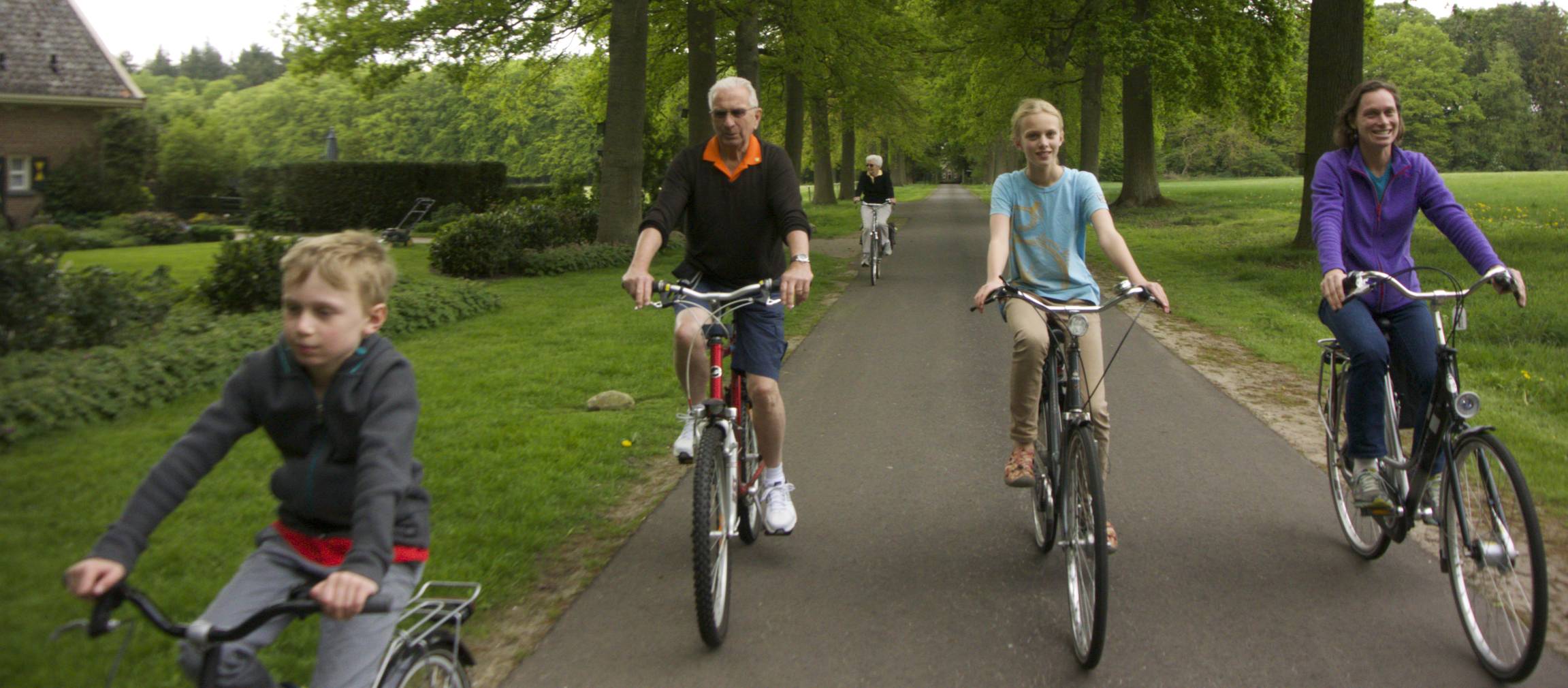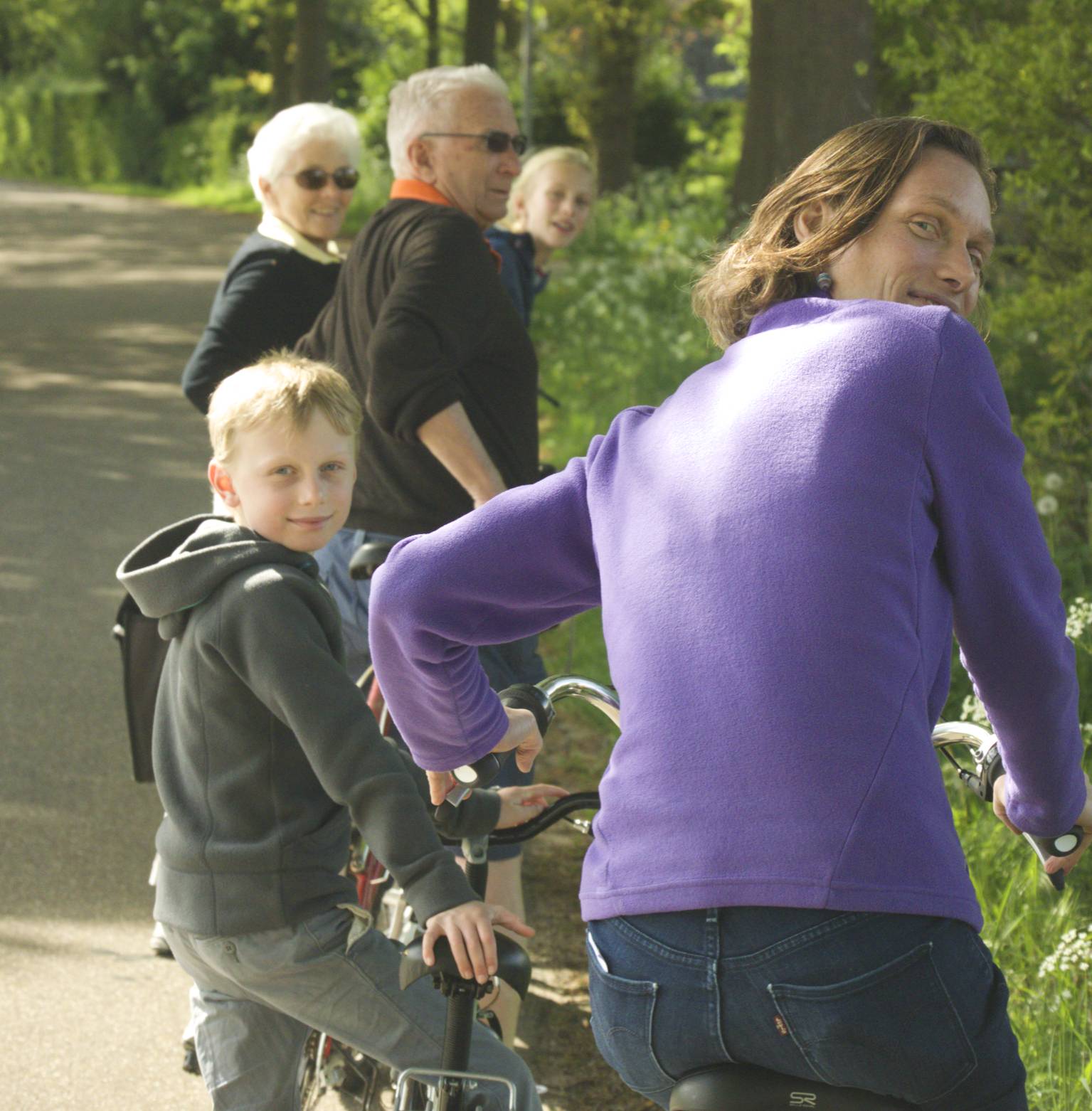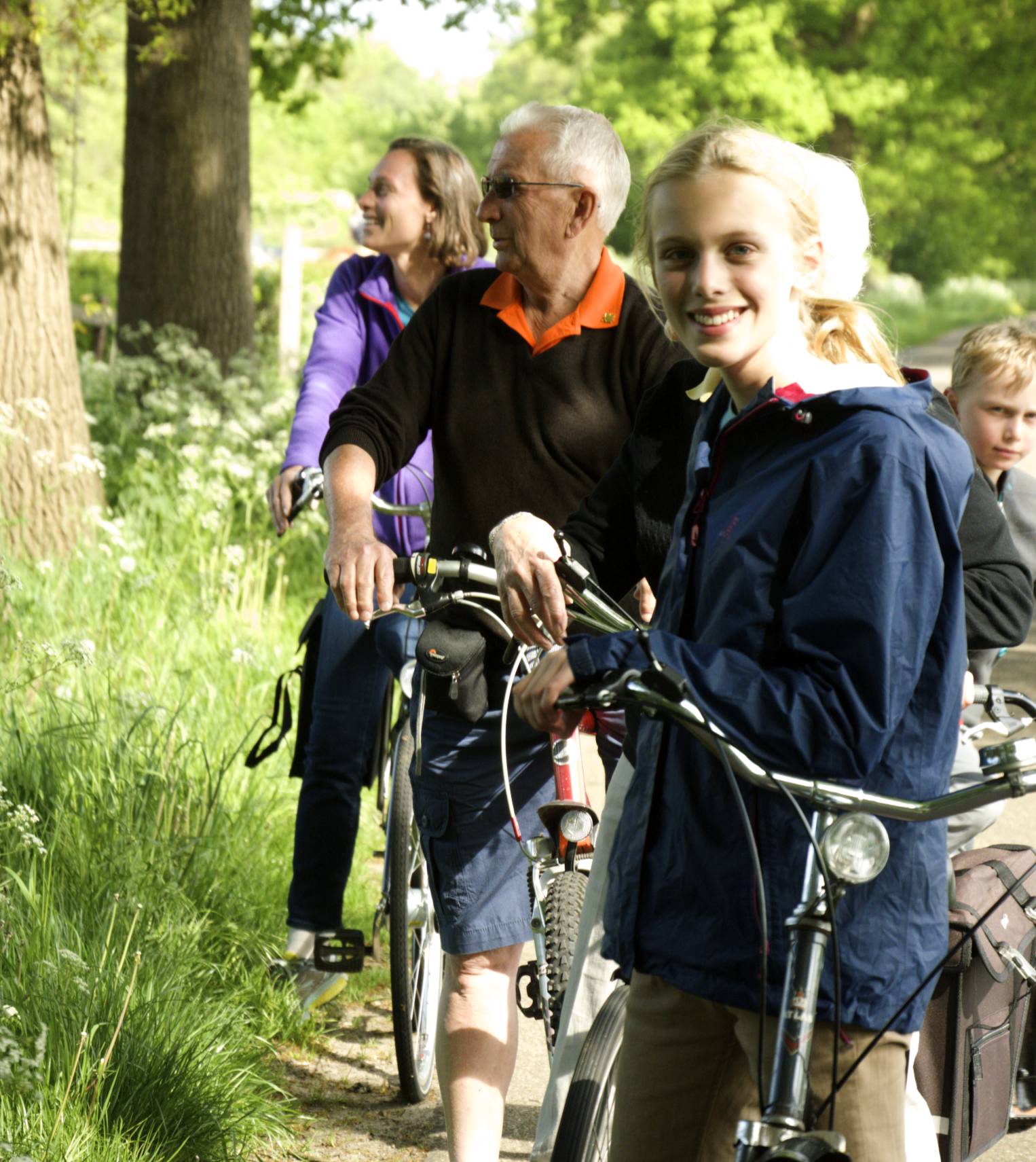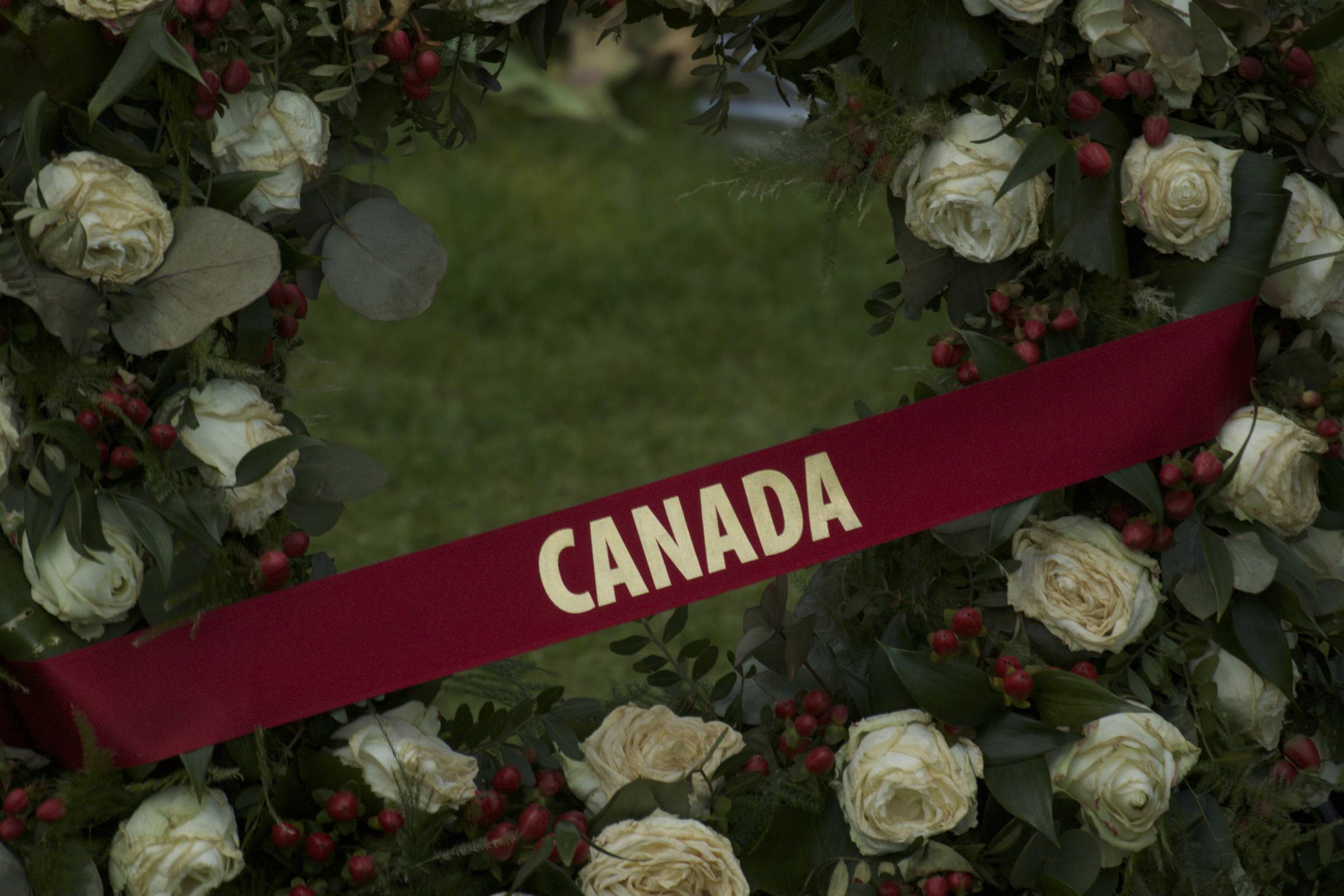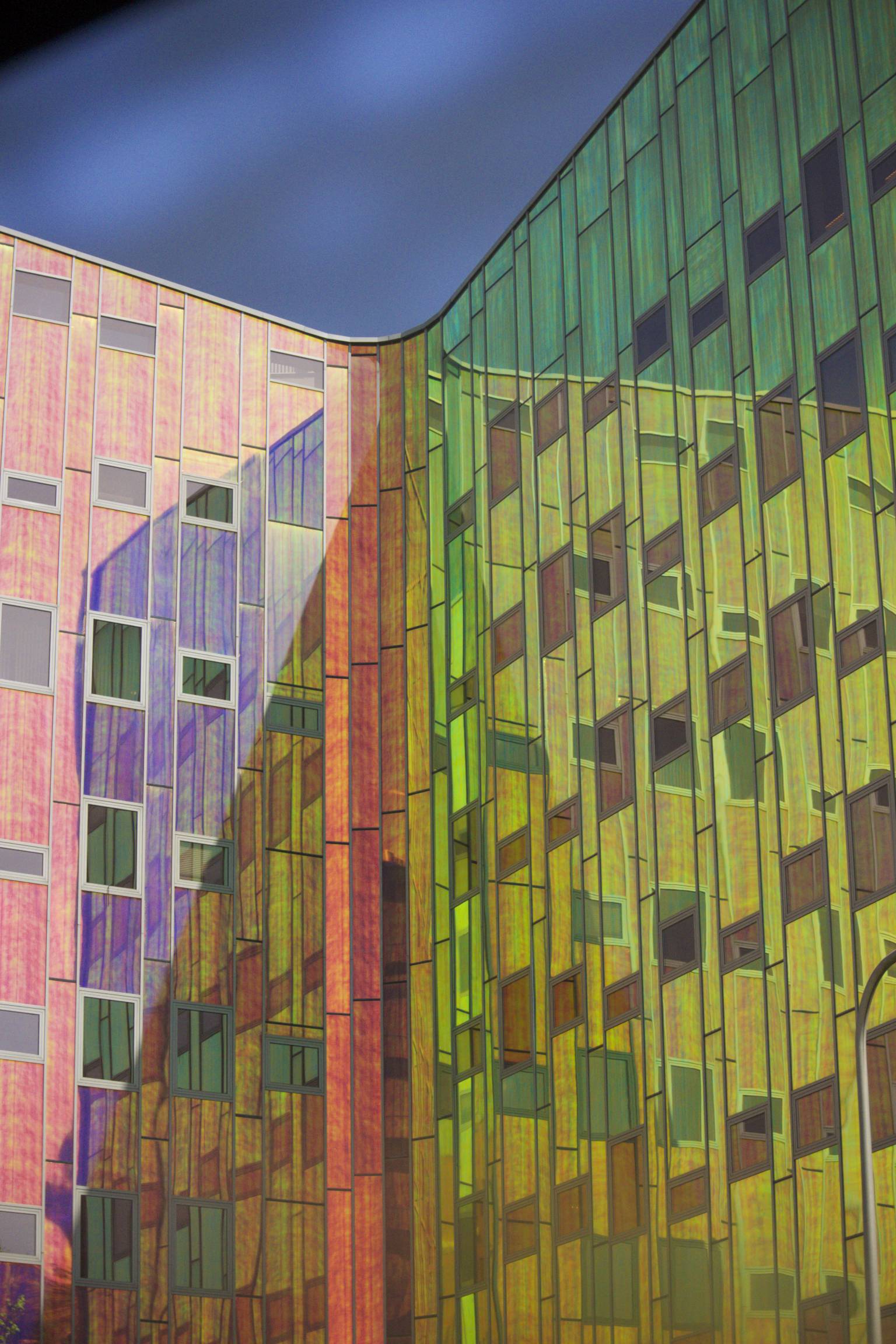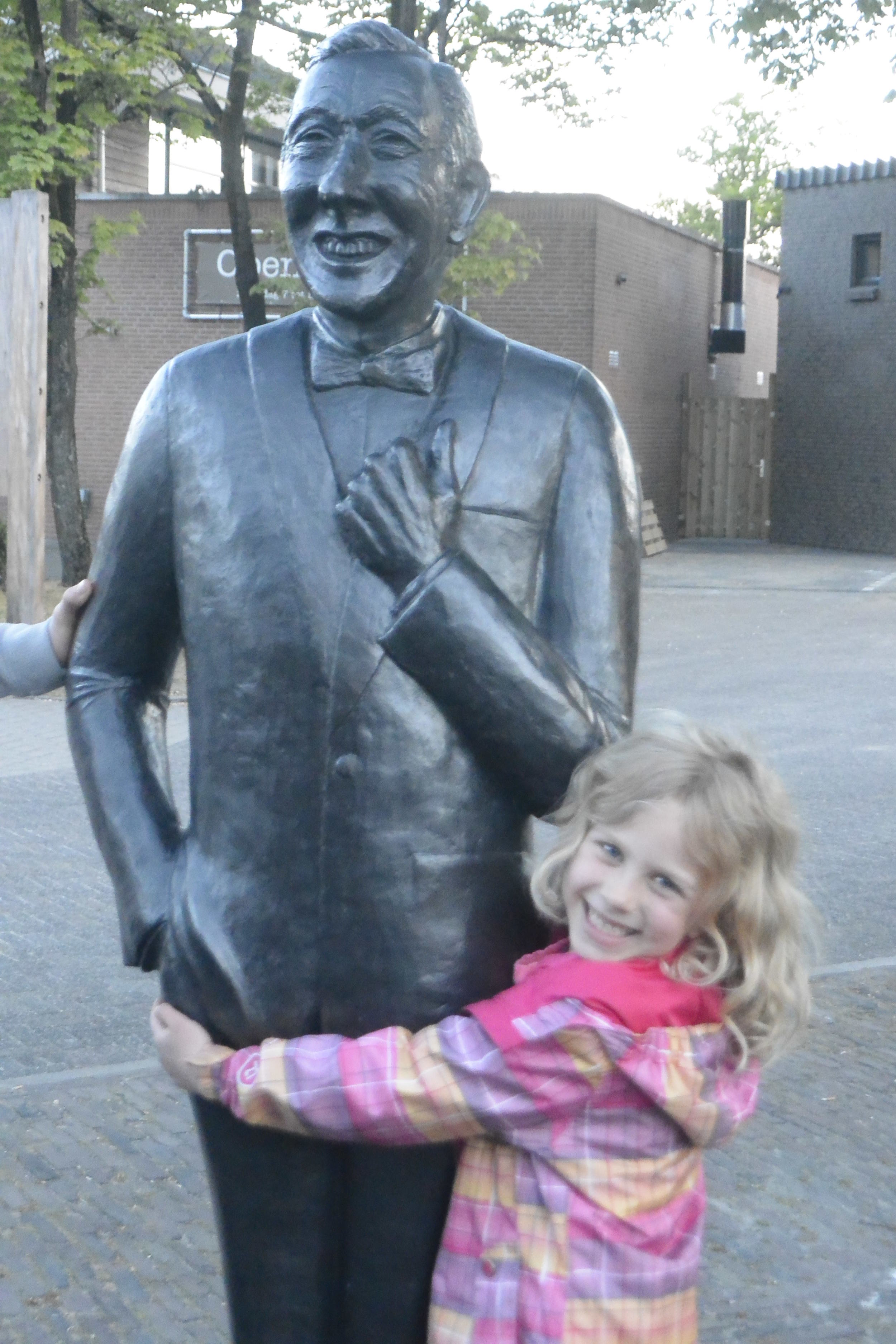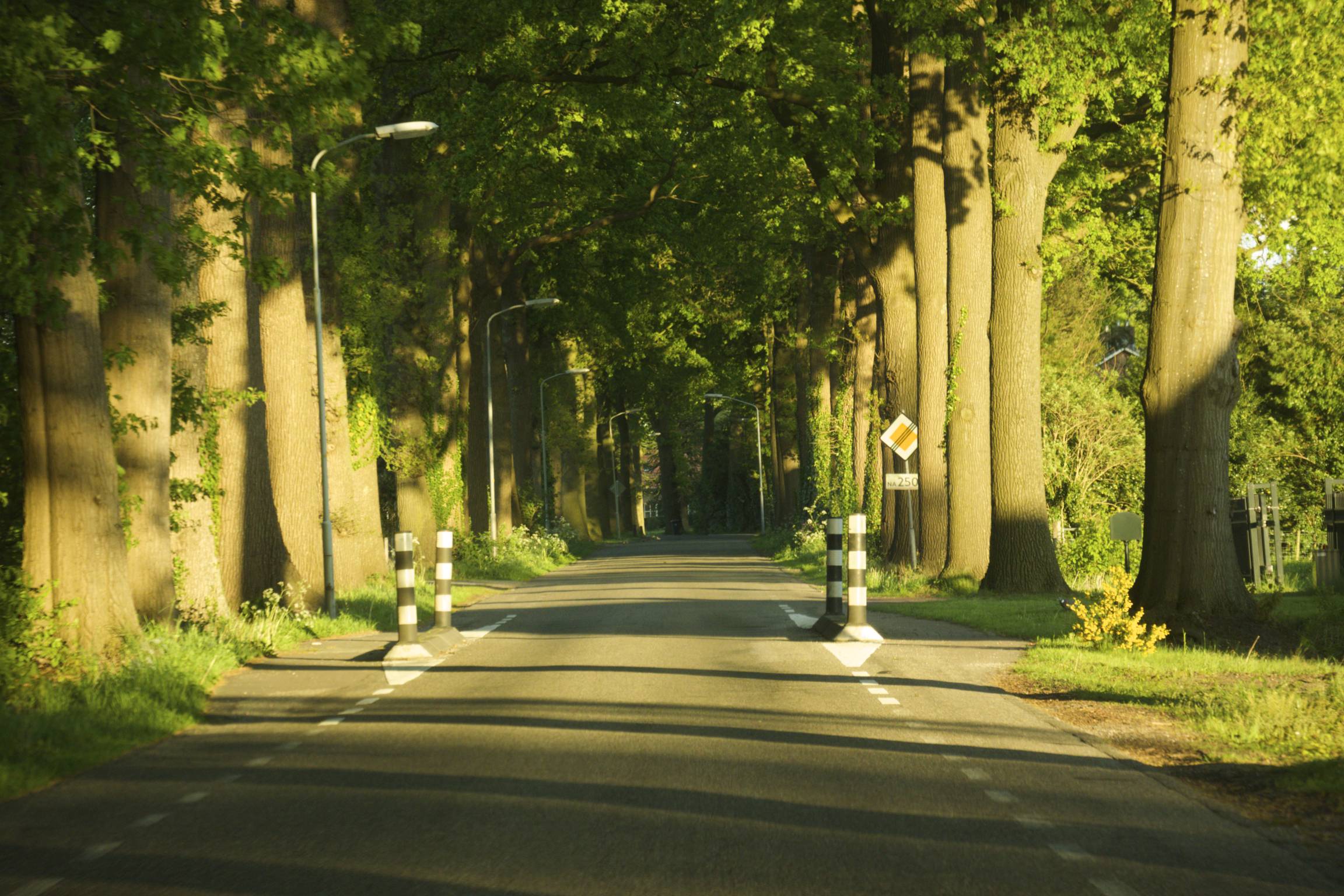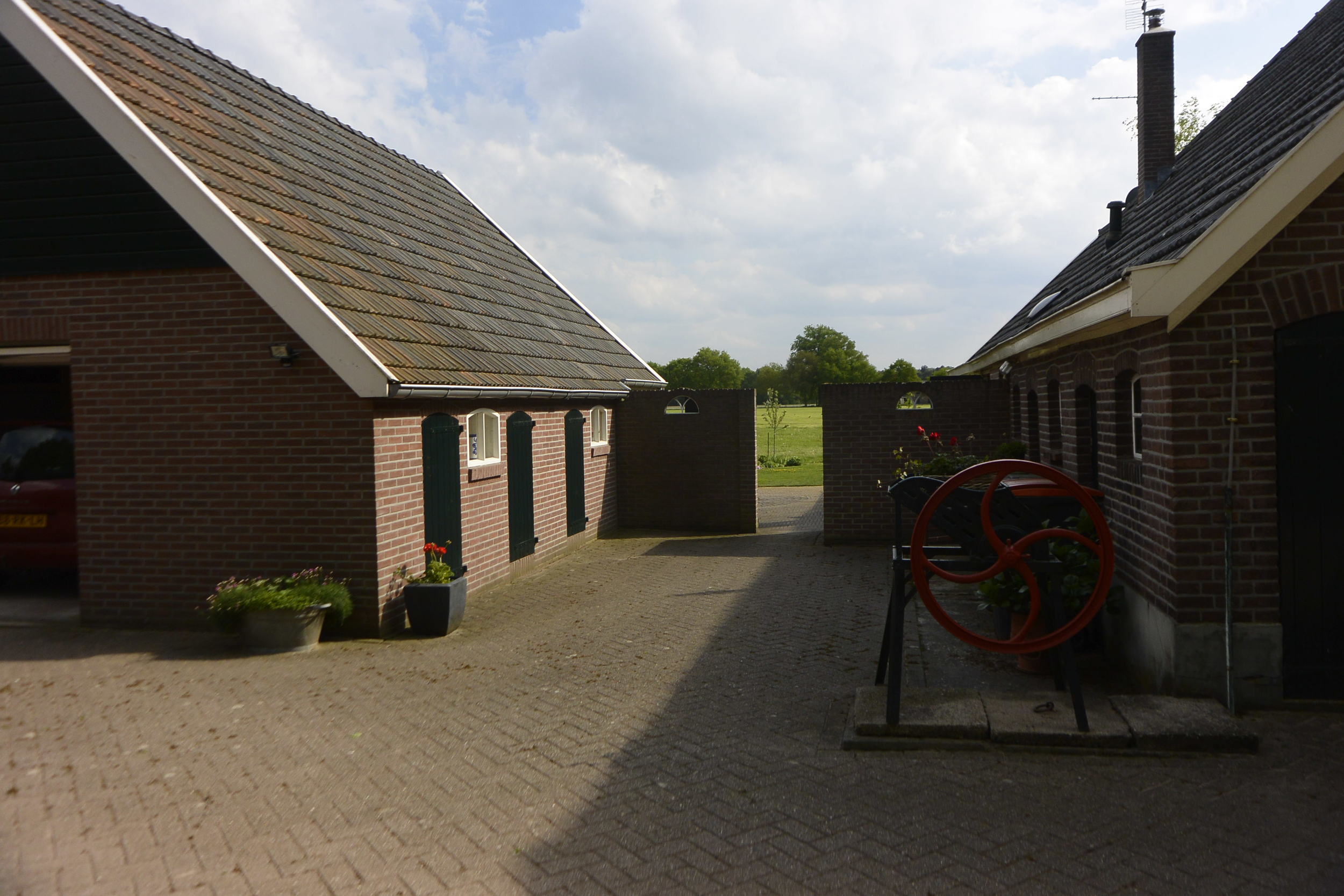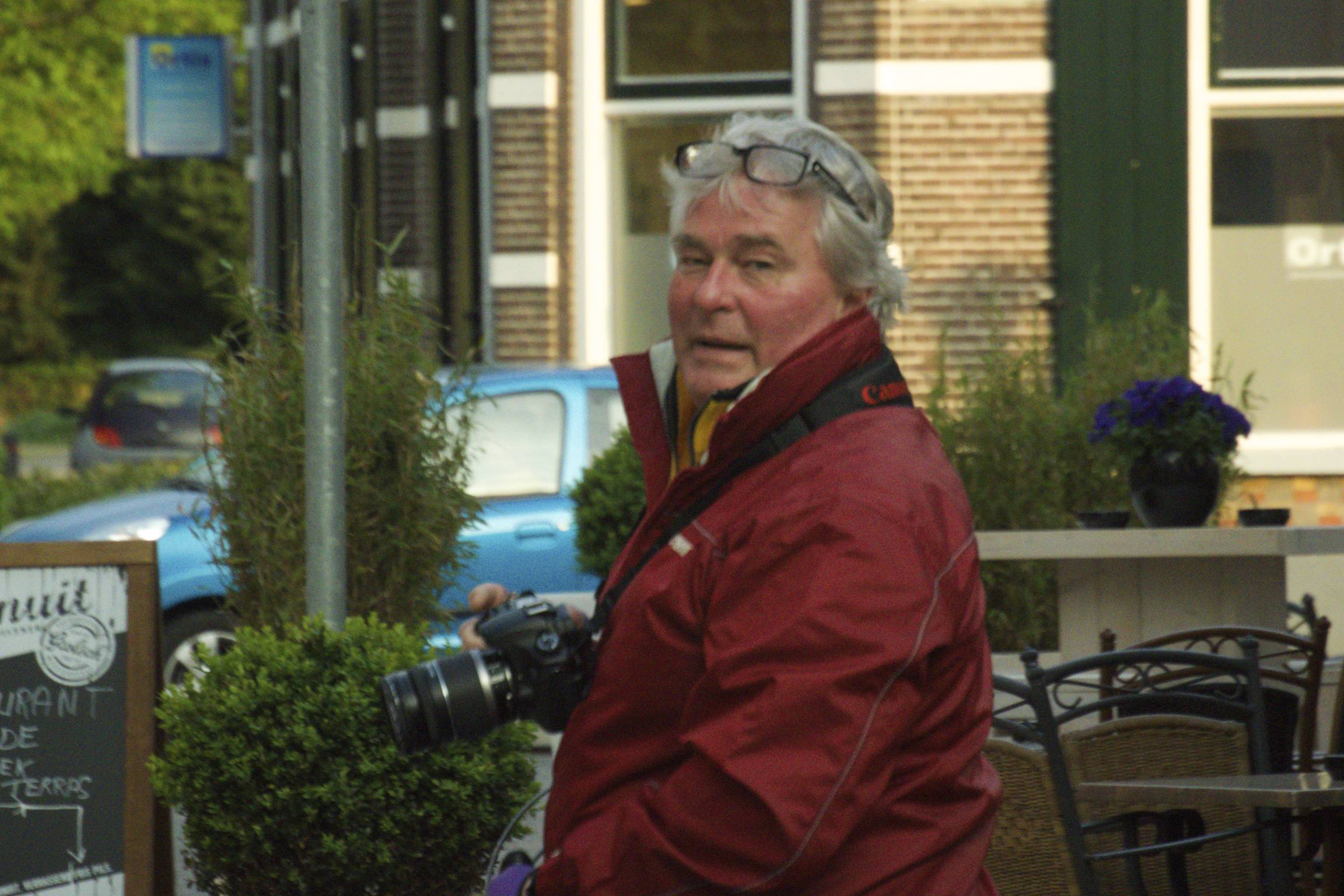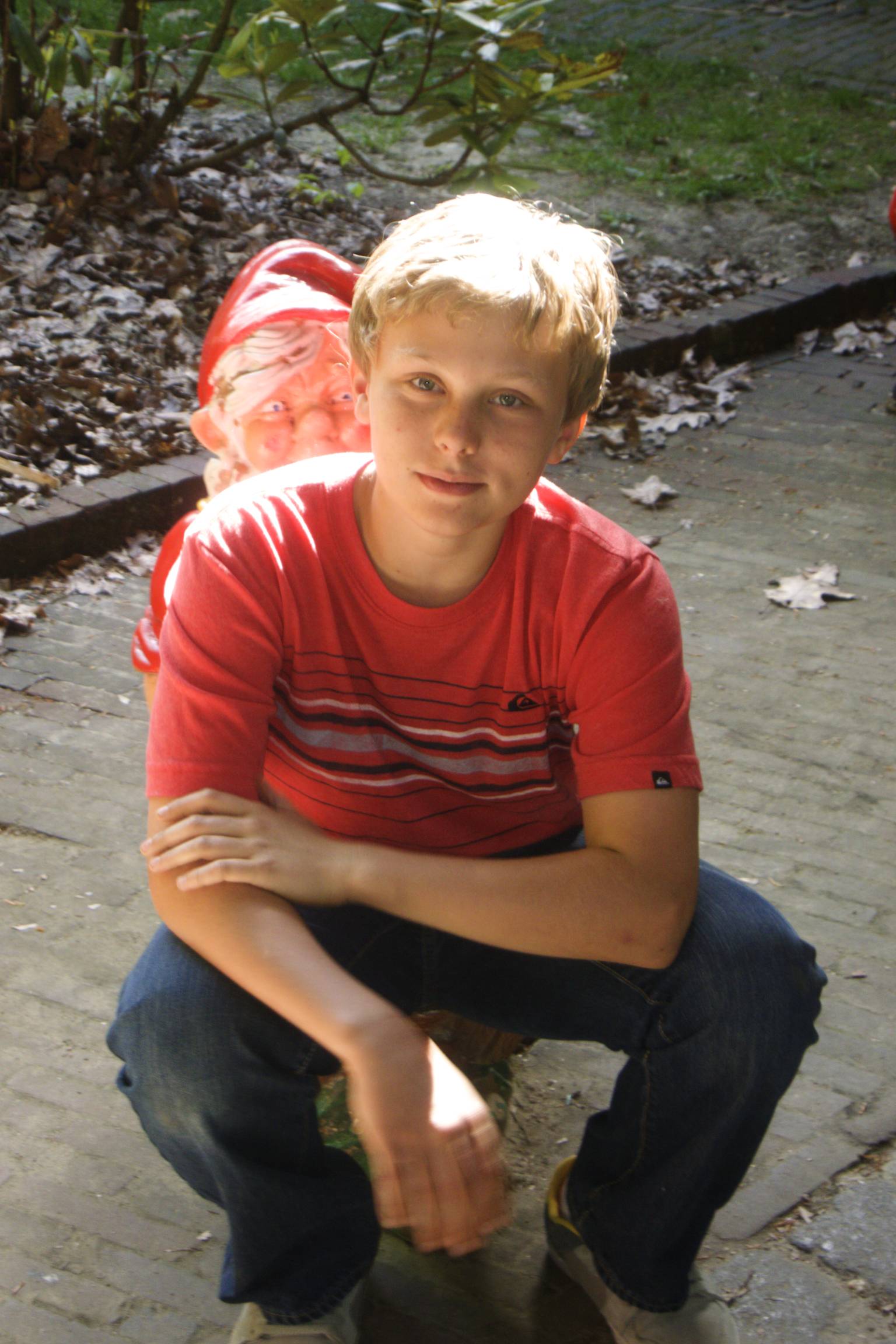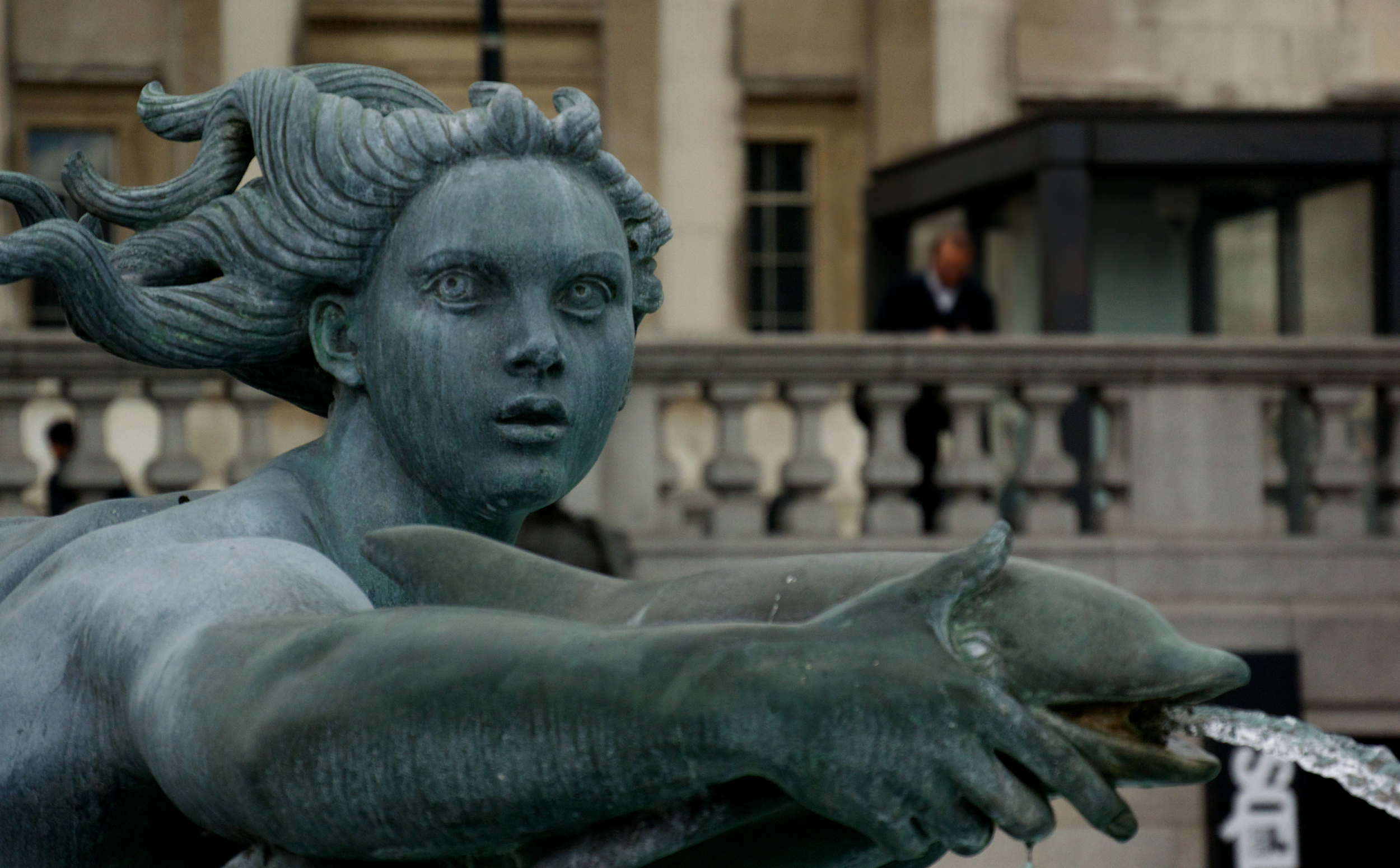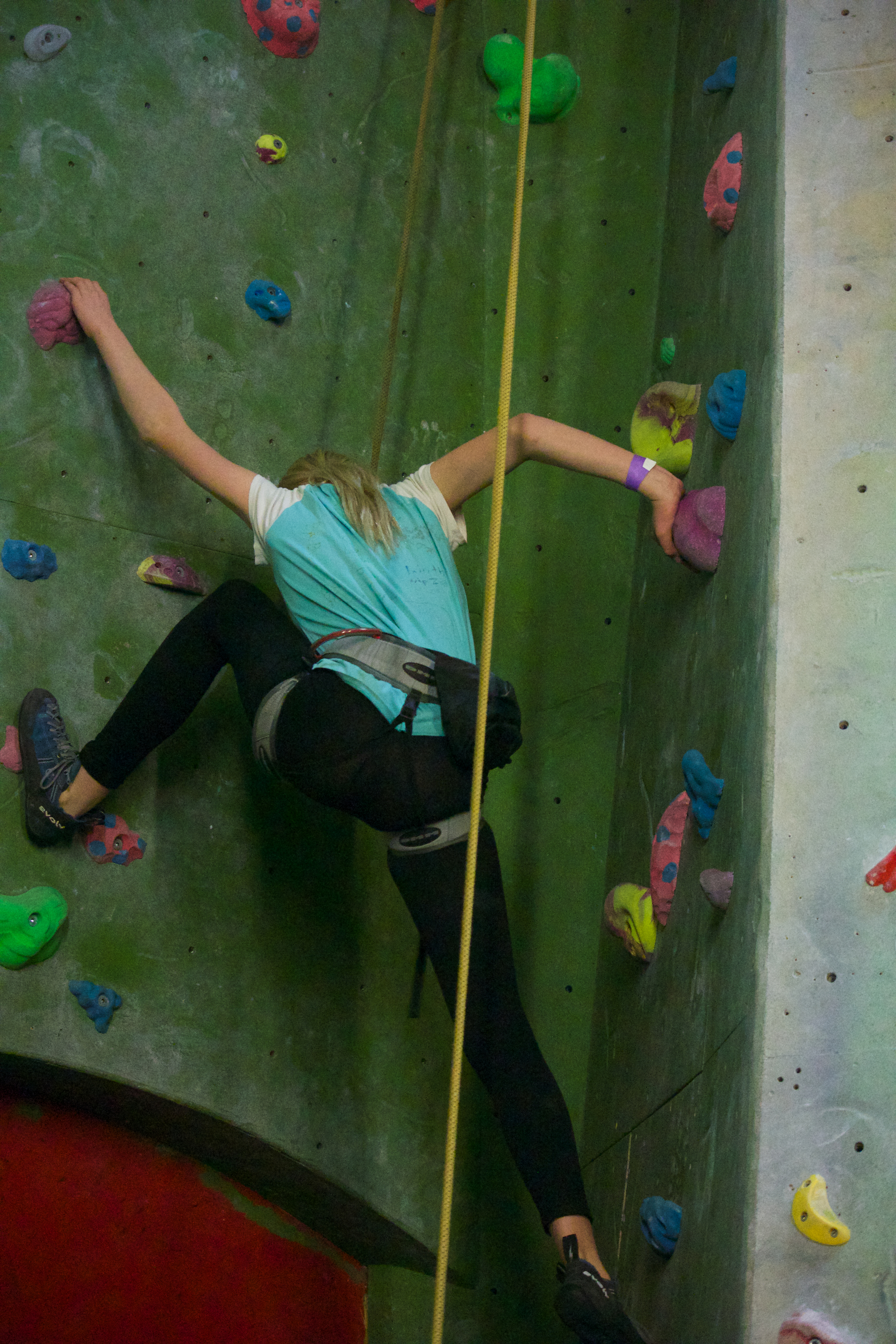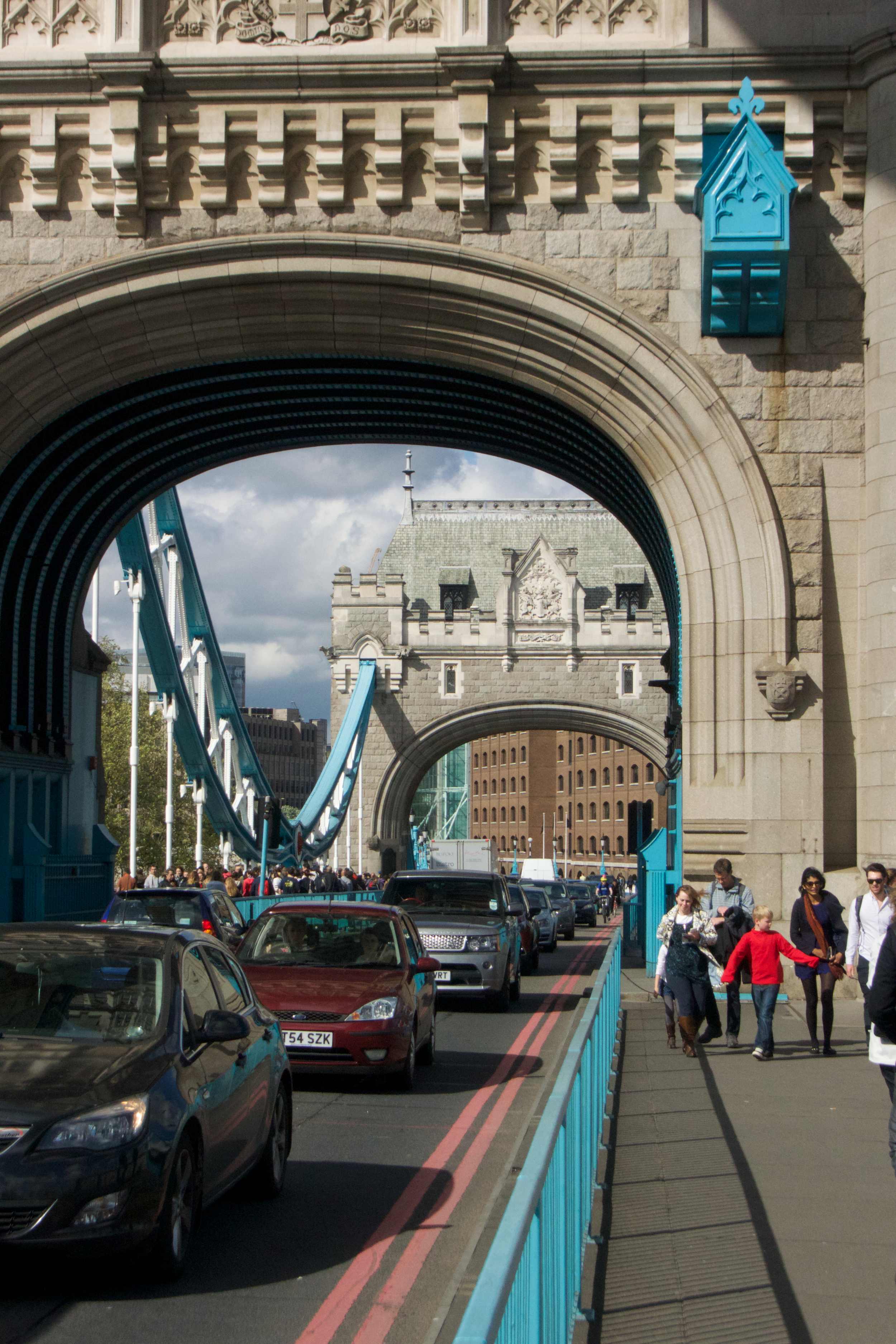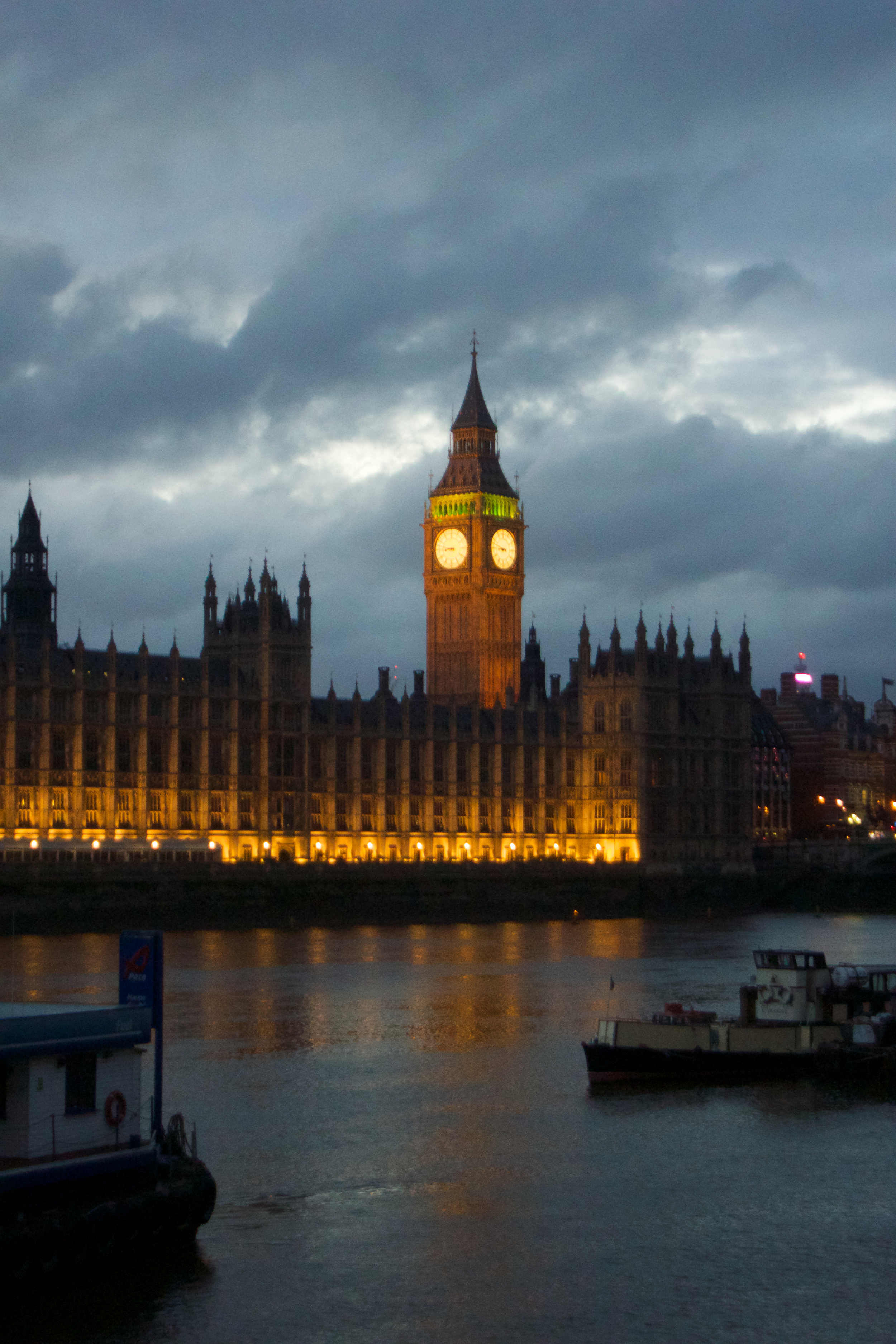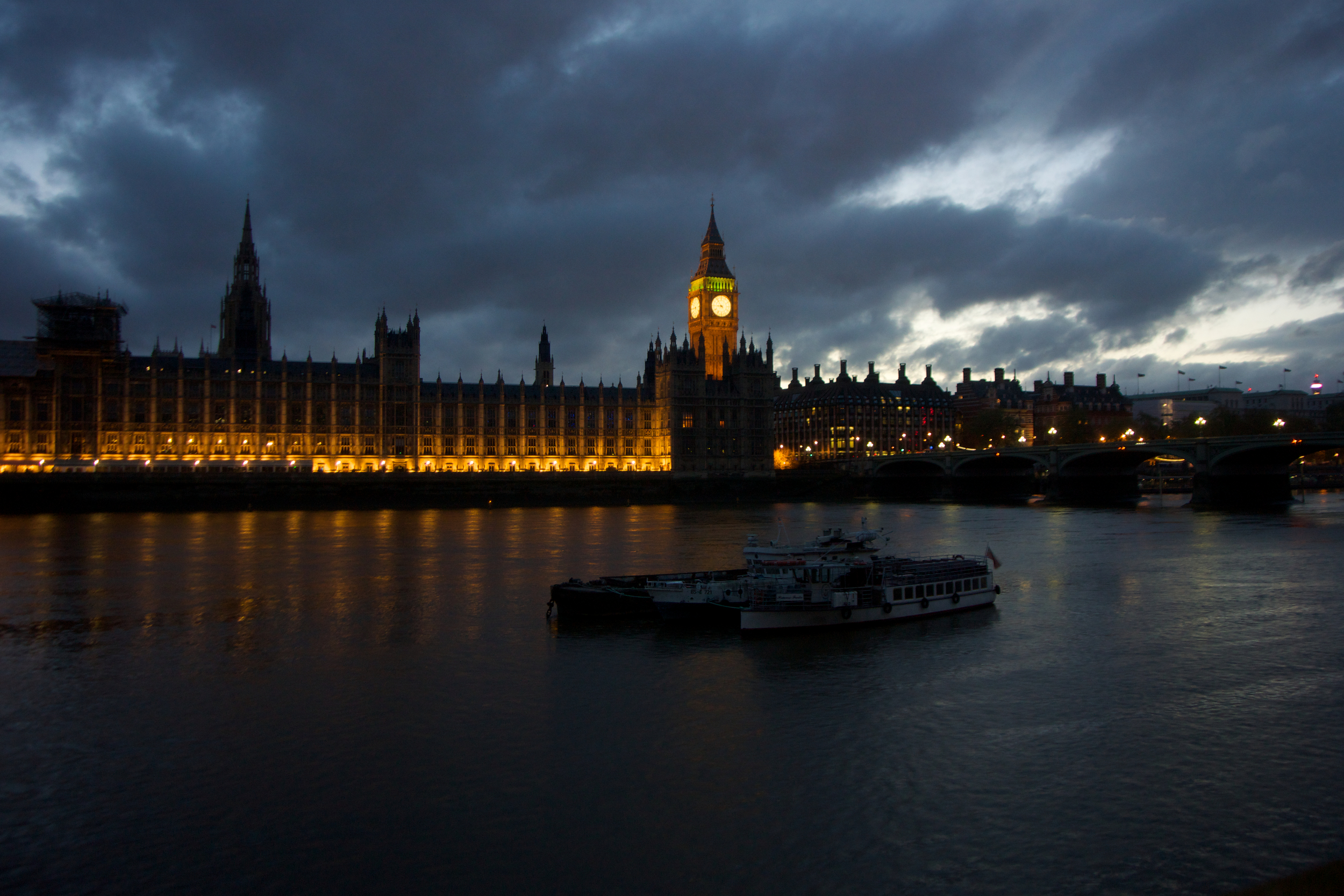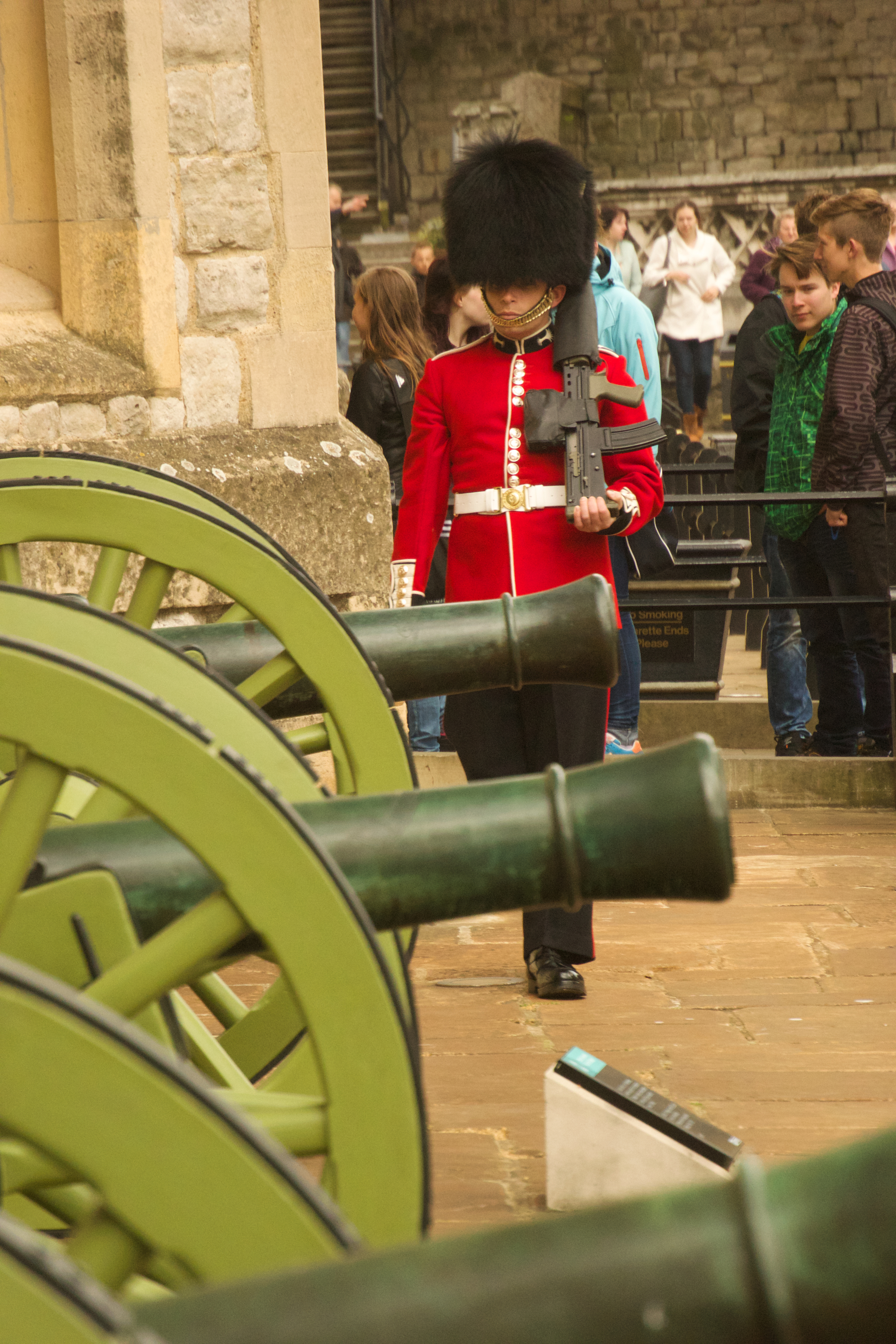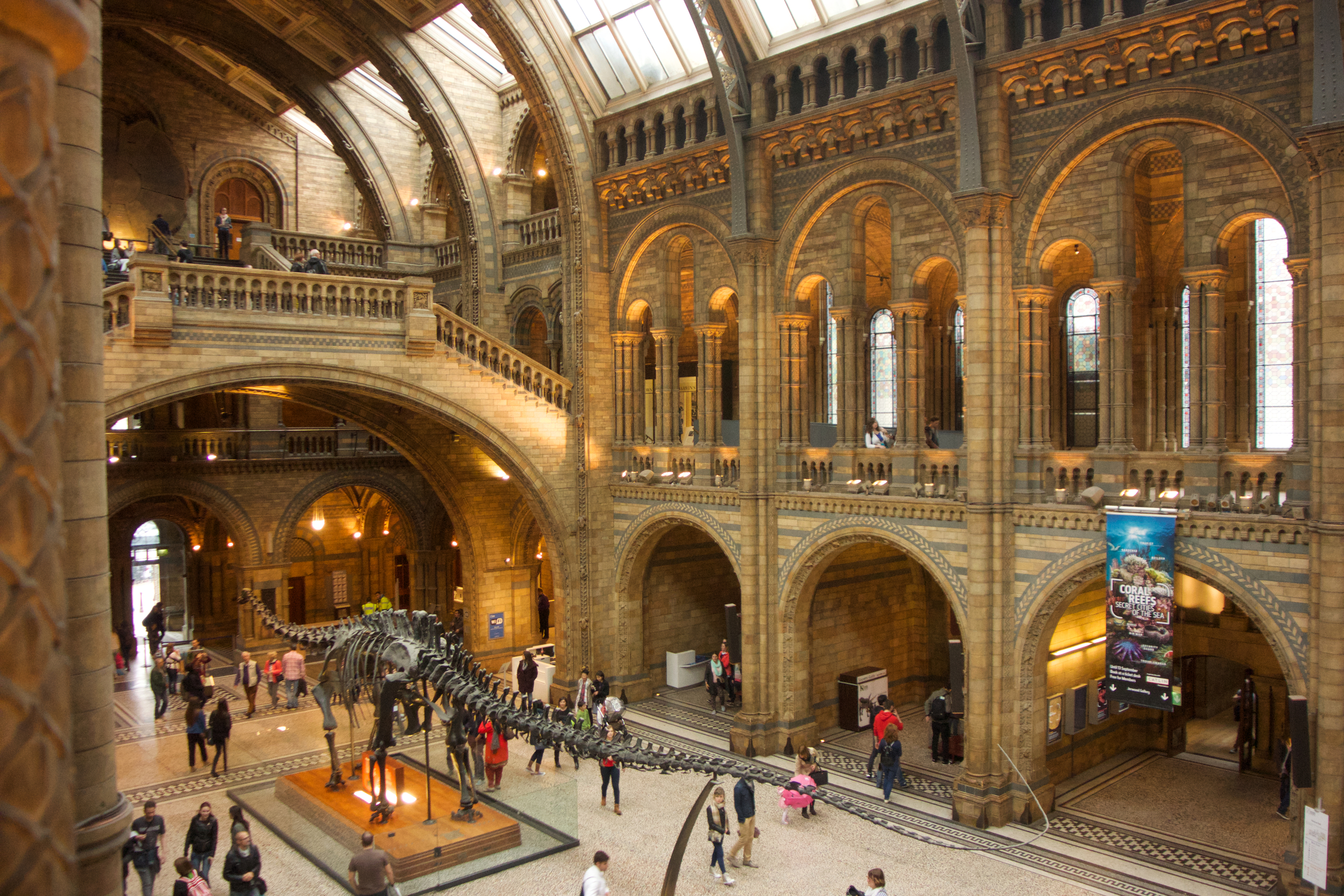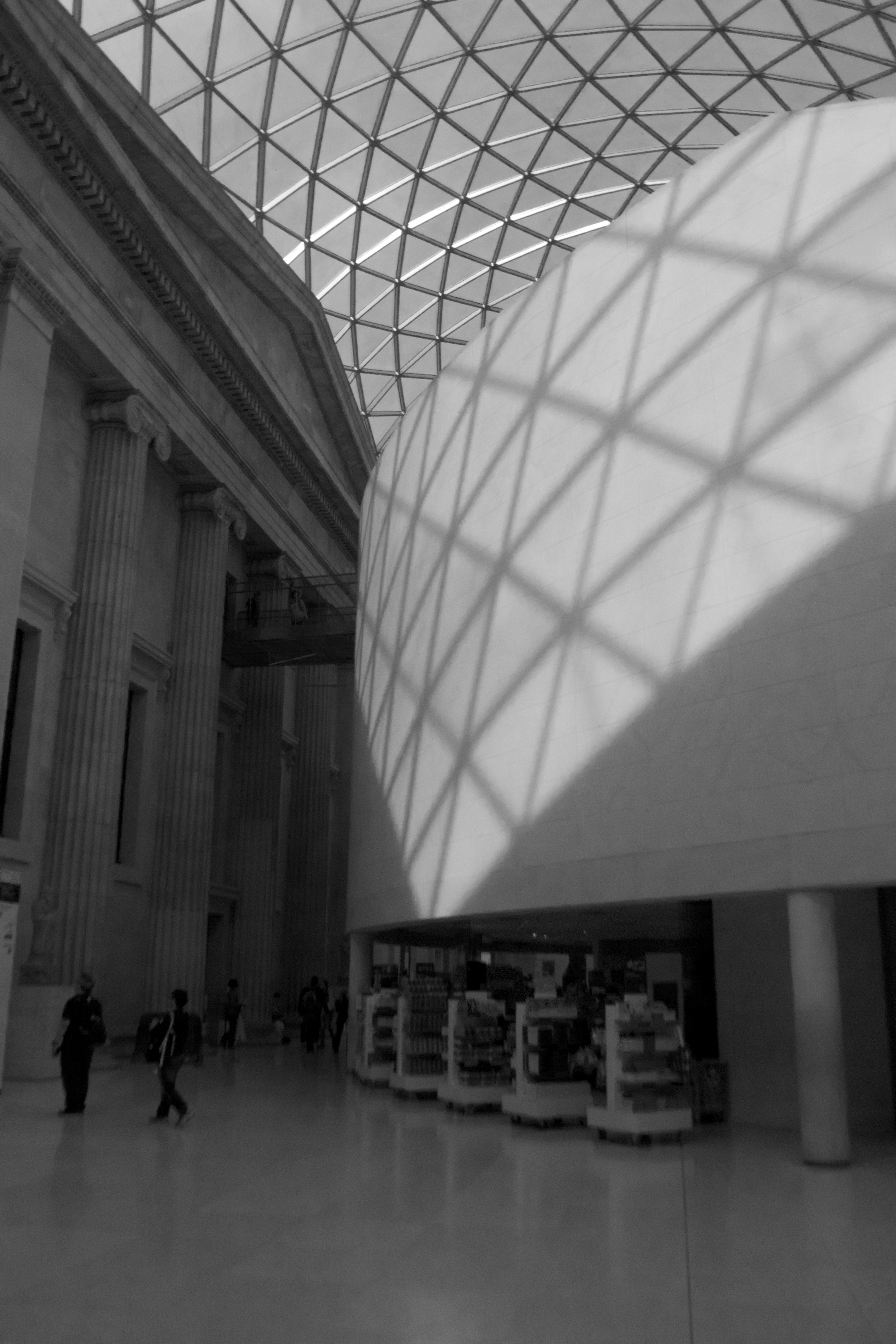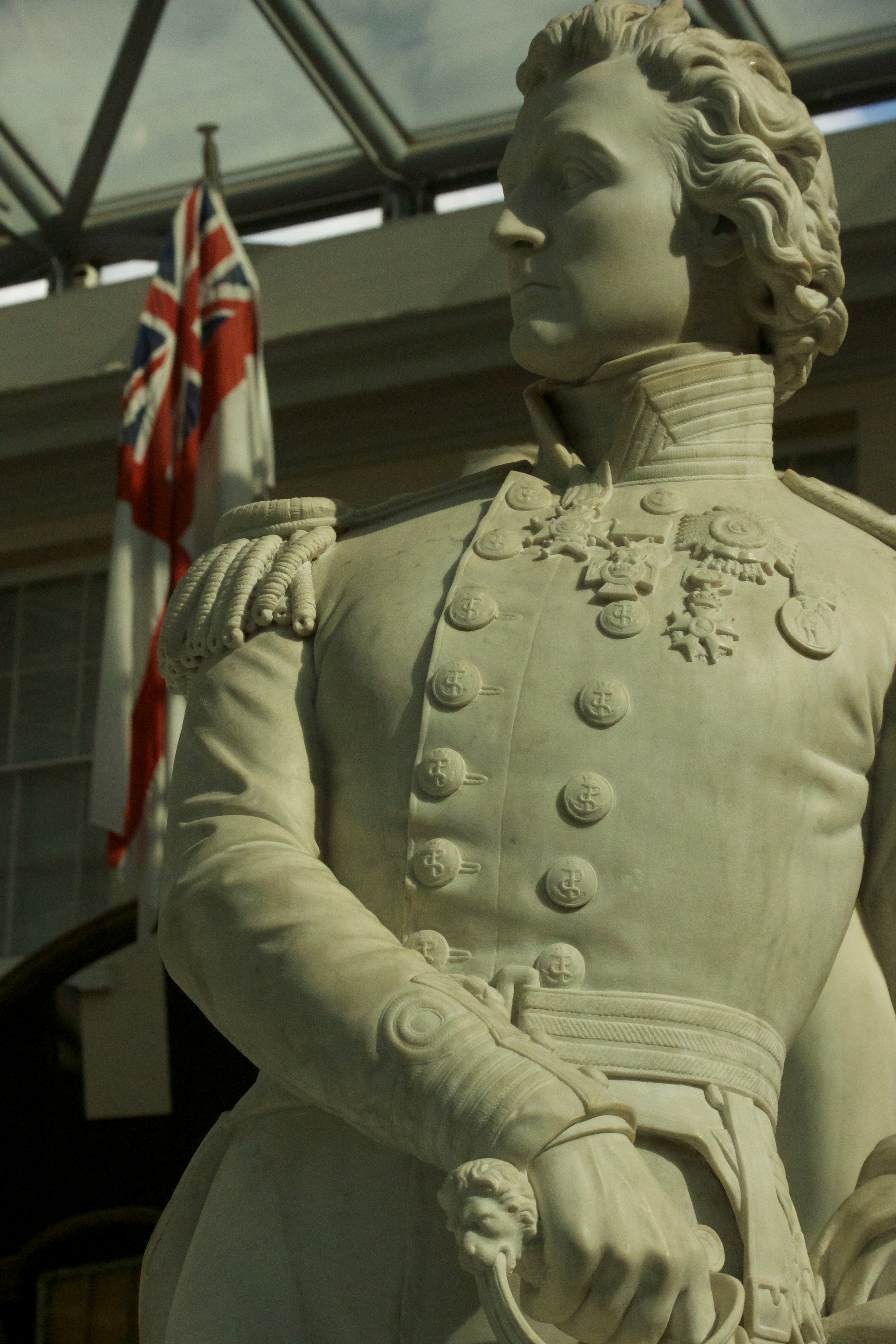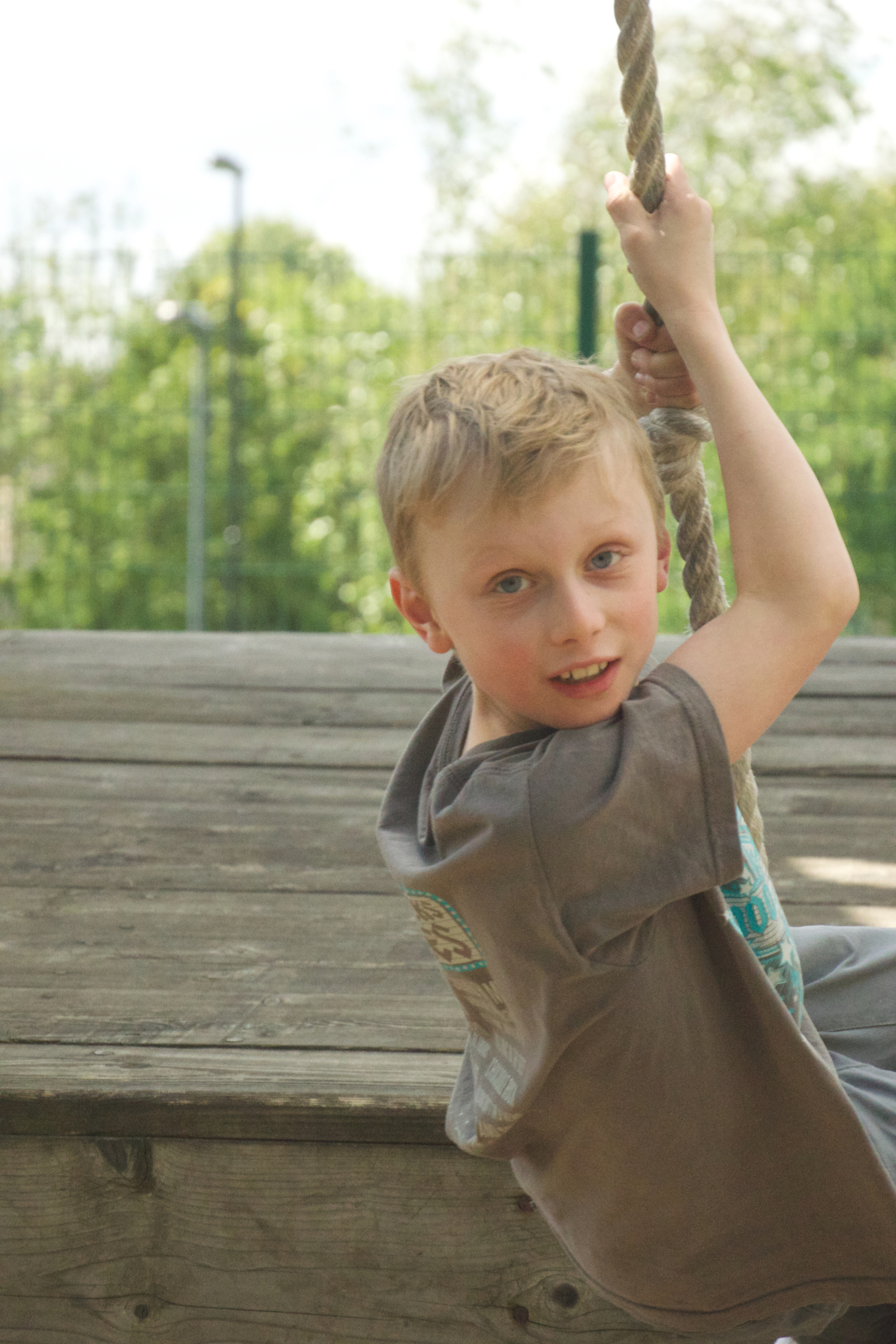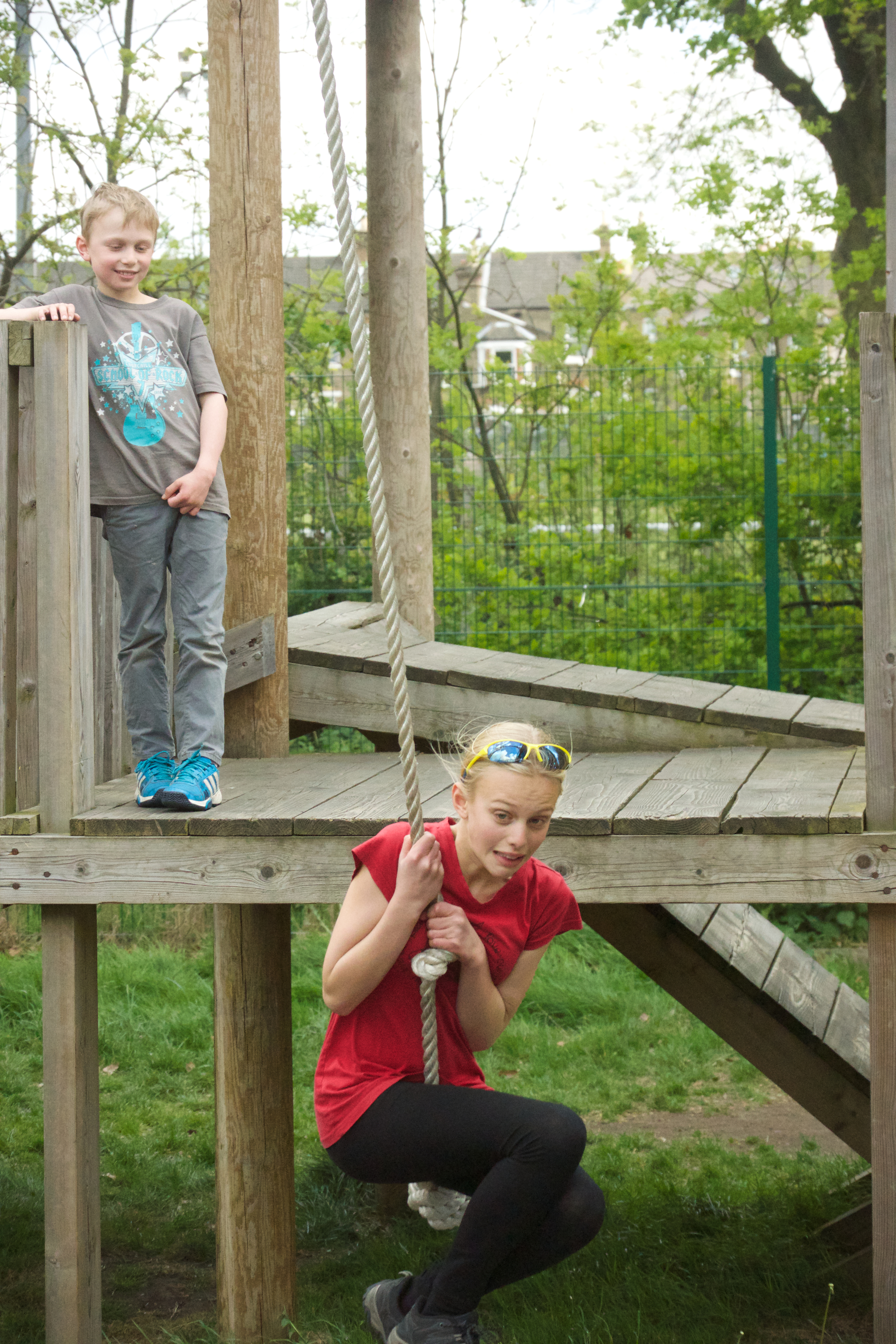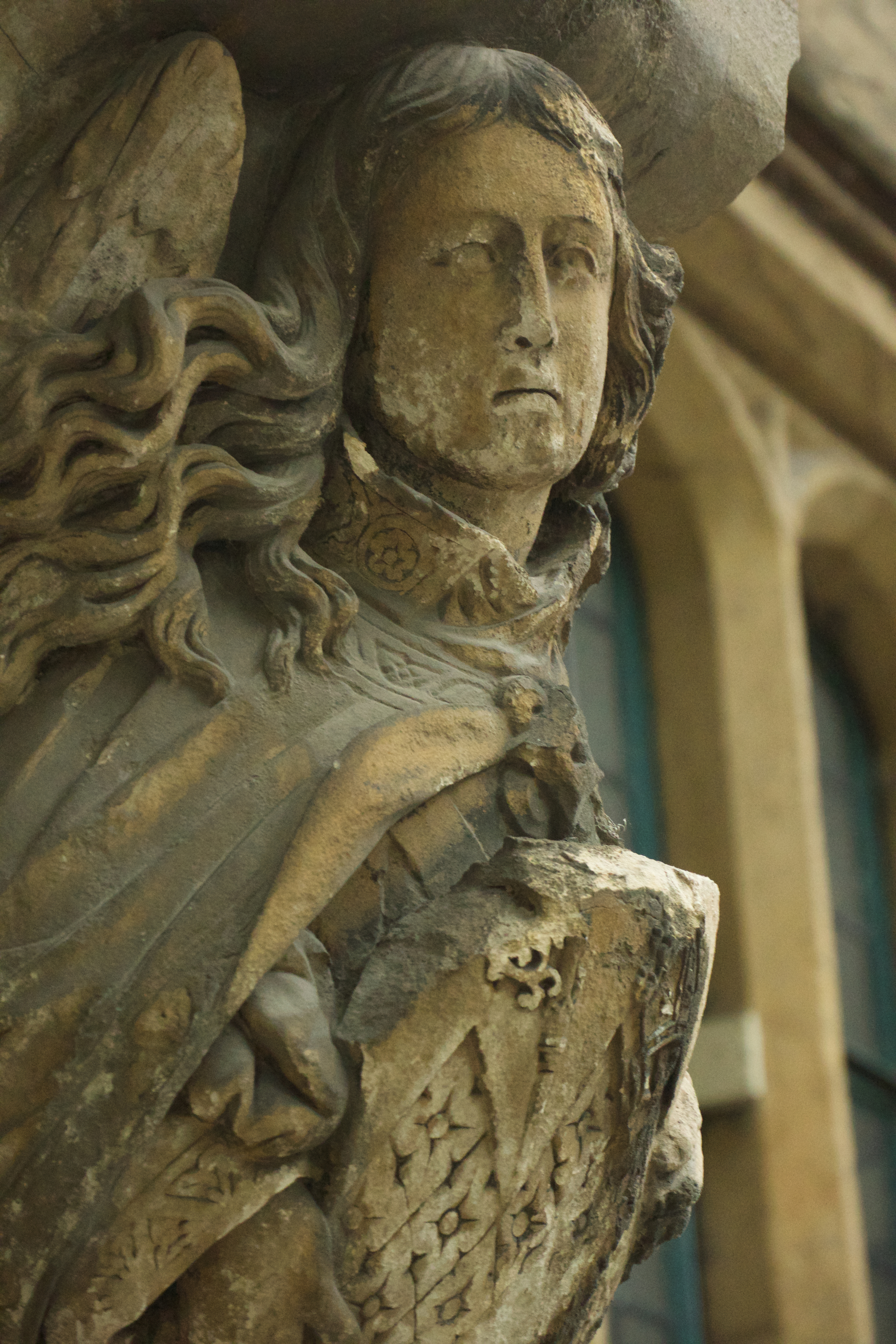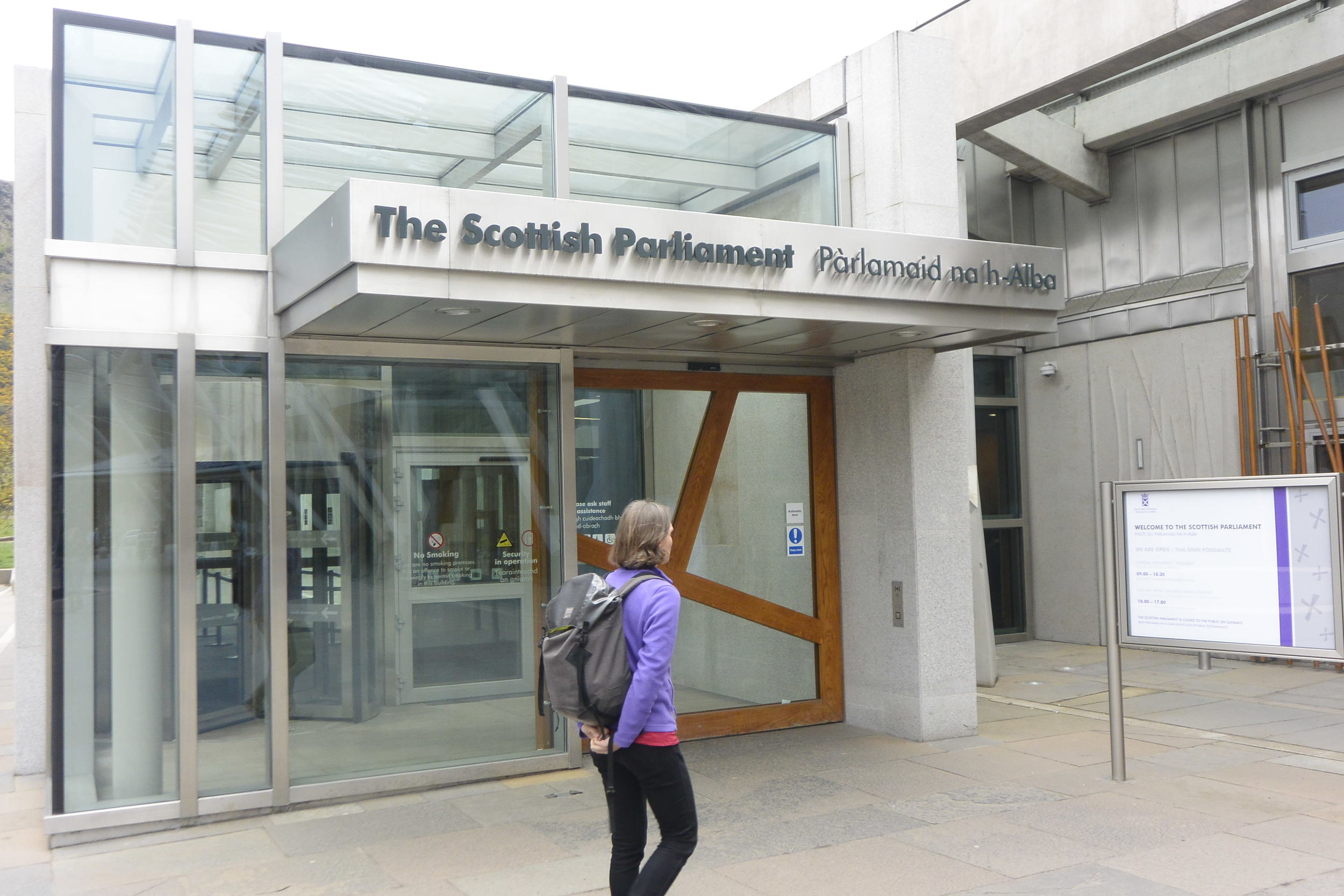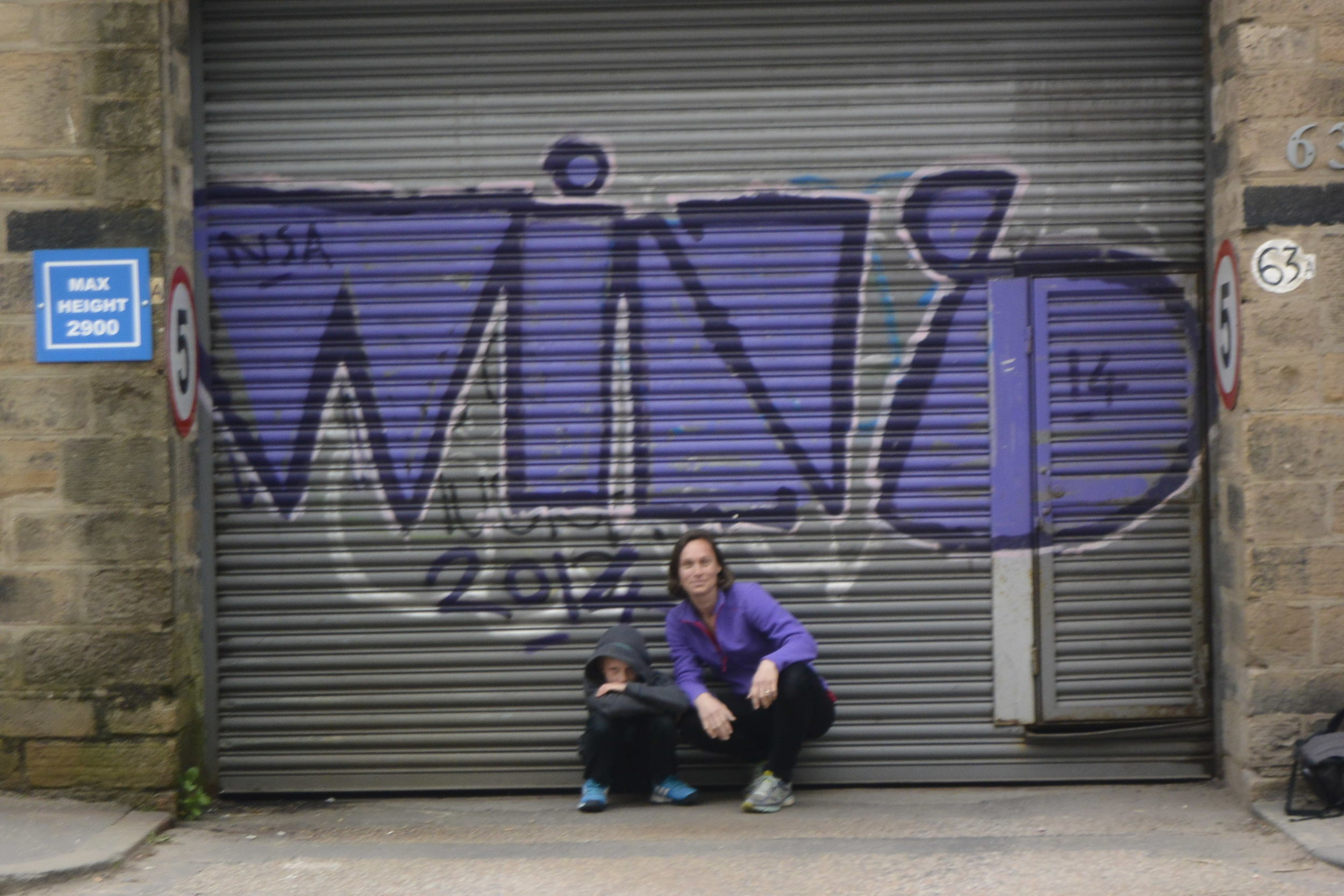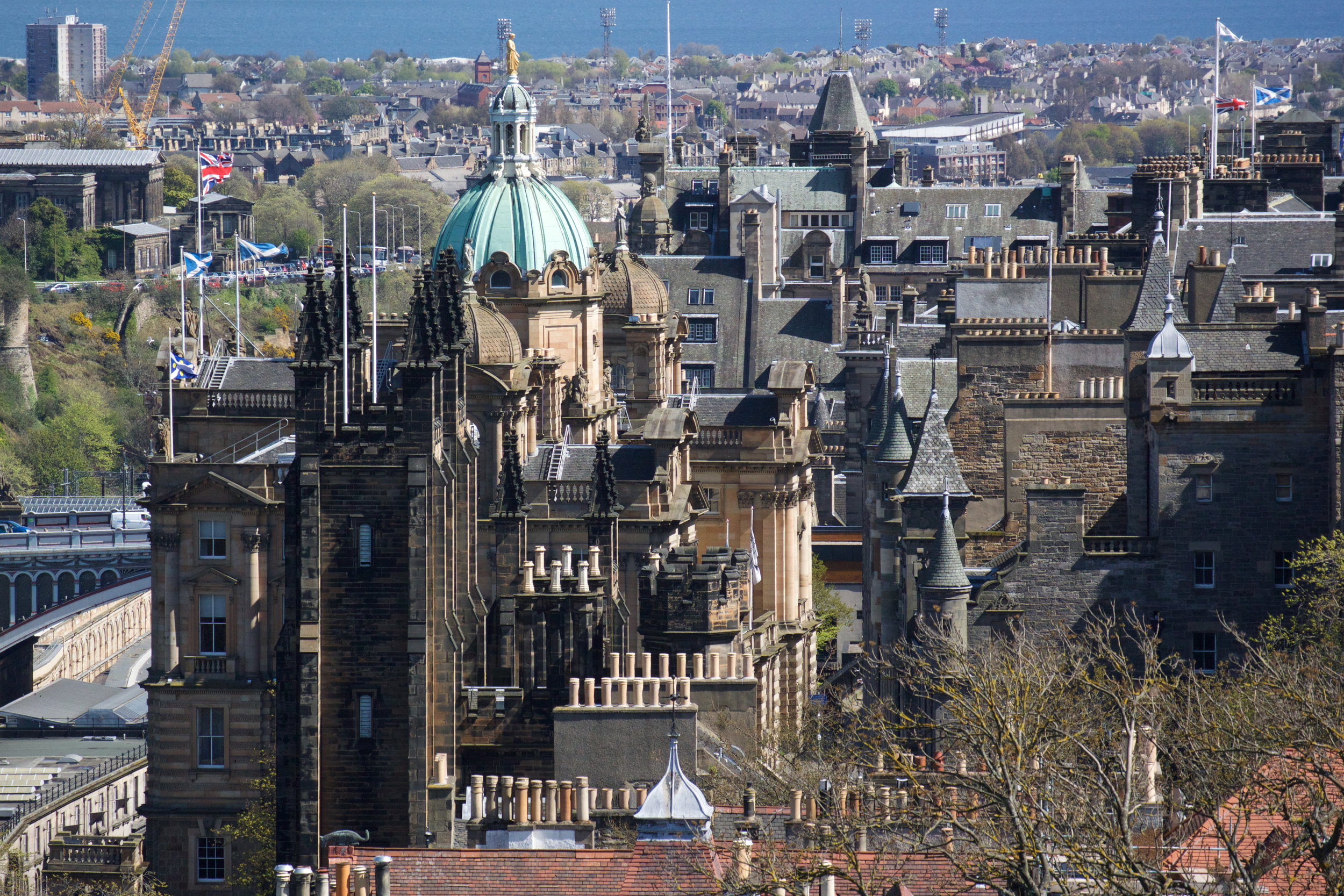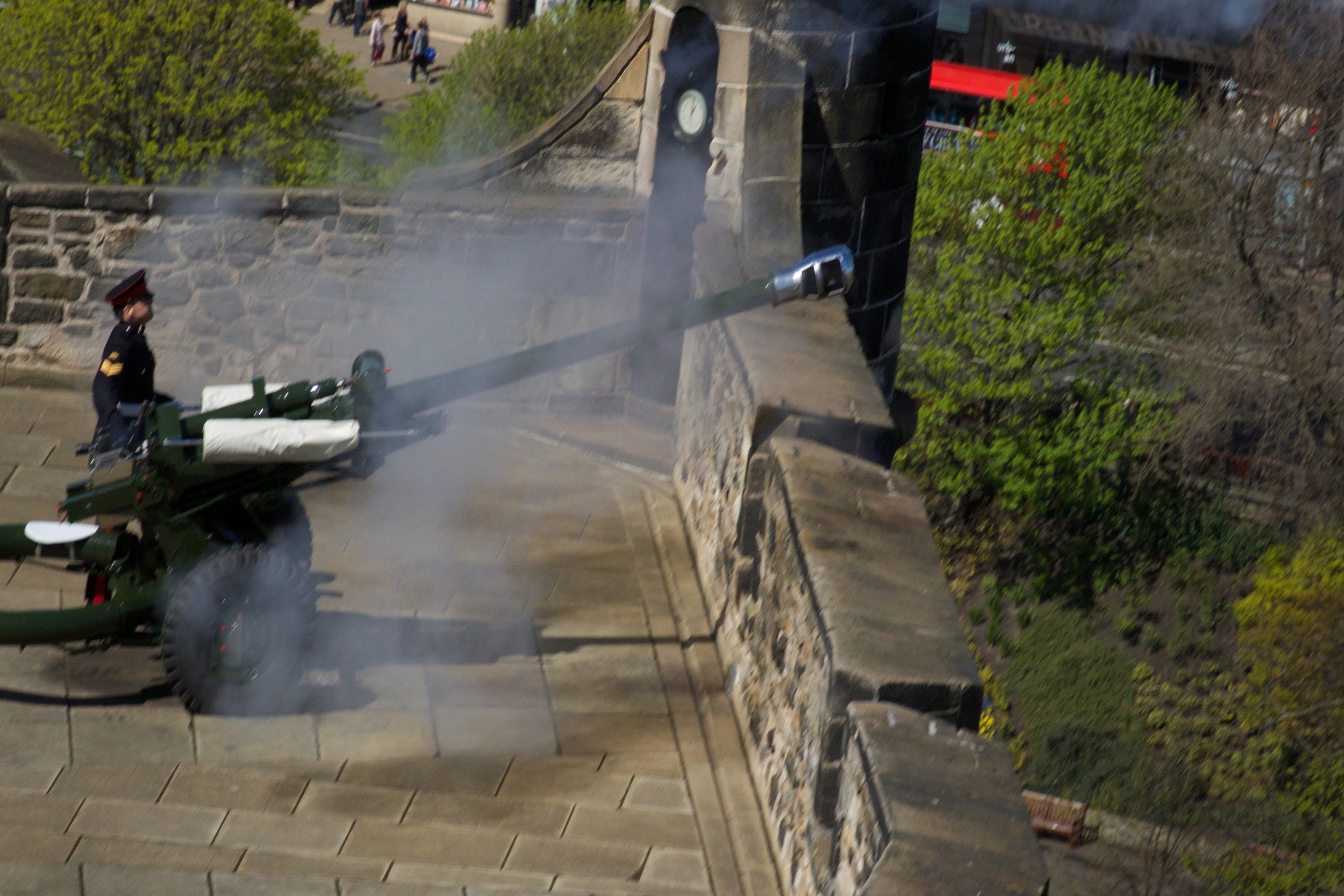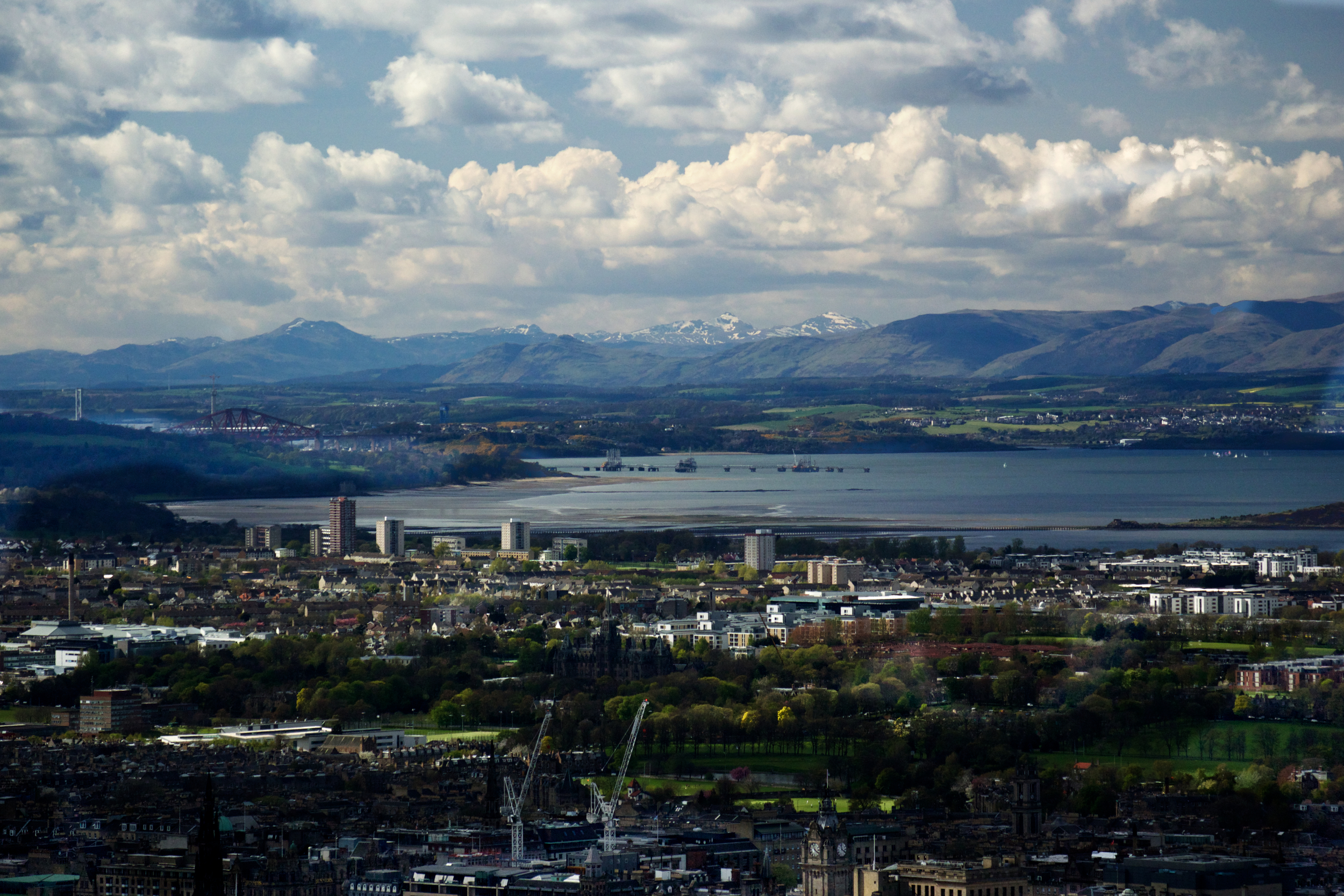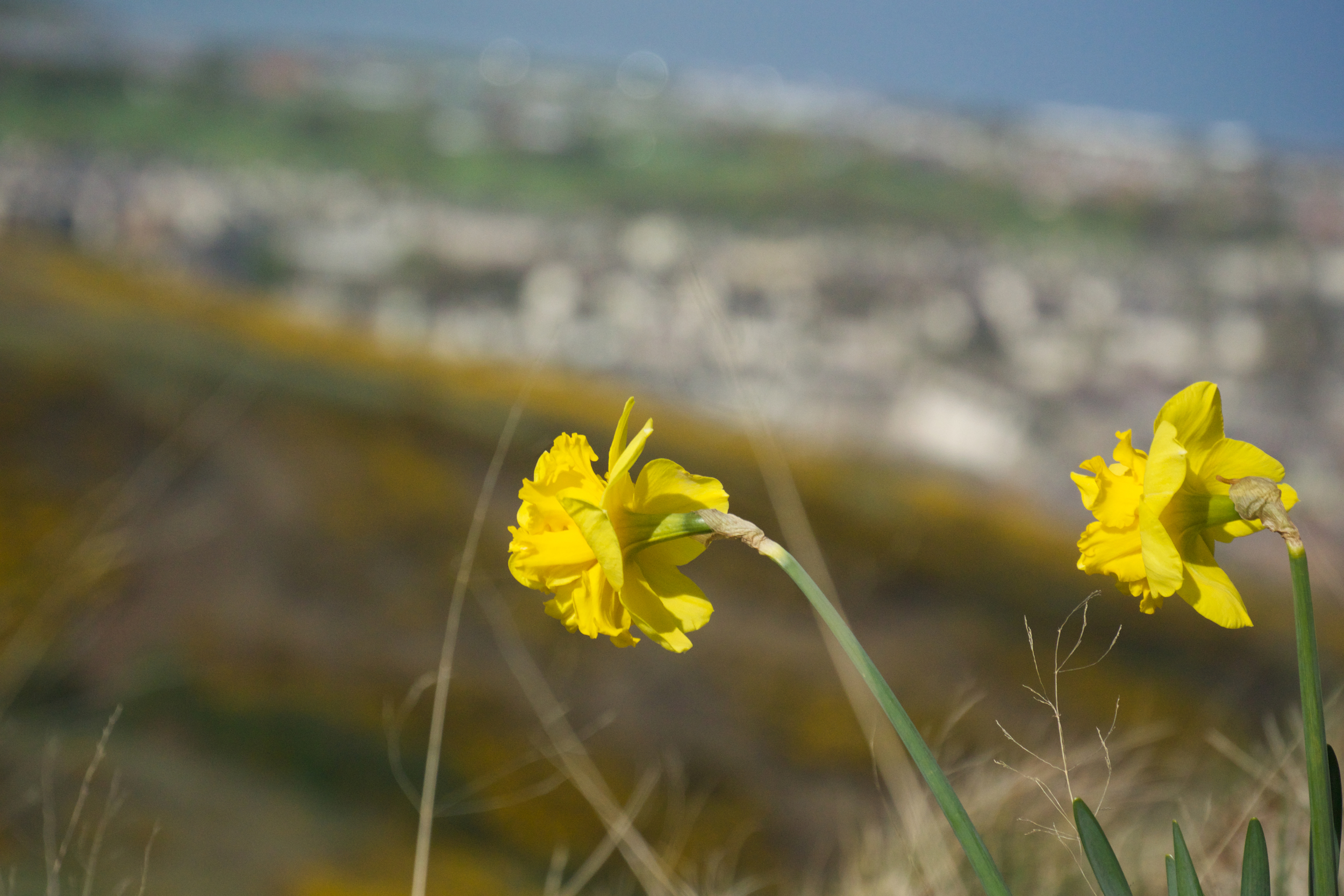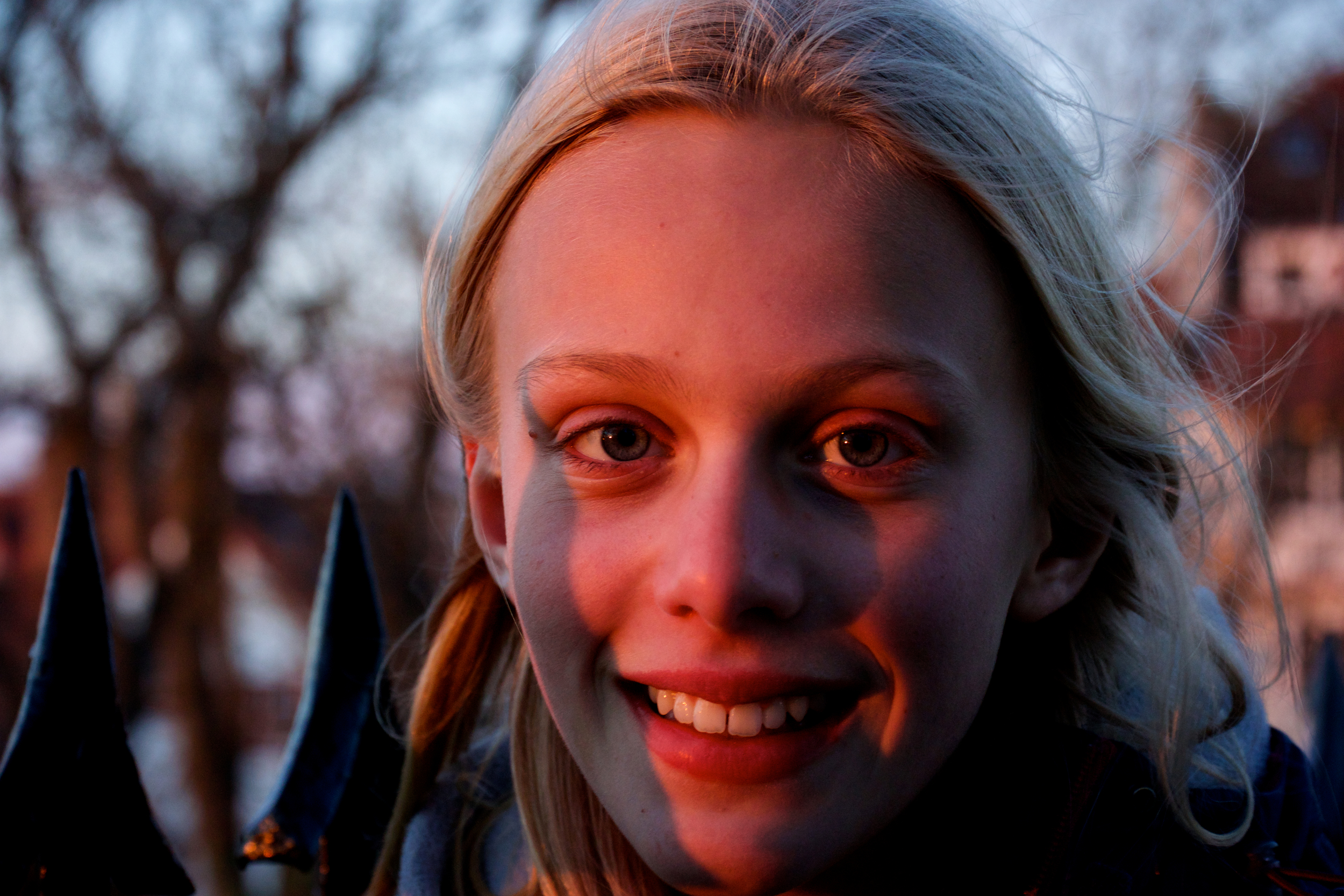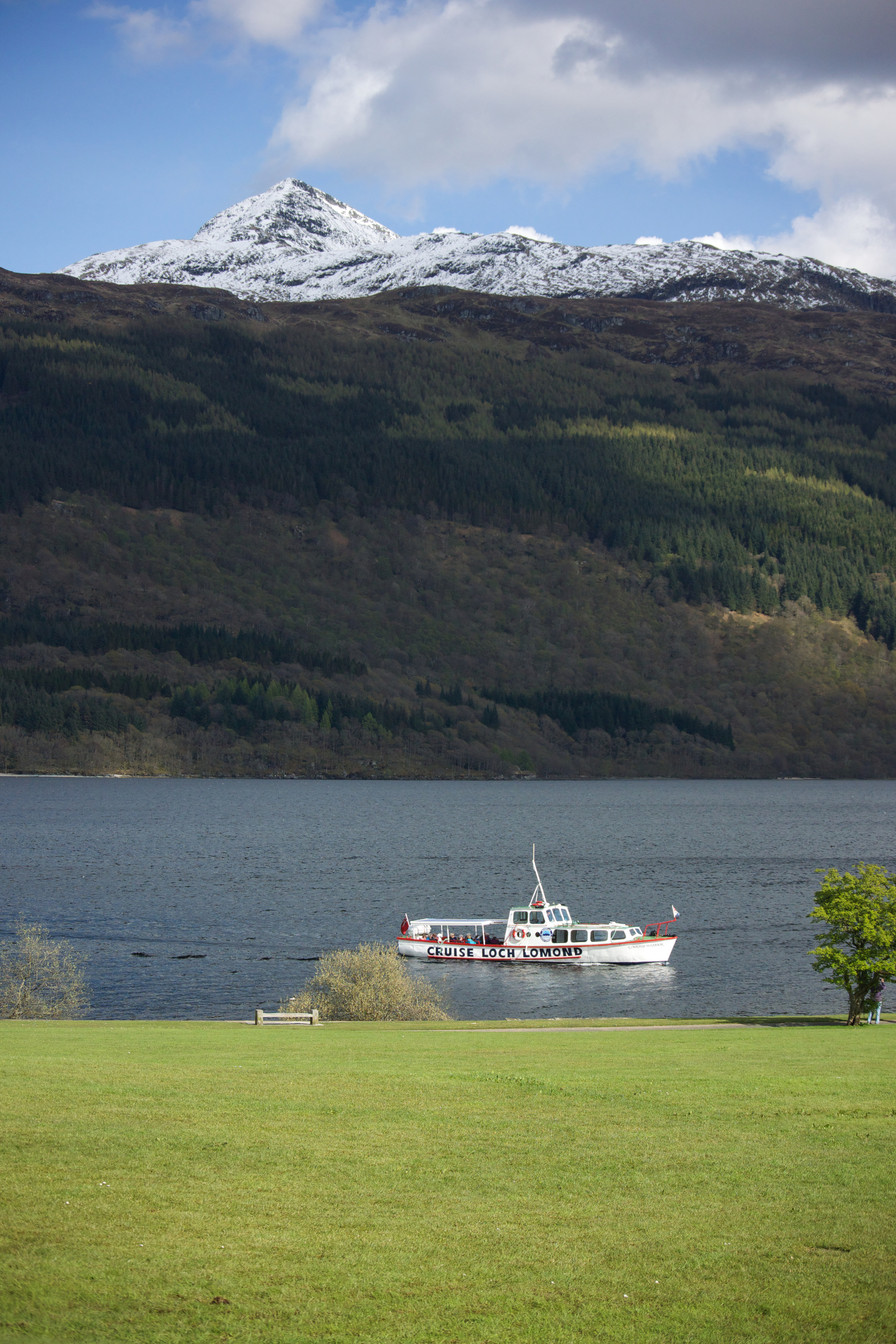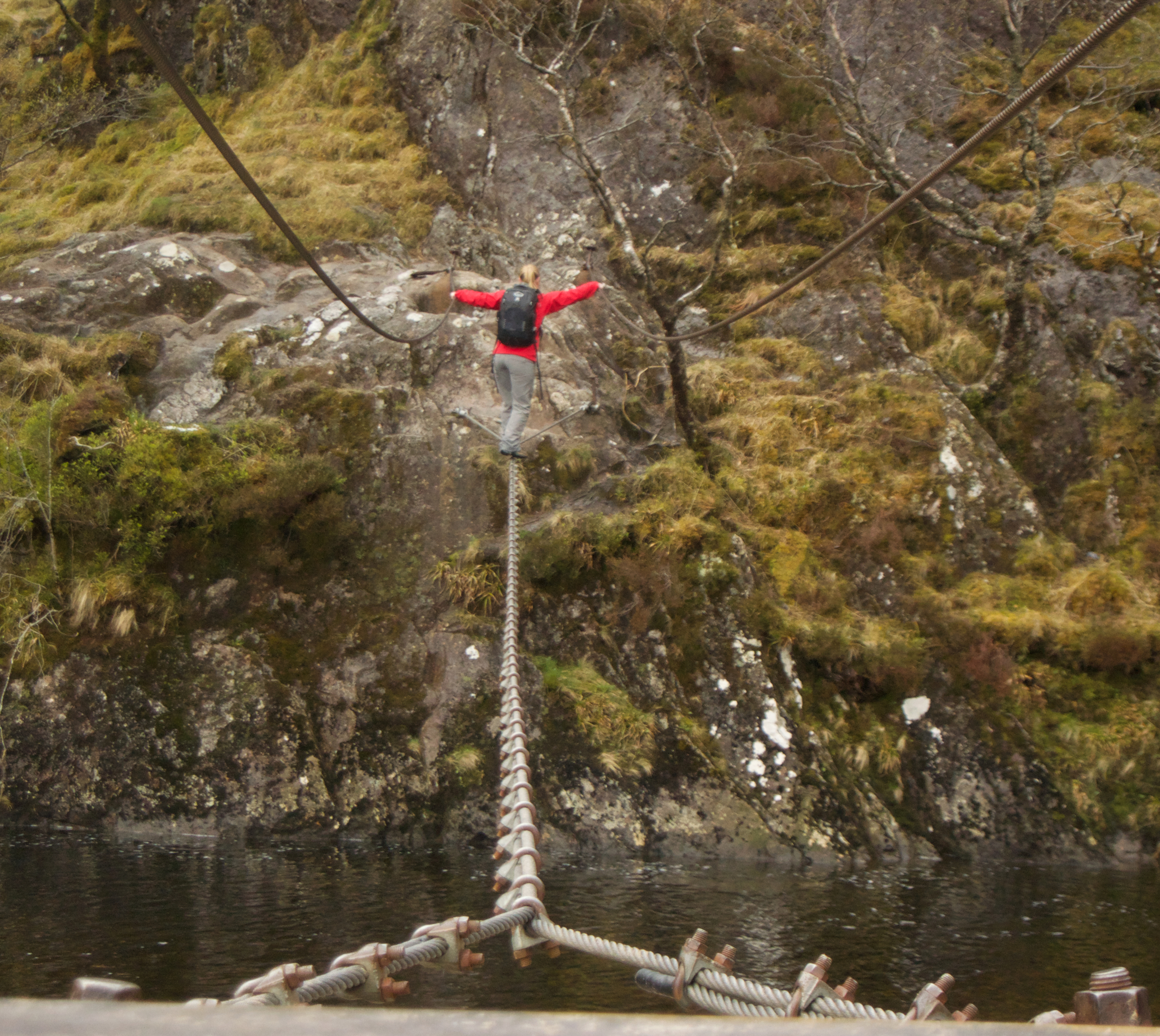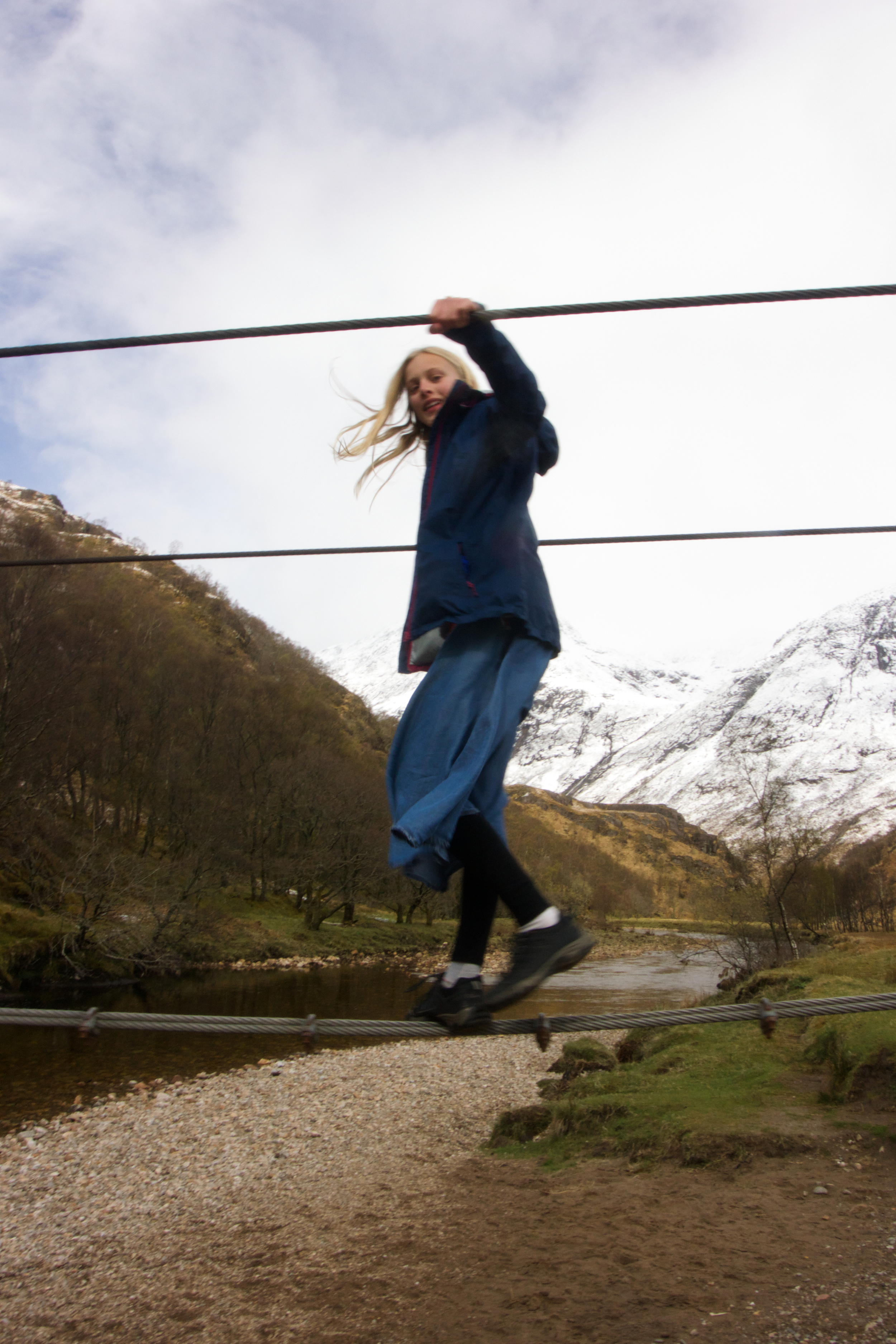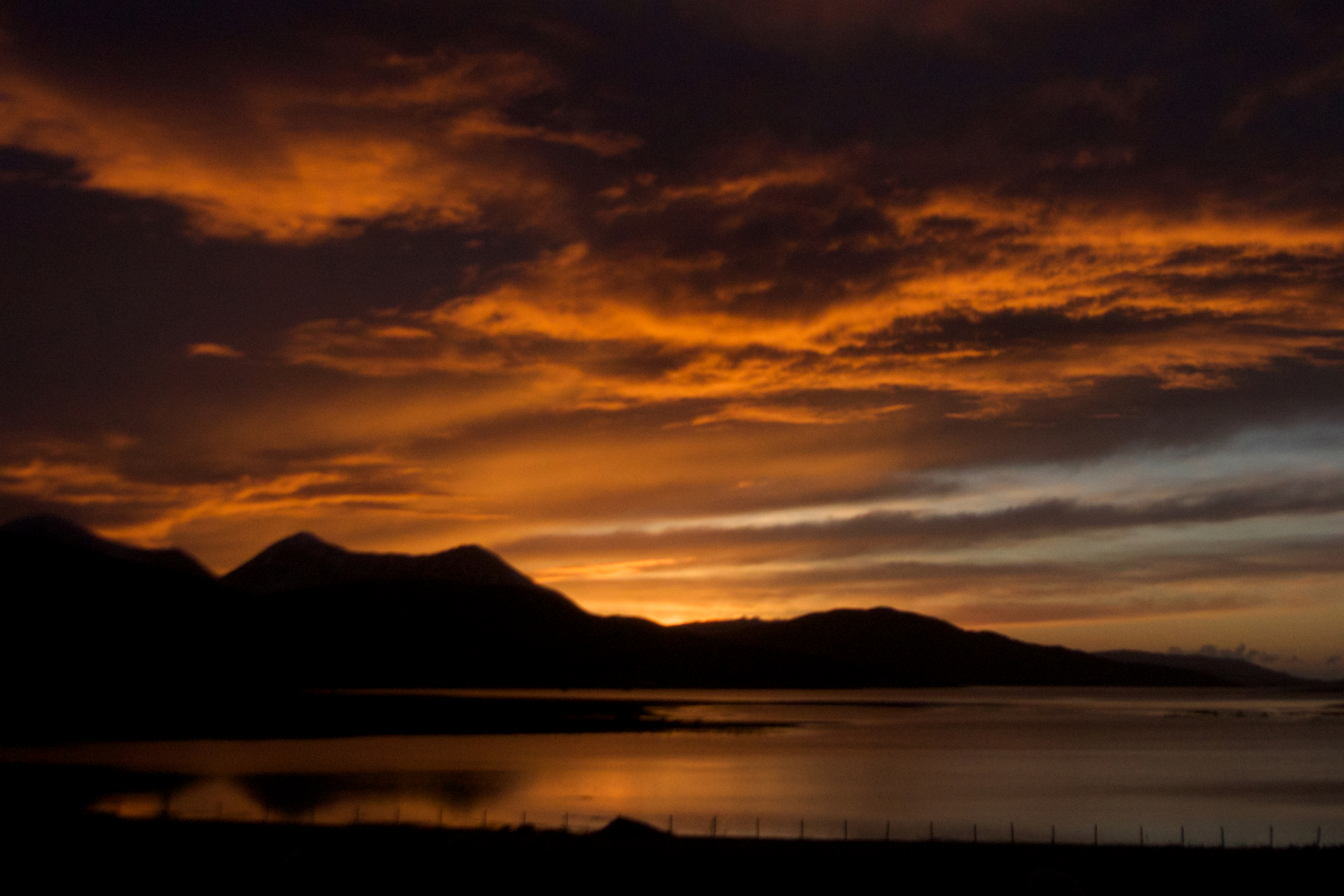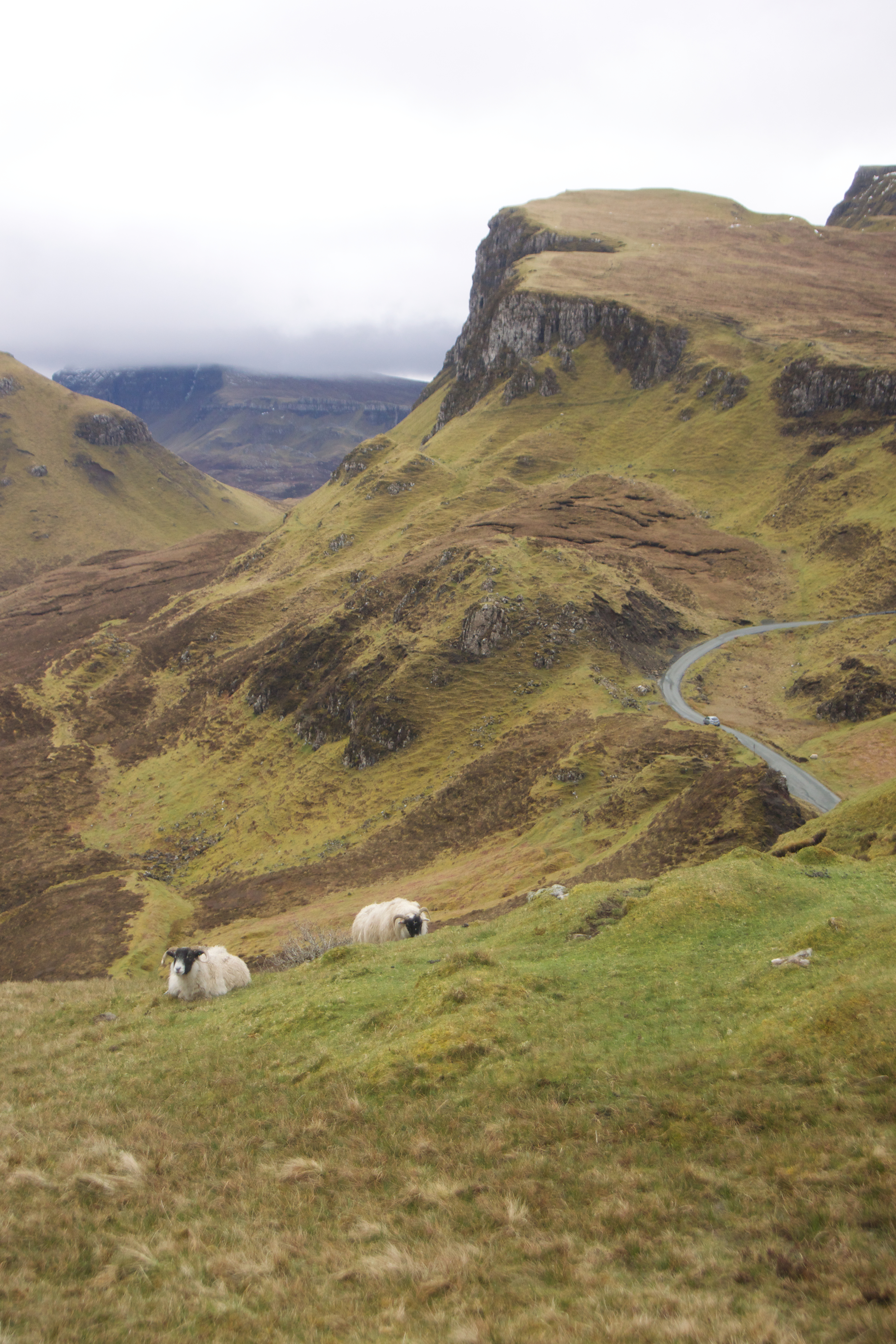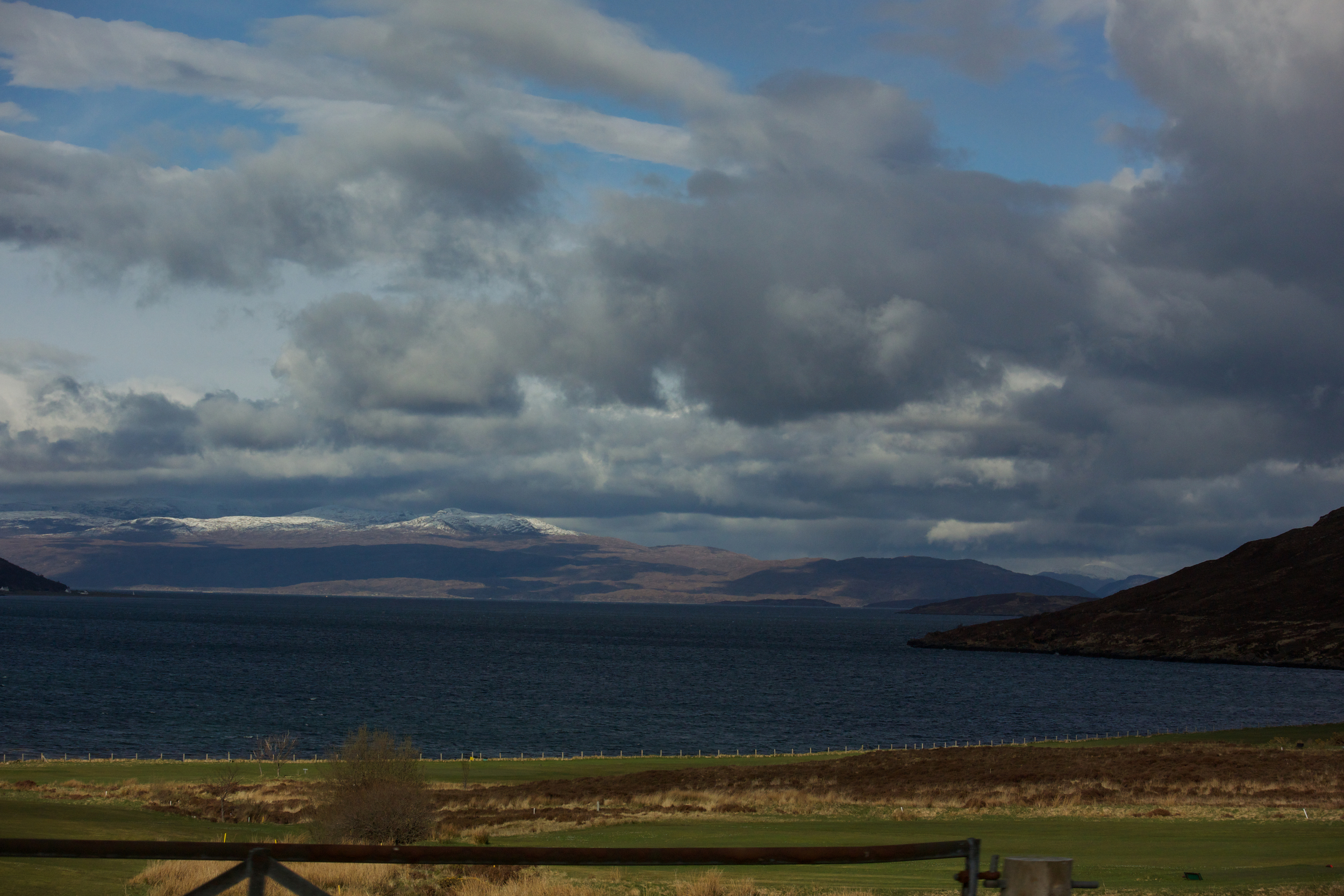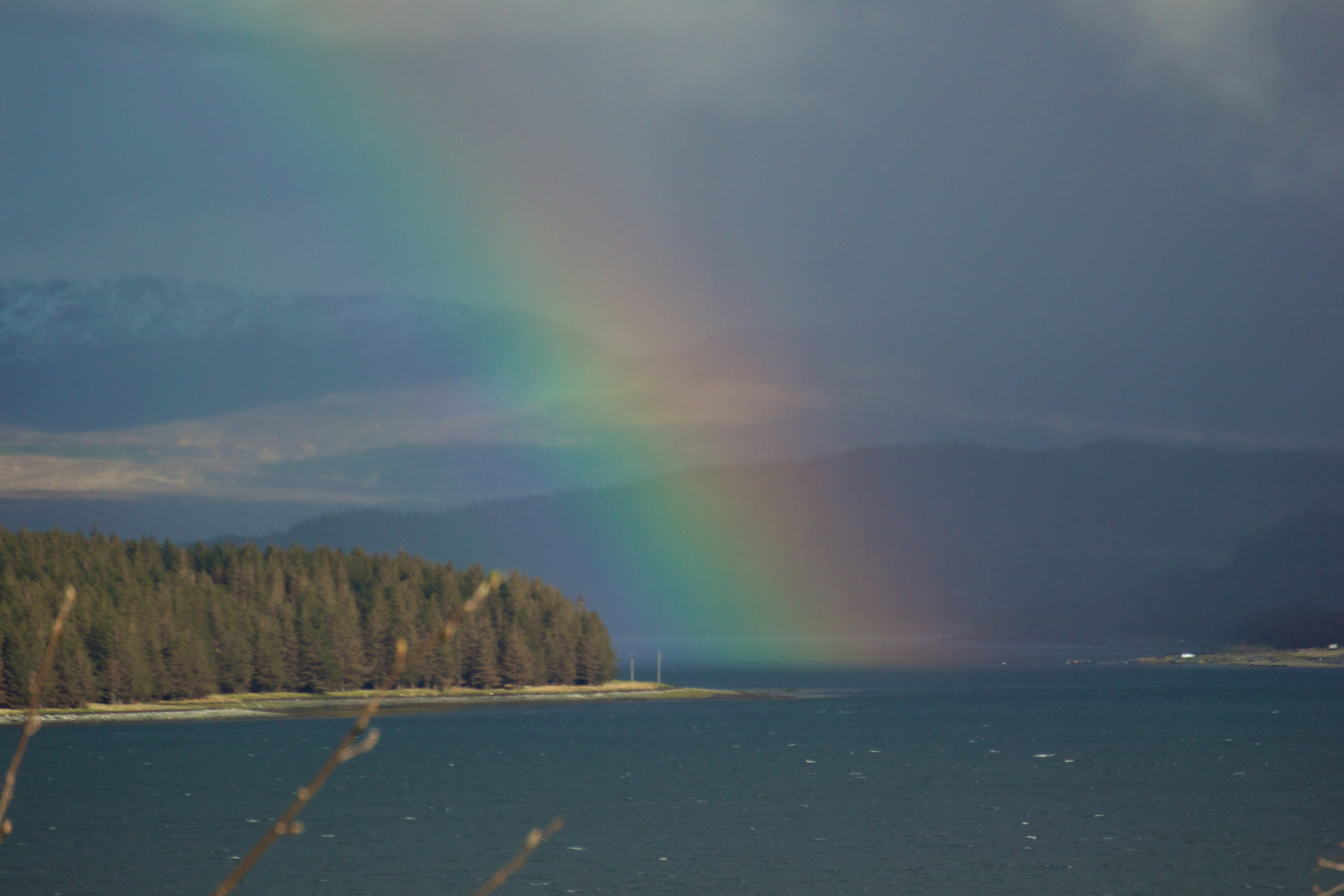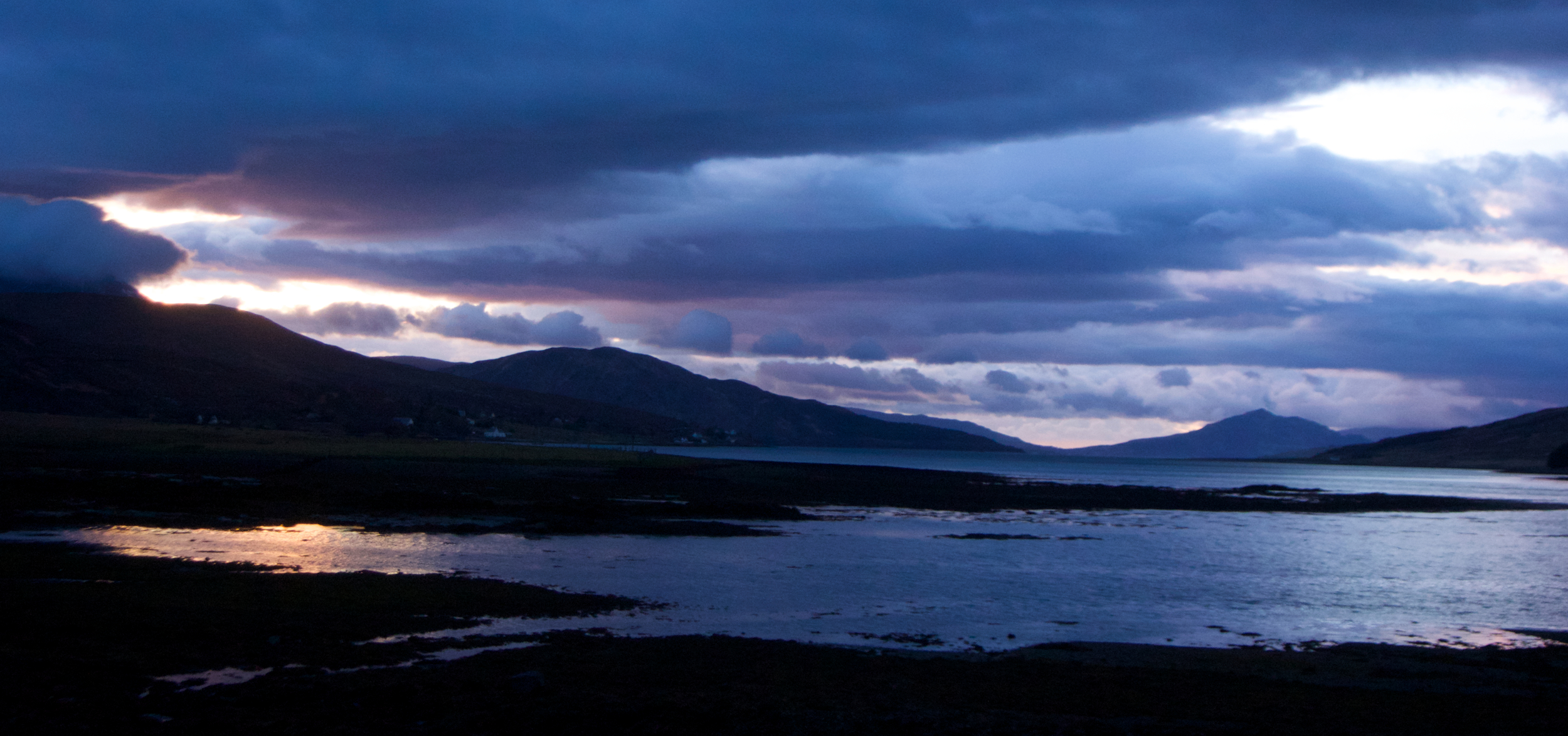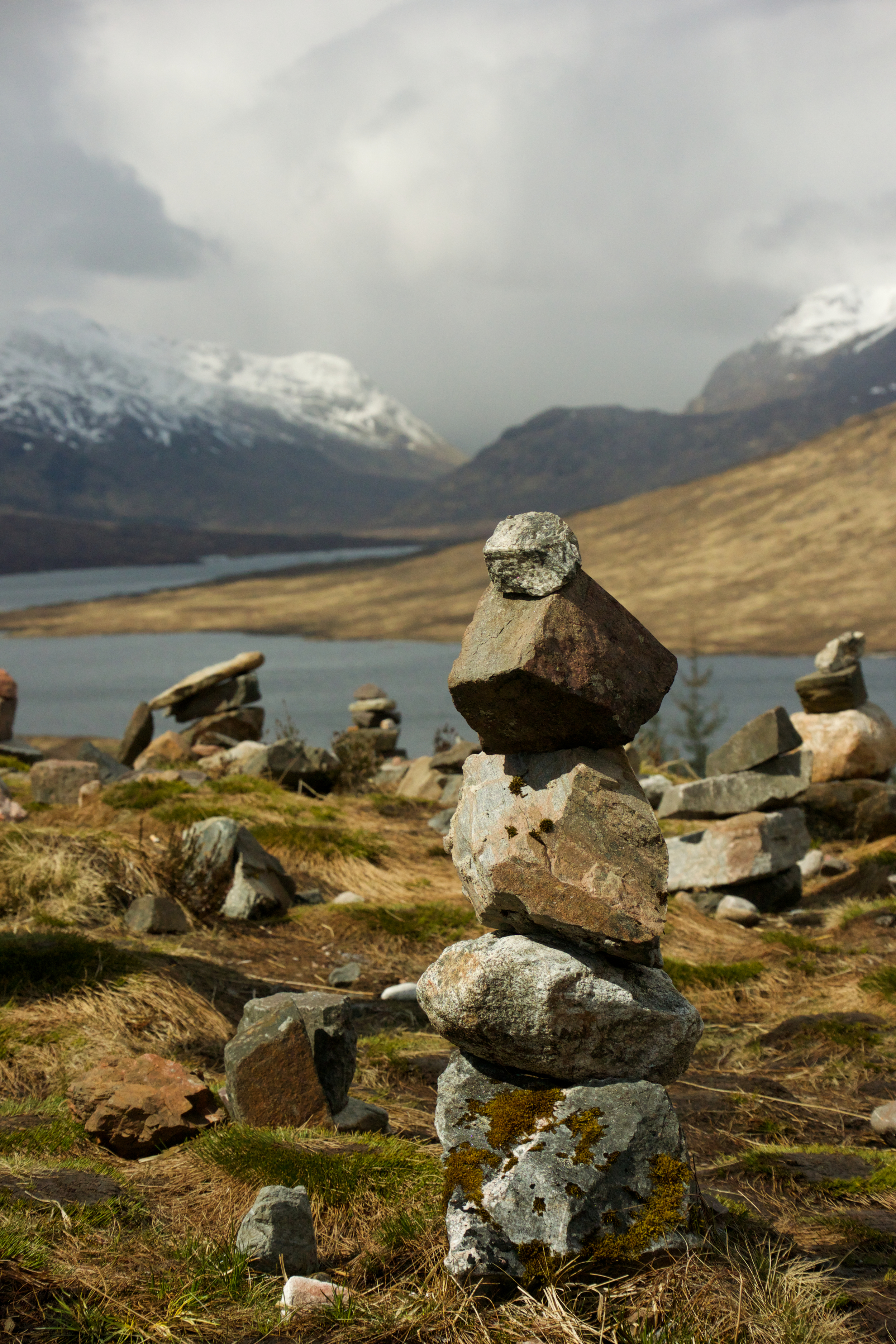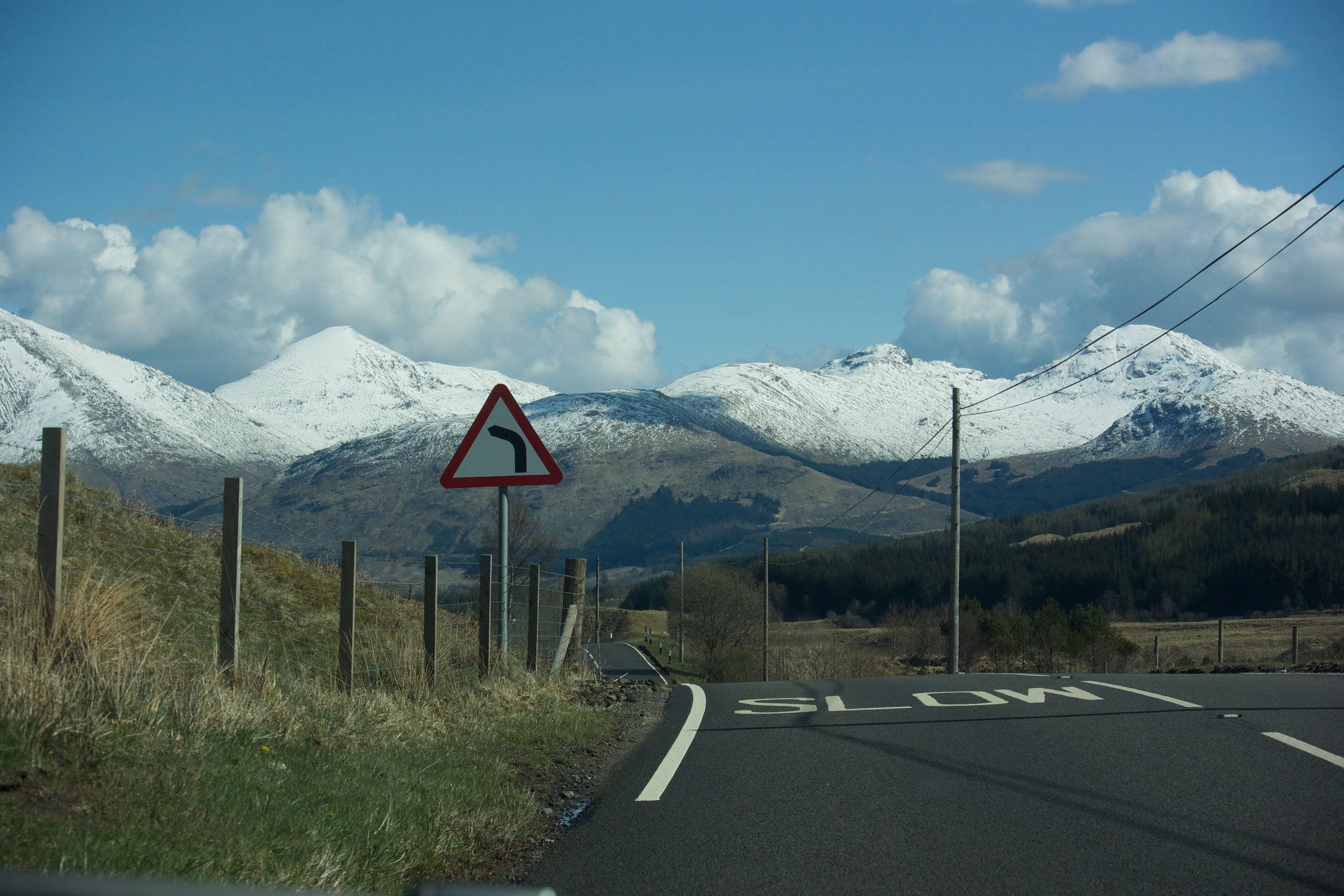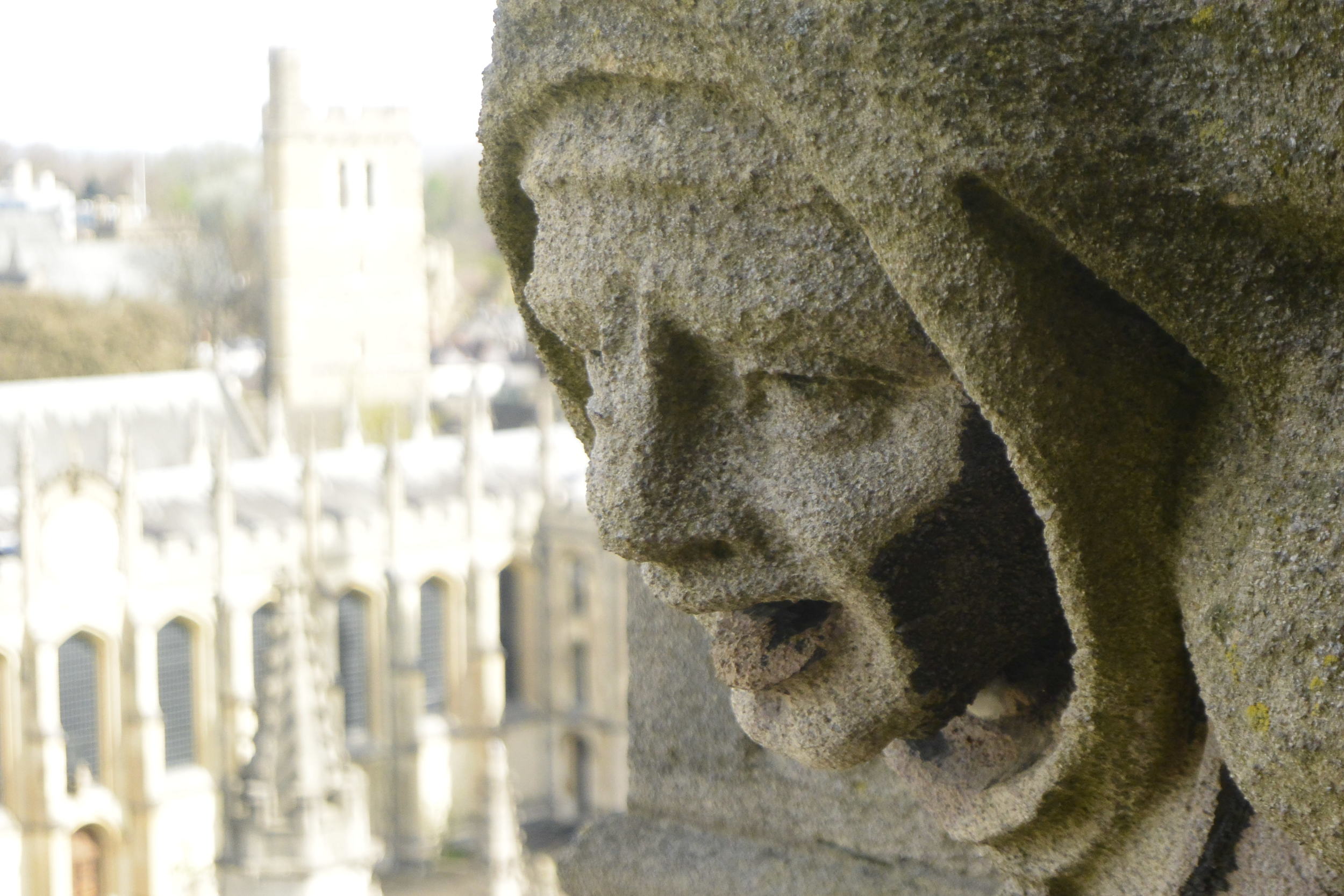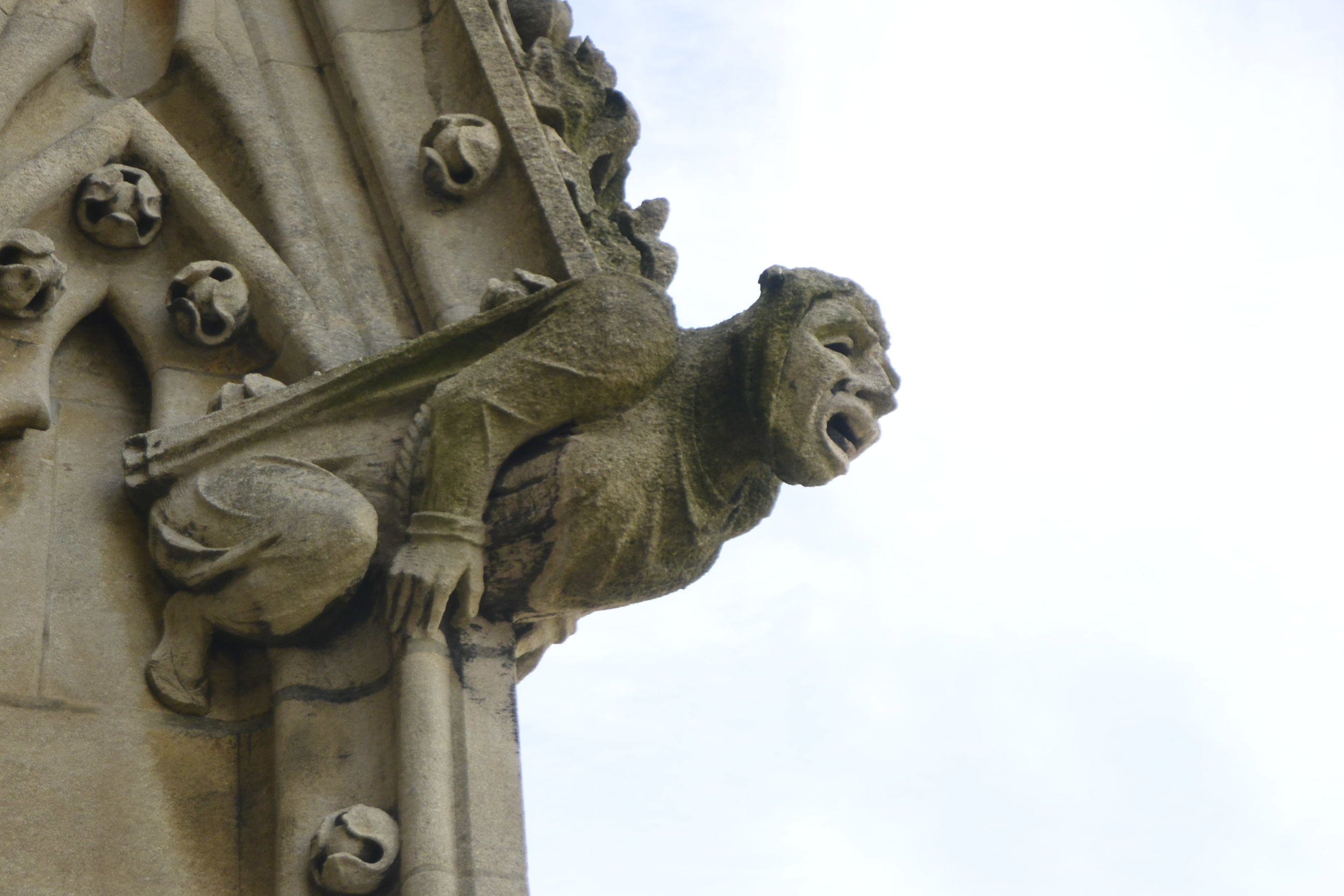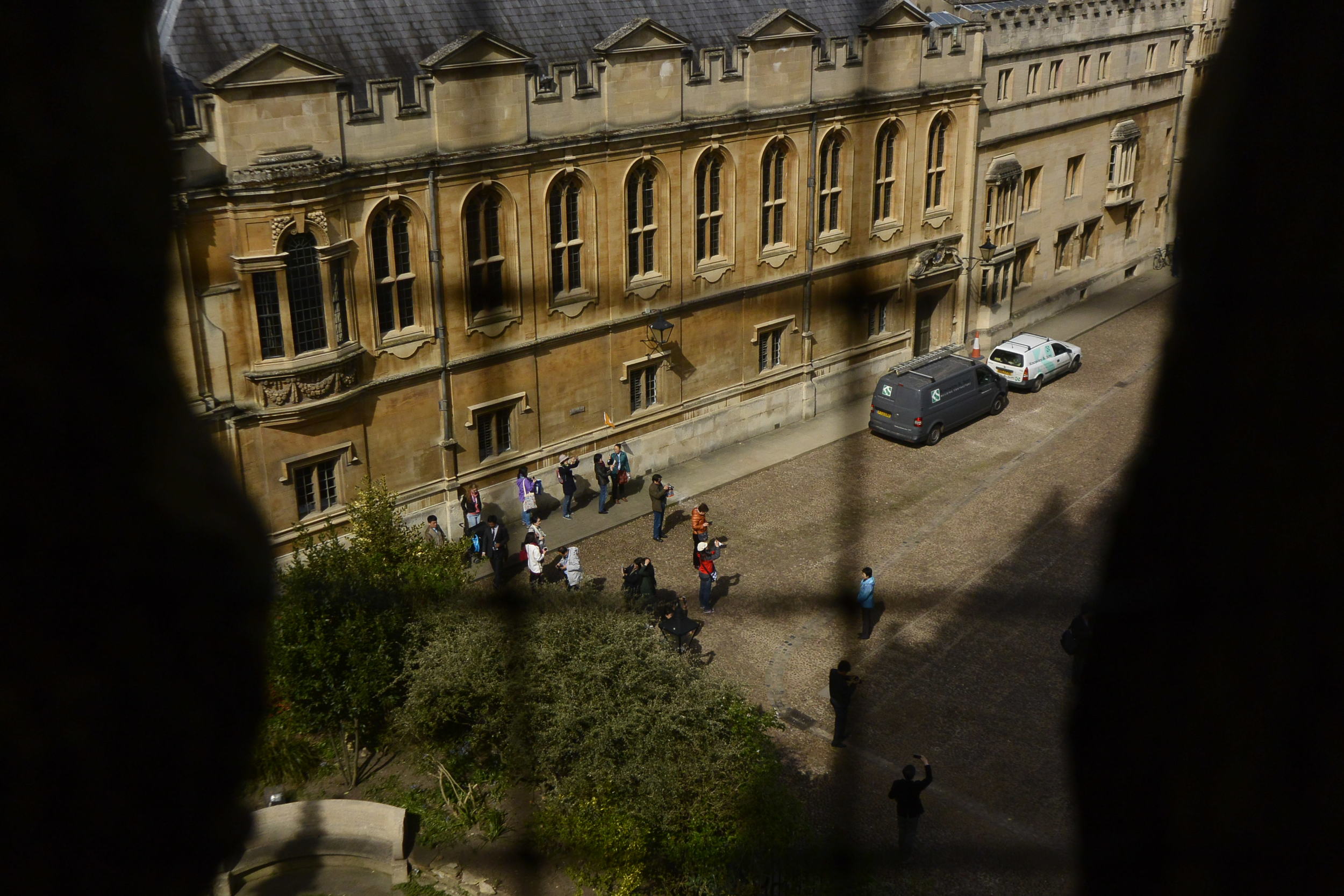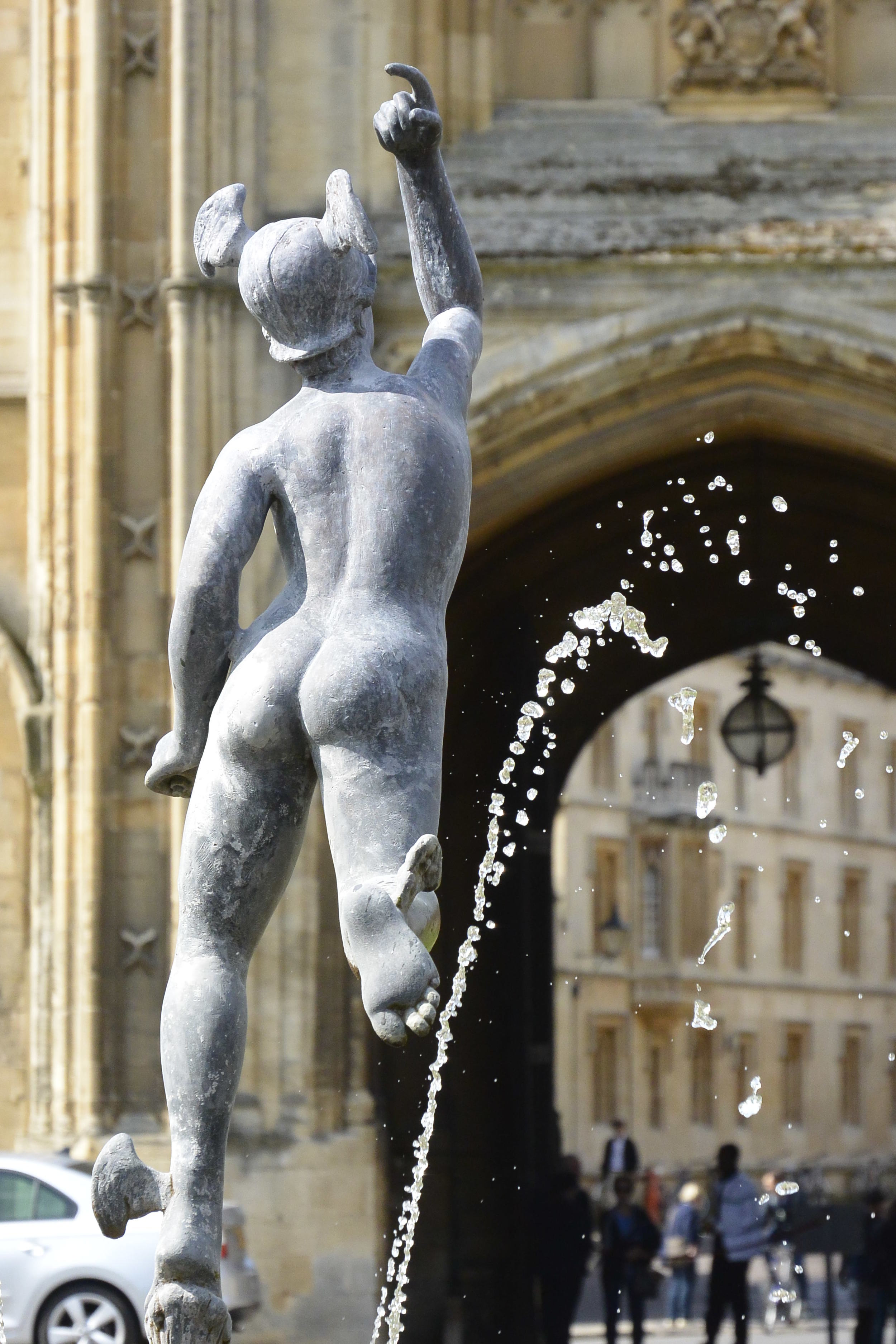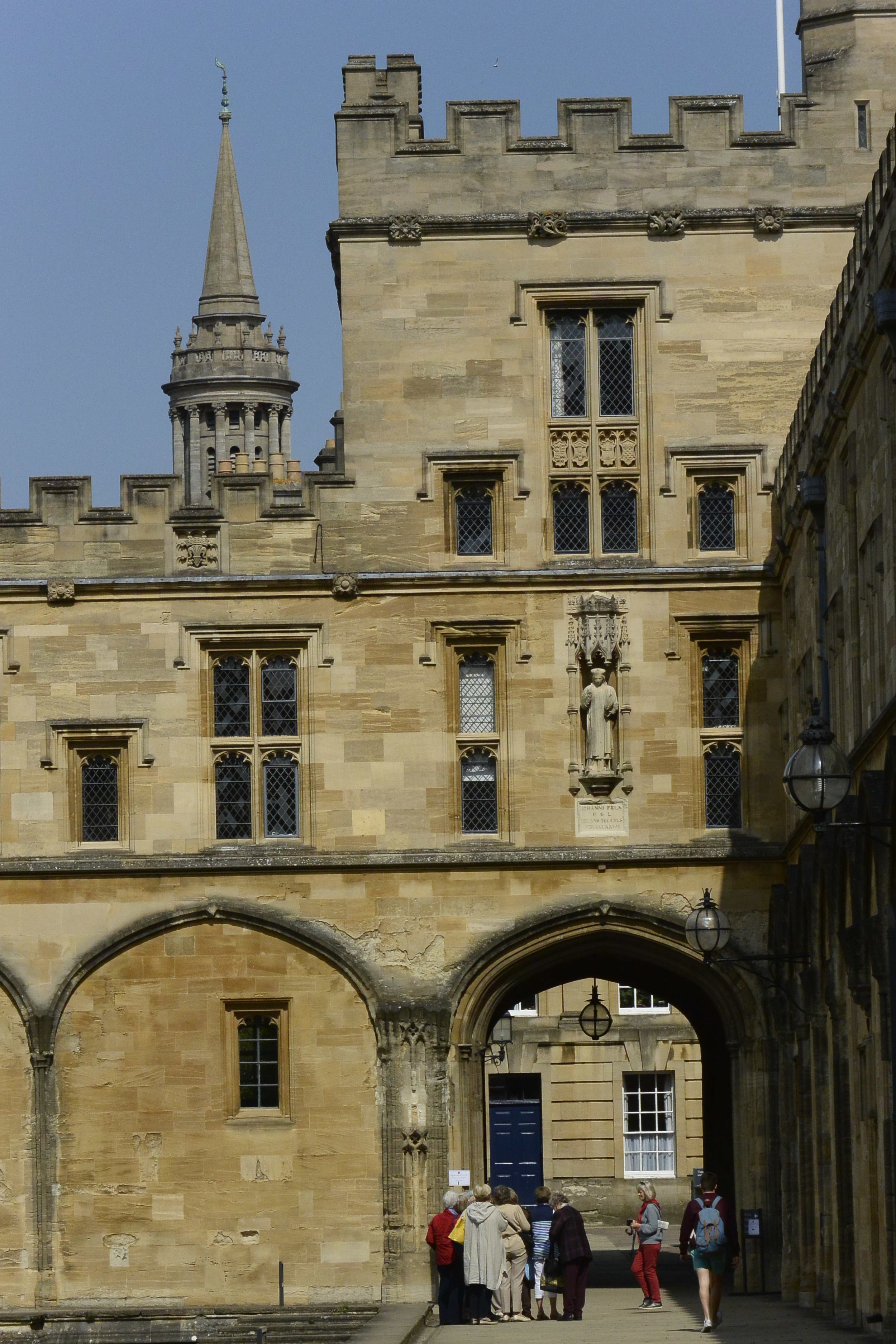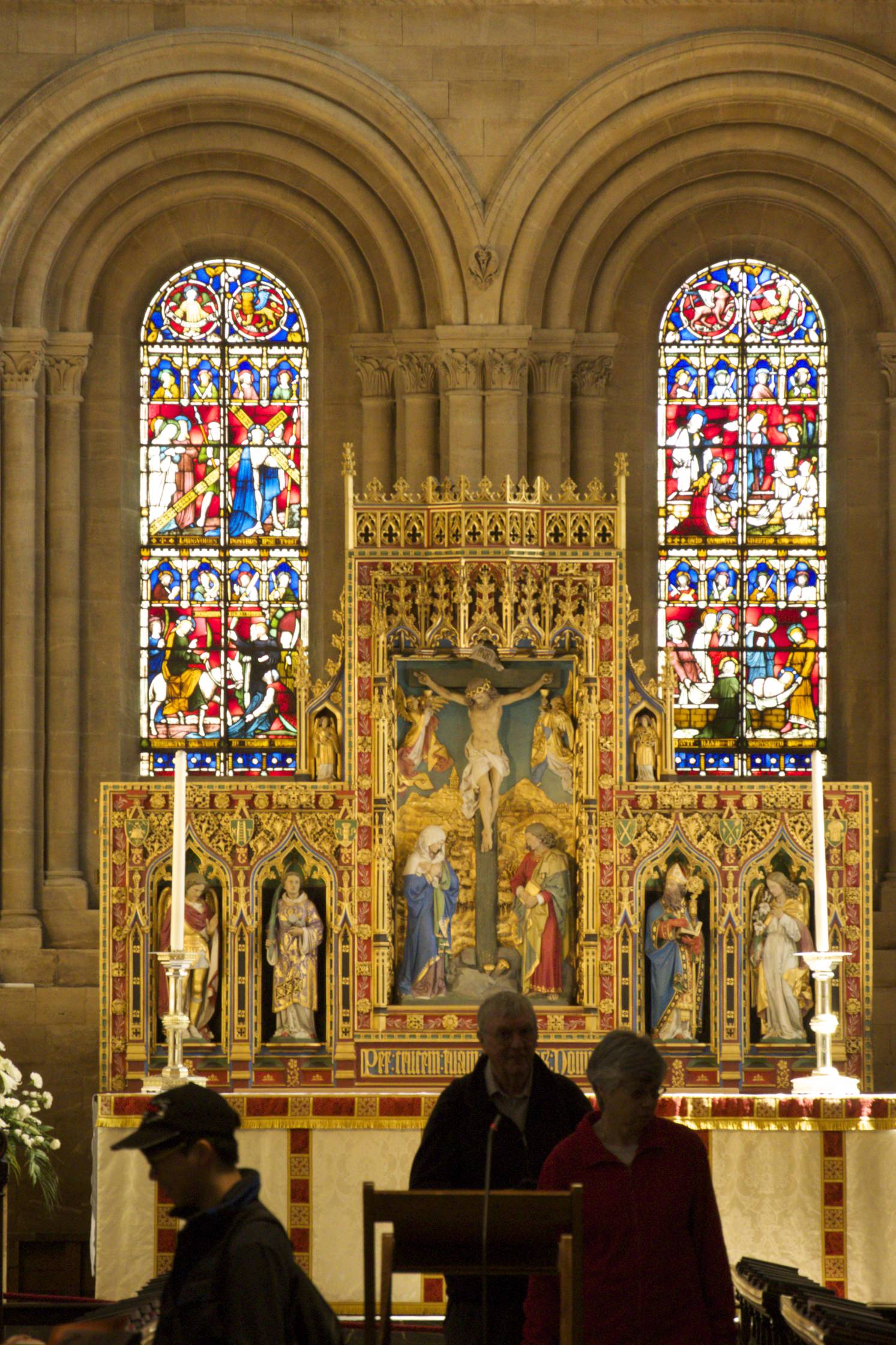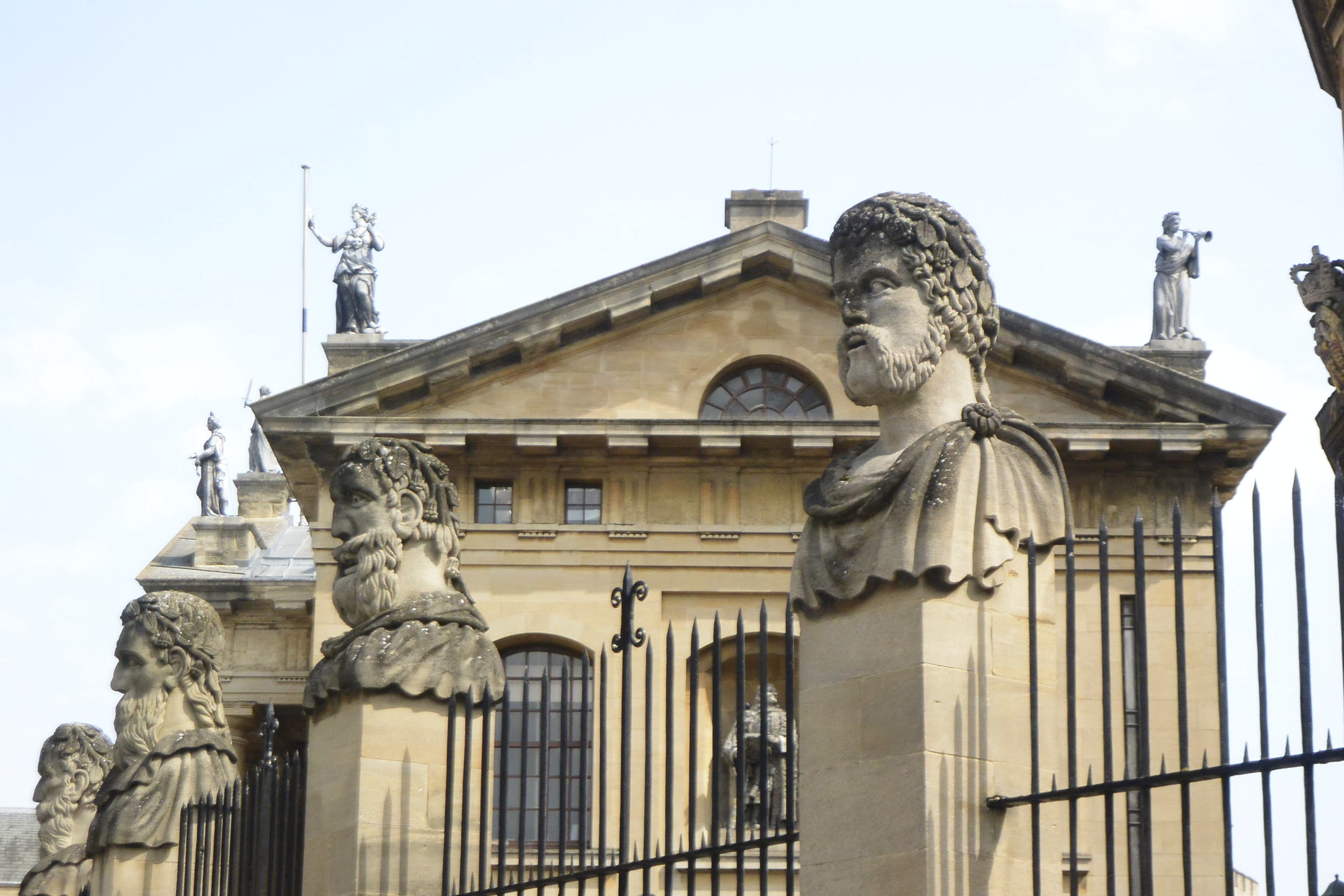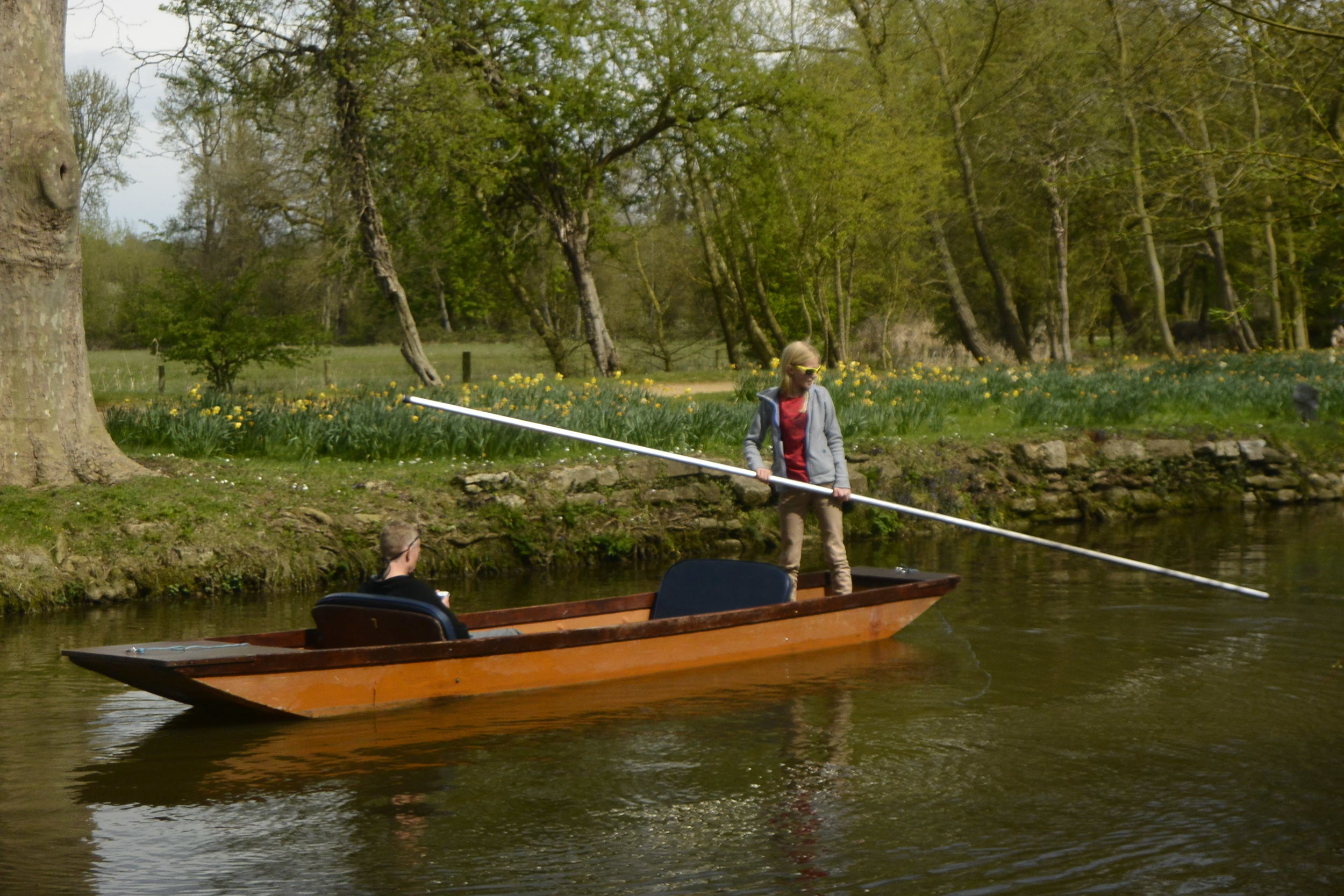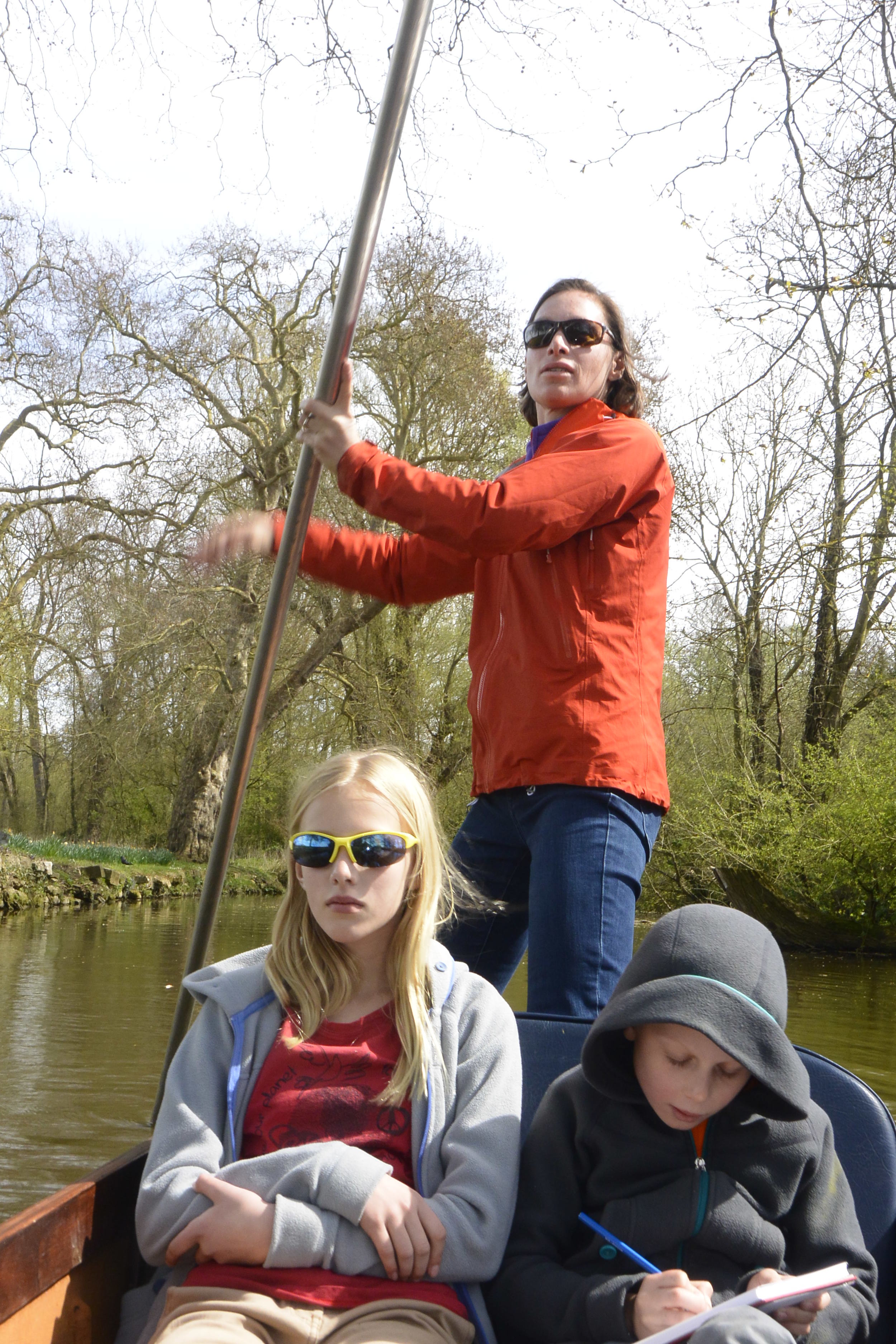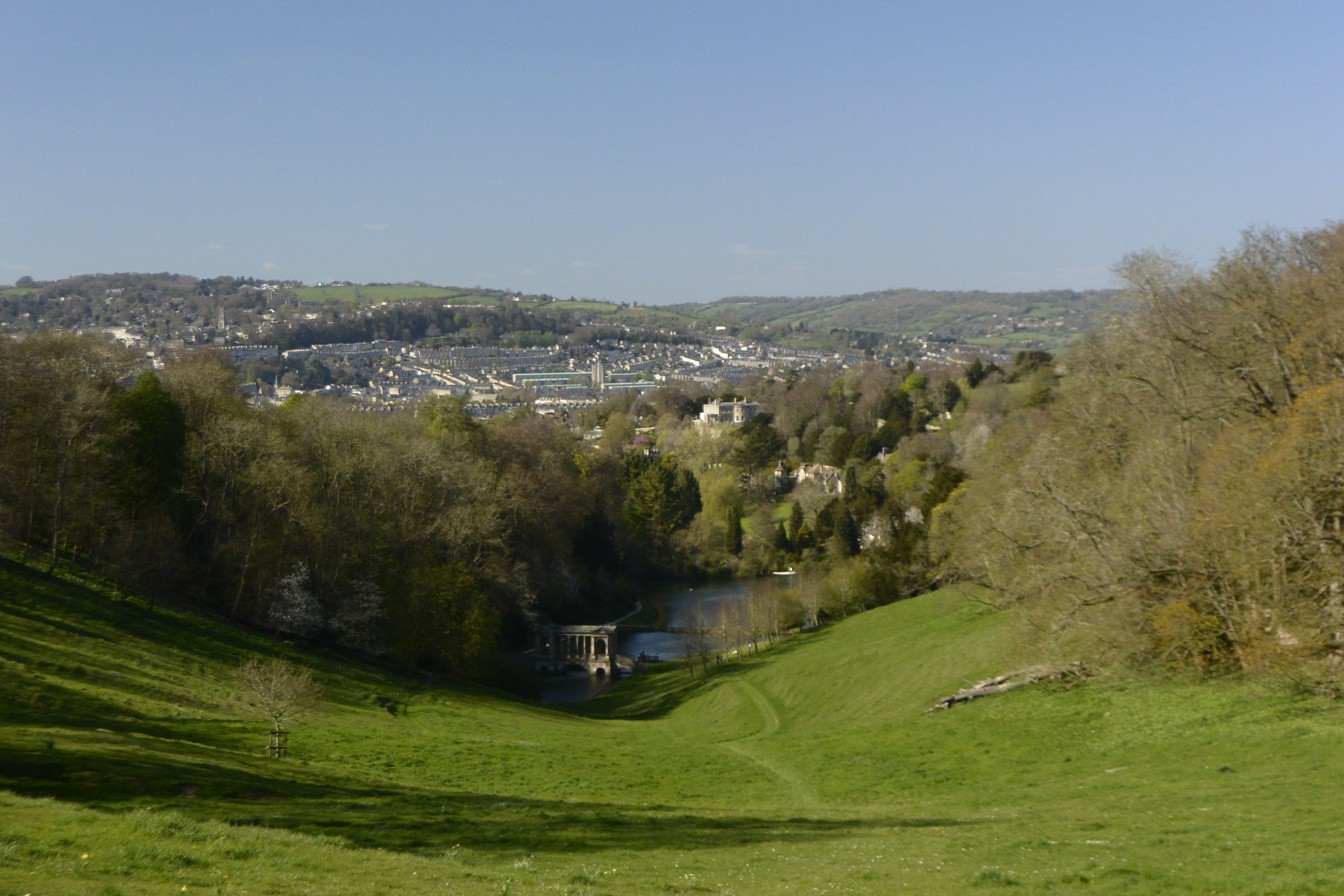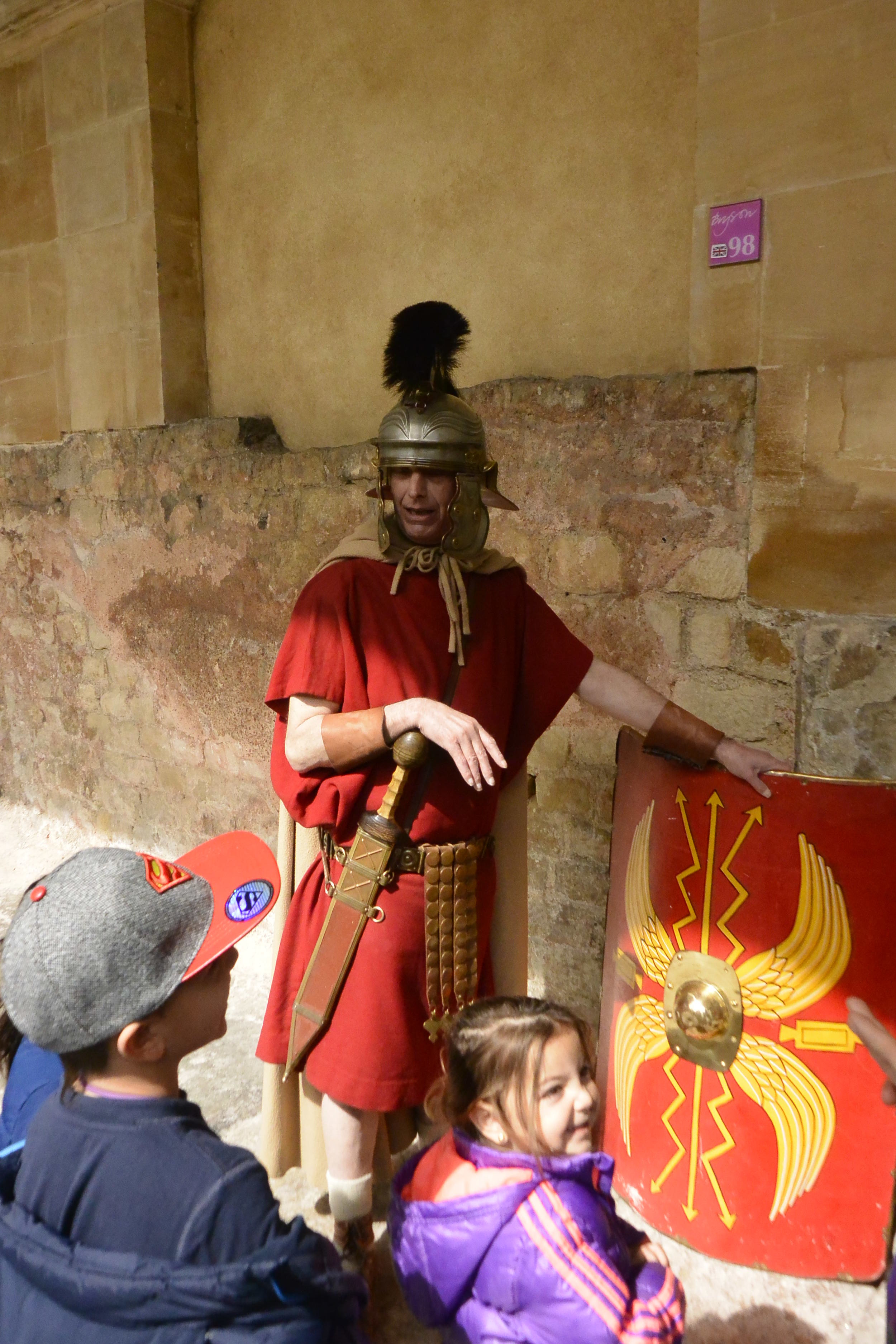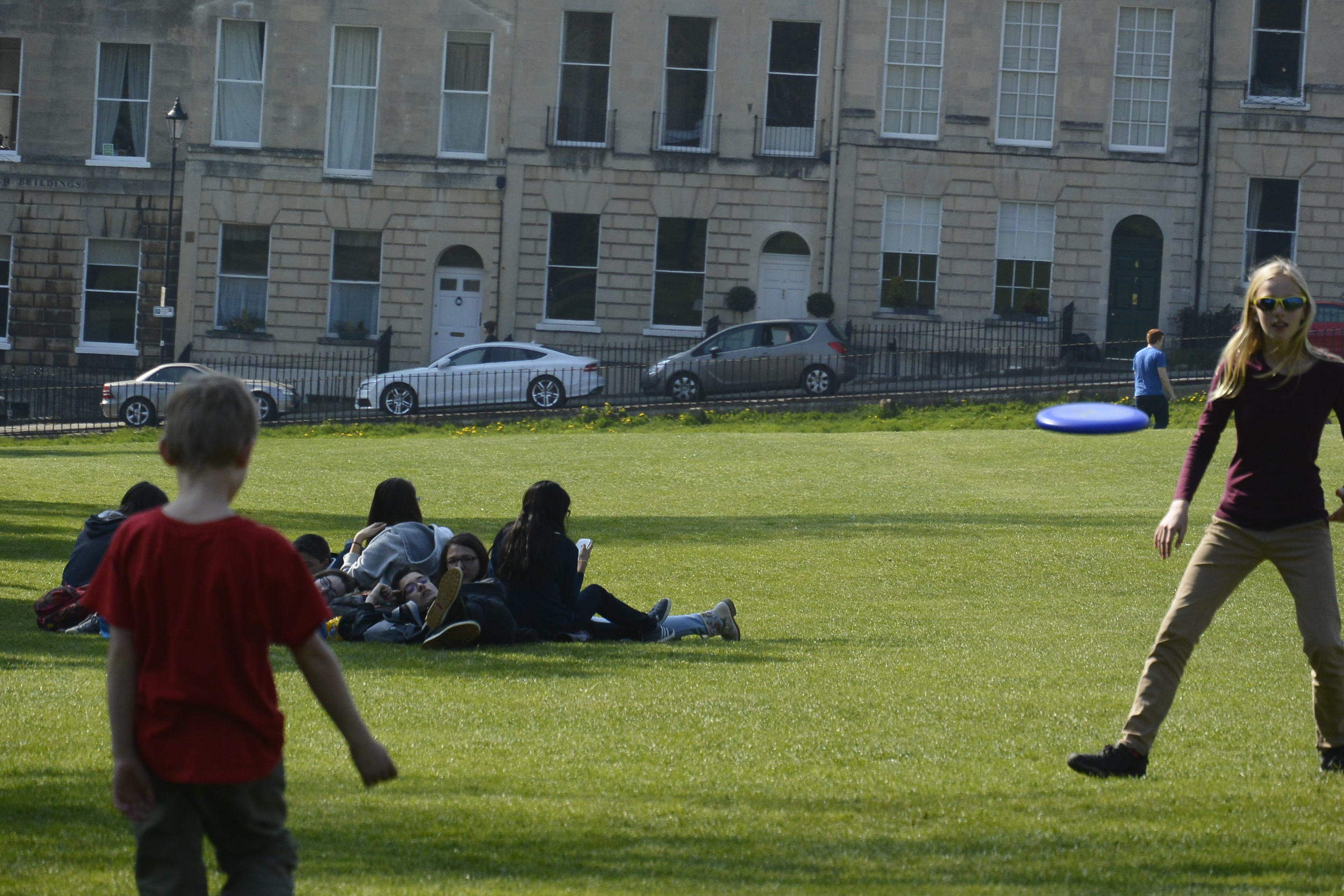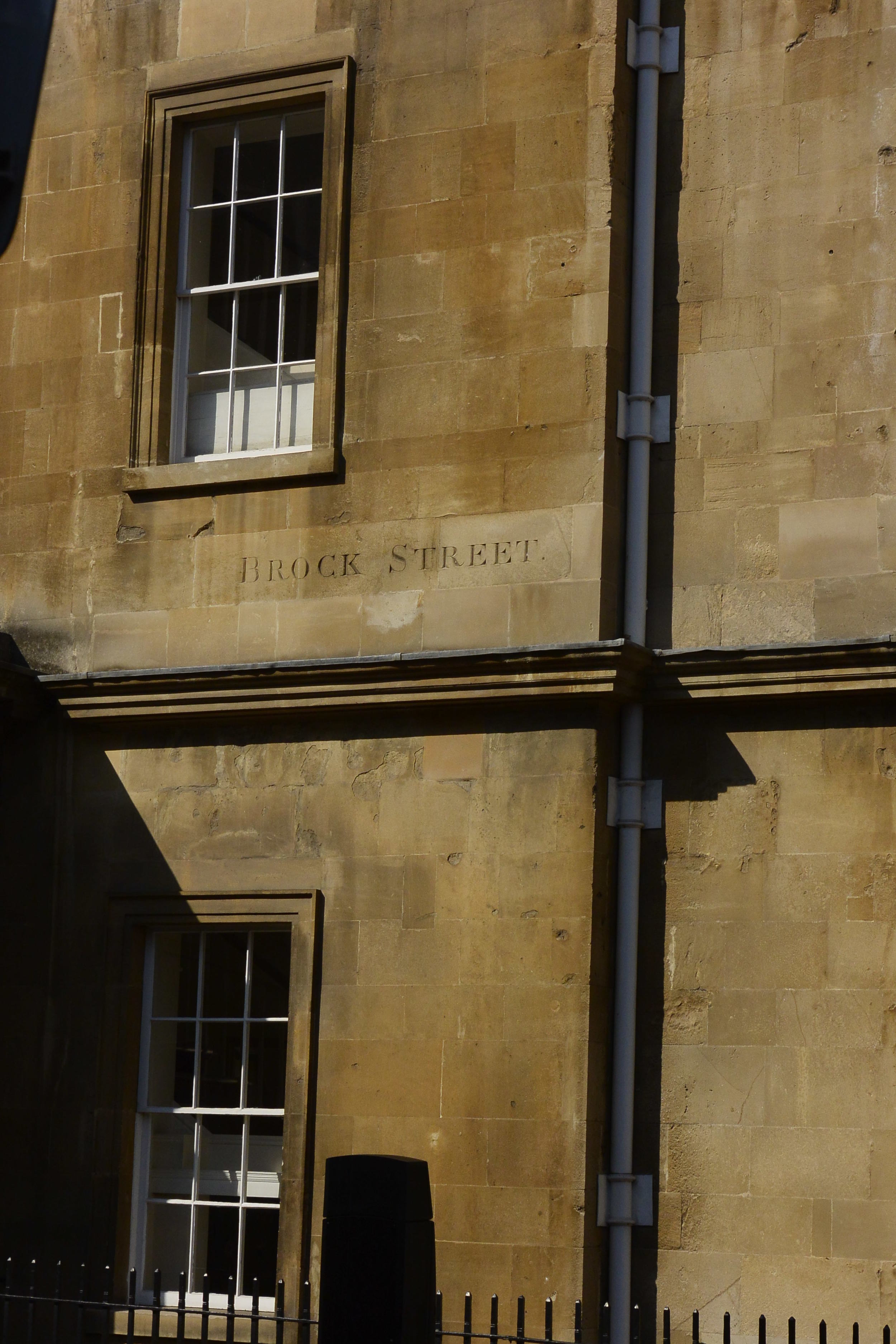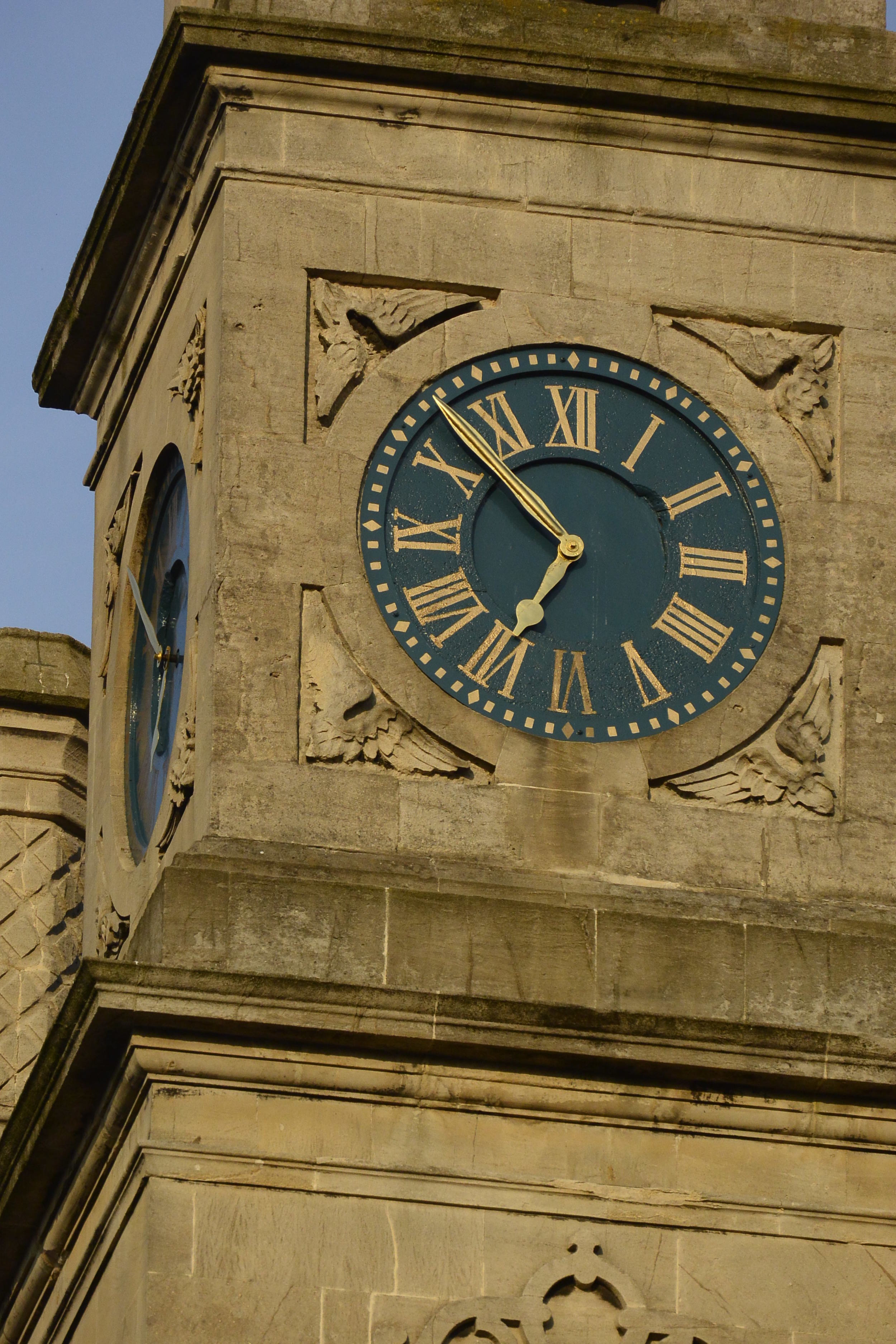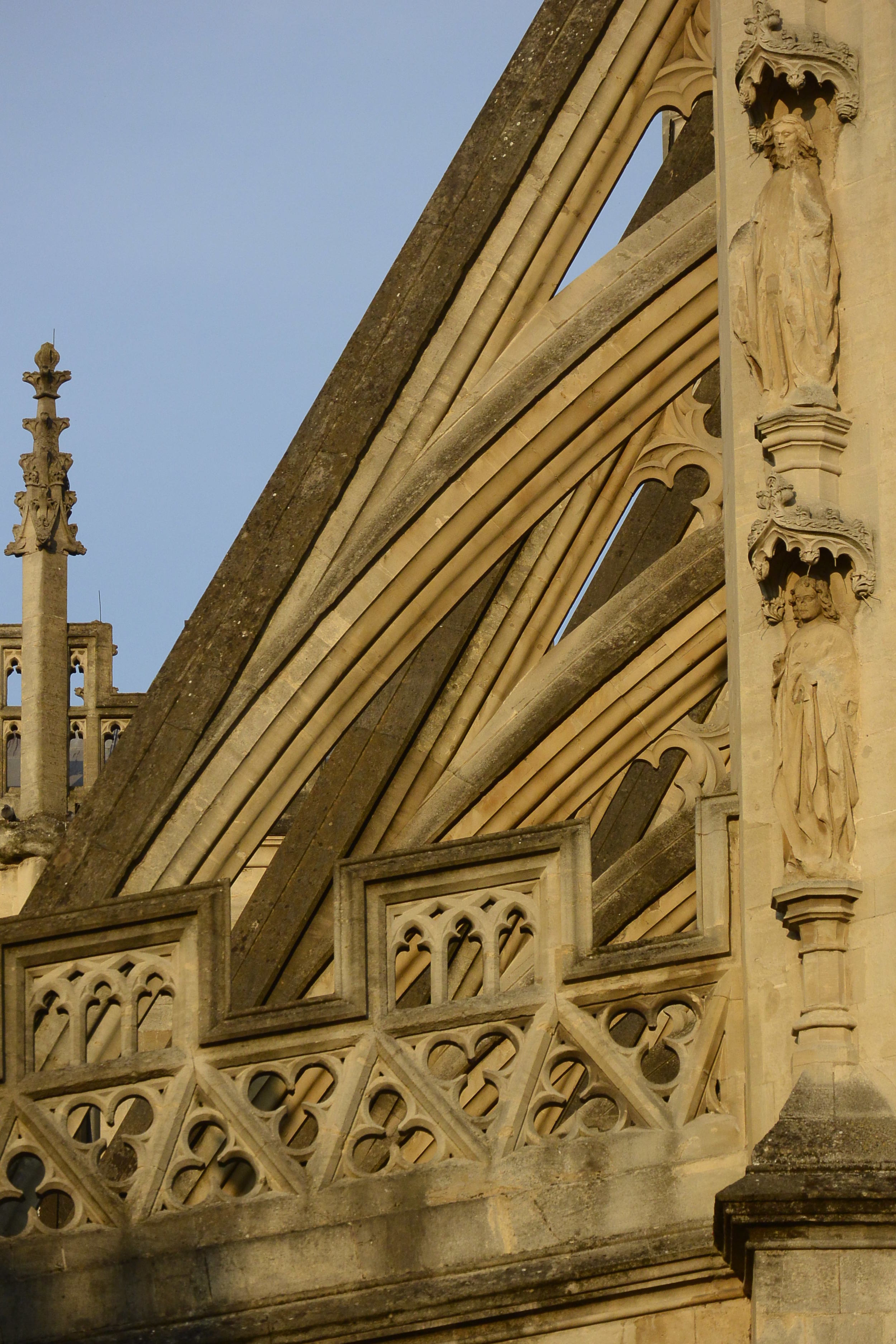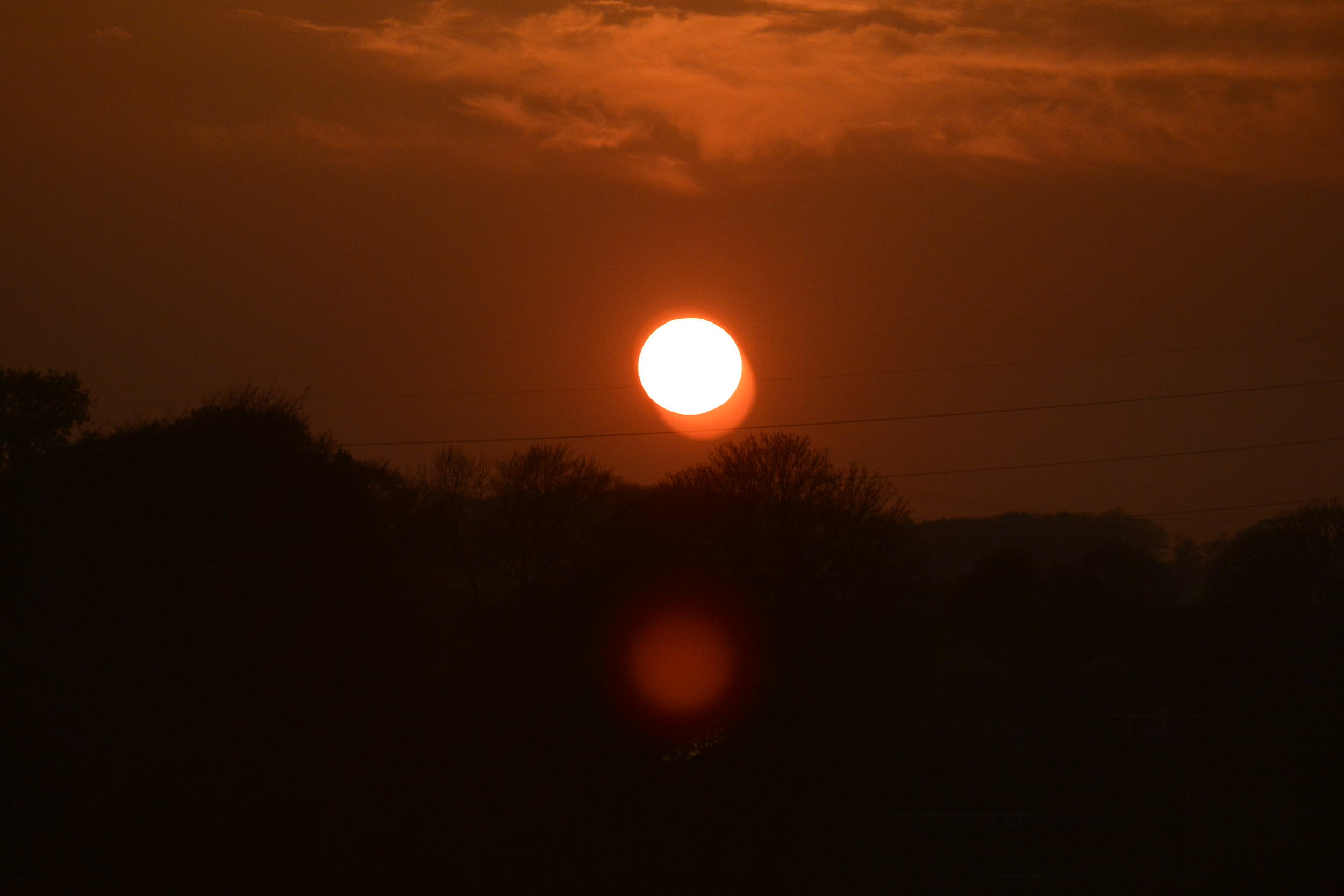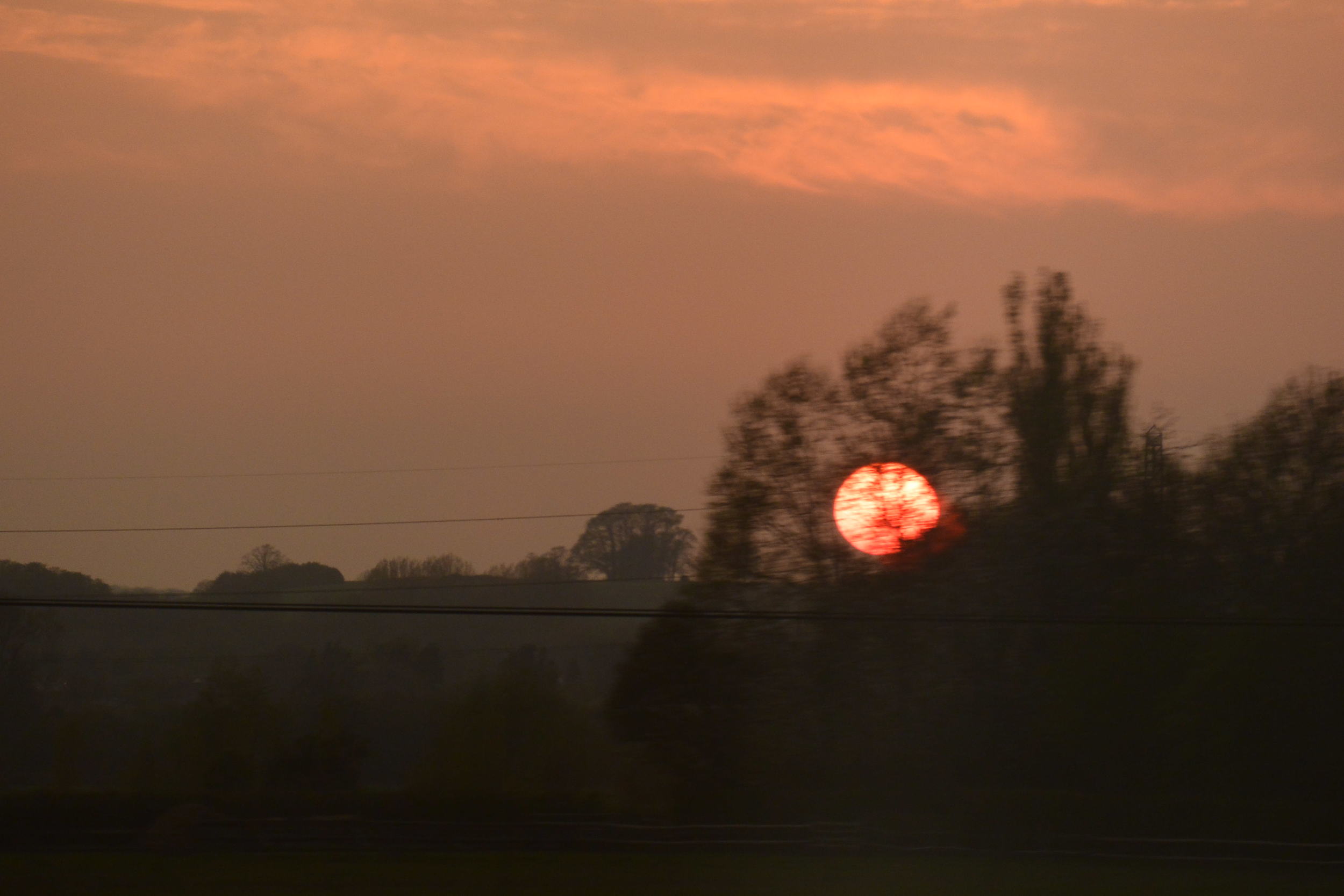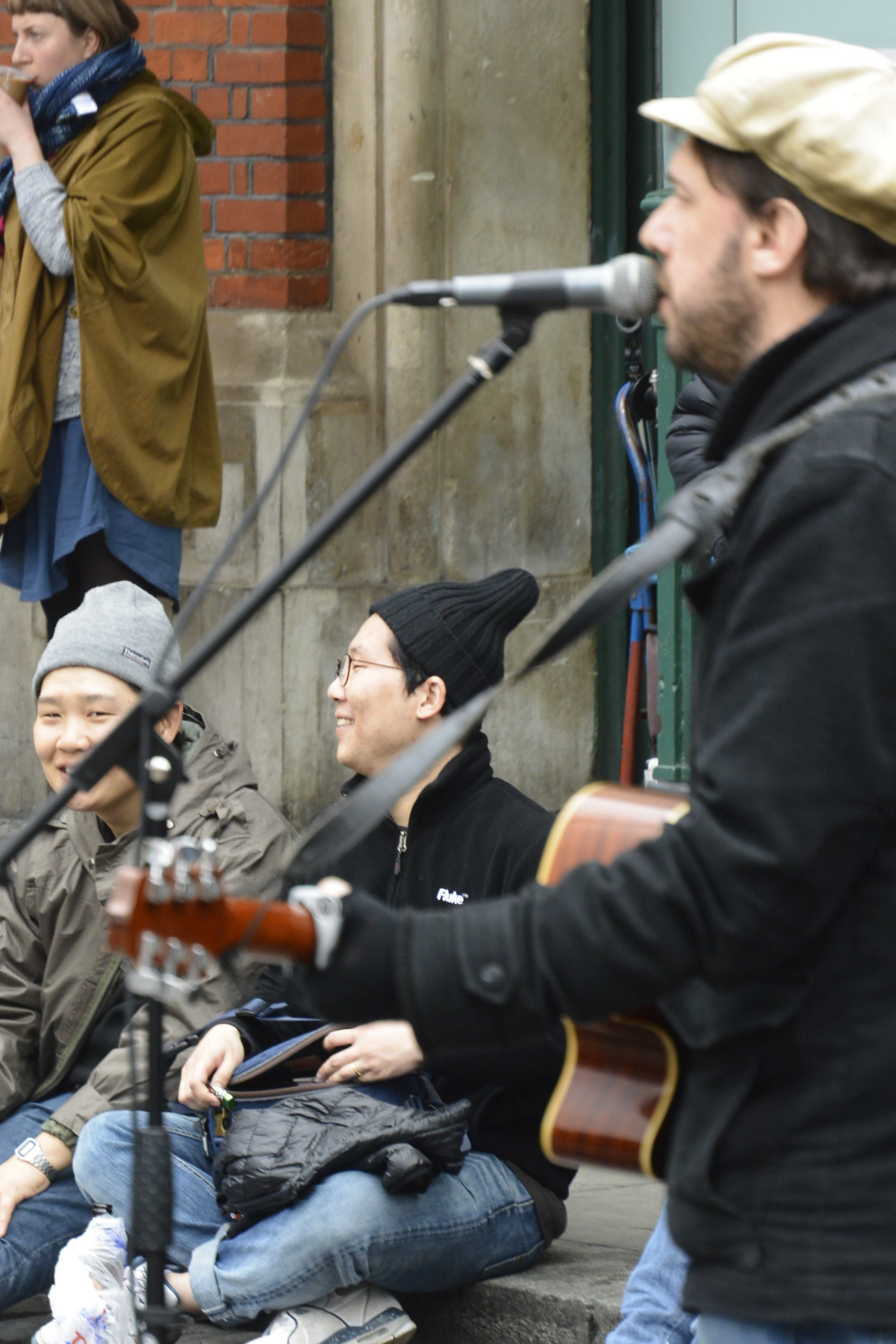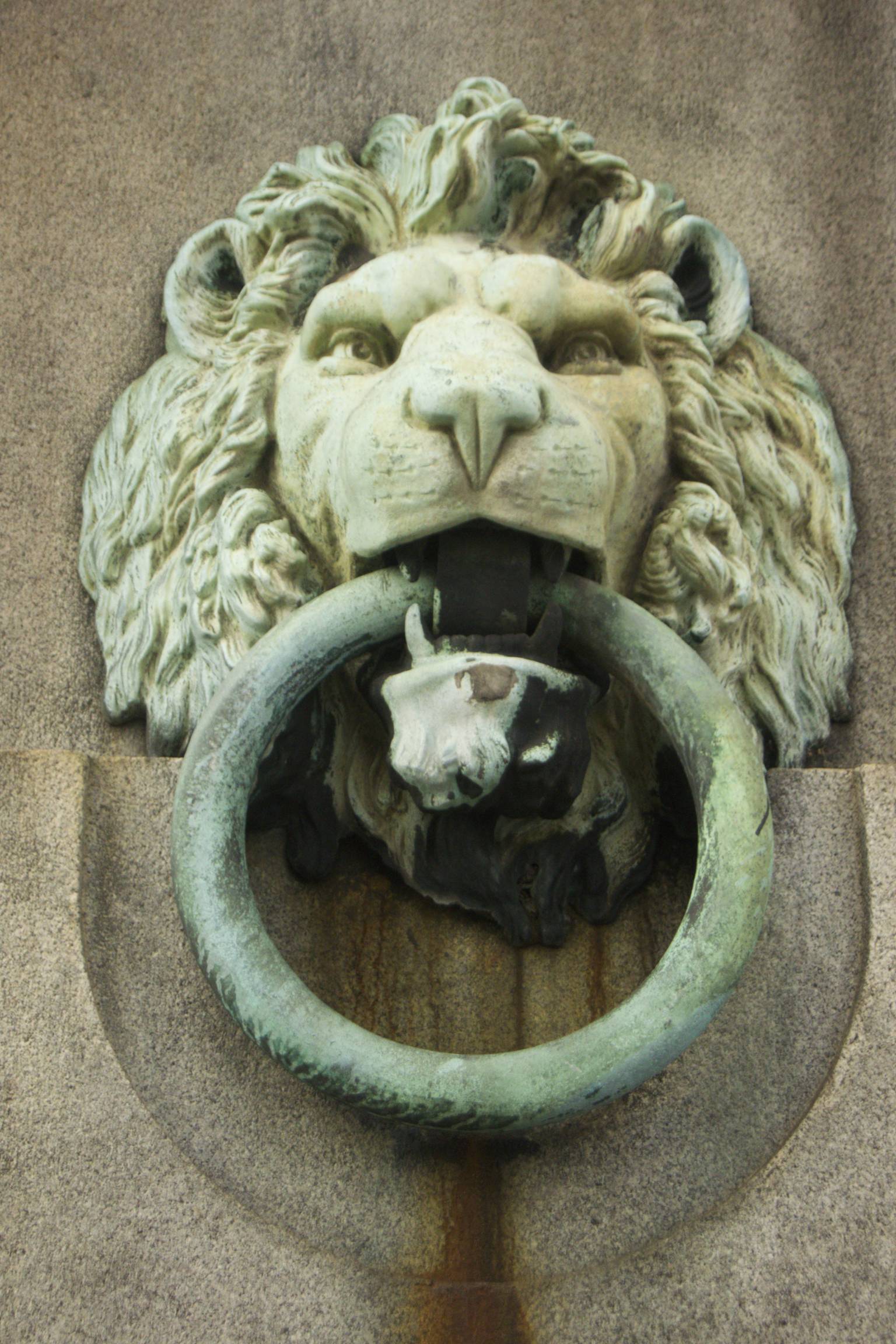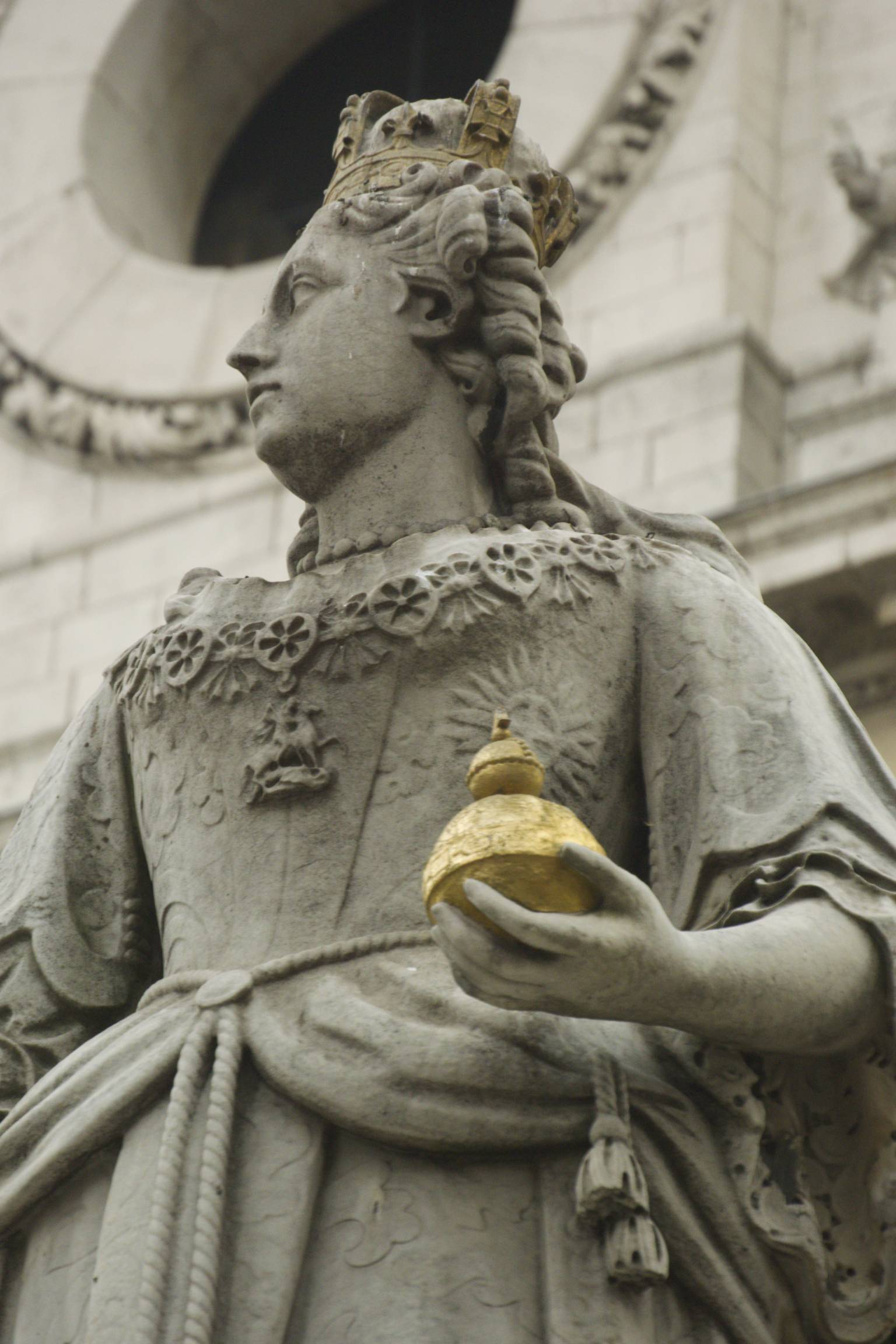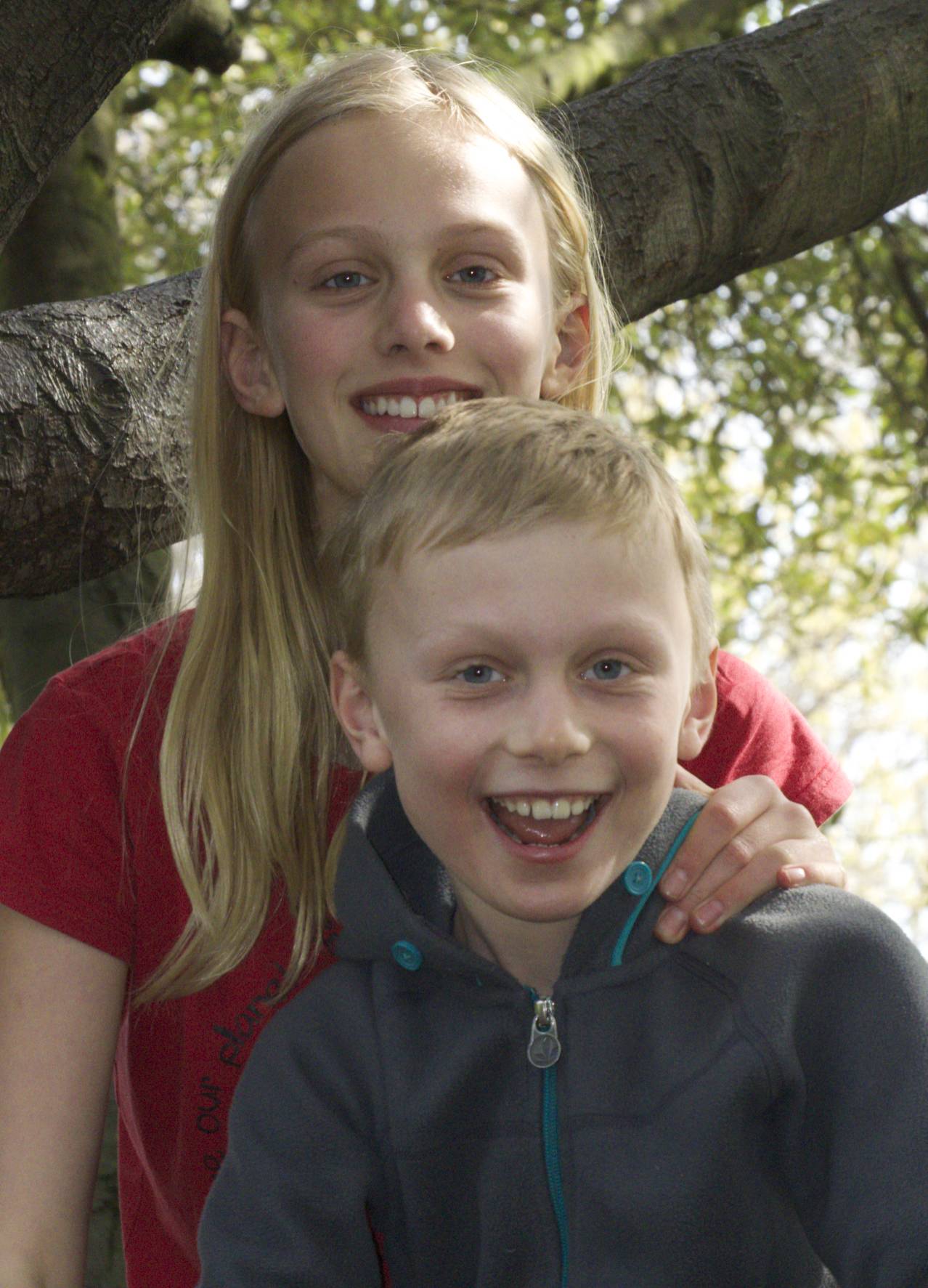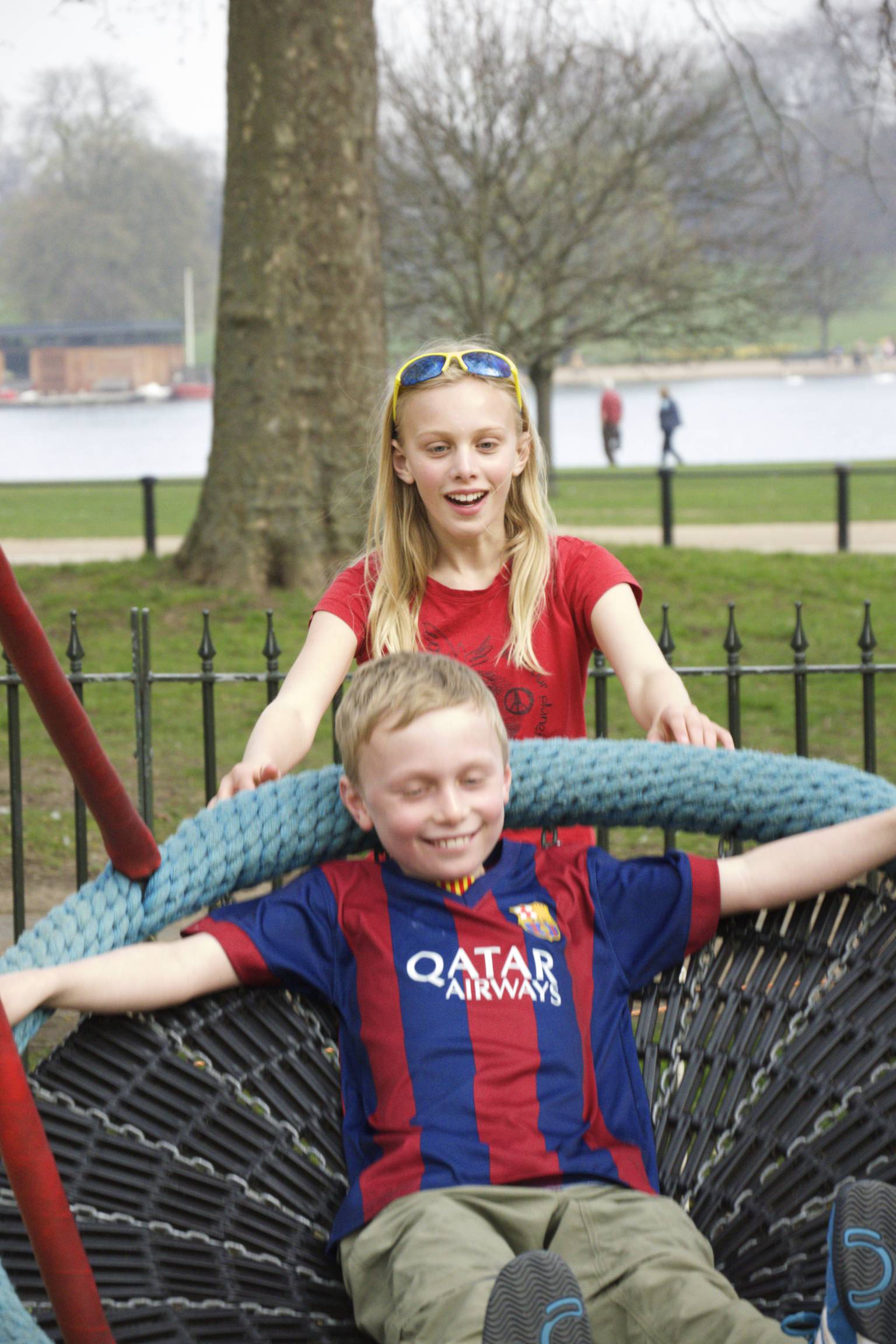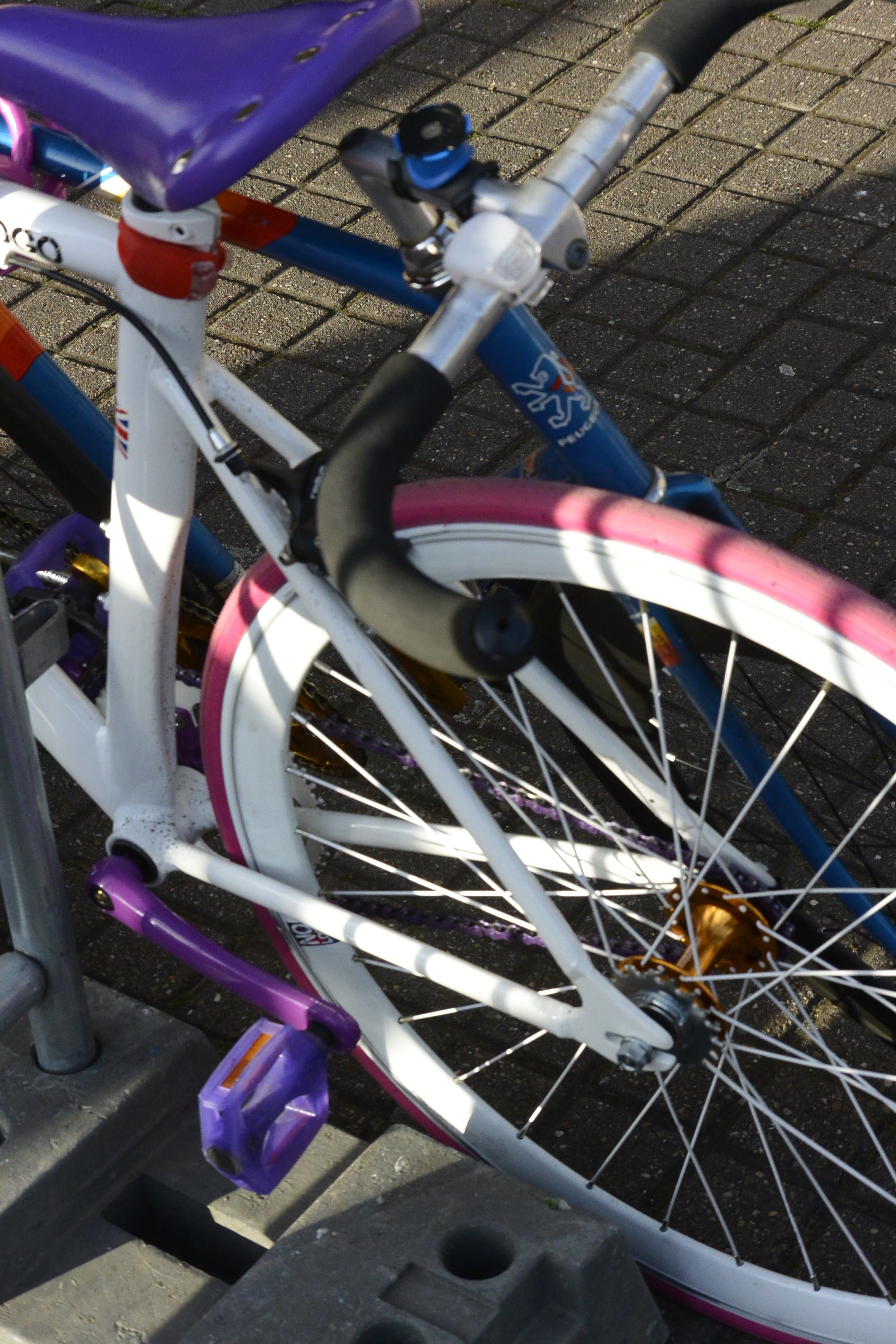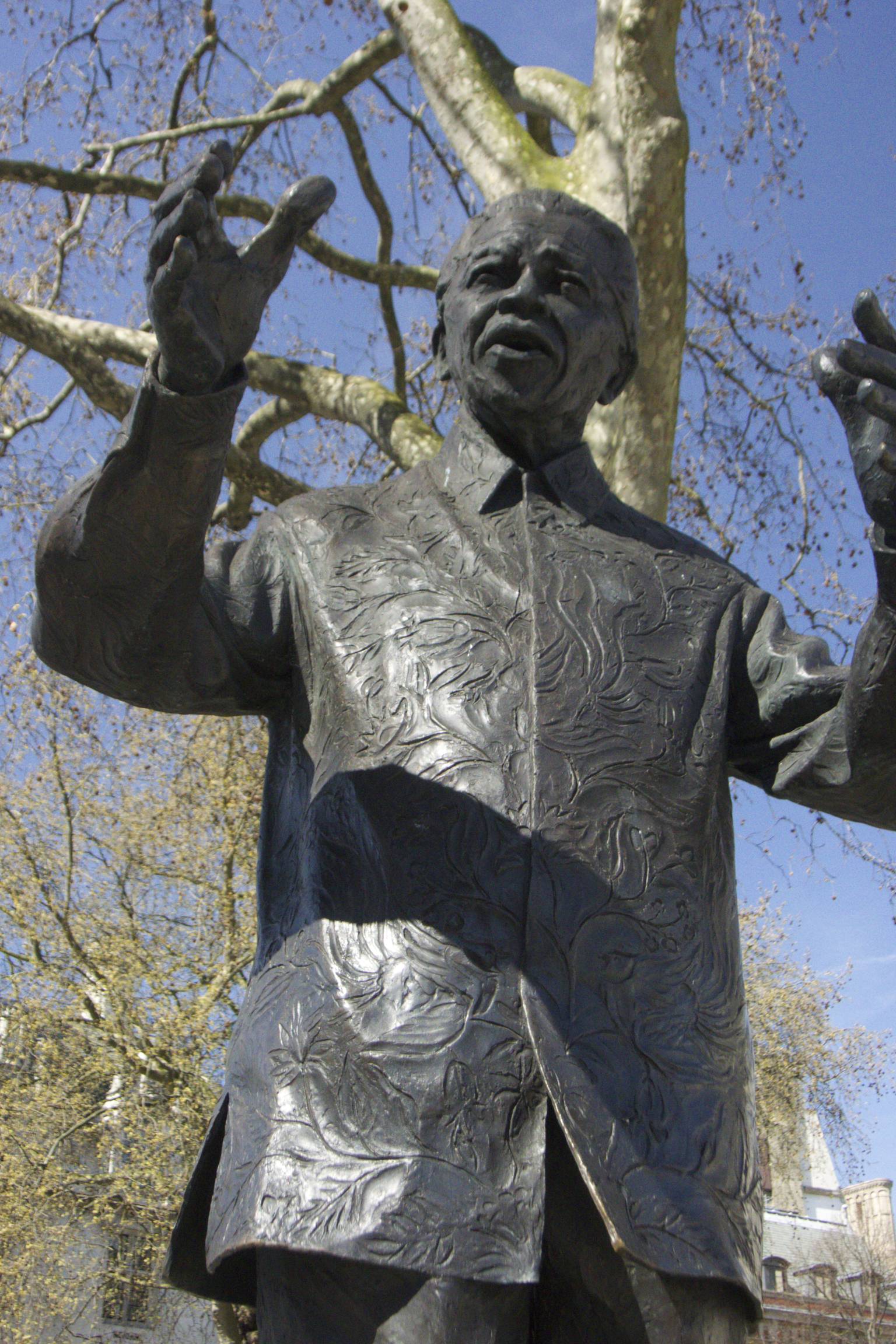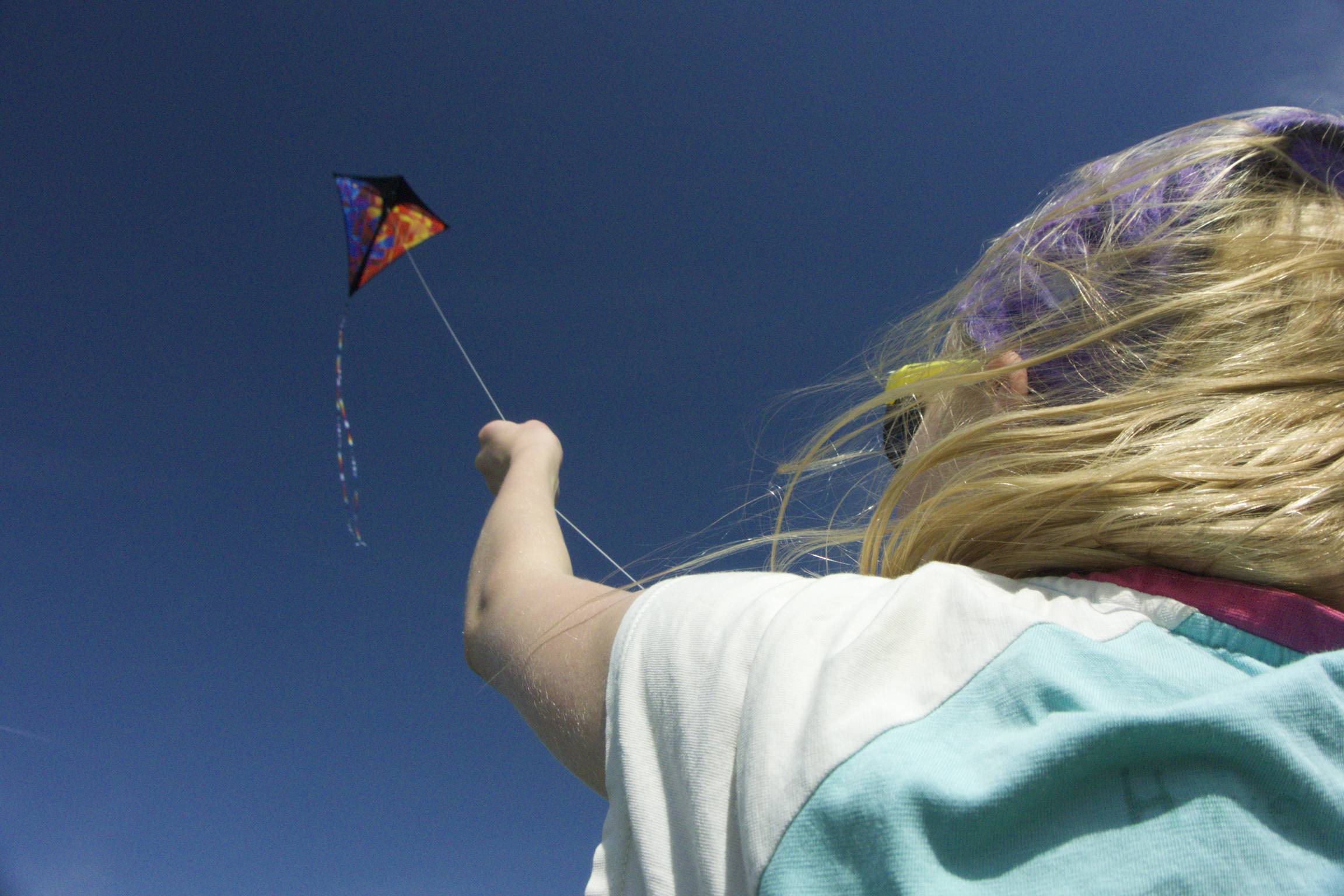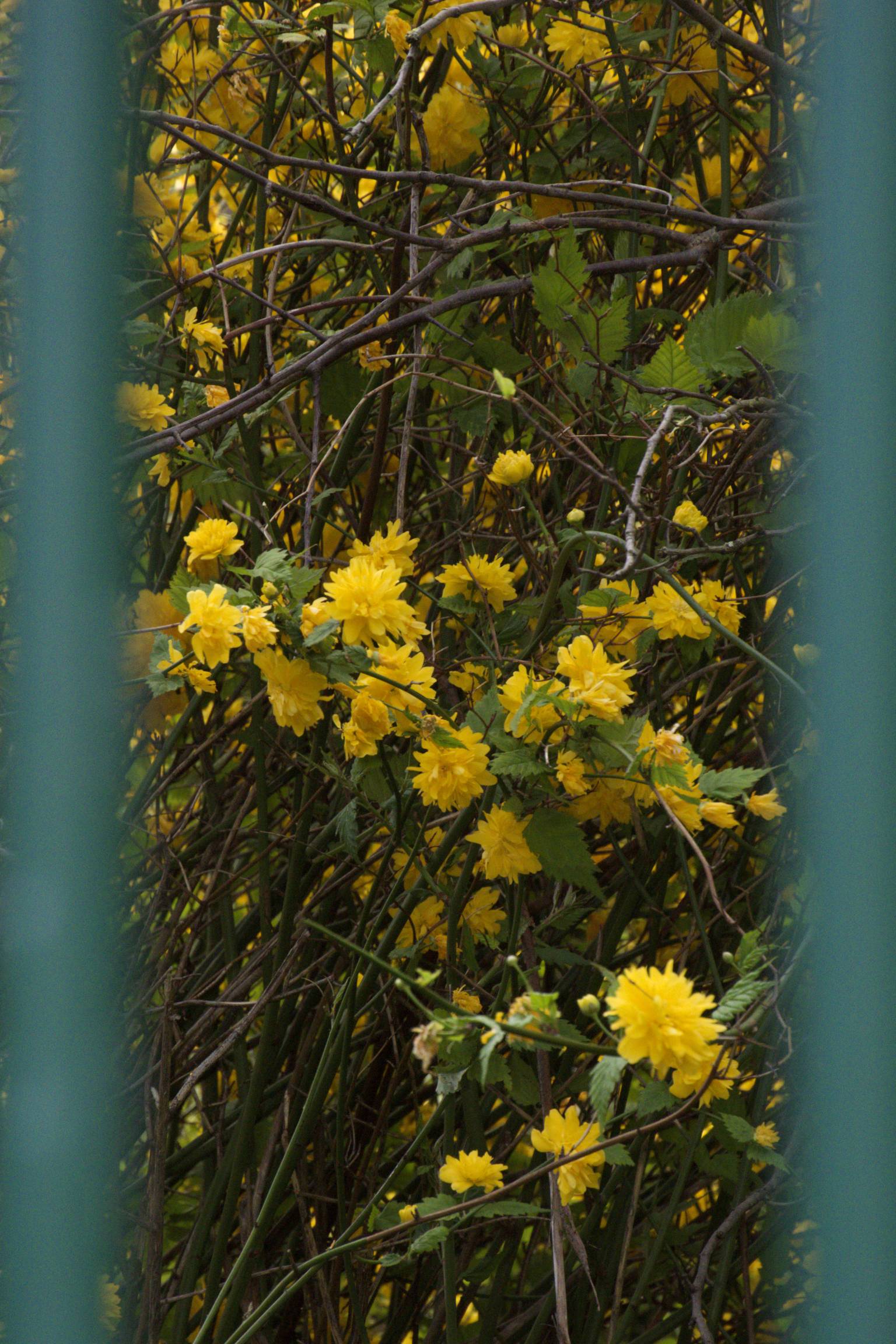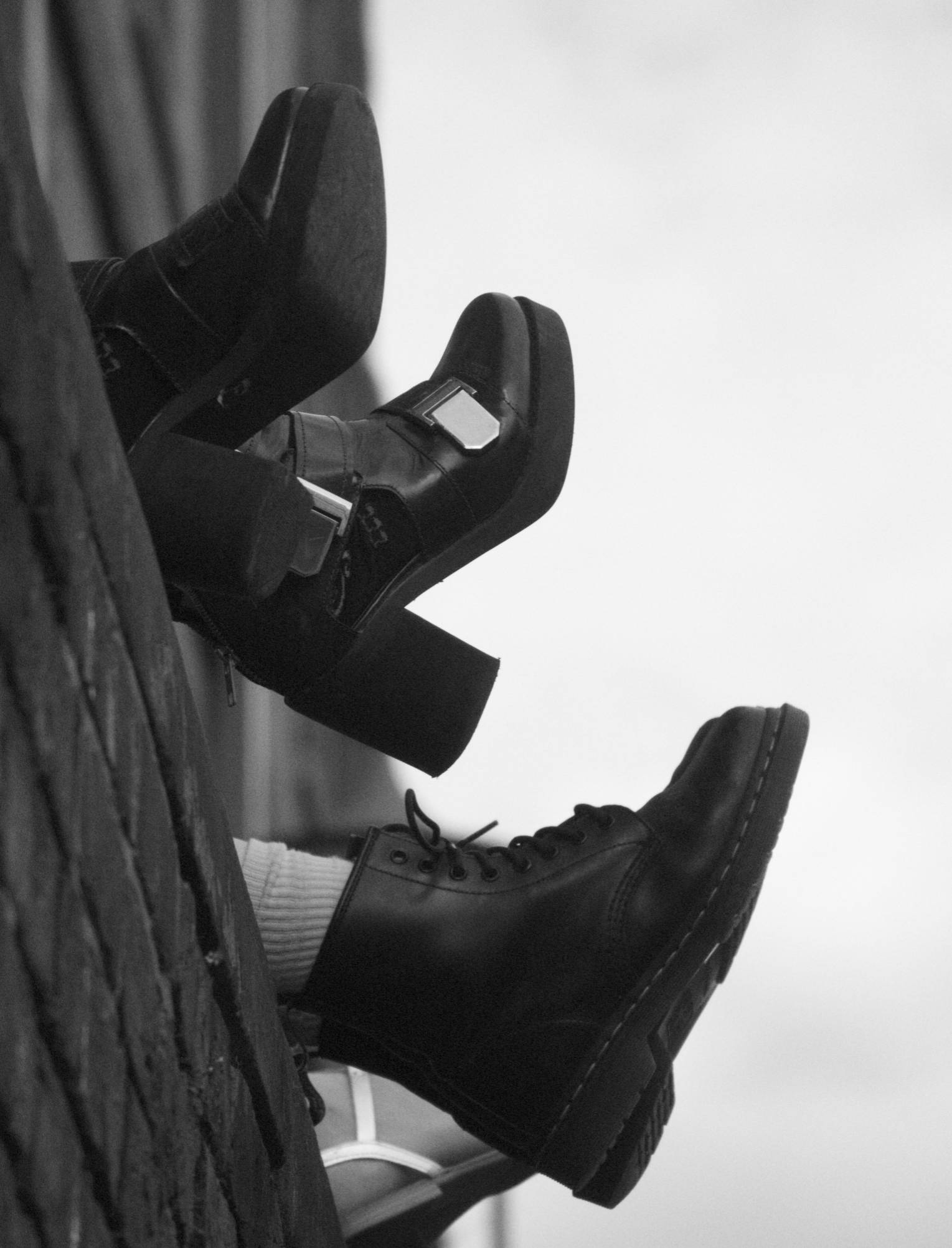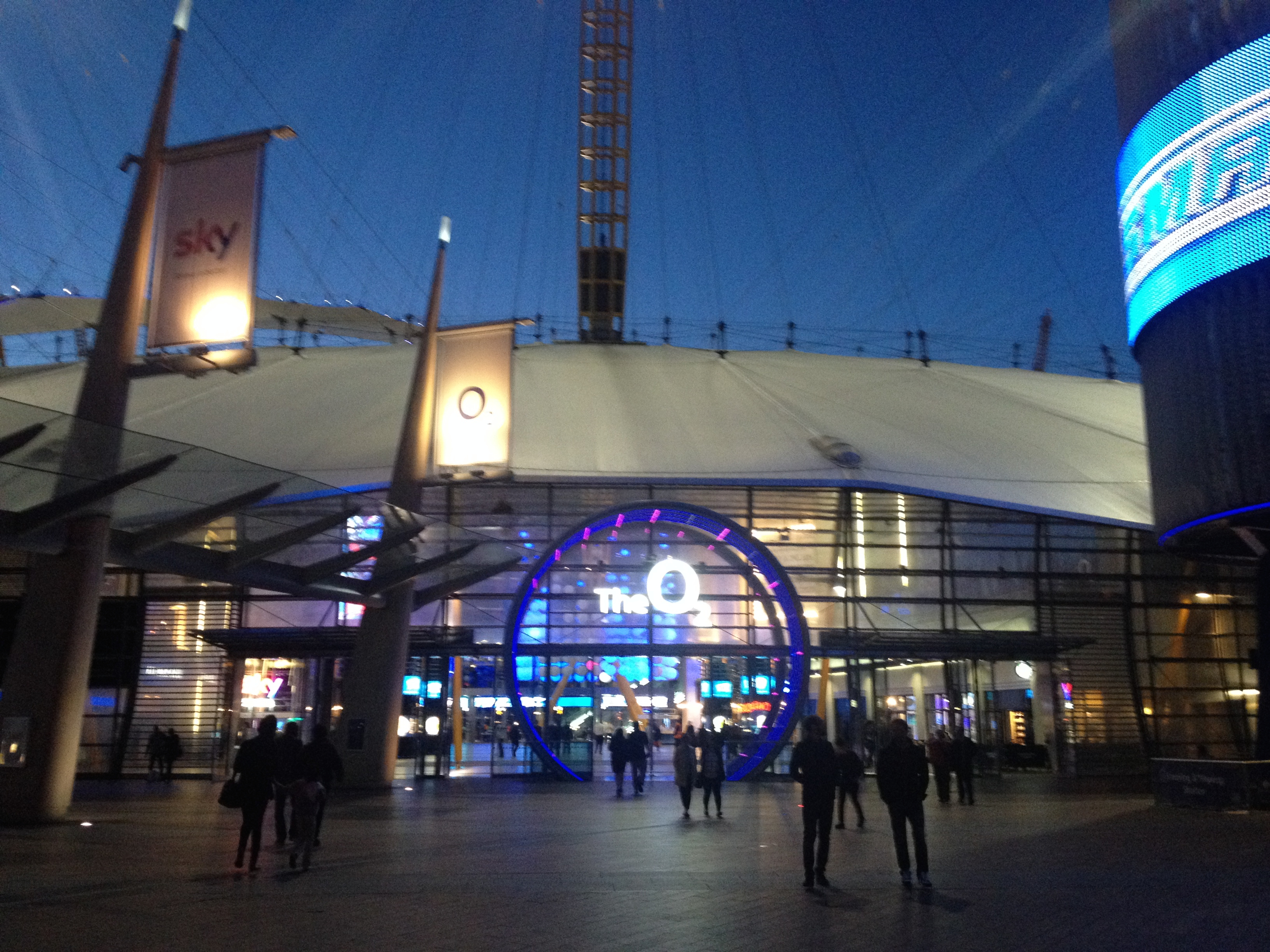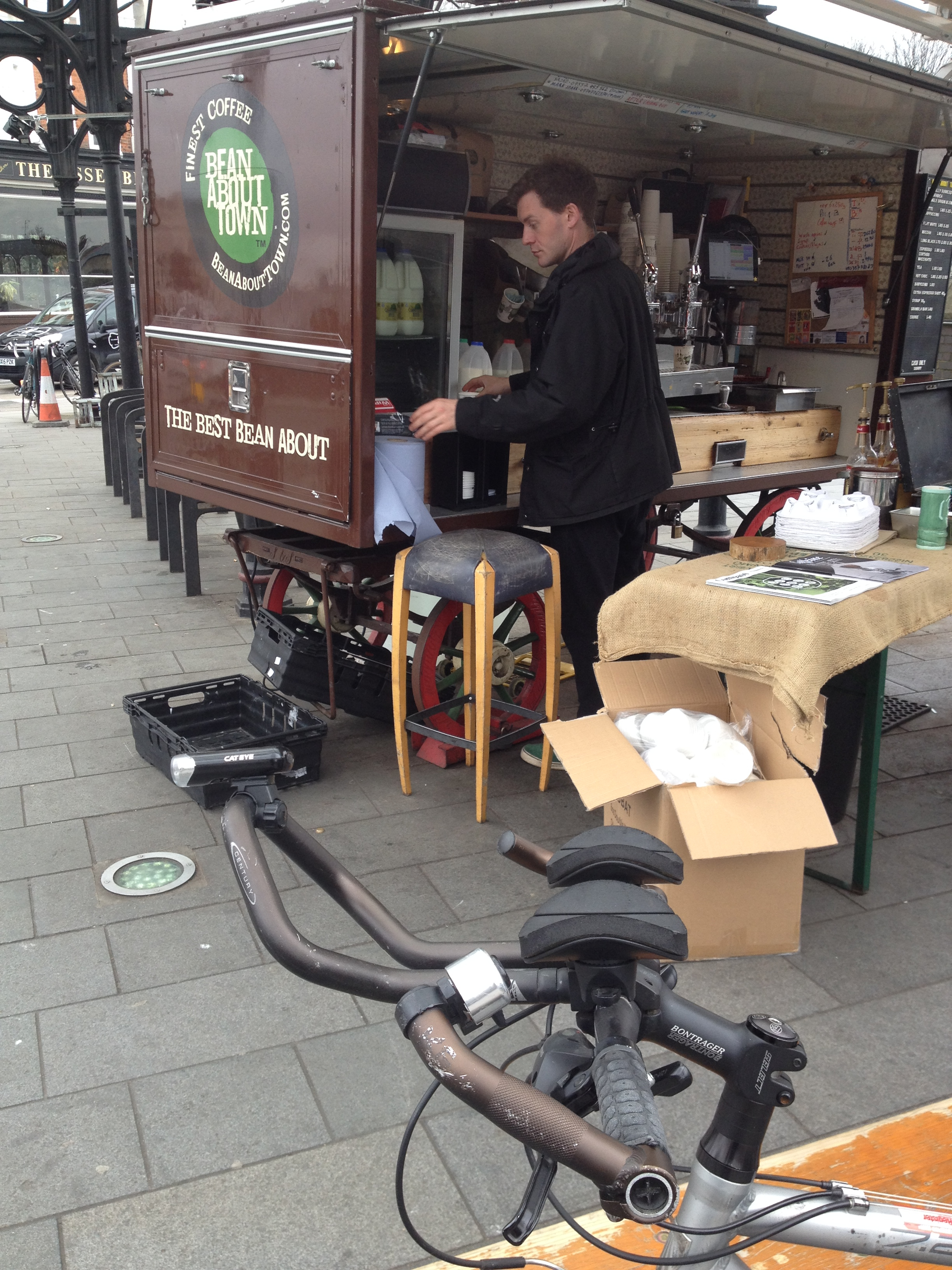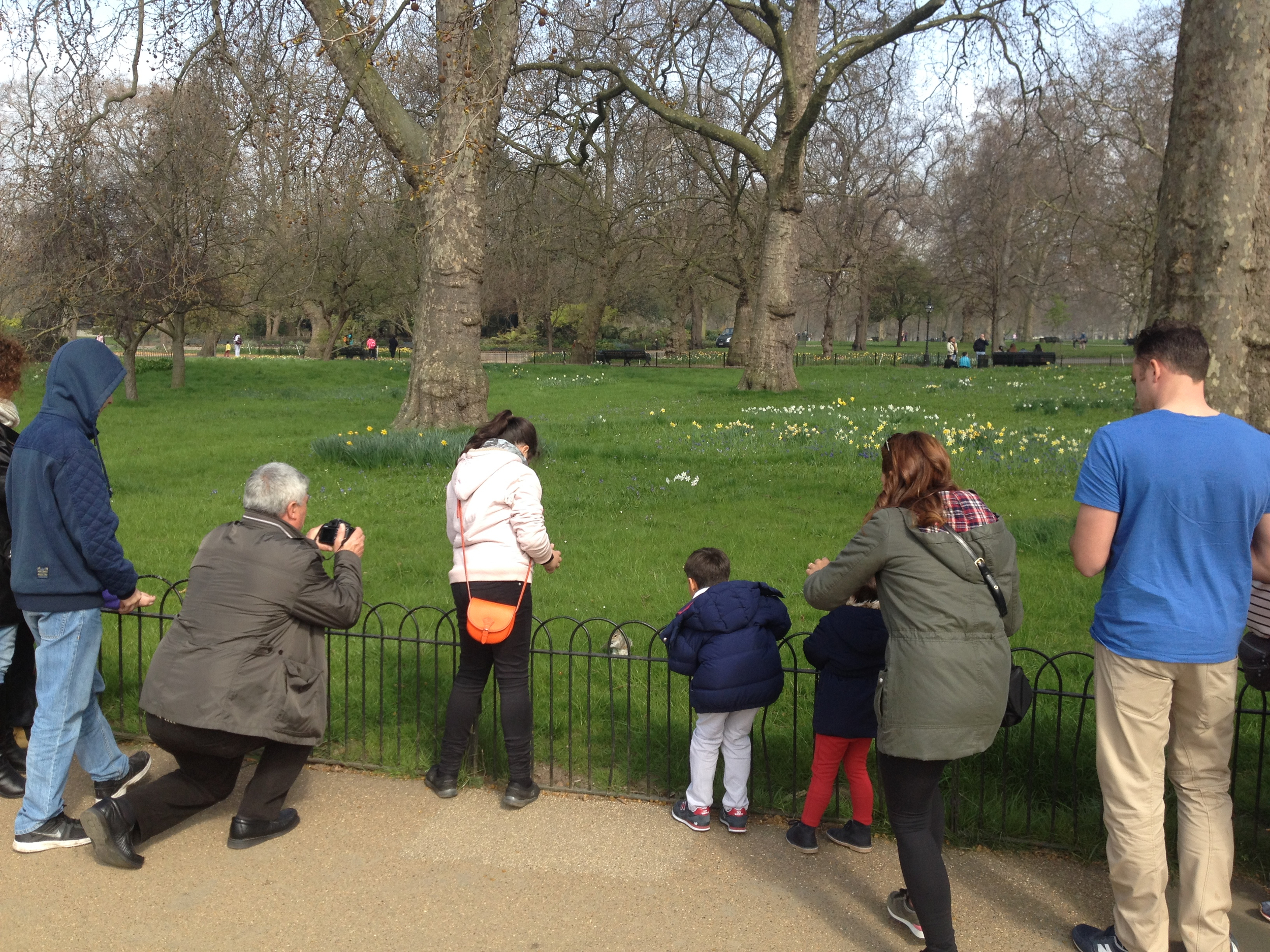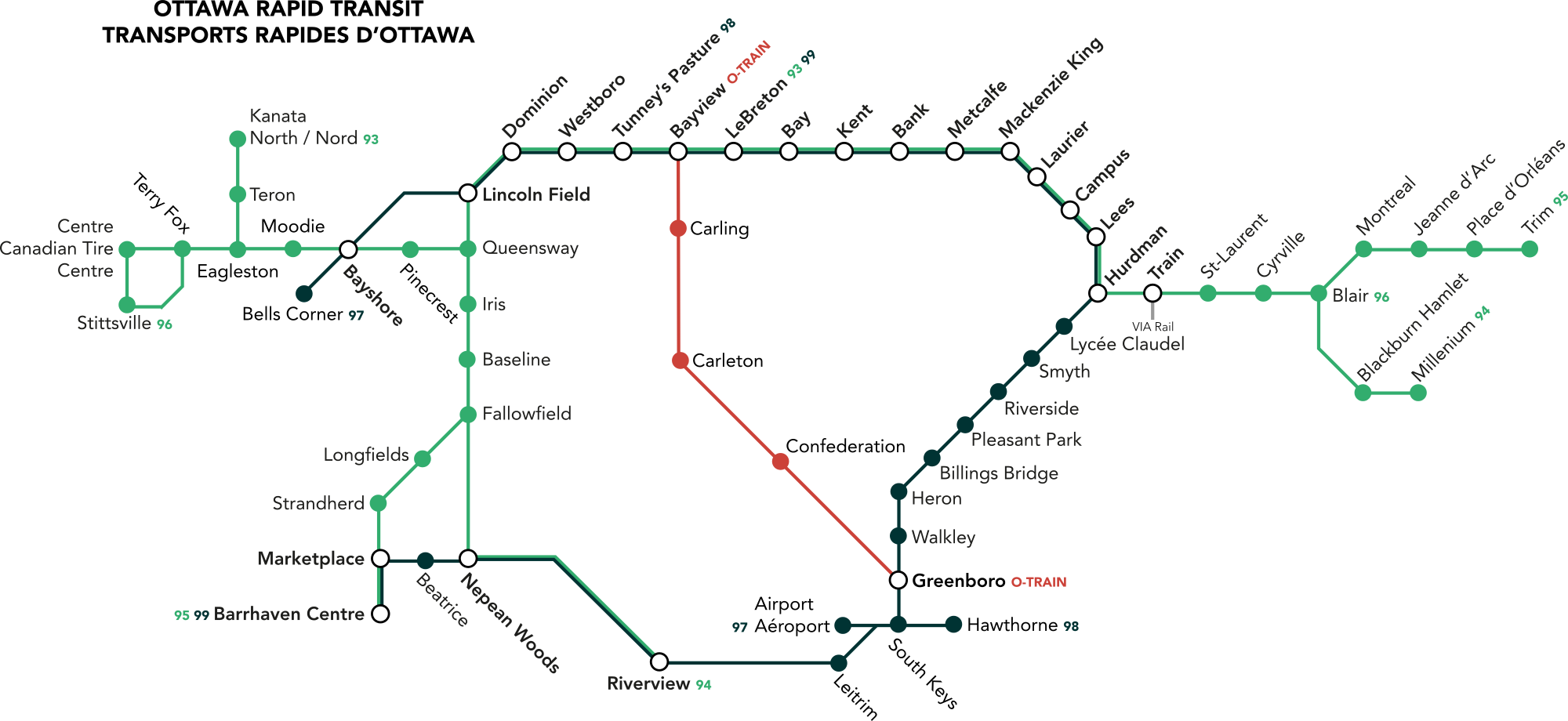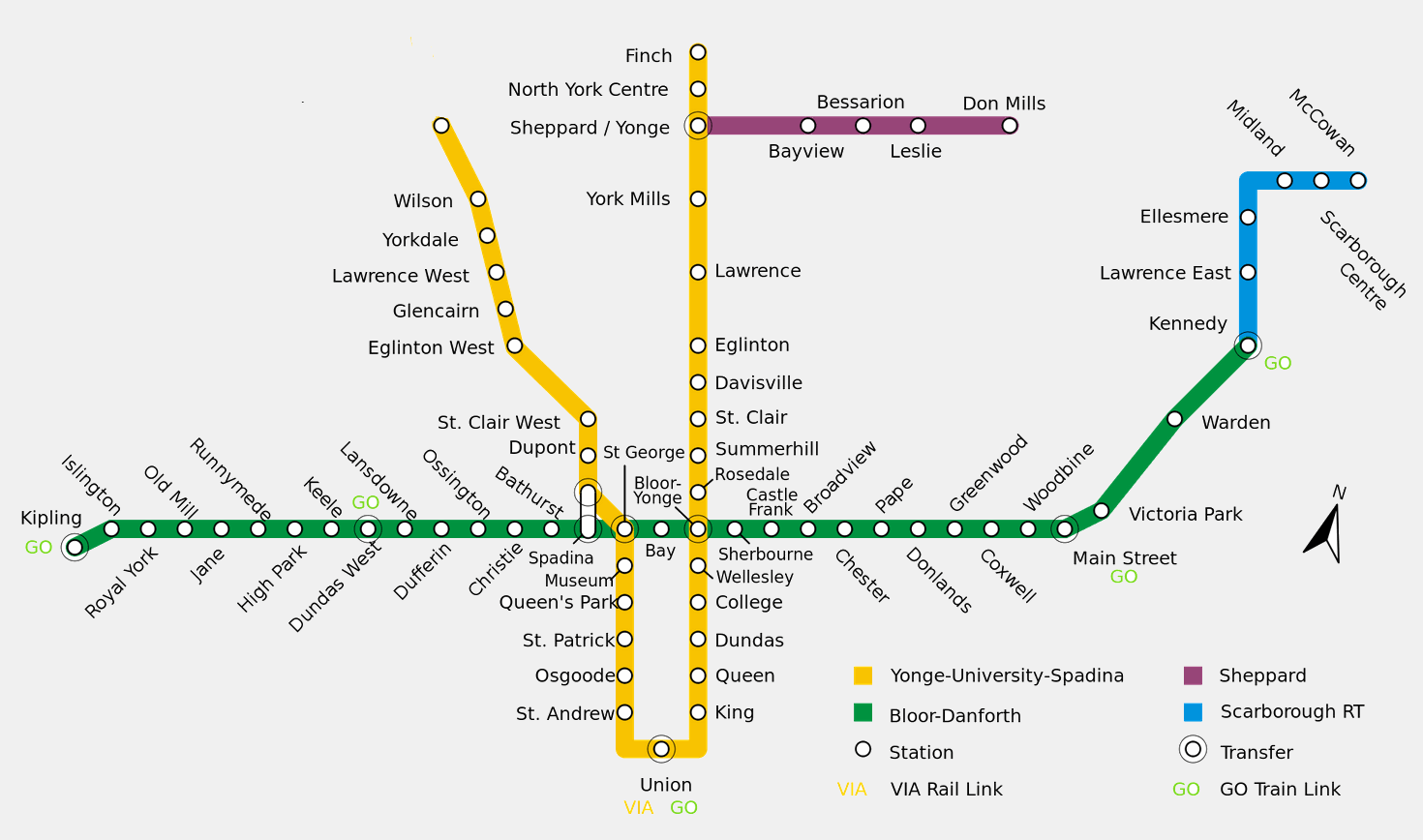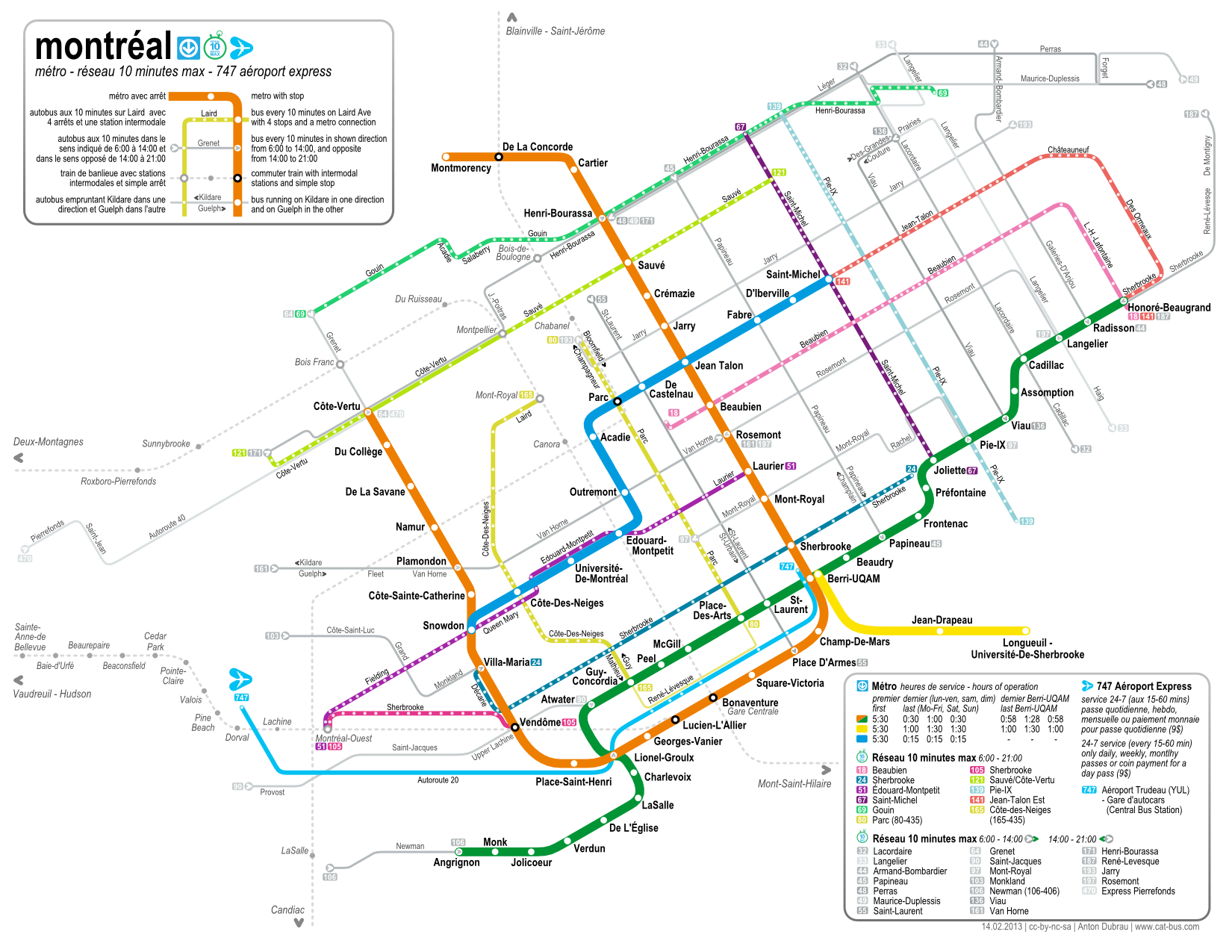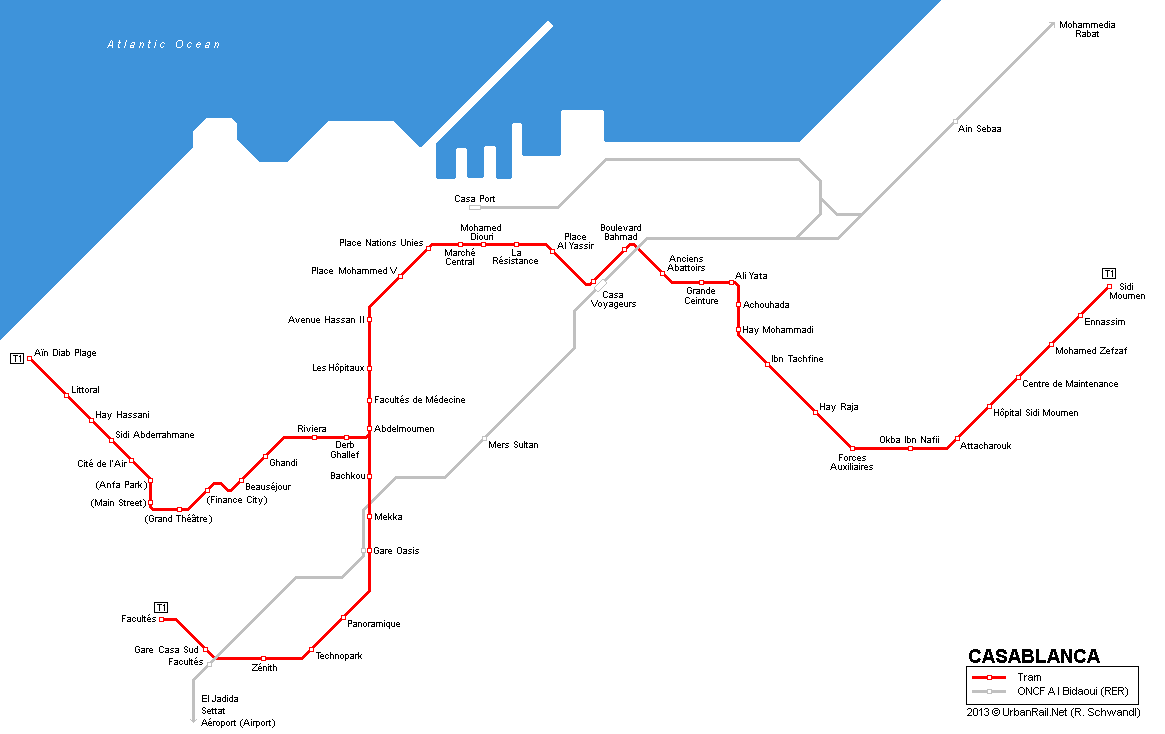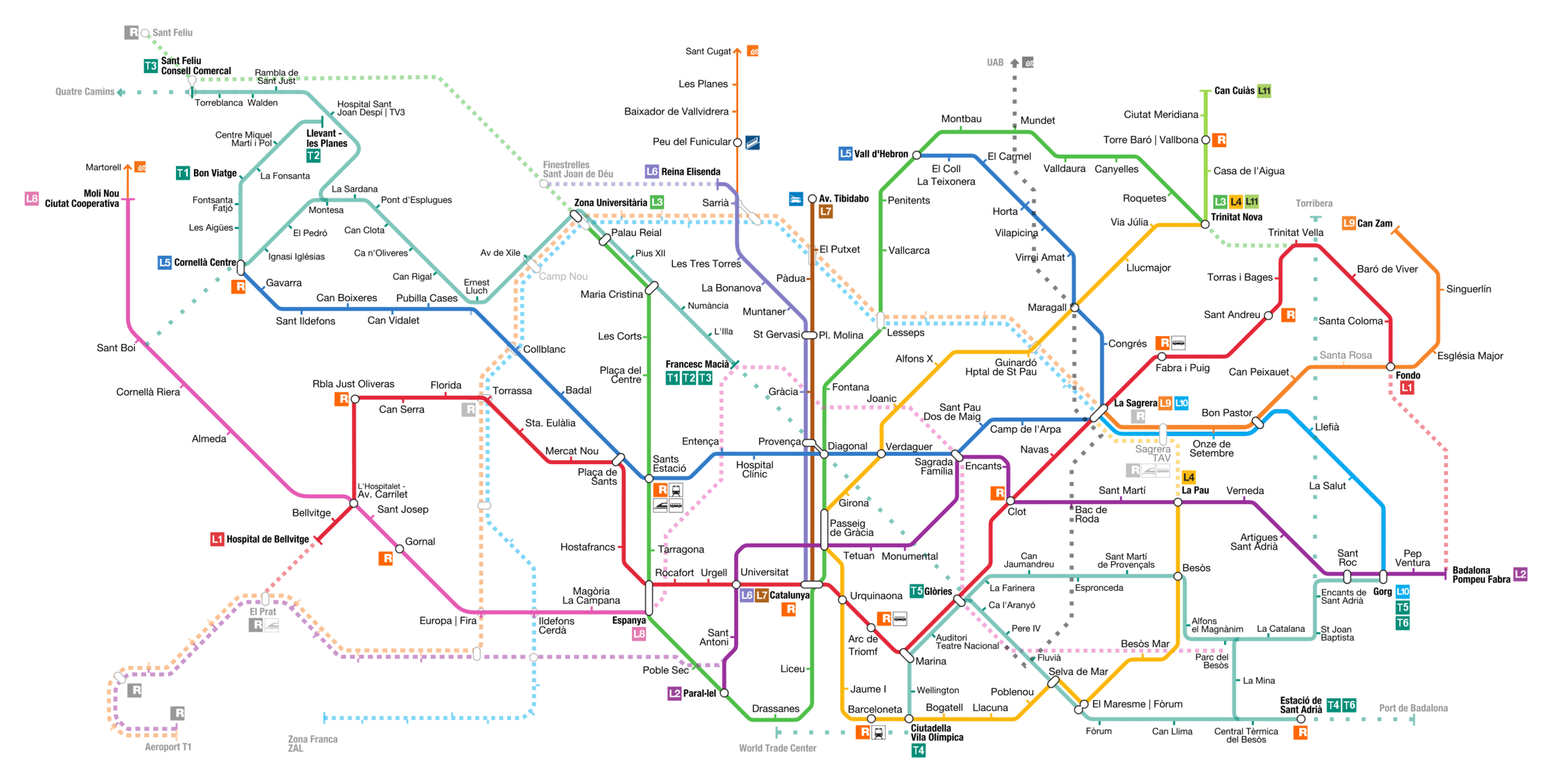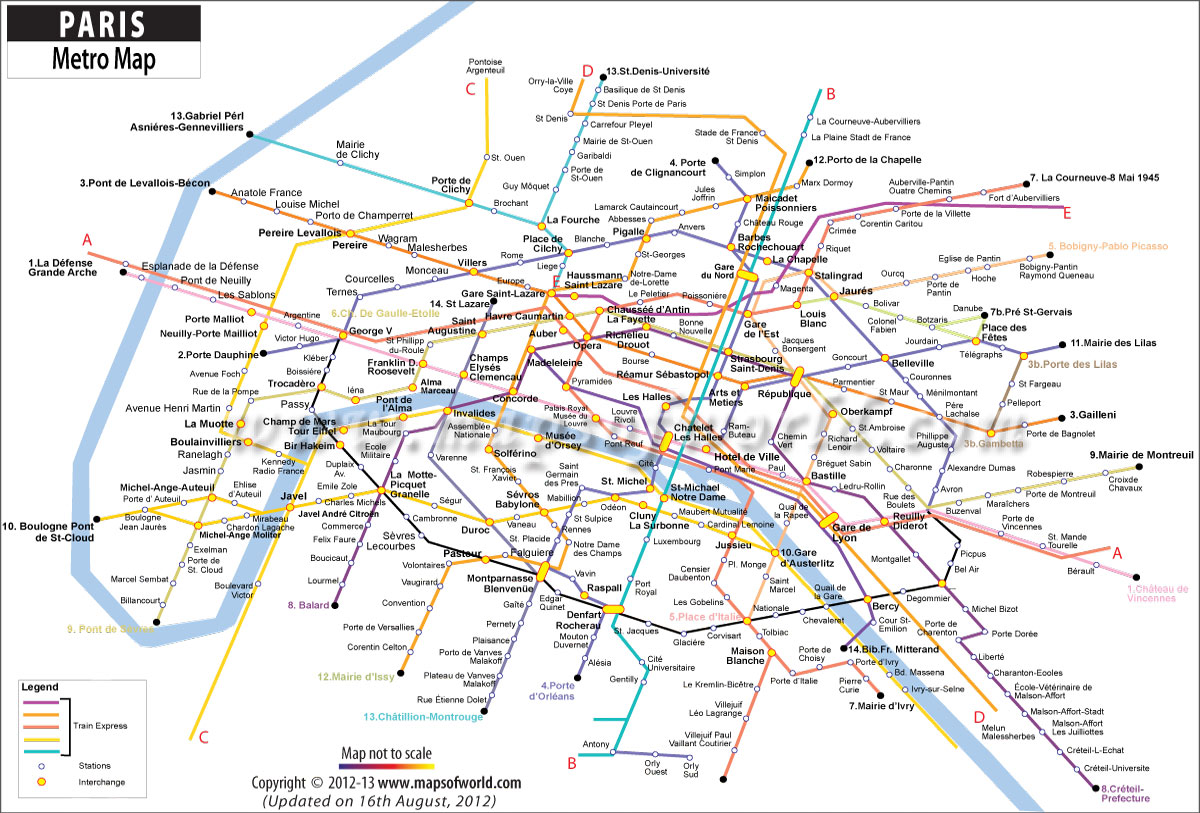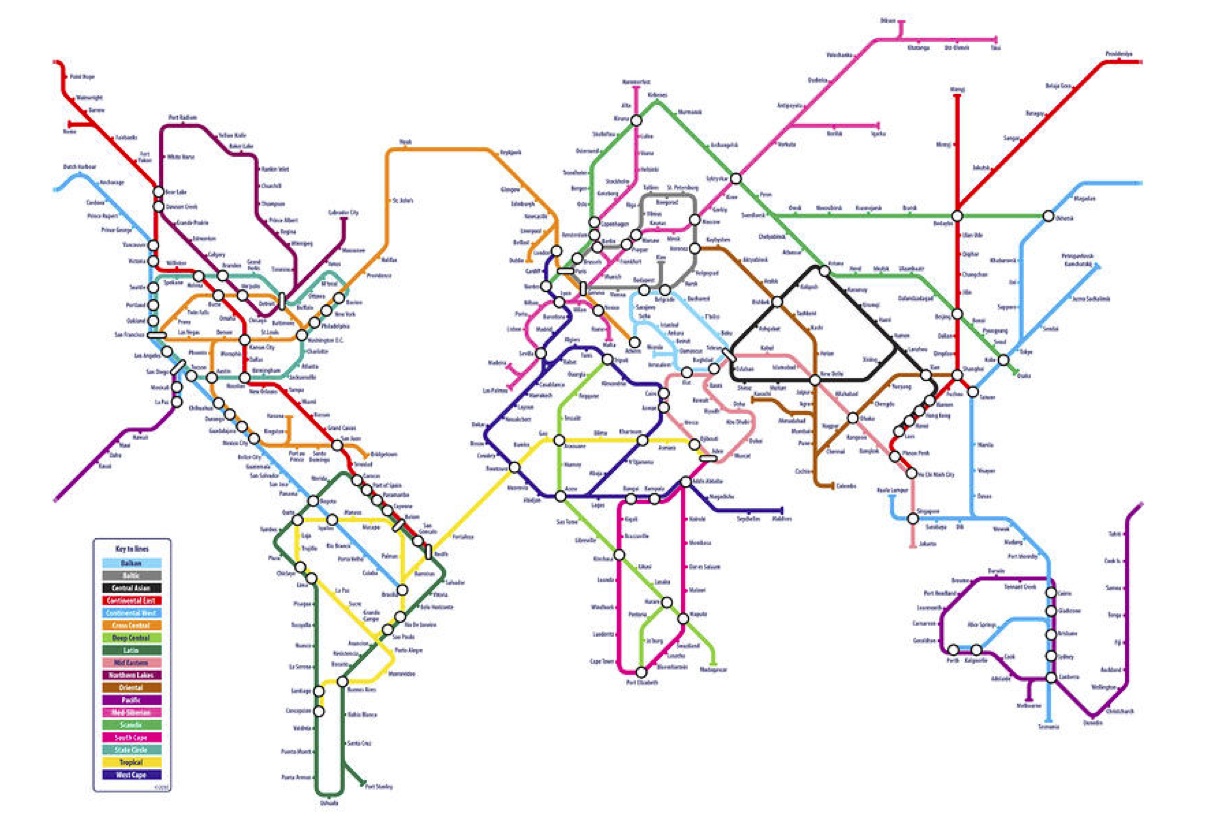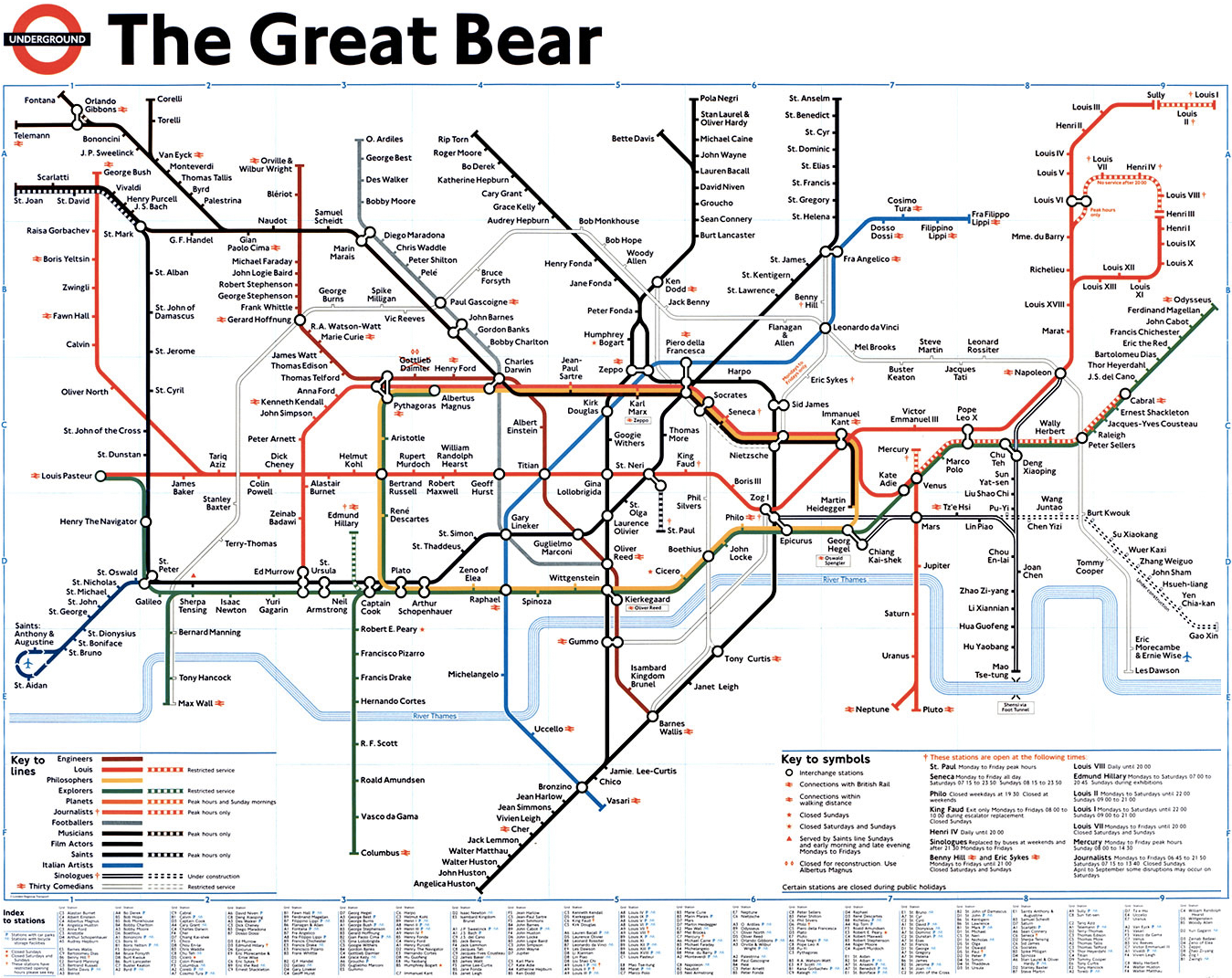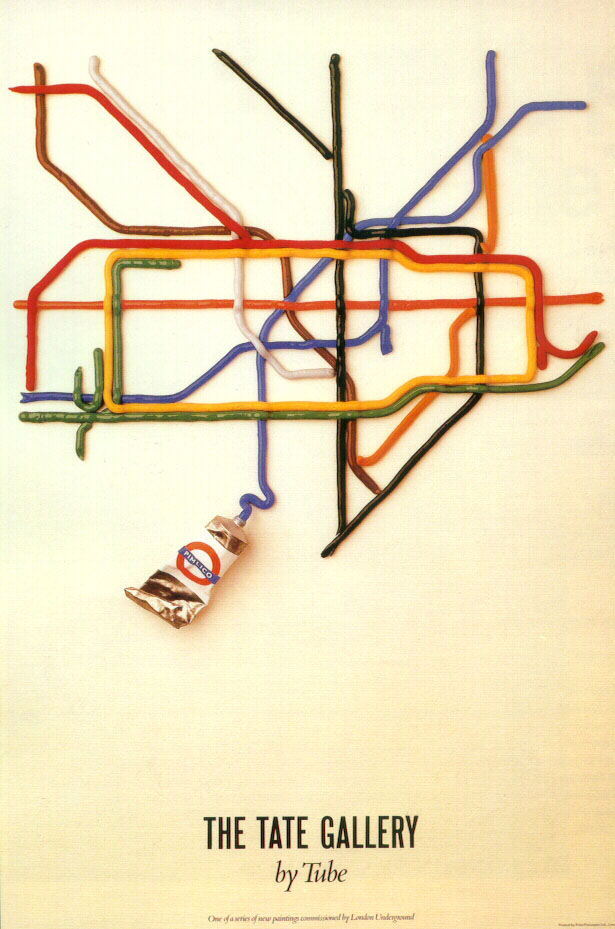20 Tips for Intrepid Neighbours Travelling for a Year With Their Kids.
Dear Intrepid Neighbours!
Today at your goodbye street party, you had asked us for some tips for travelling with your kids. You had also mentioned that our trip may have inspired you to do something similar, so I thought that I’d better jot down some tips for you. I came up with more than I had initially thought!
Some of these tips were things that I thought about when I wrote our blog (https://dwaynehodgson.ca/thatawayblog); others are ones that I’ve thought of ten years later. Some of these tips may not be as relevant to you given that it is: a. ten years later; b. you are travelling in very different places (e.g., more developed and not Africa), and c. your personal situations are different (e.g., you probably have a bigger budget than we did, your kids are a bit younger than ours were).
But please take a look at this list, use whatever is helpful, ignore whatever is not, and maybe revisit this list when you are part way through the trip and needing some guidance or inspiration.
1. As I mentioned this evening, don’t underestimate the work that you as parents will undertake in planning, logistics, creating structures, procuring food and shelter, maintaining security, etc. After the business of starting your trip (the going after the leaving) you will suddenly have a lot of unstructured time to fill. All of the usual framework of your house, neighbourhood, school, family etc. will be gone and you will be responsible for everything that you used to have set up automatically. Plus you will be mobile and often having to plan ahead. This can be exhausting.
2. Also be aware that you will suddenly be spending ALL of your time with your kids. That is awesome, of course, but you probably have not done that since they started school and it may be a bit of an adjustment. Find times for you and Joey to see other adults without the kids. Or keep a routine where one if you goes for a run (if appropriate). Or failing that, split up one parent with one kid to do different things for part of the day. At the very least, it will give the kids some more 1:1 attention and you will have something different to talk about in the evenings.
3. You may be fine travelling as adults – after all, you have done it before and you are in charge --- but your kids may have a harder time with it. As Isaac wisely noted before we left, “Dad, you are taking me away from everything I know”. It can be very destabilizing for them – especially in the quieter times when you are not always having peak experiences or they miss other kids. Do try to involve them in the planning and decisions, but don’t be surprised if they don’t always want to do new things all the time. This was especially the case for Isaac (aged 8-9), who needed much more stability than Zoe (age 11-12) did. Funnily enough, Isaac would glom on to wherever we were staying that night as “home”. He’d say, “I want to go home”. “Oh, to Canada?” we’d ask. “No! To the apartment!”.
4. Time with other children is gold. But that gold may be oddly rare when you do not live in a place and are not part of a community or enrolled in schools or it is no longer holidays in Europe or the US and all the other tourists go home. In some places, you may not see kids (especially girls) playing outside; kids in some cases go straight home to study or to tutoring.
So, consider staying with home stays or WOOFING instead of always staying in hotels and Air Bnb’s where you might not meet people or families so easily. Also, seek out other families who are travelling for extended periods like you are. They are out there and they will understand what you are experiencing. They may also be looking for other families with kids to connect with. We intentionally changed our itineraries a few times to meet up with other travelling families.
5. Don’t stress about the schooling. Pick a method of learning that works for your kids — either formal courses, asynchronous online courses, a portable curriculum, or just unstructured learning— and stick with it no matter what everyone tells you. But also, be prepared to dump that method if it is not working. We tried making the kids follow a basic math curriculum and it failed abysmally. We dumped the workbooks and did not worry about math for the rest of the year. But we did try to keep up with reading, some French immersion experiences and even a two-week course in Cannes (not super useful for Isaac). Otherwise, they learned a tonne of things while visiting museums, historic sights, etc. Keep a record of experiences that you have and places you visited (see our lists of learning experiences from Turkey,Morocco, London).
6. Don’t worry too much about documenting everything in a blog or via social media, unless you really enjoy that. I put a lot of time into my blog and photography as a hobby while travelling, but Trish and the kids were not super interested in this. I had hoped that we would write a blog as a family and take turns, but it never happened. I did manage to get them to write some Big 5 or Top Ten lists of things to do in a country though.
7. Find some routines for the day to build your own structures: packing lists and systems, how to go through airport security, what you do when you arrive somewhere to stay, checking back before you leave a plane, train or bus to make sure you have everything, shopping routines, etc. The kids will like probably the routines and responsibility. One that we liked was to ask the kids (and us) their high and lows of the day every evening. That may not work as well if you are always together, but you might be surprised by what they name or don’t mention.
8. Ask the kids to think of a « quest » for every place you go. You would think that travelling would be reason enough, but it may not be enough in itself after a while. So consider challenging them to search for something to look for in each place, something to collect (rocks, wrappers,, fridge magnets, etc.) or something to do in each place and to document it.
We did not do this during our travels, but now I wish that we had. But consider buying them each a yearly calendar with a page / day and then at the end of the day ask them to write, draw or dictate what they did, what they thought was cool, how they are felling, etc. on that page. Alternatively, they could just cut and paste a postcard or a picture from a brochure on that page. This is a nice way to document their experience, but also to do some writing every day.
9. This is not about the kids, but be careful with your own alcohol consumption. You will often be dining out a lot more and/or in « holiday » or « vacation » settings where people drink more than they might at home. But if you are travelling for months, you can’t drink like you might on a two-week vacation. Also be sure to figure out some kid of exercise regime. You will probably be walking more than ever, but find a way to get some cardio and other exercise where you can.
10. Be careful about revealing your location in online posts. Avoid posting geotagged photos or « checking-in » to locations on social media. You never know who might be looking at what you post, and in some cases, you will stand out in a location and you may be relatively easy for thieves, etc. to find. Consider posting on your blog only after you leave a location or region. Or limit who can access to your blog with a password.
11. Since your kids are a bit younger than ours would, you may miss easy access to toys. This was harder for Isaac because he was only 8 when we left. We always had a soccer ball with us (and a small pump and inflation pin), but the little bit of LEGO that we had brought was not enough to do much with and he really did not have get many actual toys while we travelled. Again, this was a great reason to stay with or meet up with other families.
12. Make a plan for how much time your kids will spend online watching videos, playing games, social media, etc. In some places where there were no other kids around in the evening, or where it was not a good idea for Trish and the kids to go out, there was not much else to do after supper except be online. It was also a challenge finding enough English books for the kids in some places — although the Kobo worked okay. But in the end, the kids had way more screen time then we had ever intended. Again, this might be different nowadays, but you may be surprised about how this goes even now.
13. This one is probably obvious, but travel only with what you need for that specific leg of the trip. We had packed warm layers for Turkey and then ended up taking the long underwear, rain gear etc. to Tanzania that we didn’t need but we were saving for later on in Europe. That was silly. We fortunately had a place to store our surplus stuff while we were there, but if I did it it again, I would have just left those things in Turkey and then resupplied later if we needed it. Instead, I would just take a minimal number of shirts (preferably Merino!), underwear, socks etc., wear them out and buy new stuff when you need it. It will give you a reason to shop!
14. Buying souvenirs is tricky when you are travelling for an extended time because you can only take so much with you. So either look for small things (e.g., fridge magnets ate clutch), send stuff home if not to expensive, send things back with visiting relatives (my sister brought our Moroccan rug back), or wait until you get home to buy similar souvenirs here. You will pay more but you will not have to sorry them.
15. Figure out a system to keep track of the kids or how you will meet up later if you get separated or decide to split up. We always made a point to repeating our plan and doing « props » before splitting up. So if Zoe and I would be going to look at a shop and Trish and Isaac would be going for ice cream, we’d huddle and say « Meet you back at the clock tower in 30 minutes » and do props, so that there was no – or at least less -- confusion about where we’d meet up.
16. Not to scare you, but do make a plan with the kids in case they might get separated or lost. Write the address of where you are staying and your cell numbers on a piece of paper that they can carry in their pockets. If they get lost, tell them to find a police officer or an older woman. I appreciate that this is a nightmare scenario, but there were places that were extremely busy or confusing, or where we did not know how to read the signs.
17. Having did that, you may find that people are extremely kind to you when they see you travelling with kids. They will look out for you and want to be kind to then. Sometimes this meant that strangers would squeeze Isaac’s cheeks or put him in their lap on a bus. He was not keen on this, but it was just what people did with children.
18. Be aware of « wonder fatigue ». It was a weird thing to admit and definitely a first-world problem, but by month 10 of having all of those amazing experiences, I was all « wondered out ». I had no further space to appreciate things by the time we hit Paris. I found it kind of blasée in fact. Be sure to have some down days where you don’t see a UNESCO World Heritage Site or a 25th Wonder of the World. Take a day to do the laundry and finances. Just chill and pace yourself.
19. Don’t under estimate how much you might miss working. I totally appreciate that you both work really hard in high-stress professions, and deserve a break. But after a few months, you might be surprised by how much you miss the immediacy or relevance of your jobs or work around the house.., Travelling is fun, but it can be rather selfish. After a few months of travelling I either felt a bit guilty or I just missed the reward of doing something productive or that was of use to other people. Consider volunteering somewhere while you are in a place for a while.
20. Don’t be surprised that after the initial excitement of you seeing you off if your friends and family may either lose interest, or just not be able to relate to what you are doing. Some may question your judgement of taking the time off to travel, or spending so much money on a trip. Others may be a bit jealous. But others will just get on with their lives and may not follow your updates as faithfully as you had hoped. After a while, I did not receive many comments on my blog or Facebook posts.
Anyhow, I am so excited that you are taking this trip and I look forward to following your adventures. Bon voyage!


